


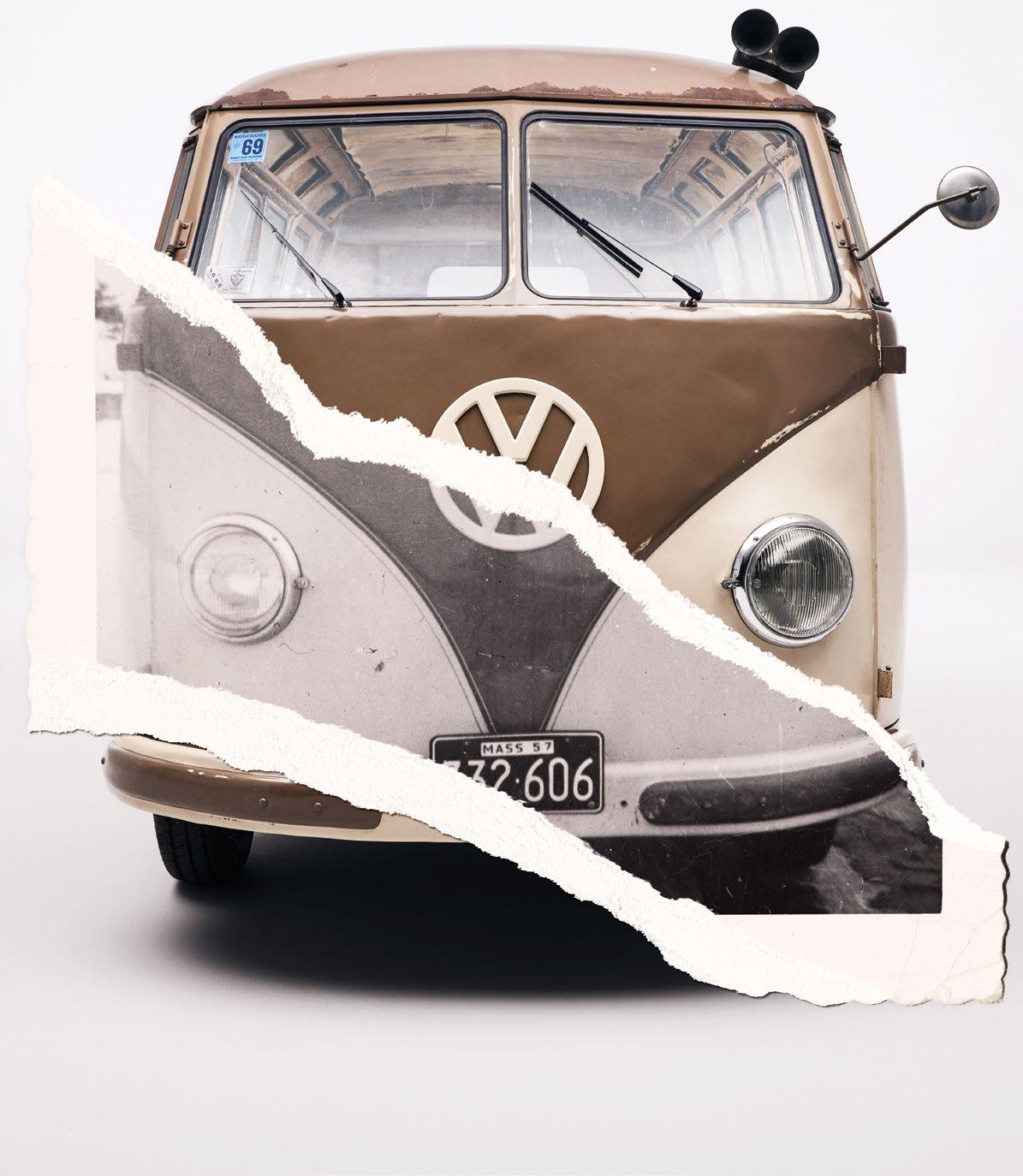














£5.99 HAYBURNER PLUS INDEPENDENT CLASSIC VW & PORSCHE MAGAZINE ISSUE 50 - 2024
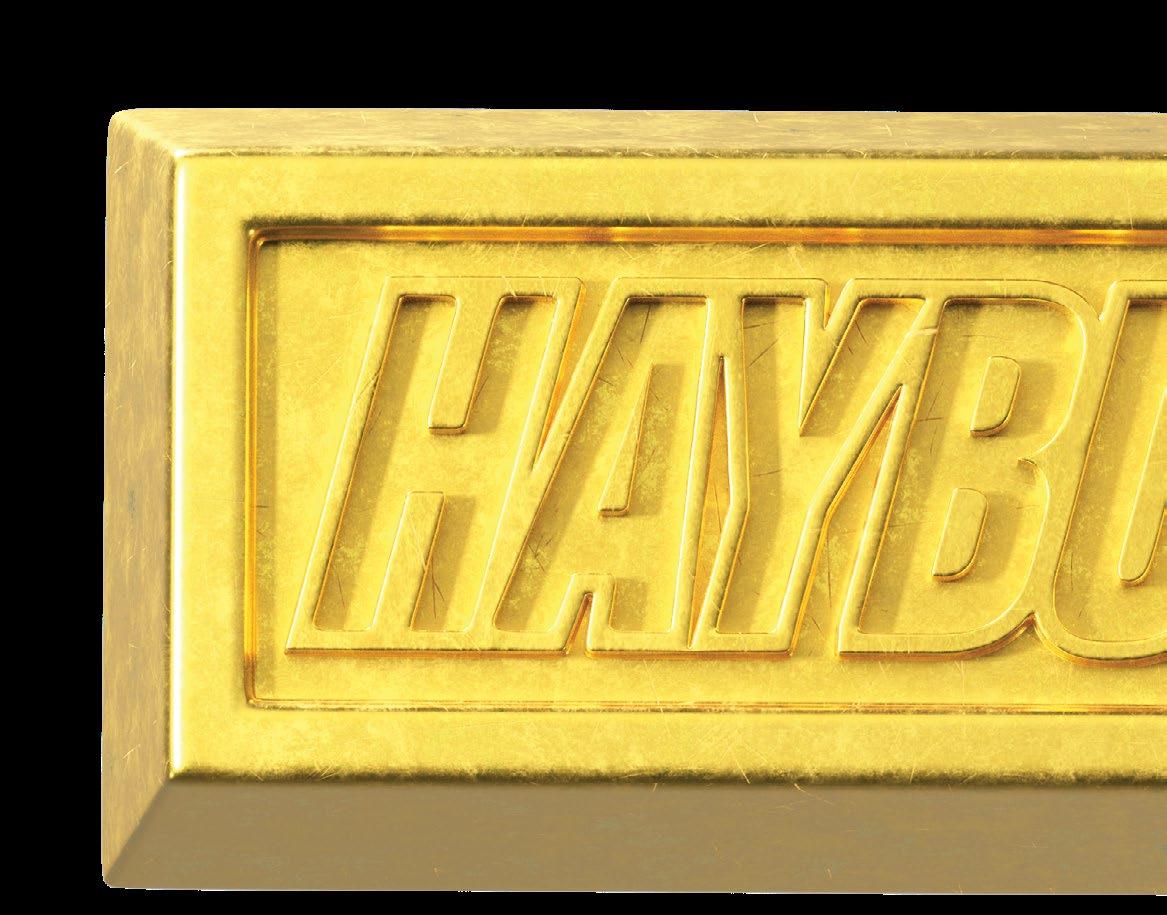

New Hayburner Issue 50 Limited Edition products out now -

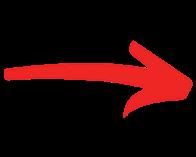
For Issue 50 we have added 50 facts about Hayburner Magazine amongst the pages throughout this issue. Five of these facts are absolutely untrue. … If you can email the five incorrect facts to hayburnersales@hayburner.co.uk we will send you some stickers.
–The name Hayburner came from an old 1950s issue of Hot Rod magazine, where the guy kept referring to his car as a rig burning all his time and money. (So absolutely nothing to do wi th slammed cars.)
Fact 1
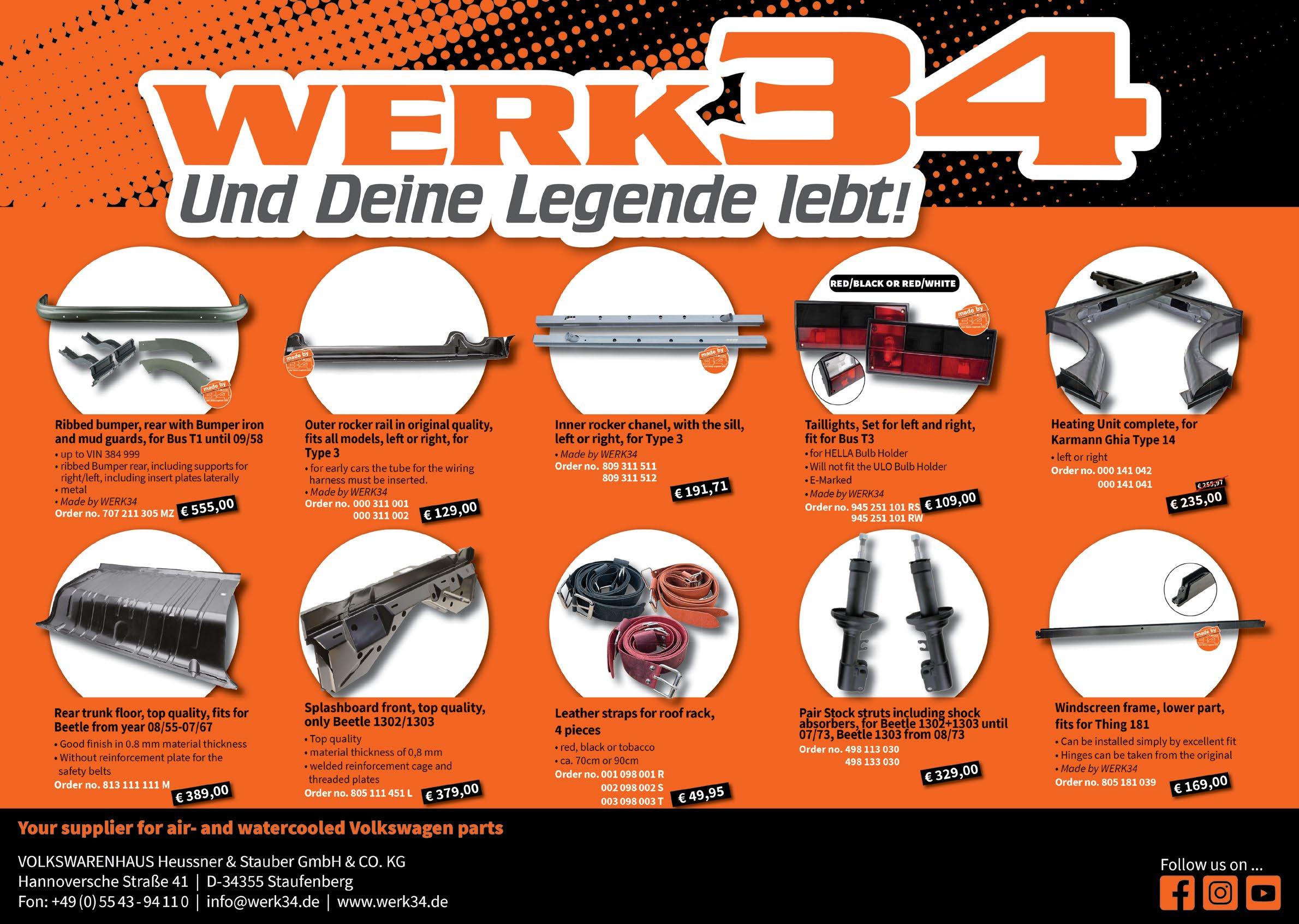

THANK THEM.
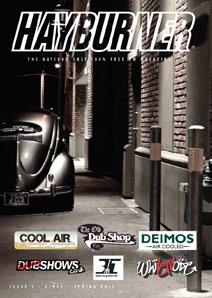
Butty’s Bits
SJ Bowles Coach Trim
Sticker Blimp
Mad Matz
Paruzzi
FiftySixDelux


Muddy Fields
MCJ
Es Autos
Aircooled Auto Elec
Oil Can Stickers
Deluxe Resto
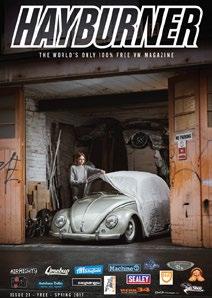

Retro Classic Clothing
Wonky Donkey Emporium
VW Aircooled Works
Concept Poptops
Evil Bens
German Junkies
Aircooled Accessories
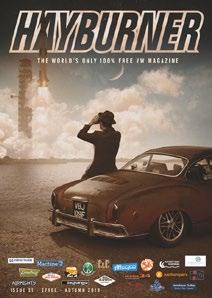
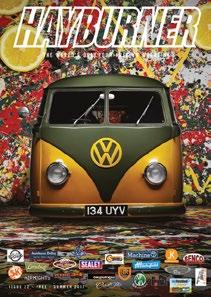
Growl & Grandeur
Rarebreed Photography
Beetlelink
Border Restorations
Camper Revamper
Geek Shack
The Rack Shack
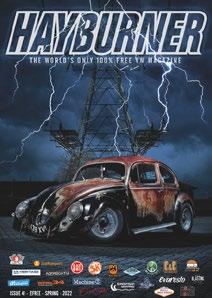
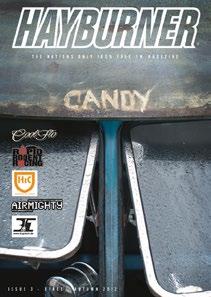
Joe Blow
Central England Automotive Autowares
Delilah’s Garage 87
SGS Aircooled
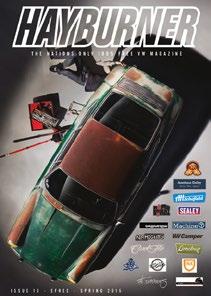

CohPro
Europl8
N2 Engineering
Kinky Mick BusOK
94 Bruce
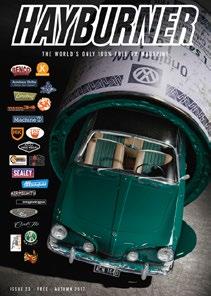

OB1 Clothing
Johnson Autoworks
Rusty Lee
The VW Engine Company
Alive & VDubbin



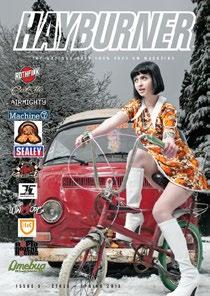
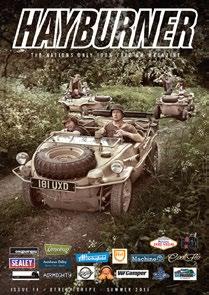
Empi US
Adrian Flux
Dub Fab
VW Trends
JP Group
JF Bodyworks
VDub Radio
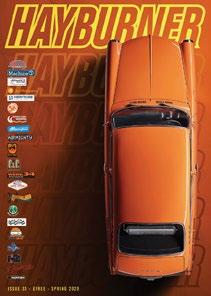
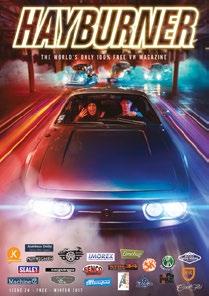
ReCoventry Ltd.
Kompressorhaus
R3 Garage
Robertson Restos
Autocraft
Run To The Sun
CJ Motors
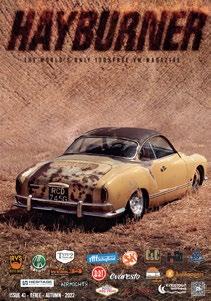

European Bug In
Classics at the Clubhouse
Rustys Garage
Retro Restorations
Pre 69 Show
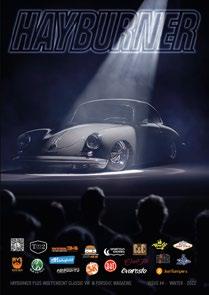

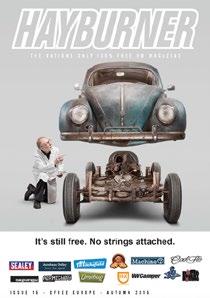
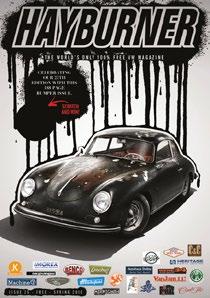
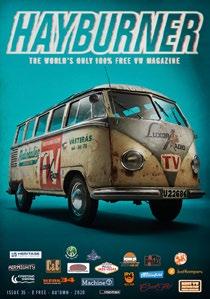
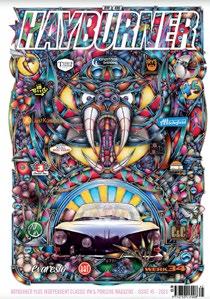

Classic VOLKS 8








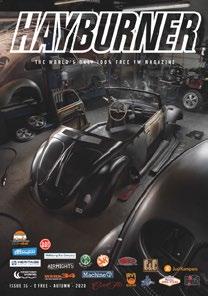

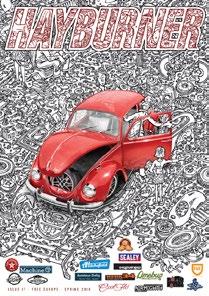
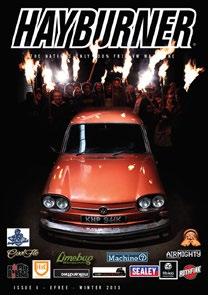
Front Cover by Dan Du Cros


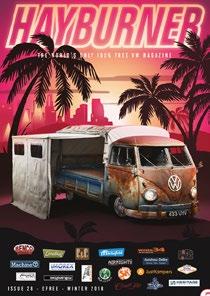


With special thanks to Giles Marchant, all the guys at HR Autoworks, Hubert Tilley, James Peene, Ben & Jen Robertson, ThreeFiftySix, Jo & Paul Archer, Kenneth Anno, Matt Balls, Neil @ Toad Transport, Raphael Meyer, Devo Chiedere Al, Pete Marshall, Jonny Abbott, Nick Chivers, Indra Hernandi, Kustomfest & Rais Maulana, Robert “Rorky” O’Rourke, Chris Wilburn, Jole Coupland, Micheal Gross, Andrea Camilleri all in RSVP, Collin Miles, Craig Pearson, Joshua Smith, Marrion Taggart, Ryan Cox, Terrence Jonny Marriage, Nook_2m, Eric Deen, Tania & Russ, Chris Pruden, Stuart Baker, Billie Stevenson, Michelle Samat, Iain Wickes, Etty & Amelie, Lynne Kendall-Torey, Vic & Ed Skellett, Cazz Foster, Rikki James, Teresa & Georgina Iwasiuk, Trint Eastwood, Mark Hutchison, Rob Amos, Alex & Lou Leiserach, Mark Thurston & Wendy Clegg, Nell Baker, Sam Lindsay, Dan Morrissey, Jen, Stevo, Brian Galpin, Bryan Moody, Lew Savage, Ben and Mo Laughton, Nick Gatt, Craig Petty, Eric Arnold, Frederic Peeters, Pete, Cobbe, Toby Lee, Heiko & Liv, Lloyd Jackson, Tish & Jack, Ashley Gratton, Joni Makepeace, Rob Mullner, Brett Elesmore, Graham Wells, Dave Mlynski, PJ Gibbons, Ian and Sophie at Es Autos, Joss Ashley, Elfin and Indie, Jess & Si Medlicott, Ali Du Cros, Steve Walker, Orb and Izzie, Kenneth Anno, Lee Skelton, Steve Gosling, Mark Reynolds, Josh Reynolds, Joe Halliday, Barbara Faux, Trevor Sharp, Cheryl Dilley, Sally & Toby Walker, Helen & James Waller, Johnathan Kennedy, Jasper Tattersall, Gilbert, Drummer Matt, Julietta Arden-Taylor, Danny Lord, Seaside Neil & Lyn, Jo Pro, Reg Baxter, Honor Auld, Bill Pollard, Chez Williams, Markus Hoffman, Alan Scott, Amy Gordon, Ben O’Brien, Gary Kennedy, The Carter Bros, Scott Mitchell, Ian Wheeler, Techno Hippy, Ben Foot, Mark & Odette Watts, Rich Whitlock, Jeffrey Van Duin, Angie Simmons, Stephan Spruyt, Lee Turner, Mike Coe, Grum & Leanne, Colleen McCullum, Steve Parsons, Claude Schaub, Brian Burrows, 10 Foot Doug, Will Faux, Randy & Vanessa Carlson, Barry Morrissey & Ewan McGregor.
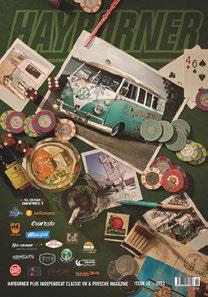




And to everyone who has submitted, contributed and supported us, none of this could have been done without you.

Thank you.
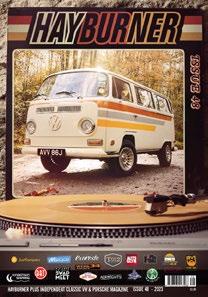
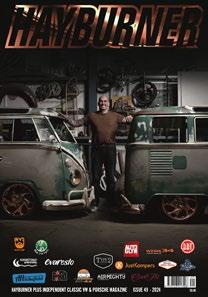

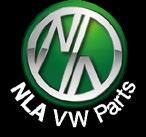

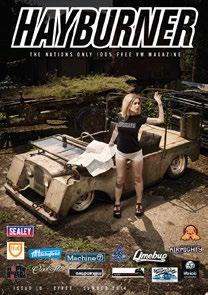
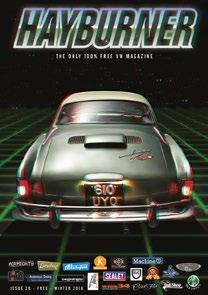
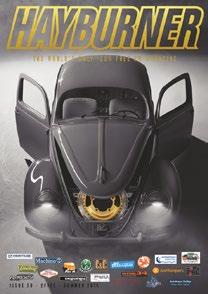


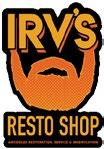
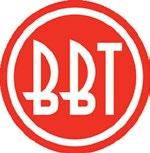

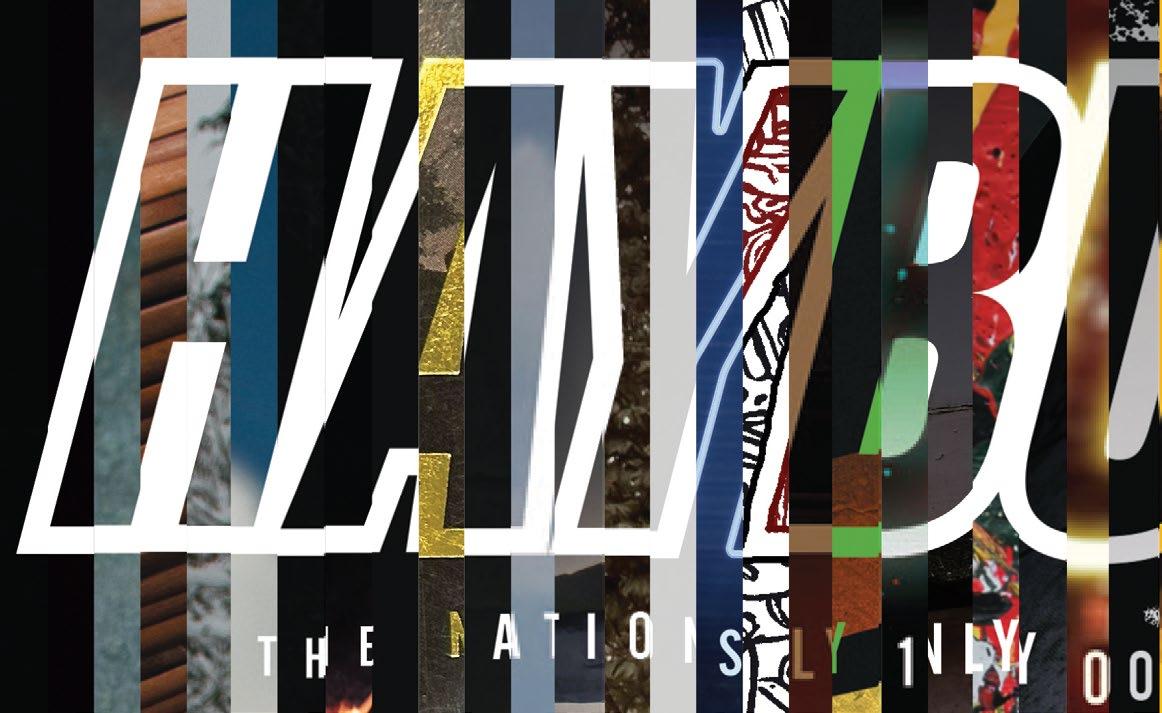


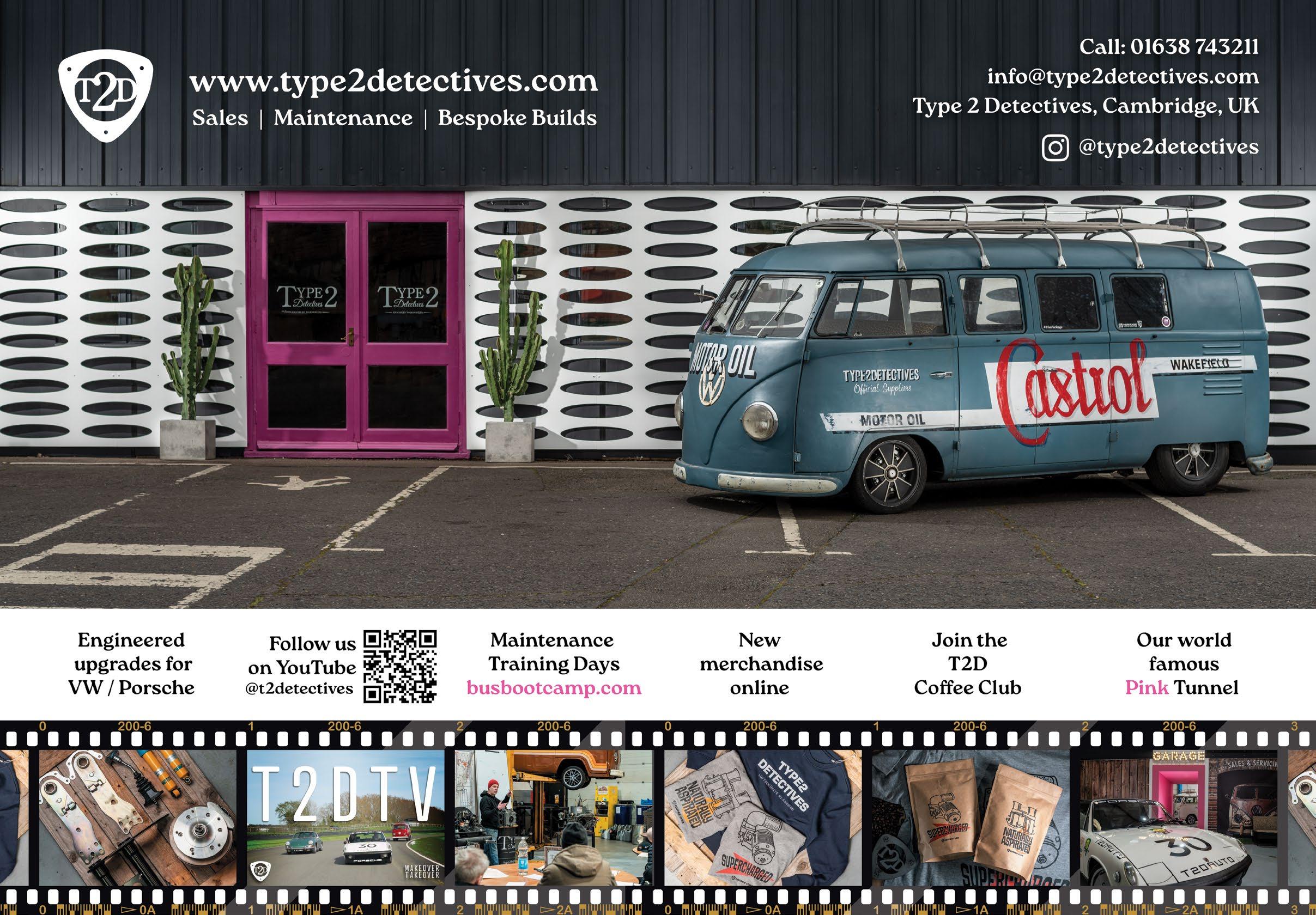

ISSUE 50

Marty Heyman’s Type 82E rolled off the production line in 1943, making it not only a rare survivor from the darkest days of history, but the grandfather of all that was to come.
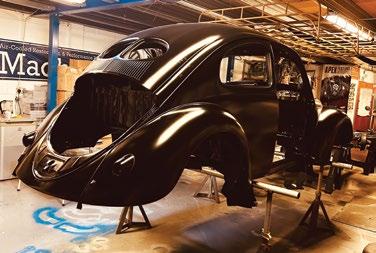
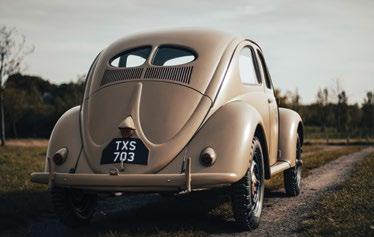

190
’49 time in Issue ’49. I did consider playing on that with a cover, but soon came to the conclusion that the editor sticking his own car on the front cover could be seen as a little narcissistic.
42

These dealerships would all require trained technicians to service and repair these cars, so Volkswagen hatched a plan and started outfitting buses as mobile service schools in 1952
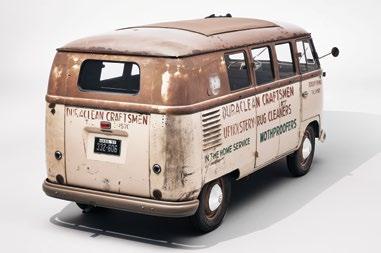

From Germany to Dubai via California and, er, Solihull, Leon Hughes’s patina’d ’59 has been on one amazing journey
HAYBURNER PLUS HARDCOPY
88
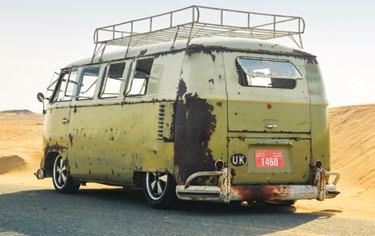
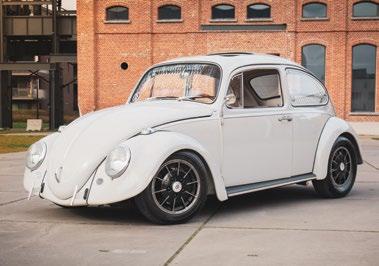

The first brochure. 126

64
I guess I will keep on changing things on the car. It’s like a never finished project. But first on the list is the bigger engine with EFI. I’m really looking forward to getting the fuel tech sorted and driving it like I stole it.
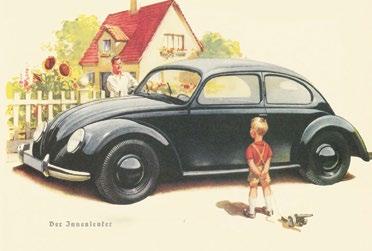
98
SHIP OF THE DESERT MATADOR

The stars had aligned and we had to make a feature happen as soon as we set eyes on the Porsche sign-written Tempo that had made such a splash at the show.

CAL LOOK EXPLAINED

It required a lot of research to get right and is a topic that the lovers of this particular style are very passionate about and I wanted to make sure I did it right for those guys. There was a lot to unpack here and a lot of conflicting sources, so here goes. What is Cal Look?
Copyright © 2024 by Hayburner Limited. All rights reserved. This magazine or any portion thereof may not be reproduced or used in any manner whatsoever without the express written permission of the editor, except for the use of brief quotations.
Operations Manager - Vic Faux
Editor-In-Chief & Founding Editor - Ned Faux
WAR CHILD SCHULWAGEN PROJECT ‘49
FONTANA 1938
12
76
112
HAYBURNER PLUS HARDCOPY


(“Where the hell did you find this transport guy? I think he’s on crack”), in a cloud of tyre smoke and headed for LA. Roof loaded, we headed back to the “Crazy House”
HAYBURNER PLUS HARDCOPY
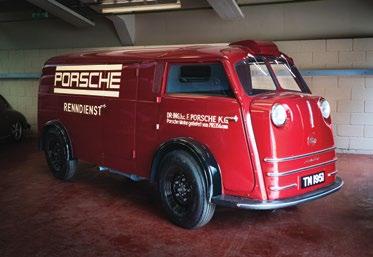

The car you are about to read about is a homage to the Inch Pincher drag car, but before we get straight into it, here is a condensed history on the EMPI story. 56 170

After being here seven years it’s become a bit of home from home. Let me give you a little tour.

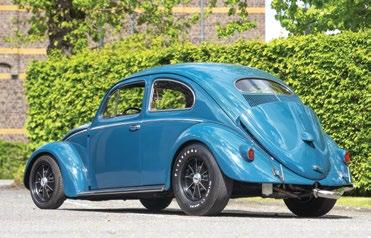
32 20

Jake’s plan is a simple one: “I’m just going to go to Morocco.” In true Bolton Wanderer fashion he doesn’t really have too much of a plan.

140
Kenneth is a cool and collected character if you have ever had the chance to meet him and, you may not know, he is actually a valued member of the Hayburner team.
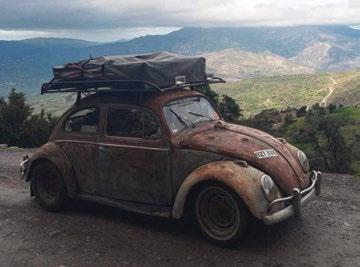
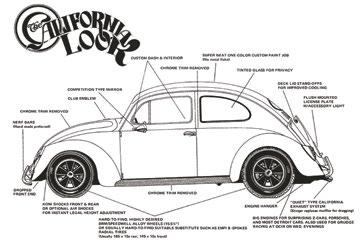



155
The car in question is a 1955 Pre-A Speedster (chassis number less than 100 cars away from James Dean’s Speedster).
Fact 2 –In 2017, Hayburner magazine was made a generous offer t o be bought out by a big media company. We turned it down only because we didn’t want to lose creative control. We still have the “what if” conversat ion nearly every day.
Newsstand distribution – www.magazineheavendirect.com The editor or Hayburner LTD gives no warrantees, assurances or guarantees and makes no representations concerning any services or goods advertised or featured in this magazine. Hayburner Plus is Printed in the UK. We hope you enjoy Issue 50 of Hayburner Magazine. HAYBURNER PLUS HARDCOPY
OFFICE SPACE DURACLEAN BELGUIM AND BACK BOLTON INCH PINCHER SPEEDSTER 3X - DOUBLE PHOTOPAGES 150 - 99 PROBLEMS 52 - SHOW CALENDAR 38 - AIR-COOLED COLORING 120 - BUGBUS CLASSIFIEDS
CONTENTS

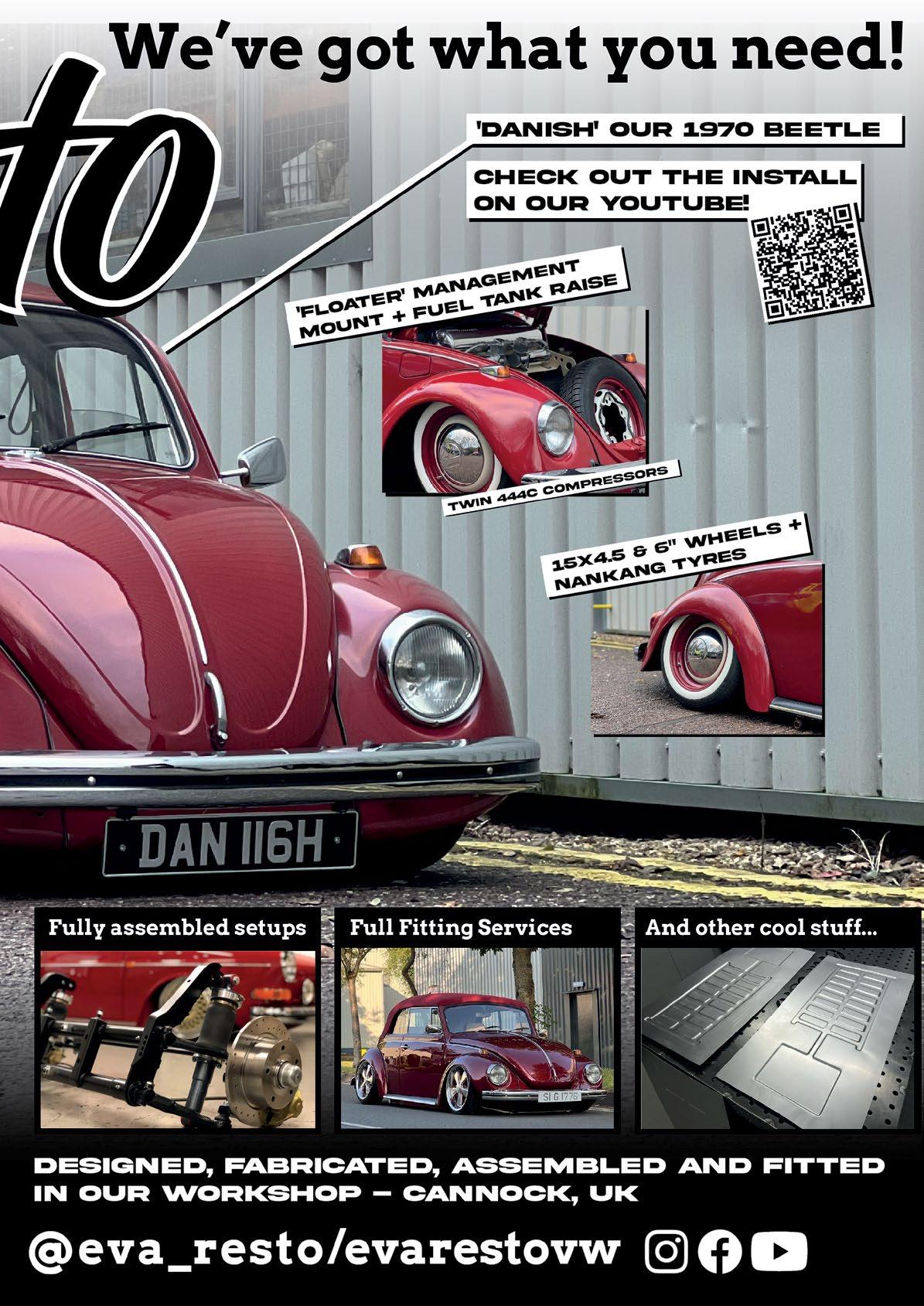


Fact 3 –Ned hates camping. He loves camper vans but hates camp ing. He never tells anyone this because he says it makes him fe el like a fraud.
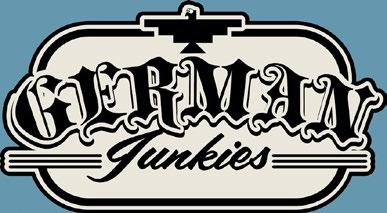



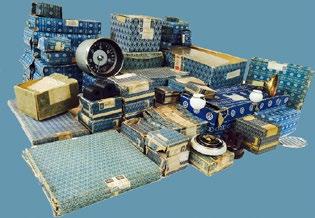
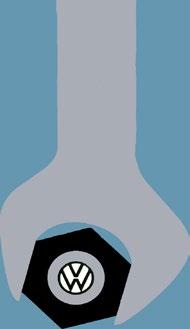




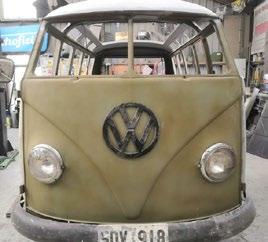

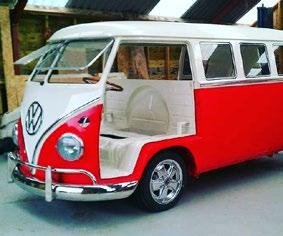

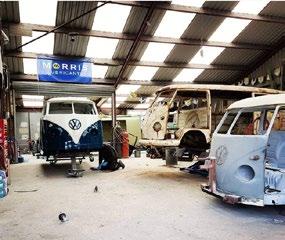
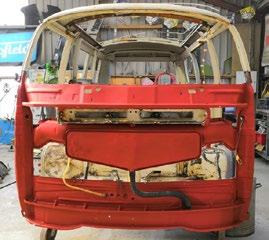

See our Website for further details : TheGermanJunkies.Com Genuine Parts For Fixing Der Kaputt Old-Timer VW • New Old Stock and Restored 40’s 50’s and 60’s VW Beetle and Bus Parts and Accessories VO LKSW A GEN CAMPER VA N SPECIALIST tel 01743 884 655 07977 334 687 restoration restoration.com Fact 4 – The first ever issue of Hayburner Magazine was cancelled by the printers with no explanation only five days before our launch party. Our friend Nathan Dale stepped up and got 1000
printed at his work just so we had some to take to the open day. You can tell if you have one of the 1000 by it
a number of low-res images and a slightly glossier front cover.
copies
having


 Fact 7 – 95% of the time, Dan will come in to the office at some point on a Friday even though it’s his day off.
Fact 7 – 95% of the time, Dan will come in to the office at some point on a Friday even though it’s his day off.

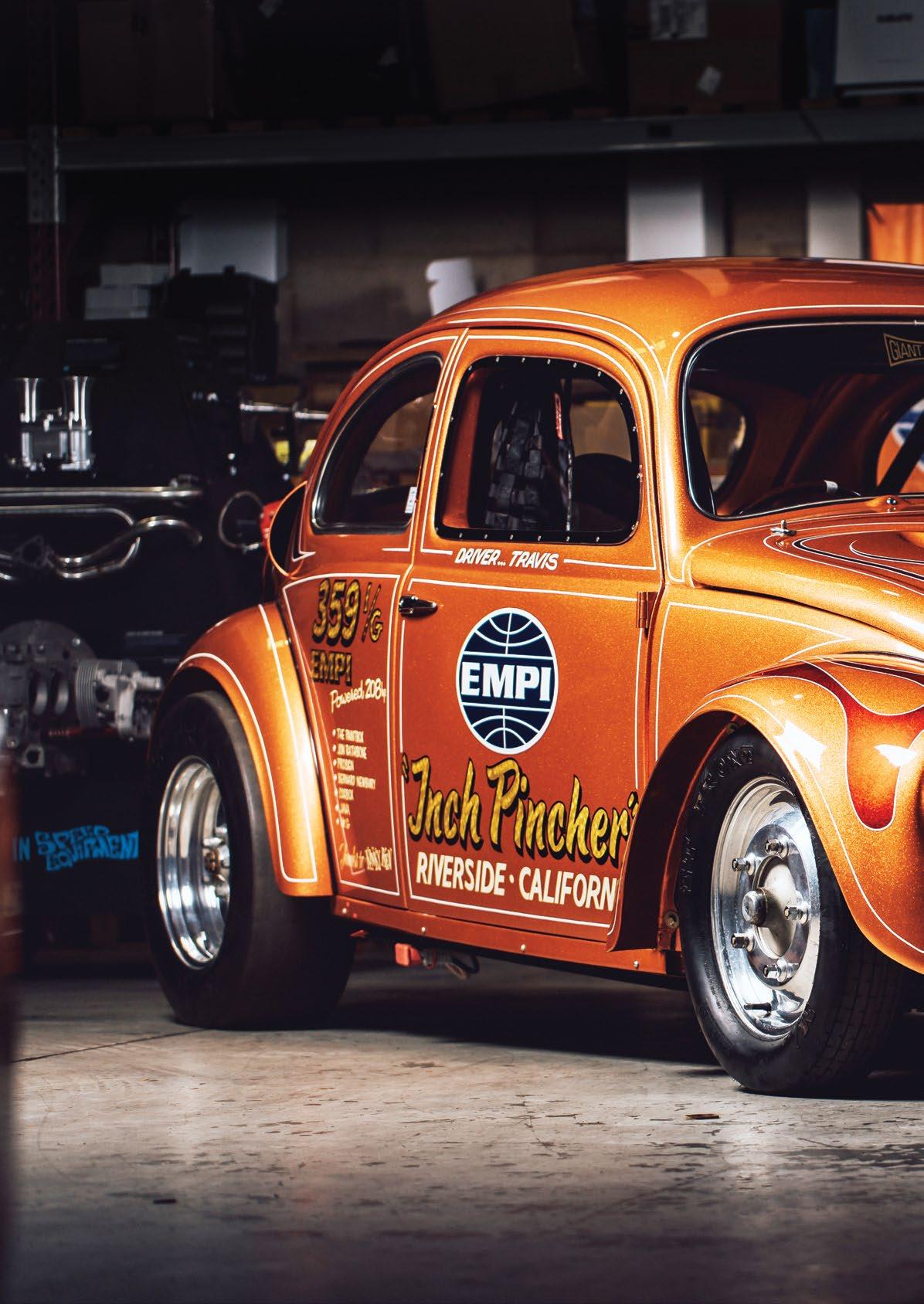
THE INCH PINCHER IV
WORDS BY TOBY WALKER PHOTOS BY SI MEDLICOTT 20
I would wager there are no VW people out there that haven’t heard of the name EMPI and the world-famous Inch Pincher.
The car you are going to read about is a homage to the Inch Pincher drag car, but before we get straight into it, here is a condensed history of the EMPI story. (As you can imagine there

is a hell of a lot of history with this company, so we are just giving you snippets.)
In 1954 Joe Vittone opened a Volkswagen dealership with his friend and business partner, Holt Haughey. Known as Economotors, based in Riverside, it was one of the first
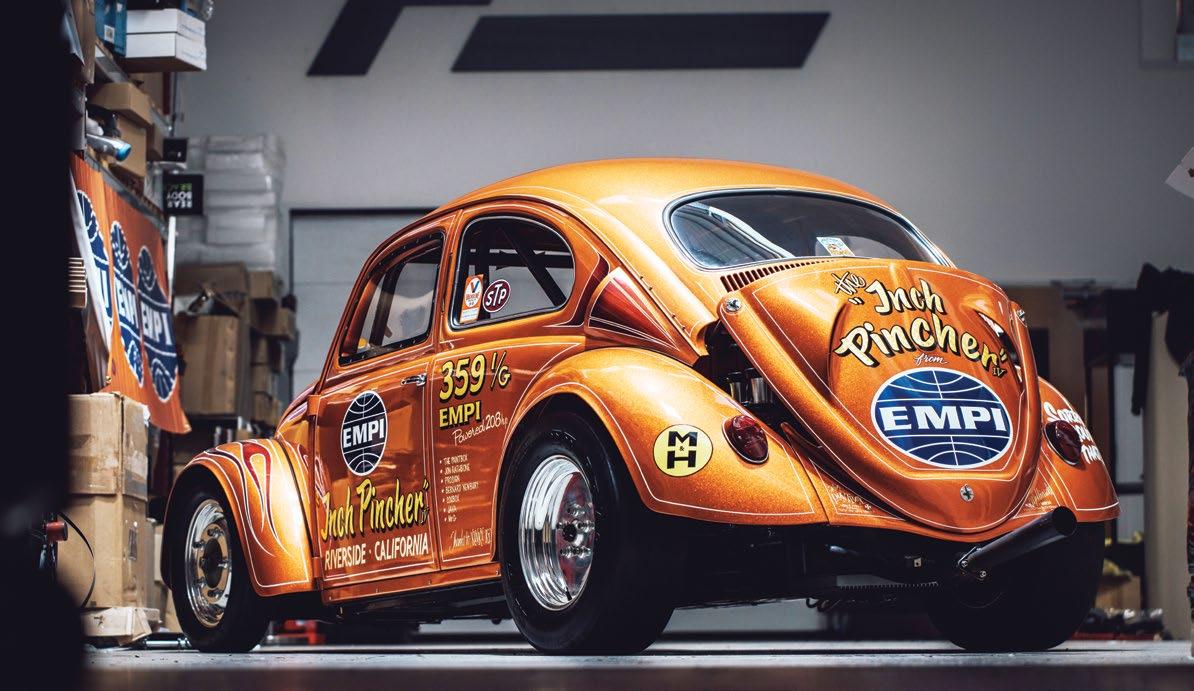
VW dealerships in California. It also soon became one of the most successful, selling the full range of Volkswagens and spare parts. Joe Vittone started making his own valve guides so that old/worn cylinder heads could be repaired rather than thrown away. This new product grew to be very profitable for Economotors and so Vittone decided to start a new company to sell them. The name he chose was European Motor Parts Inc. (EMPI). In the late 50s EMPI started to sell Okras and Denzel products to give the VW’s wheezy 30hp engine a little more pep, and around the same time they developed a front anti-
roll bar. All these things focused around making the little VW Beetle drive faster and handle better at speed.
As the company progressed and started to focus on making more parts, the name changed to Engineered Motor Products Incorporated. A lot of the product development for EMPI was carried out by Dean Lowry, while driving the Inch Pincher race car. The Inch Pincher began life as Darrell’s (Joe Vittone’s son) daily driver in the early ’60s, and was a red ’56 Oval-window sedan with a set of chrome wheels, sports exhaust system and a stock
30bhp motor. At the time, his father was interested in the idea of competing in the Grand Prix of Volkswagen. Joe Vittone was a friend of Dan Gurney, the famous racing driver, and asked him if he would like to drive the car, with the idea of promoting EMPI’s range of suspension parts. Dan agreed and the first year went well. In the second year the rules changed, allowing more modifications. This time the car was much quicker than anything else and crossed the finish line first, but was disqualified for running illegal valve springs. Joe Vittone was not happy about this decision and decided to stop racing.
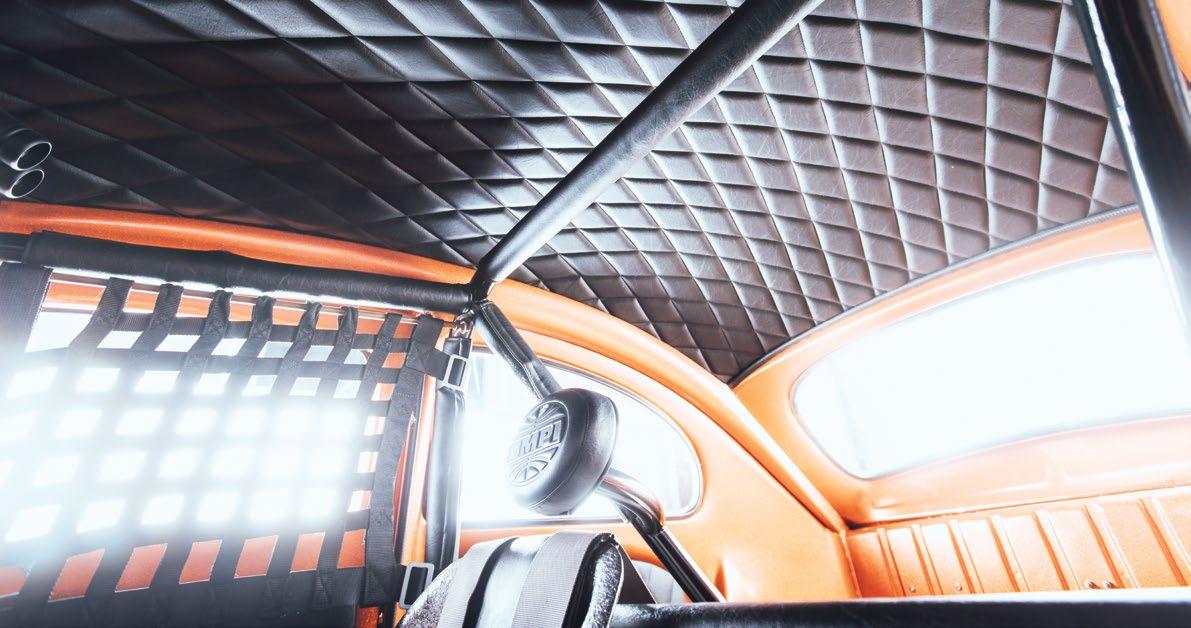
22
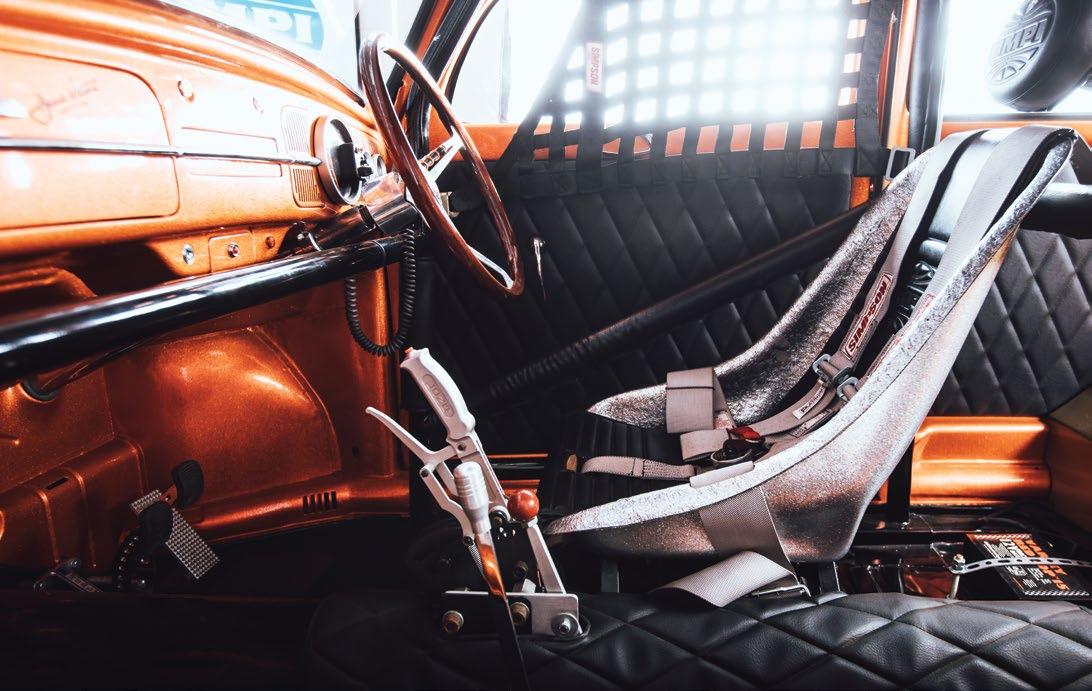
The car once again became Darrell’s daily driver, but not for long, as Dean Lowry was keen for EMPI to become involved in drag racing. He built a 1700cc engine, fitted it to Darrell’s car and took it to the drag strip. By September 1964, the Beetle had run as fast as 14.90 sec at 91.5mph in the quarter-mile. At the NHRA Winter Nationals in February 1965, the car, now named “Inch Pincher” because of its lack of cubic inches (the American measurement rather than cc), was quickest in its class with a 14.79, but several transmission breakages stopped it from setting a record. This is when the Inch Pincher was changed from a
street and strip car to an all-out drag racer. The rest, as they say, is history. After the Inch Pincher came Inch Pincher Too, which used the original floorpan of Inch Pincher but with a chopped ’59 body. That took on the iconic Molly Sanders multi-coloured paint job over white. Inch Pincher III was built in New York by Richard Guarino, who ran Competition Car Parts, and also a replica of Inch Pincher II called the NED Bug II. Paint and colour schemes became more adventurous over the years and there have been several Inch Pincher replicas built in its various guises. But the car you see here was not intended to be built as
a replica but more of a homage/ continuation of the EMPI race car heritage, hence the IV on the door. The extra-cool factor is that this car was actually endorsed by the man himself and Darrell Vittone, and he even signed the glovebox lid!
Before we get to the original build of the car, let’s introduce you to the current custodian of Inch Pincher IV, Matt Walker, a dyed-in-the-wool air-cooled VW enthusiast since day one. Matt told us he’s never been without an air-cooled car since he

Fact 5 –The Hayburner vintage photo archive has now reached ov er 50,000 images of classic VW and Porsche cars, maybe the bigg est private VW photo collection in the world.
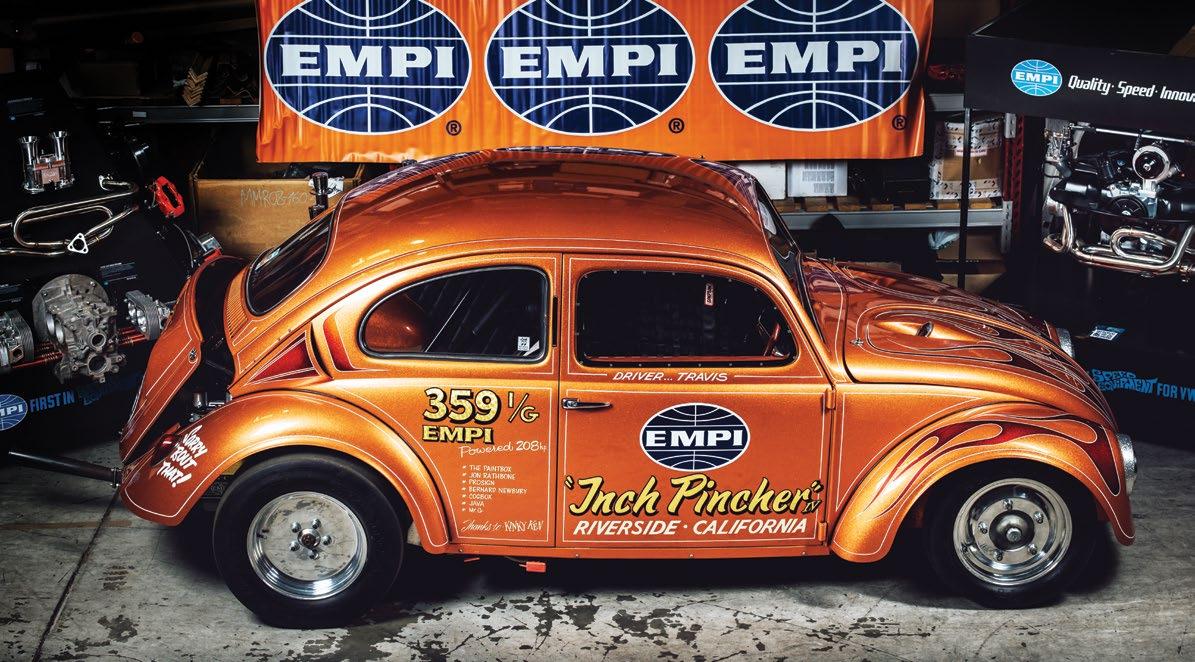
started driving. His first car was a ’67 Beetle and he’s owned about 20 various models over time!
There is also a deeper connection between this car and Matt, as he is a shareholder in a company called Racing Line which specialises in performance water-cooled VW tuning parts. Three years ago he was approached by EMPI as they wanted to buy Matt’s company. This was around the same time as Matt got wind that Inch Pincher IV was up for sale, in around January 2021.
The car belonged to and was built by Travis Rider, whose family owned a huge collection of air-cooled VWs. A friend of Matt’s had been on at Travis as almost a running joke: “Sell me the Inch Pincher.” Then one day he received a reply of “All right”. Matt’s
friend wasn’t in a position to buy at the time so told Matt that it was available, and after a very snowy drive down to check out the car, Matt struck a deal. In fact he ended up coming away with a few other cars from the collection as well, including a Split Screen Flatbed which he intended to use to haul the Inch Pincher around. He also bought a Karmann Ghia, a Bay Pickup, a Cab Beetle and a couple of others. There was a collection of over 40 air-cooled vehicles in total at the lockup.
When Matt acquired the car, the original Autocraft 3 litre alcohol engine was in a box of bits, and Matt wanted the car to be a bit more useable so had the legend that is Jack Sachette (JayCee) build a 2332cc at EMPI HQ. An IRS conversion and a Type2 091 gearbox with vertigate shifter was fitted.

24
ENGINE SPEC
EMPI Engine Case with JayCee Oil Enhancements, EMPI HiCapacity Oil Sump, BUGPACK Chromoly Race Studs, JayCee
O-Ring Oil Pump and Oil Bypass System, BUGPACK 84mm
Flanged Crank, BUGPACK Flanged Flywheel, EMPI 5.5 Chevy
Journal H-Beam Rods, Wiseco 94mm Pistons, EMPI Stage 3
Ported Heads 42mm x 37mm, EMPI GT Racing Valve Covers, JayCee 52mm BGD Billet Carbs, JayCee Shorty 8 Manifold
Hand Ported by Anthony Chicca, JayCee Billet Carburetor
Linkage, BUGPACK Straight Cut Cam Gears, Engle FK46

Camshaft, Engle Lifters, Manton Push Rods, Pauter 1.4 Ratio Rockers, EMPI Engine Sheet Metal, JayCee Crank Pulley, JayCee Billet “Jack Stand” Alternator Stand, EMPI Alternator
Pertronix Distributor and Coil, BUGPACK 1-3/4” Merged Header
The engine dyno tested in the States at 201HP @ 6700 RPM
Obviously, with such a famous car there is little you would
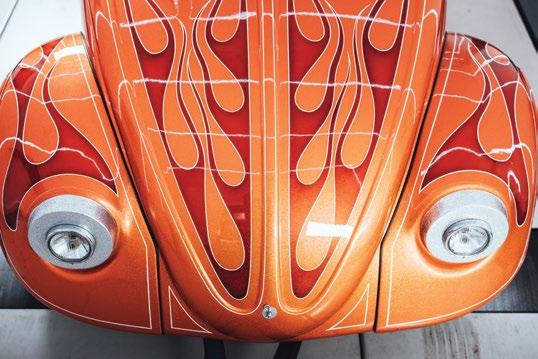
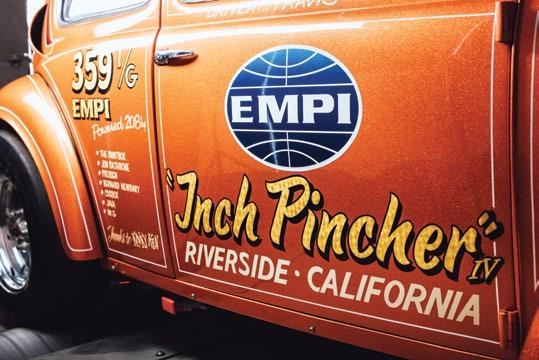
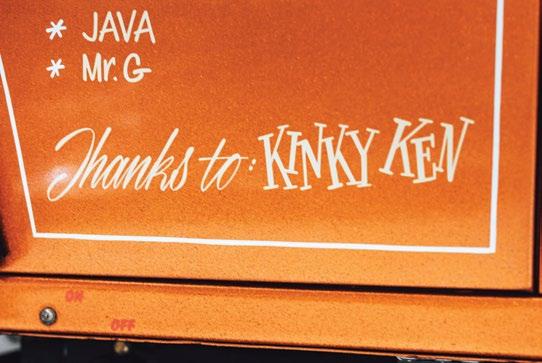
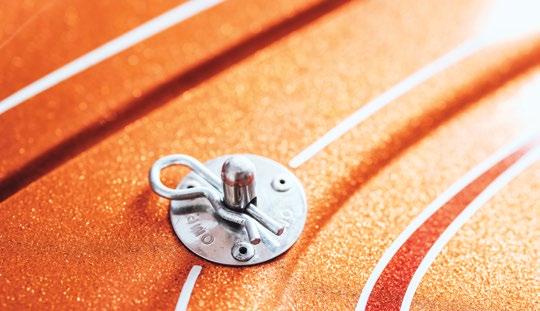
want to change, so here is the history behind the original build. The car was originally purchased by Jonny Abbot of Java VW Restorations from Adelaide – a super solid 58 RHD which he was running around in for a while with a C stripe kit and a set of five spokes. At the same time, Travis was running a Beryl Green GTV-style Beetle with a 2276cc motor which he raced a couple of times, but he had his heart set on building an Inch Pincher

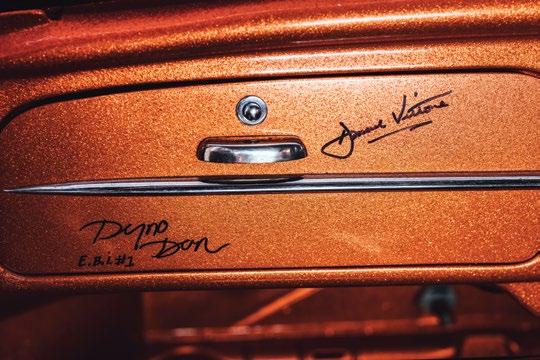
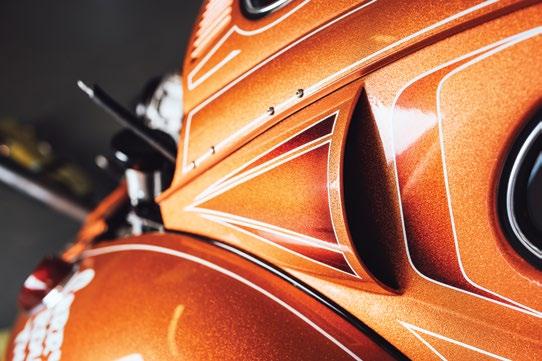

style car, so bought the ’58 and set to building a race car. Travis wanted it to be show and go, so inside and underneath the car is as spectacular as the outside. Everything that could be plated is in gold cadmium which looks stunning against the black. John Rathbone made the roll cage, and did some clever tweaks inside like moving the gearstick and handbrake back 8” so it was easier to operate. He also hand-fabricated the rear scoops and that sweet
26
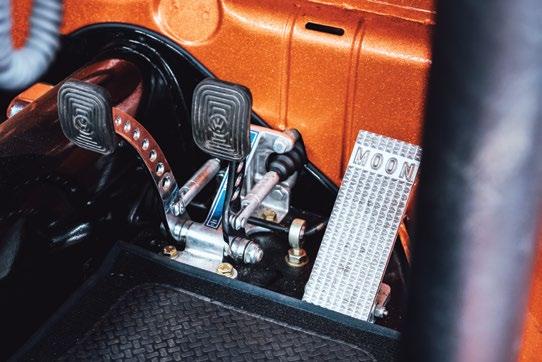
rear valence that follows the contour of the deck lid. Jonny Abbot located a set of genuine EMPI fibreglass flared wings which were used to cast new ones, then the lips were cut down to replicate the ones on the original race car. The bonnet rev counter pod was also reworked several times to get it “just right”. EMPI logos were added to the door shuts. The mods list goes on and on. All these little details make this car such an incredible build. Simon Emery and the team at the Paint Box took care of the remaining fabrication and that amazing Apricot Candy real deal metal flake paint. Apparently the flakes were so big that it took 25 coats of clear to bury them. No mean feat when you think the clear has to
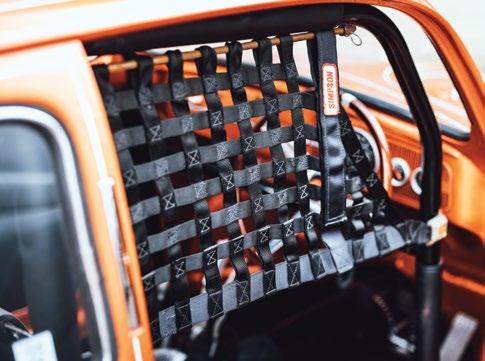
be flatted between each coat! Neil Millard obviously took care of the sign writing and lettering. There are so many trick details on this car it’s unreal, from the gold anodised fuel tank to the embossed EMPI logo door shuts. This car is truly one of legendary proportions.
If you have ever have the pleasure to look around it, we think you will agree that this is one of those cars that people will remember for ever, sitting right up there with the great Inch Pincher it pays homage to.

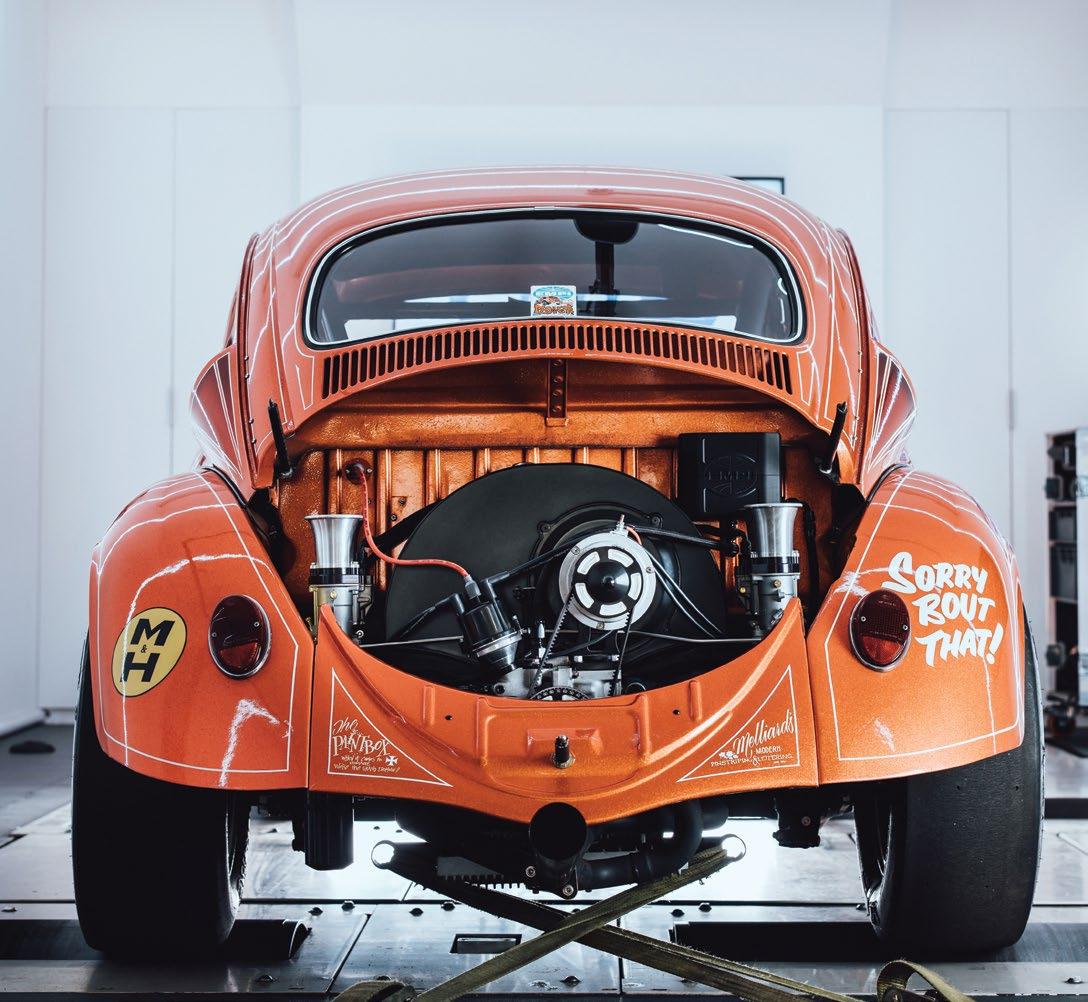
Fact 6 –As well as everything else we have going on, every Bug -Tech shifter sold worldwide for the past seven years has been assembled and customised in the Hayburner Magazine workshop.
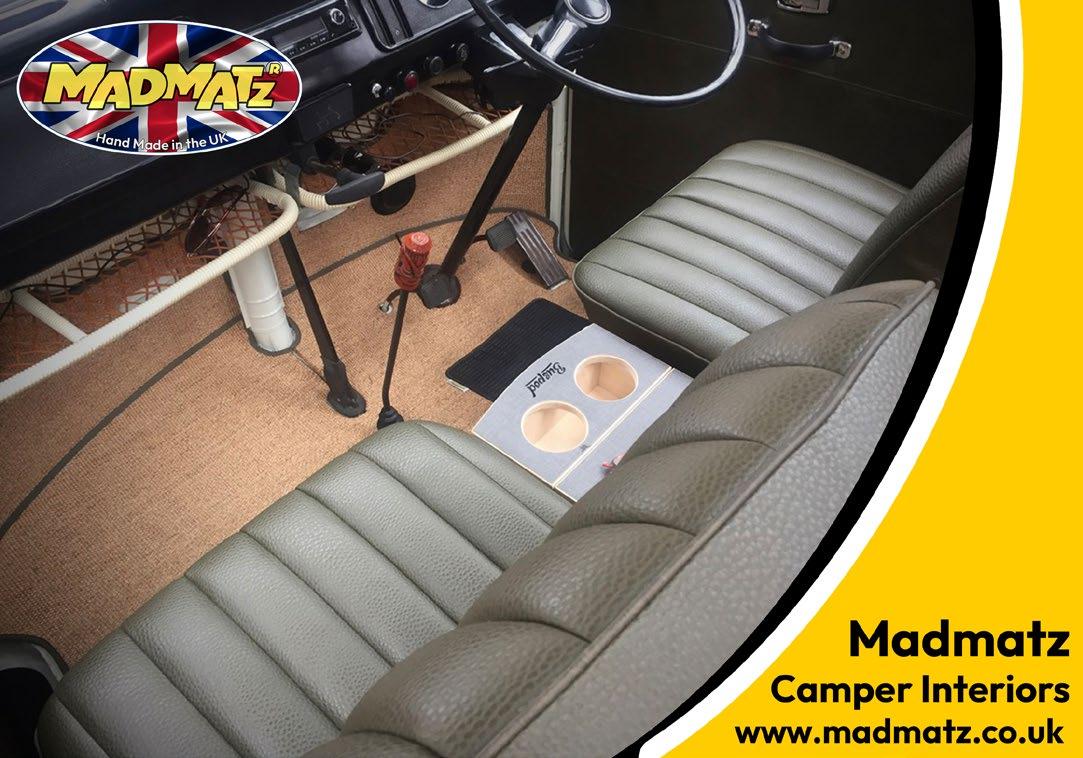
Fact 8 – Ned once agreed to appear on the TV programme “Fast & Loud”. This was way out of his comfort zone but there was a lengthy process of discussion and forms were signed with the production company. He then waited for months for a call that never came.
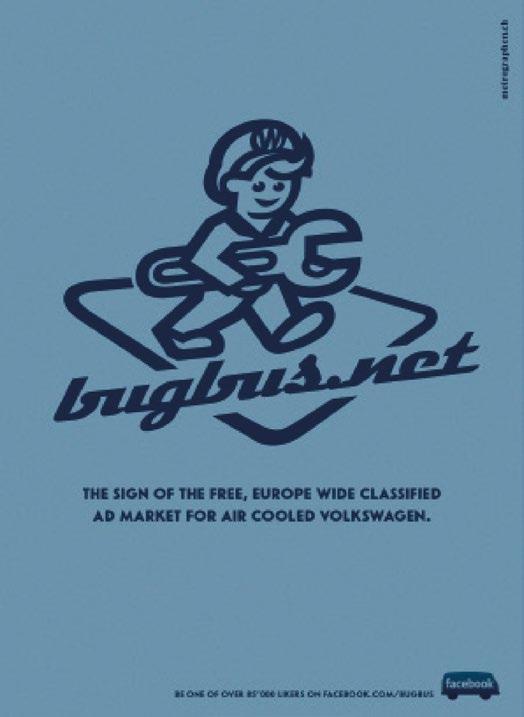
Chessington | KT9 1JX www.r3garageservices.co.uk find us on
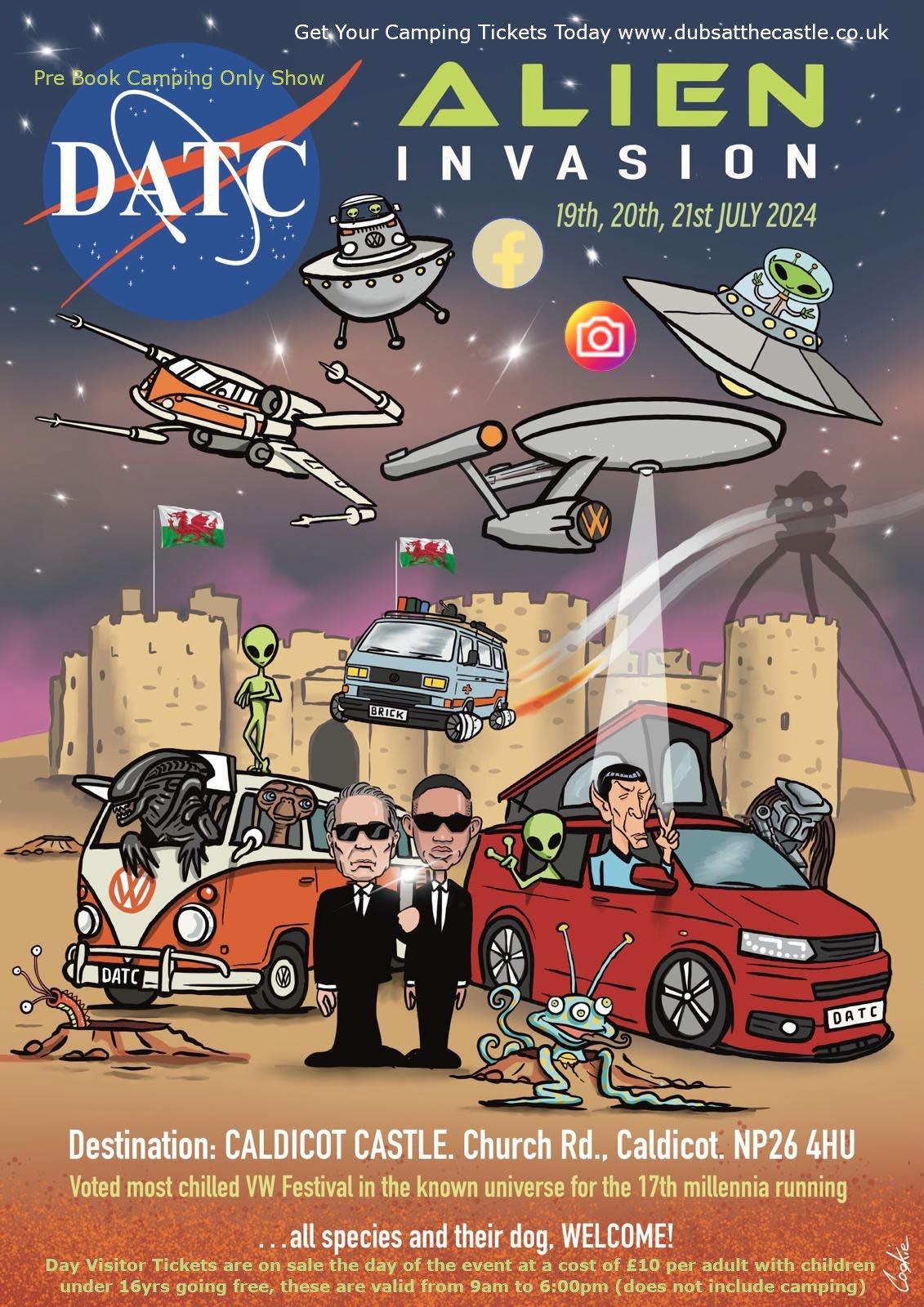
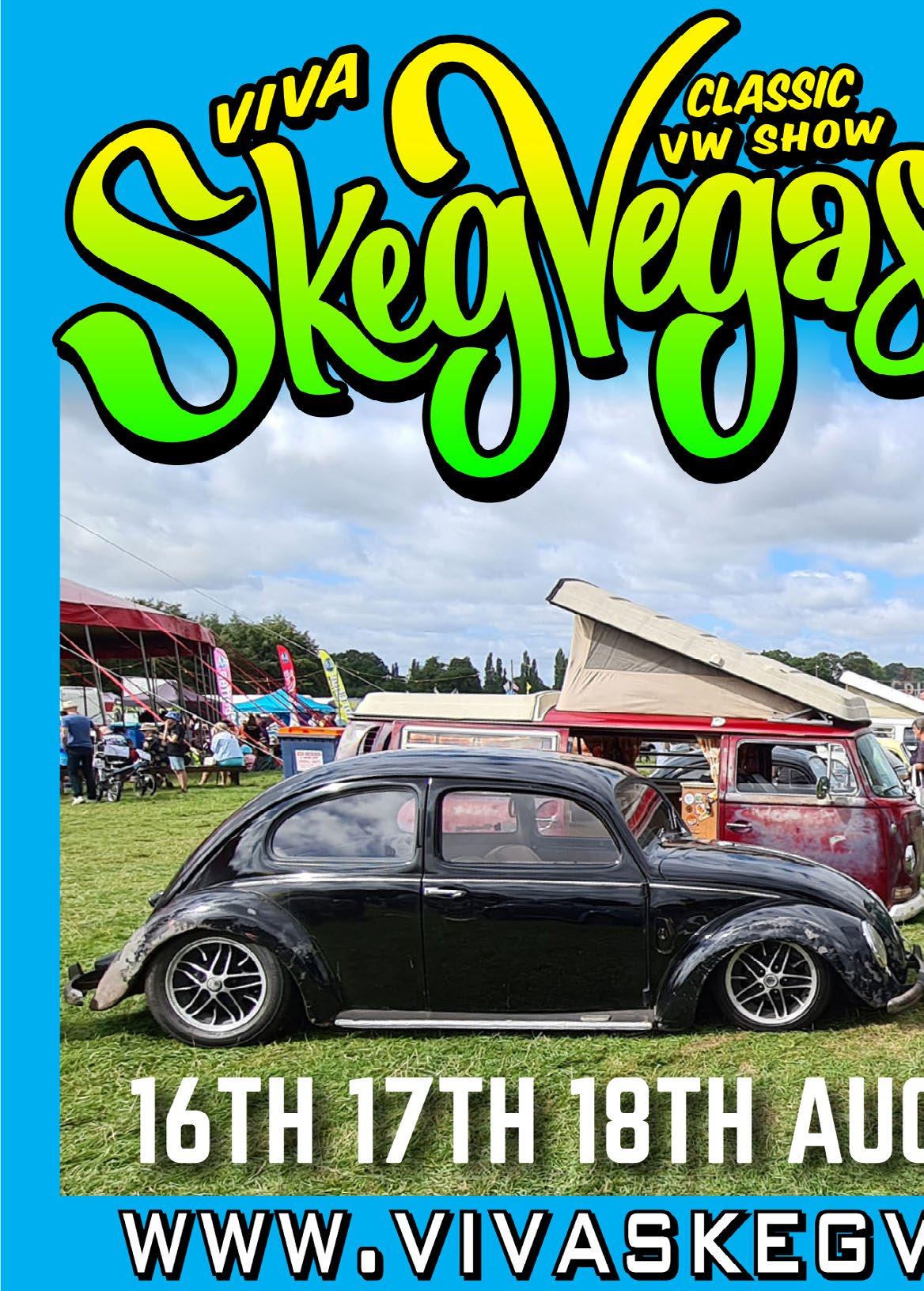
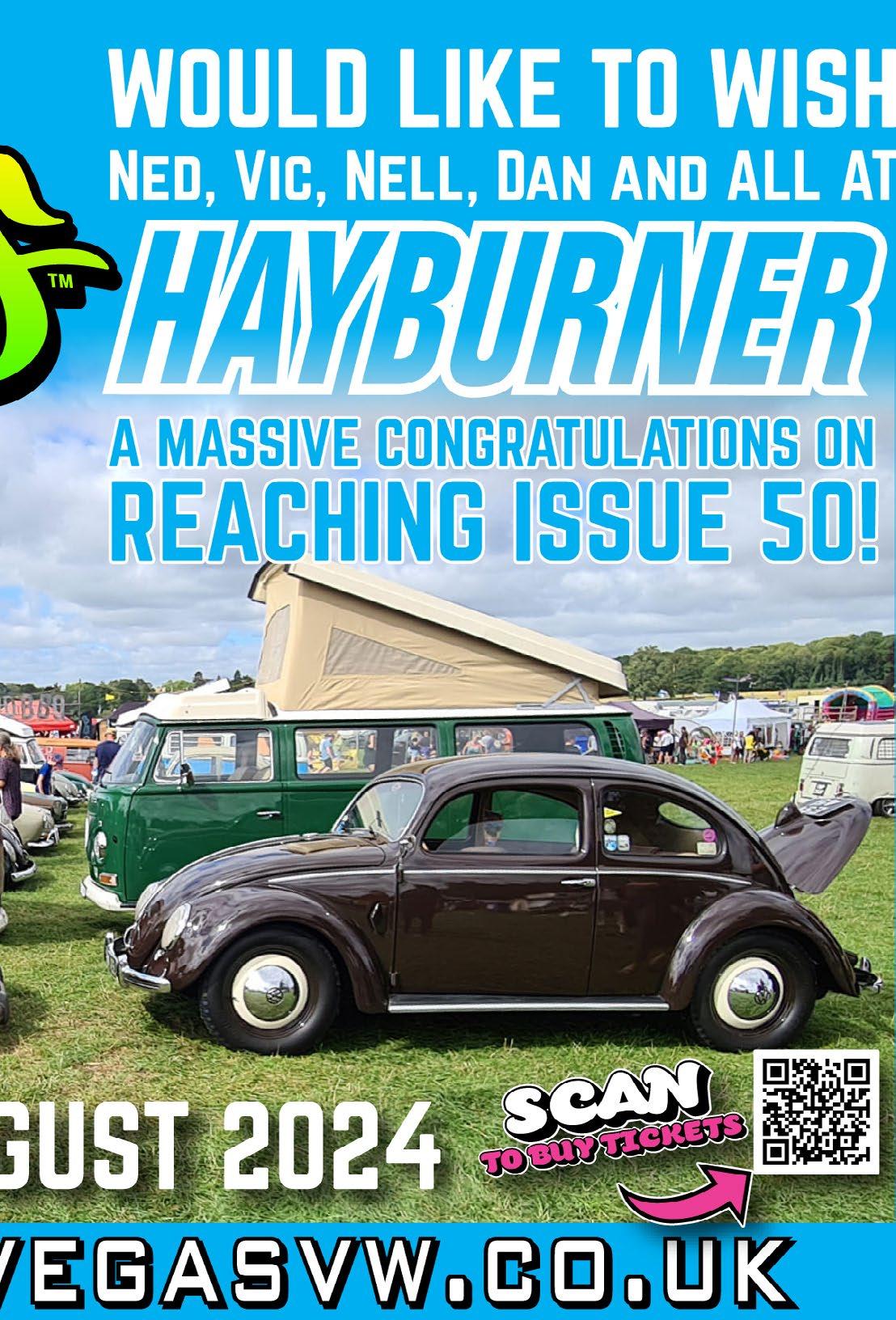


Vic once very nearly crashed Ewan McGregor’s Oval Beet le into his own Square Back. It wasn’t until we got home that w e found out she was uninsured to drive it in the first place.
Fact 9
–

SCHULWAGEN
PHOTOS BY CHADLY
JOHNSON
WORDS BY LIND
BJORNSEN
42
During the early 1950s, Volkswagen was building a large network of dealers and distributors across the world to sell and service their cars. These dealerships would all require trained technicians to service and repair these cars, so Volkswagen hatched a plan and started outfitting buses as mobile service schools in 1952. The idea was to have buses throughout Europe and the UK for the next several years visiting various sites and training new technicians to work on the full range of Volkswagen vehicles. In 1954 they standardised the mobile service school vehicles to all be Kombis with a specific set of options that were meant to
show dealers some of the options that could be ordered. These options included front Safari windows, six popout windows, a full Deluxestyle dash, a Behr ambulance fan scoop, and an ambulance cab divider and rear hatch. They were also fitted with a Matra tool chest which was fully stocked with tools, an engine stand, a complete 30hp demonstration engine, and a rack that held a transaxle and a front axle. These Kombis really were fully loaded when it came to factory upgrades, making them most expensive Volkswagen Type2s to leave the VW factory during the 1950s.
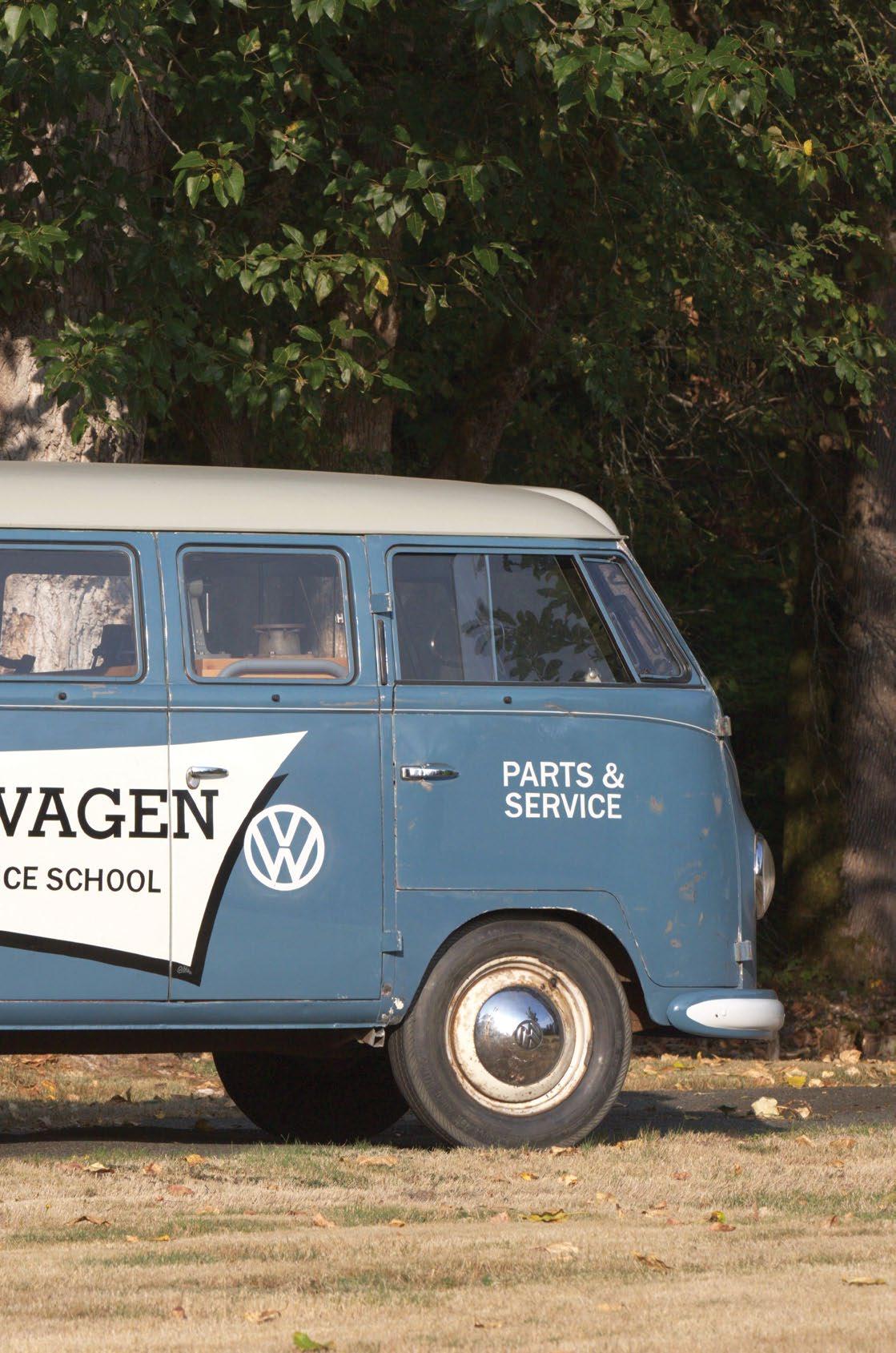
–Hayburner was started with an investment of only £200 , and this was put into a bunch of stickers and flyers to sell t he concept at the shows.
Fact 10
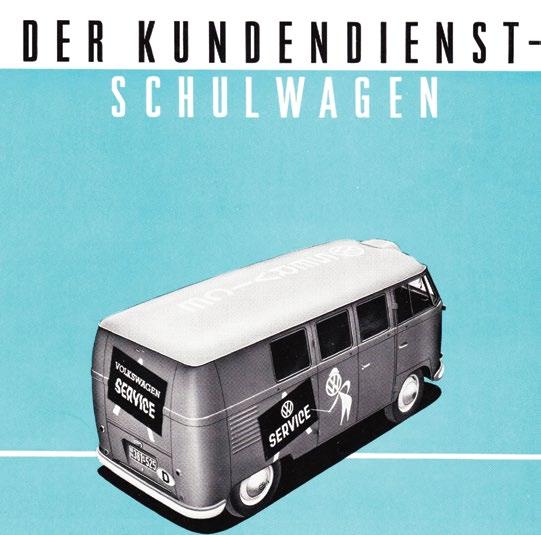
By 1954, Volkswagen was setting up their network in the United States. In 1955 they sent two Schulwagen Kombis and three service trainers to the USA and they started driving around the country training the service technicians at various dealerships. In 1956 they would go on to send another 14 Schulwagens to the States. By this time the Schulwagen scheme was

becoming popular and they were being sent around the world to places like South Africa and New Zealand. Of all the Schulwagens around the world, only one is known to have survived and it’s this 1955 Kombi. That’s not to say that another might not exist. With its unique mix of options it would be quite simple to identify a potential ex-Schulwagen, so if you’re lucky enough to own or
come across a pressed bumper Kombi with an original ambulance divider and Safari windows, it might be worth doing a little digging to see if it is actually a surviving Schulwagen.
This particular bus was one of the first two Schulwagens ever sent to the USA, and it’s likely to be among the first vehicles that Volkswagen of America ever

44

owned. They were most likely only in service for a year or two, possibly being decommissioned once the newer 1956 models arrived. This Kombi had had its original lettering sanded off and the logo’d areas repainted Dove Blue, which made it into just a welloptioned Kombi to be sold as a used vehicle. At some point it was subsequently painted white and logo’d
with lettering from “Flower Shop and Nursery”. It got repainted again and again over the years, until it finally ended up in Paradise, California, with ten layers of paint and primer on it, and its grand origin totally unknown to the owner who advertised it as an ex-ambulance in the classified ads of HotVWs magazine in 1980.
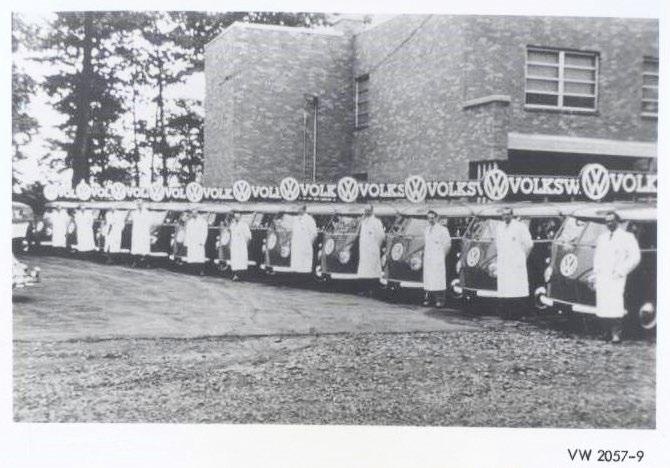
Fact 12 –
us down
even
Dan du Cros has shot 41 of our front covers. In that time he’s never let
or complained,
when our ideas were ridiculous or borderline impossible to execute. We feel so lucky to have him as part of the team.
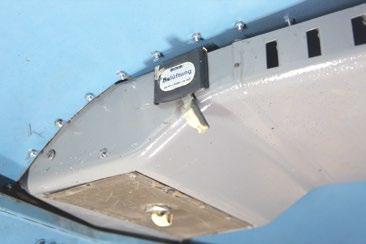

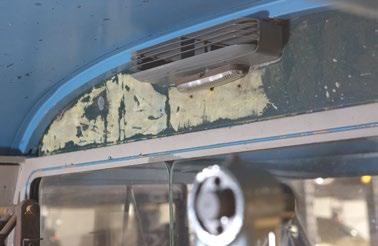
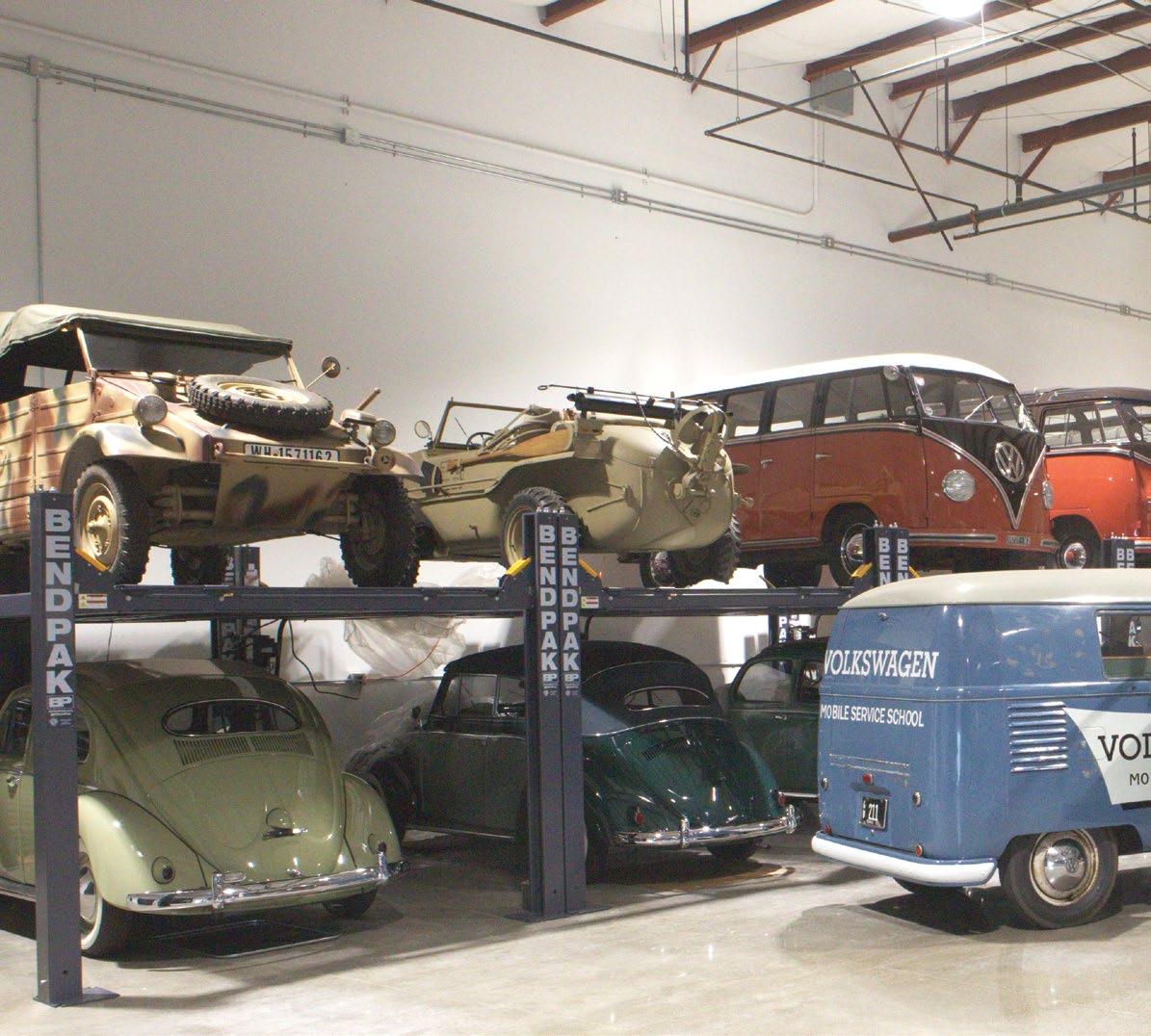
The next owner, Bob Schofield, bought it to restore using parts from his very rusty 1954 ambulance. Bob never got round to starting the restoration and ended up storing it for 42 years until he finally sold it to Brian McCue, along with the rusty ambulance and an equally rusty ’52 Panel Van. Brian knew it had never been an ambulance because
it lacked the internal fittings that an ambulance would have.
I then bought it just because I like optioned-out buses. I figured that maybe it had been a taxi, but I would soon work out its true nature when I found a period picture of a Schulwagen parked on the street in front of Riviera Motors in Portland, Oregon in
around 1955. I emailed Ralph Habel in Germany, asking if he had any period photos in his vast literature collection. He provided me with scans of a sales brochure for the Schulwagen. This piece of literature would be essential for the restoration, as it had many pictures of the Schulwagens, a full list of the tools, a list of the options, and an explanation that
46
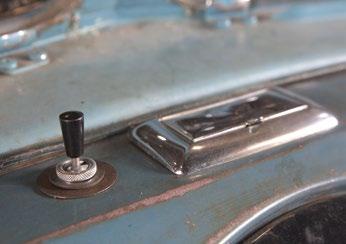
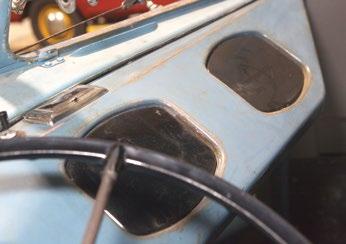
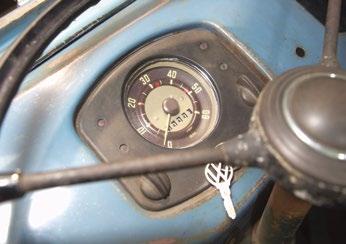
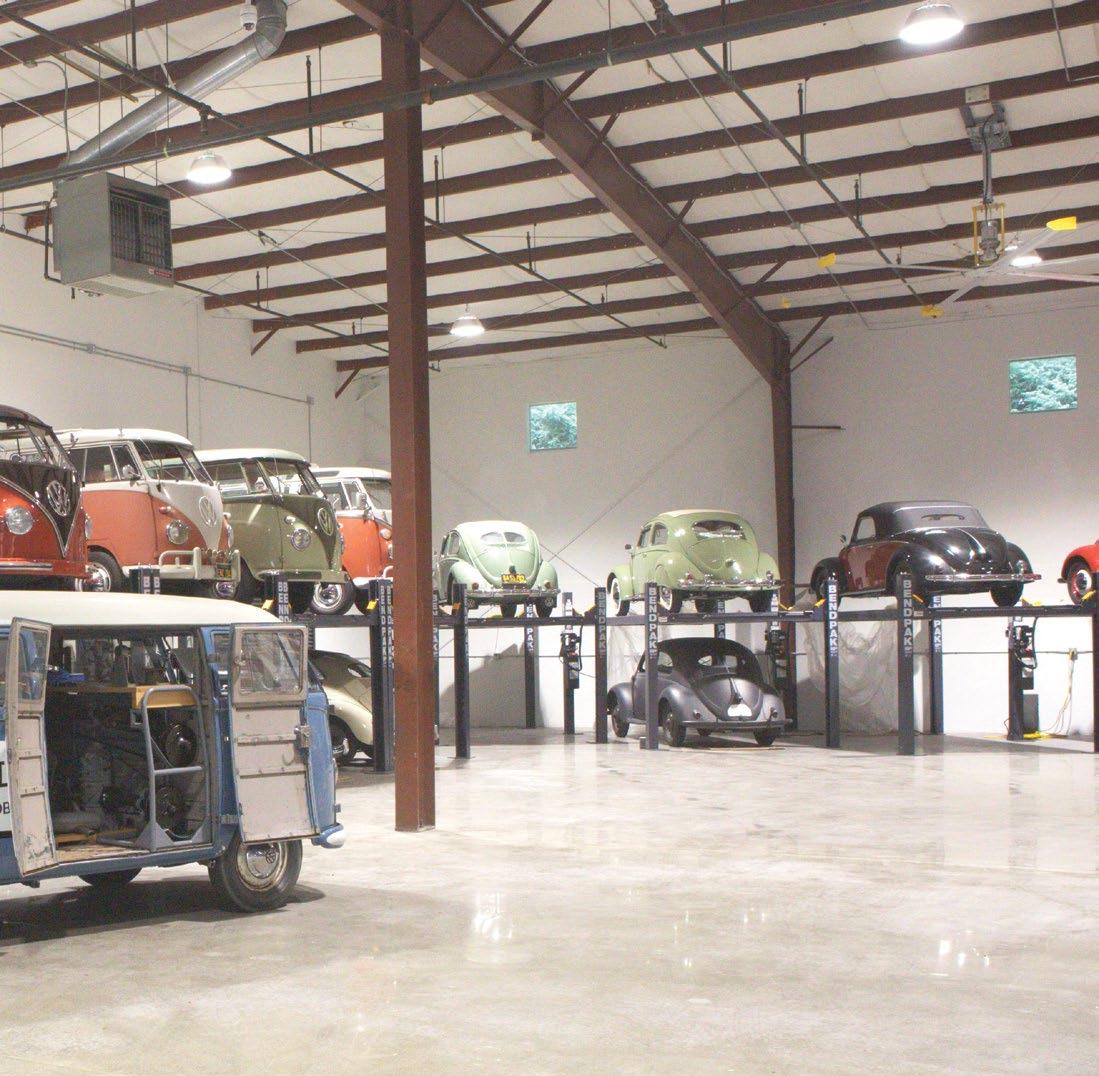
they included the options to show dealers what options were available, and even the blueprints for the frame that holds the transaxle and front axle.
I knew that I had a special bus, and the Barndoor gathering in California was only five months away, so I rallied the troops and set a plan in motion to restore
the Schulwagen in time for the show. First up, it went to Jake Miller who did all the metal work, replacing less than ten kilograms of metal on the generally solid all round bus. Jake also scratch built the rack and engine stand. I started sourcing parts from around the world, including parts from six different continents and most importantly an original
Matra Schulwagen tool chest from Rick Clark. I built the various mechanical sub-assemblies. Eric Carlson, Adam Bruno, Jake Miller and myself all installed the complete running gear in one day and the Kombi was driving again. My brother, Erik Bjornsen, and myself spent a couple of weeks stripping the ten layers of repaint off the body to reveal some really
13 –Hayburner Issue 13 was always doomed. We were so unha ppy with the quality of the print that we insisted 10,000 magaz ines were reprinted and resent to our subscribers. Looking back at that magazine, we may have over-reacted.
Fact



strong Dove Blue paint and the remnants of the original logos. We took the Kombi down to Rusty Gold Restos in Phoenix, Arizona, where they blended the paint in the Dove Blue areas that were damaged or missing. Then master signpainter Gibbs Connors flew in from Philadelphia, Pennsylvania to recreate the original logos. After the logos were painted onto the Kombi, the visible Dove

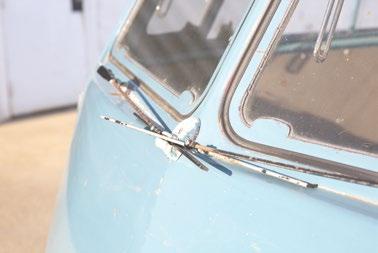
Blue is about 80% original paint. Jesse Griffin painted the roof and bumpers. Cabinet maker Ron Lee recreated the rear cabinet from photos.
The whirlwind restoration was done in 147 days, a personal record (actually not entirely finished, but pretty close – running, driving and very presentable). I worked on the


project for over 100 days straight, with the days becoming quite long near the end. It was an amazing find and project on a historically significant bus. Volkswagen of America helped throughout the project with research, and afterwards with publicity and information. The project was done with the help of many talented and dedicated people who opened up time in their busy schedules to fit
48

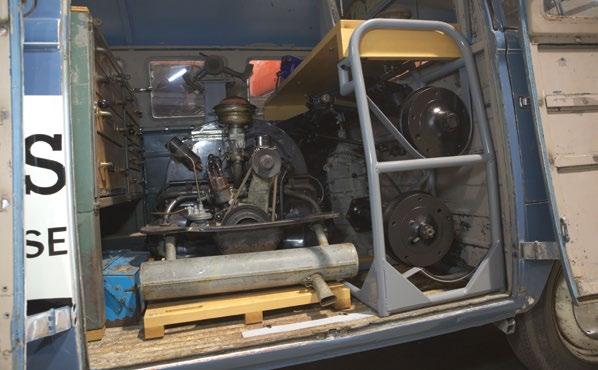
the Kombi in.
We debuted the Schulwagen Kombi at the Volkswagen show in Huntington Beach, California, where Volkswagen of America introduced the new ID Buzz to the American market. We had kept the project fairly quiet for the whole time of the build, and all the people involved kept the photos off the
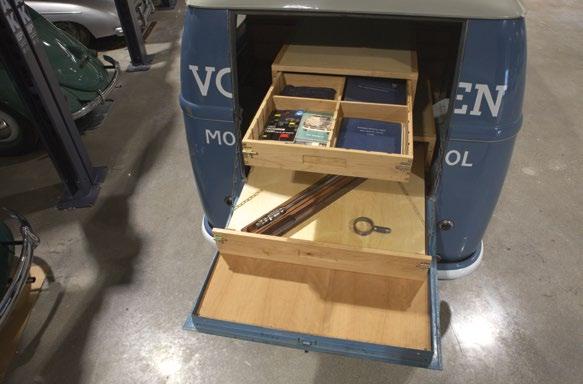
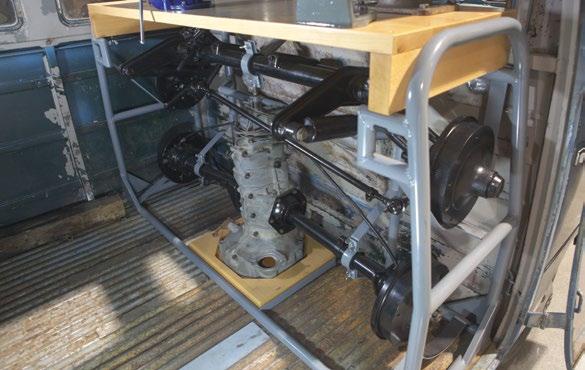
internet until its debut, so most people who saw it had no idea that such a bus existed and had survived. It made a big splash and even won Best of Show. The next day was the Barndoor gathering at OCTO in Long Beach, California, where the Schulwagen got a participant trophy like every other Barndoor there.


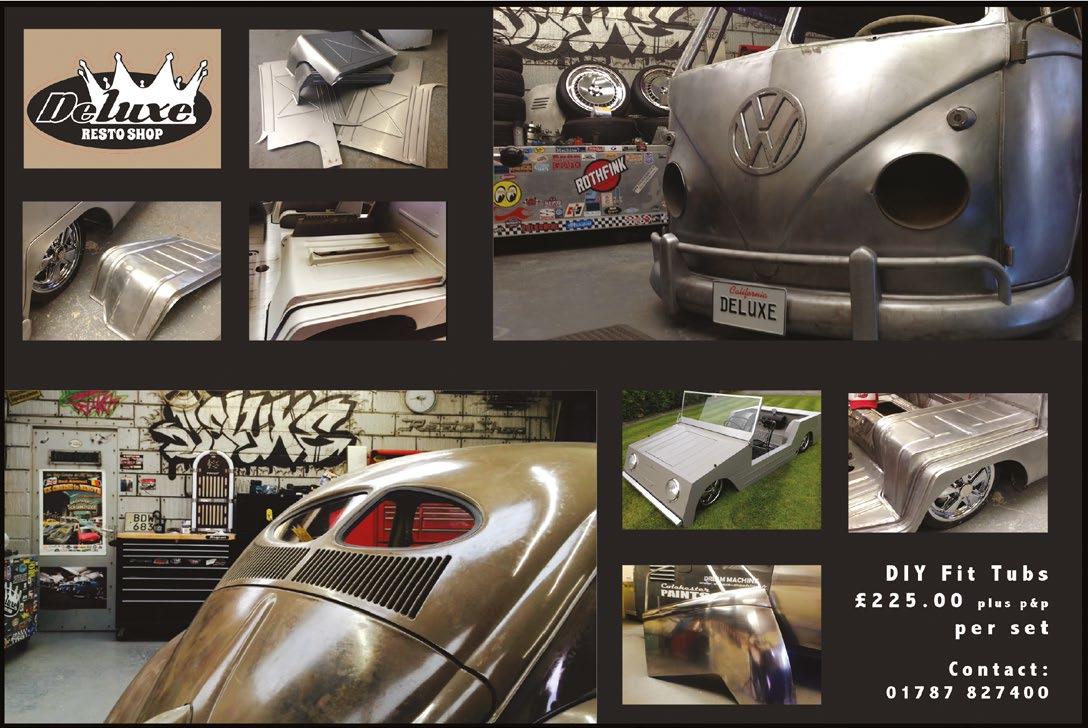
Fact 11 – Whilst on business in California after a peculiar series of events, Ned and Dan were asked onto the movie set for “Once Upon a Time in Hollywood” to settle a debate surrounding the Karmann Ghia being used for the movie. Whilst there, Dan helped out with a gear selection issue they were having with the Ghia. To cut a long story short, when the Ghia reverses off the driveway in the movie it’s not Brad Pitt driving; it’s actually Dan.
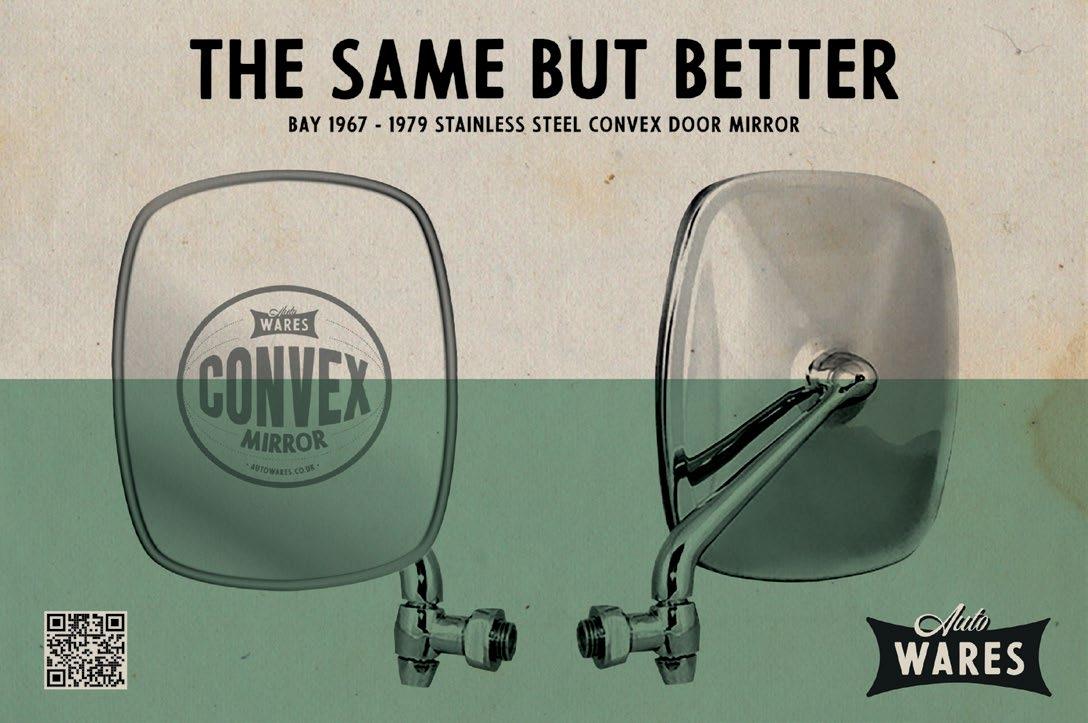






01482 374116 www.kingstownshipping.co.uk 5% VAT Clearance & NOVA DVLA Registration Import / Export Service Marine Insurance Inland Transport
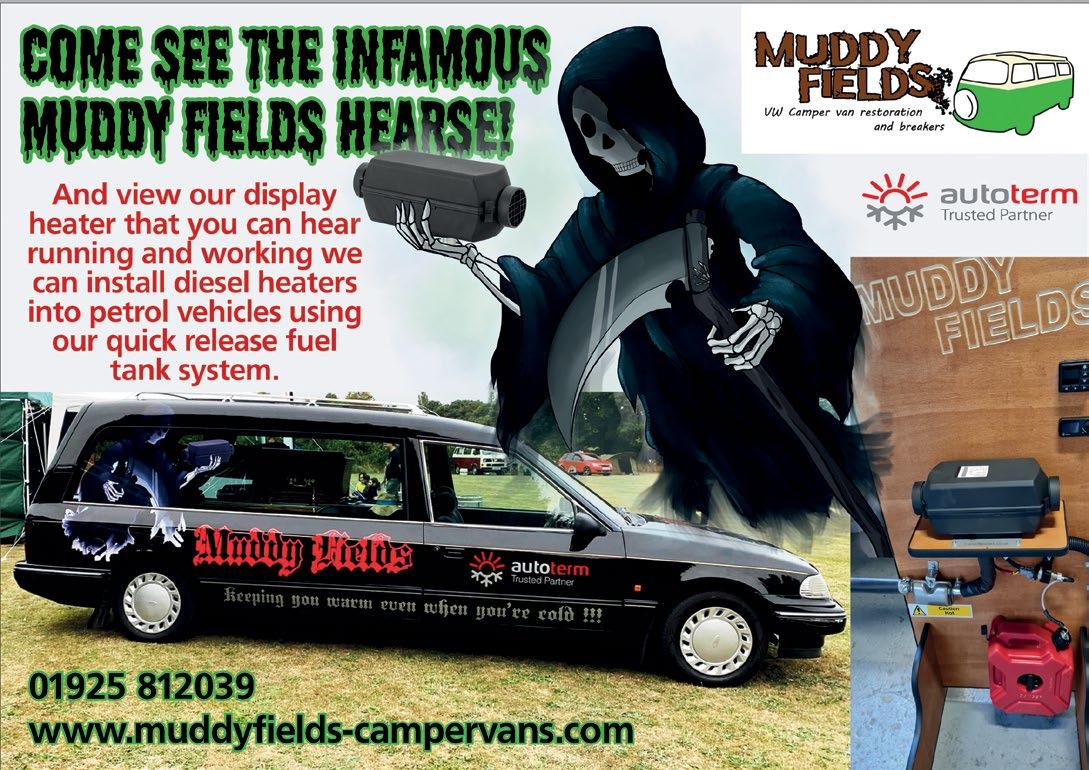
Fact 14 – Ned once travelled all the way to Indonesia to cover an Volkswagen event. When he arrived he realised he’d forgotten his camera.


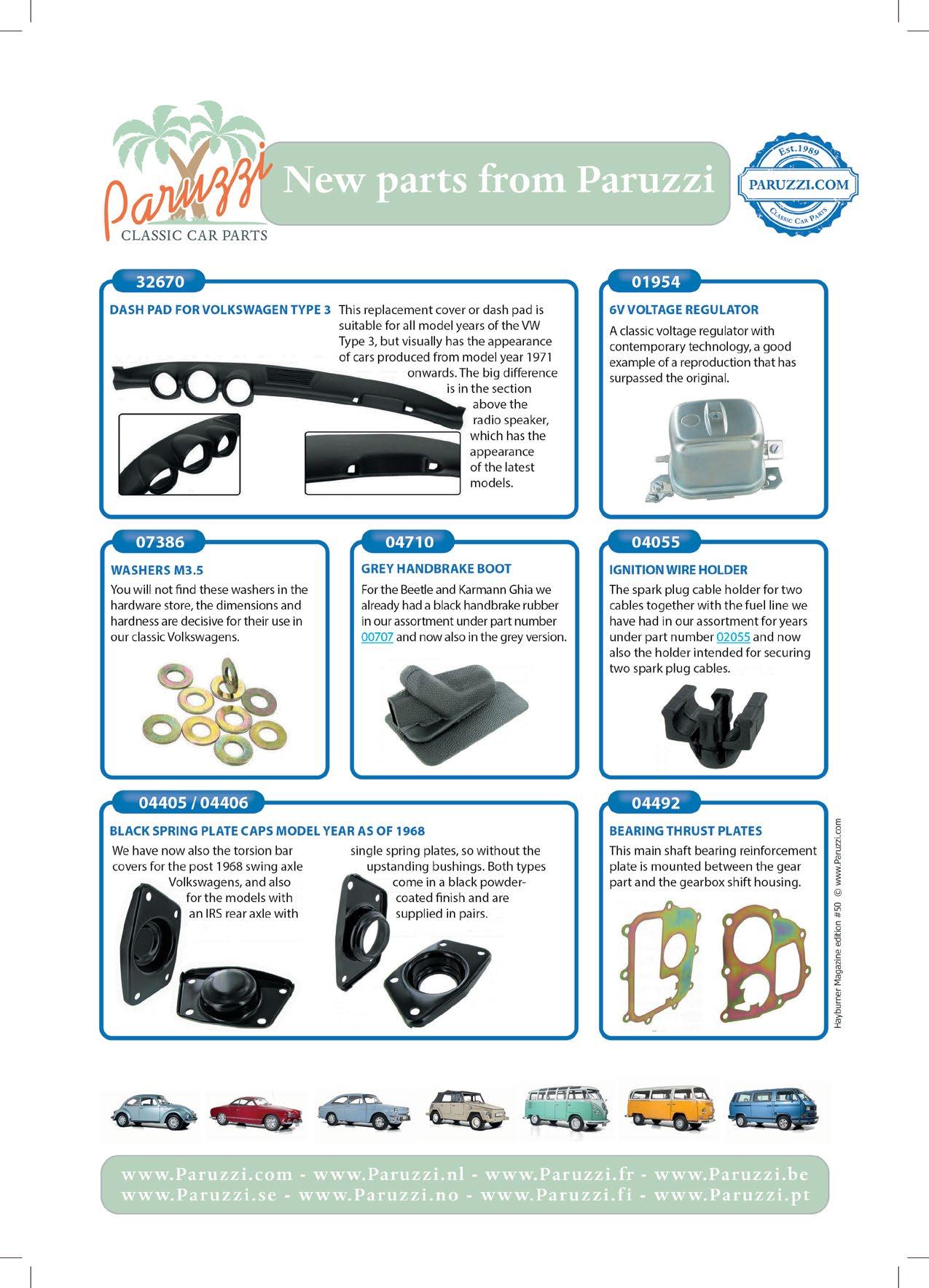

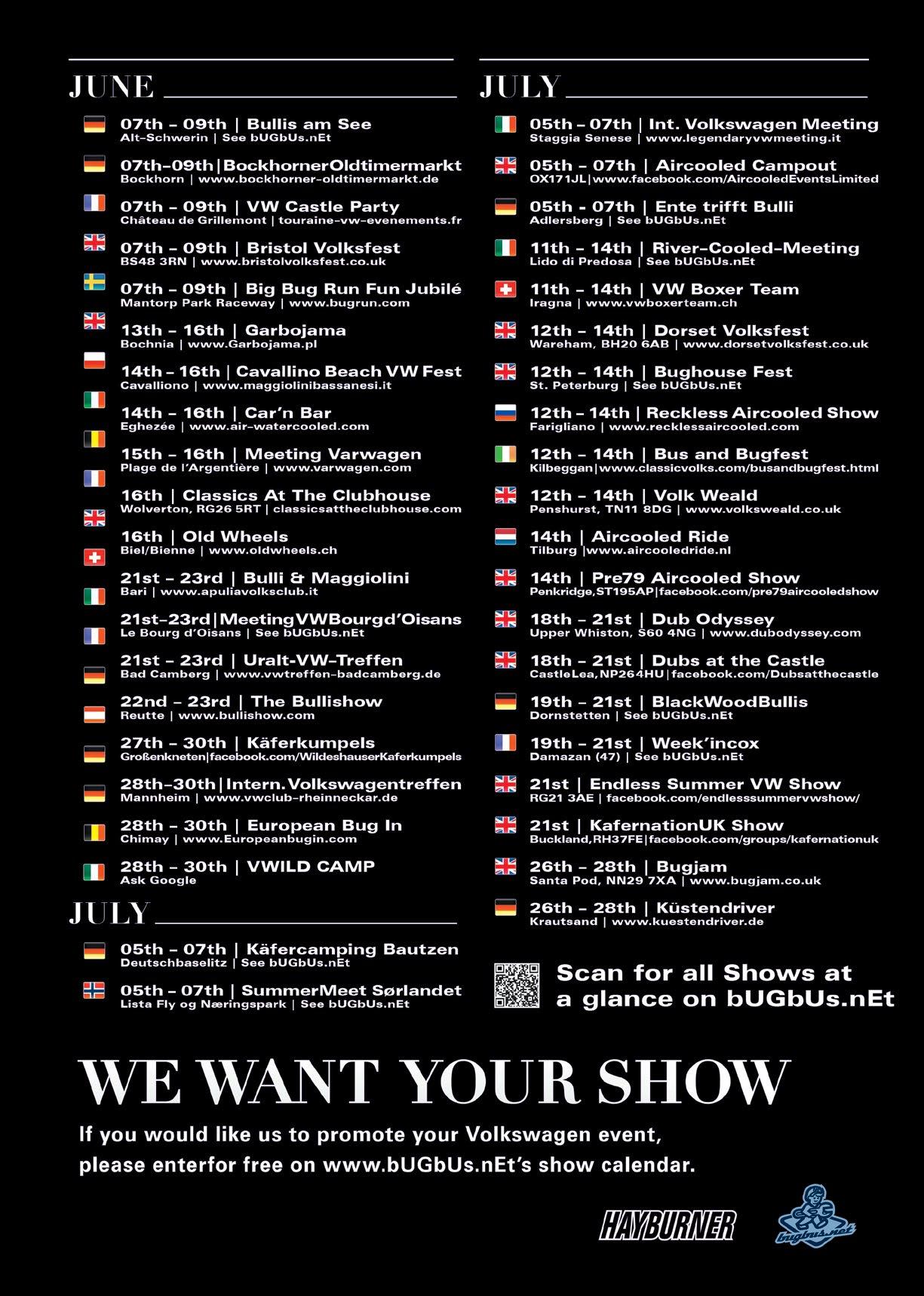
52



Fact 15 – Nell once accidentally deleted thousands and thousands of important files from the Hayburner Magazine iCloud. Since this happened, not a day has passed that someone hasn’t said “Where’s that bastard file?!” and reminded her of her error.
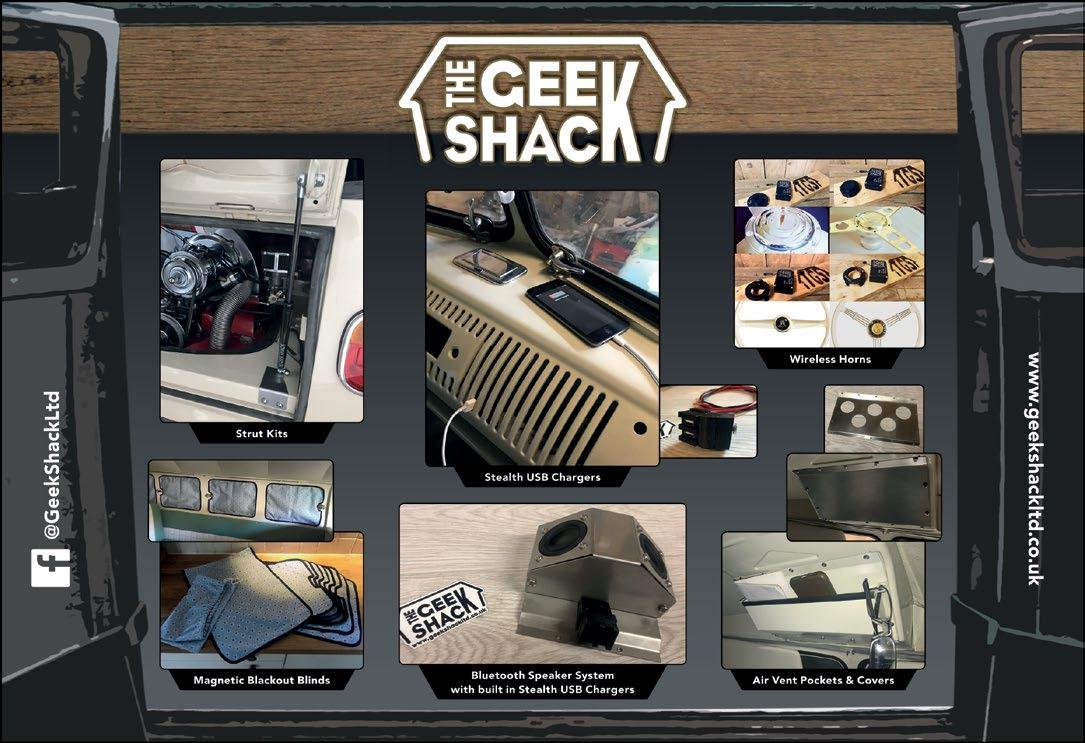
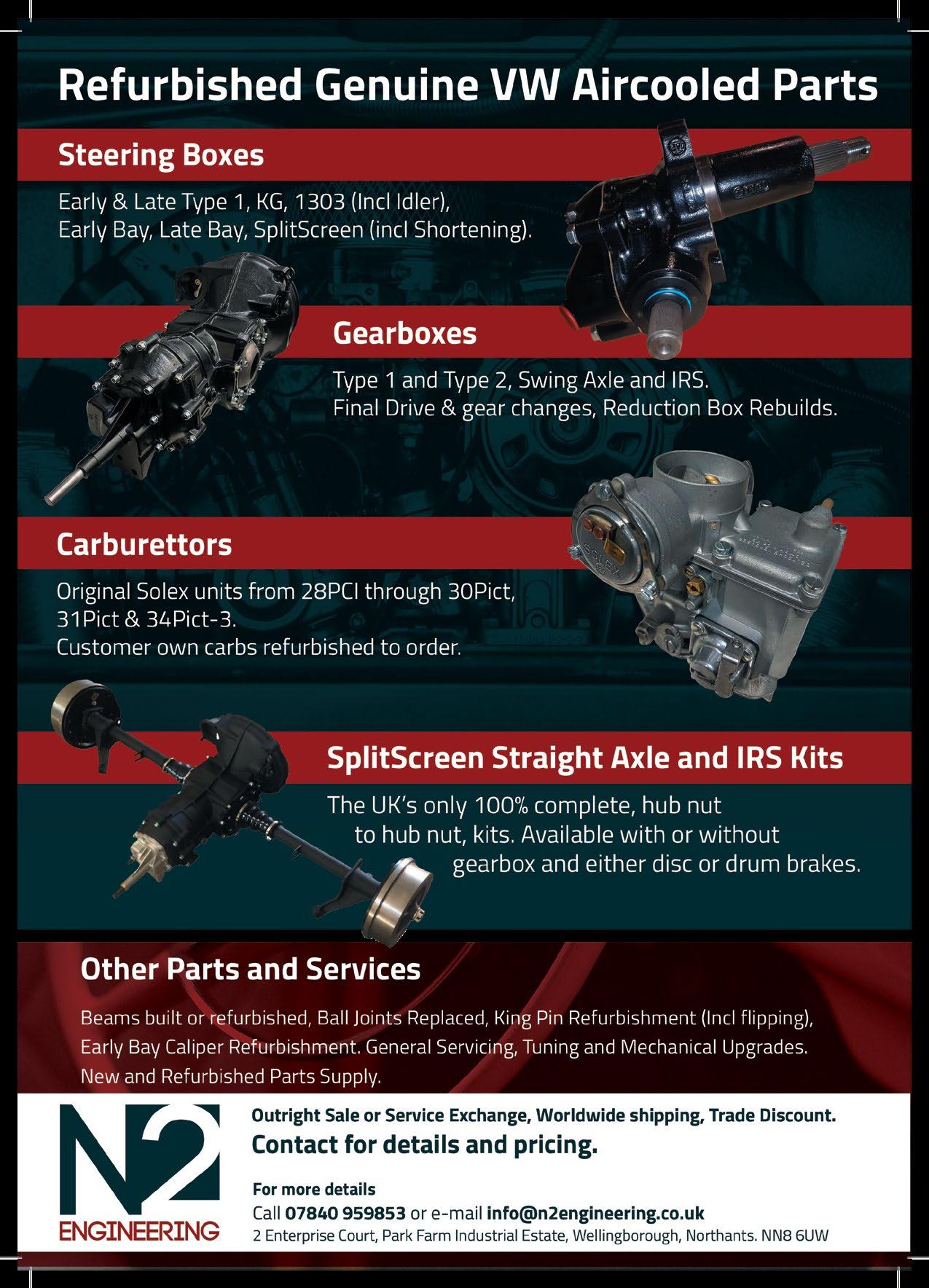
OFFICE SPACE
WORDS BY NED FAUX
2011 Our first ever HQ in a little village called Rushton, just outside Kettering. I had just ditched the building site and sold all my tools, so I had no choice but to make Hayburner work. When I say “office”, this was actually the corner of my 8-year-old son’s bedroom. I worked three days at this desk on the mag, two days on the spanners for Chez at Rapid Rodent Racing, and then sold autojumble every weekend. Looking back at this photo it makes me wonder how we ever made it past our first issue. Vic (after graduating university in a recession then having to work work full-time at Pizza Hut and running a bouncy castle business at weekends) and myself put that entire magazine together ourselves, just using YouTube tutorials, Vic’s uni knowledge, phoning up companies in an attempt to sell advertising and learning about profit and loss along the way.
2012 It’s not often that I would put up a photo of myself anywhere, but unfortunately this is the only surviving photograph from the second Hayburner HQ. We had moved from Rushton to Barton Seagrave because we were offered cheaper rent and it had a spare room and a garage. This spare room became
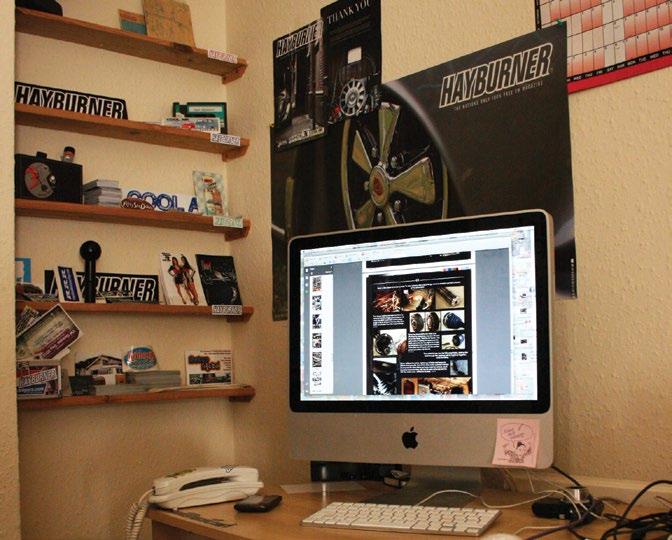
Hayburner HQ. It was a box room with just enough room for a desk, bookshelf and chair. Believe it or not, we even managed to squeeze a screen printing bed into that little room where we hand-printed all our t-shirts … I can still smell the fumes. The dining room was full of t-shirts, the kitchen was filled with piles of subscriptions where we still packed every

one ourselves, and the garage was so full of magazines you couldn’t close the door! We even had to rent a small farm unit inconveniently 45 minutes away just to store the overspill from the house. Reading this back, it sounds like an absolute nightmare, but I have to say I look back on it as one of the happiest times of my life.

56
2013 Lancaster Road, Kettering. Hayburner magazine was in its second year and things were going better than we had ever imagined. I still to this day don’t know how it happened, but we’d ended up with a waiting list for advertising and we were struggling to keep up with the orders coming through our webshop. However, what with me being left in charge of the business on my own and partying as hard as I was working, the paperwork side of things was
not in order. We managed to rent a little unit from our friends at MadMatz and Vic came to work for the magazine full time and I had to give up working for Chez. It was more space than we’d ever had but we didn’t struggle to fill it. I think this was probably the coldest building in the history of the world and when it rained hard at the back it would run down the walls inside. We had various members of staff coming and going and all I can recall was
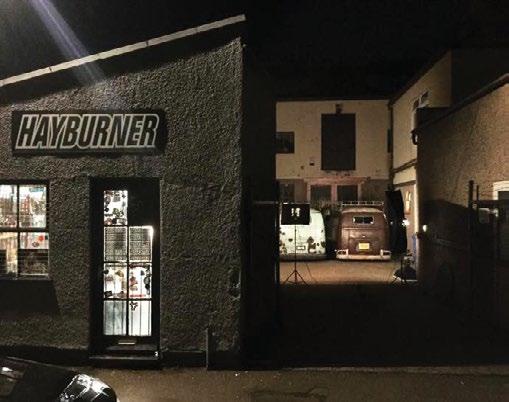


happiness and laughter from inside that building. I did just ask Vic what her memories were from that office and she replied: “It looked like a teenage boy’s bedroom but damp and mouldy inside.” I should mention here that Vic coming into the business full time and sorting out my mess doubled our turnover within a year. Hayburner would almost definitely have failed without her.

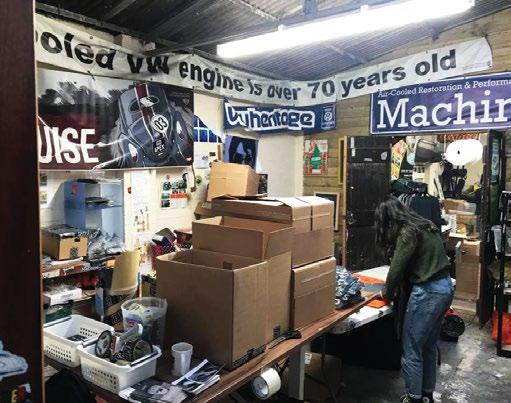

Fact 16 –The Faux household is
VW/Porsche-free zone,
hint
classic car memorabilia or photography. Looking arou nd,
the occupants
interest in cars at all.
a
without a
of
you wouldn’t even know
had any
2015 Alongside our Lancaster Road office we took a lease on a big factory space on Havelock Street in Kettering. We had accumulated nearly 20 vehicles over the years and a few of the better ones required storage. I had to work out how to make the
place pay, so I came up with rent space for other people’s cars –not the best idea, as this turned into constant money chasing and customers squabbling amongst themselves. The area wasn’t the best either, with constant security issues, so we decided to let the
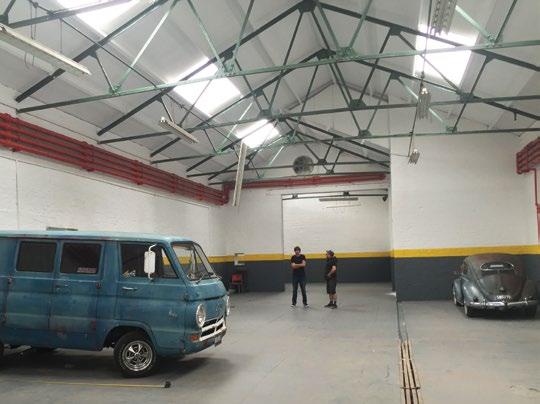

place go after going to get my car and finding the entire road closed. It turned out a man had been stabbed to death in our factory doorway. We made the decision to slim down the collection of project cars and get the business out of town for good.


2018 We made the move to Wellingborough, which is still our current HQ. It’s a humble unit with an office space for four or five staff and three cars and a workshop space downstairs. After being here seven years it’s become a bit of home from home. Let me give you a little tour

58
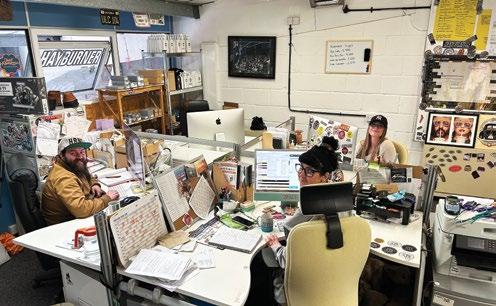


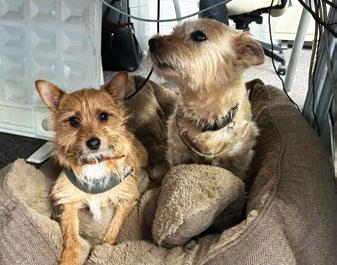

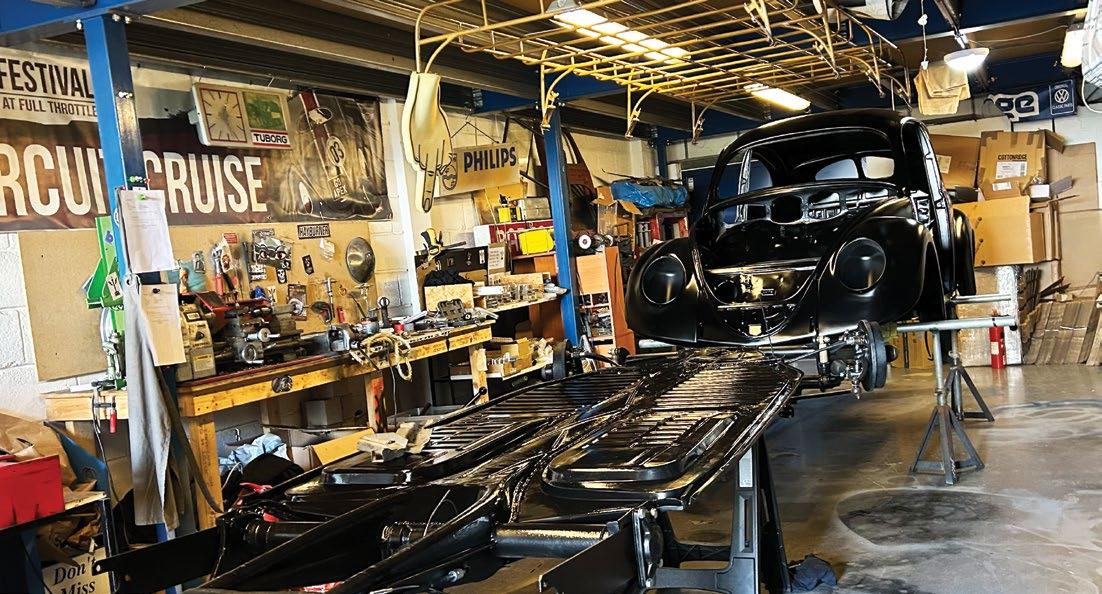

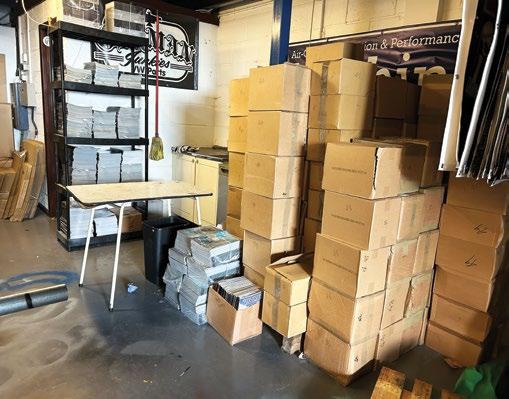
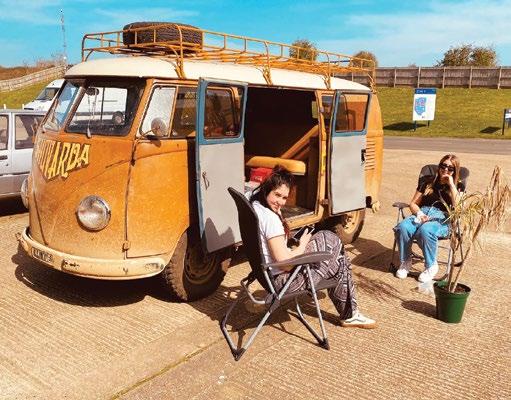
dream
of Vic, Dan and
My Office
The main office, currently seating the
team
Nell
Always a dog underneath a desk.
Fact 17 –
debt.
prison, but sadly
Picking and packing. Waiting area/Parcel dump.
Some years ago we ended up with a crooked accountant who left us with £££££ of
Justice was served and the acco untant ended up in
Hayburner had to pick up the bill.
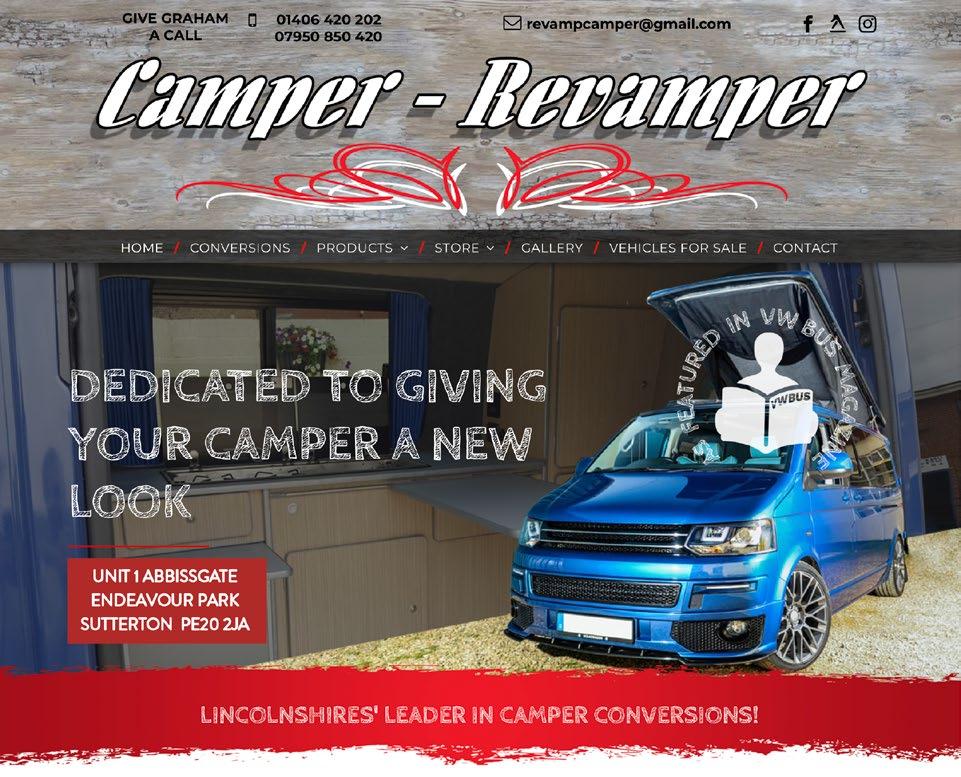
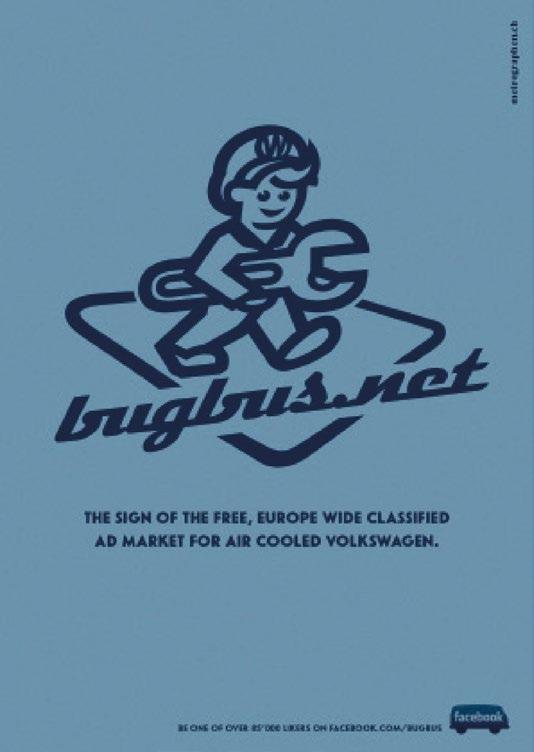
 Fact 18 – Out of everyone who works for the magazine, Vic drives air-cooled VWs the most, daily driving her
’67 Beetle from April to October, rain or shine.
Fact 18 – Out of everyone who works for the magazine, Vic drives air-cooled VWs the most, daily driving her
’67 Beetle from April to October, rain or shine.
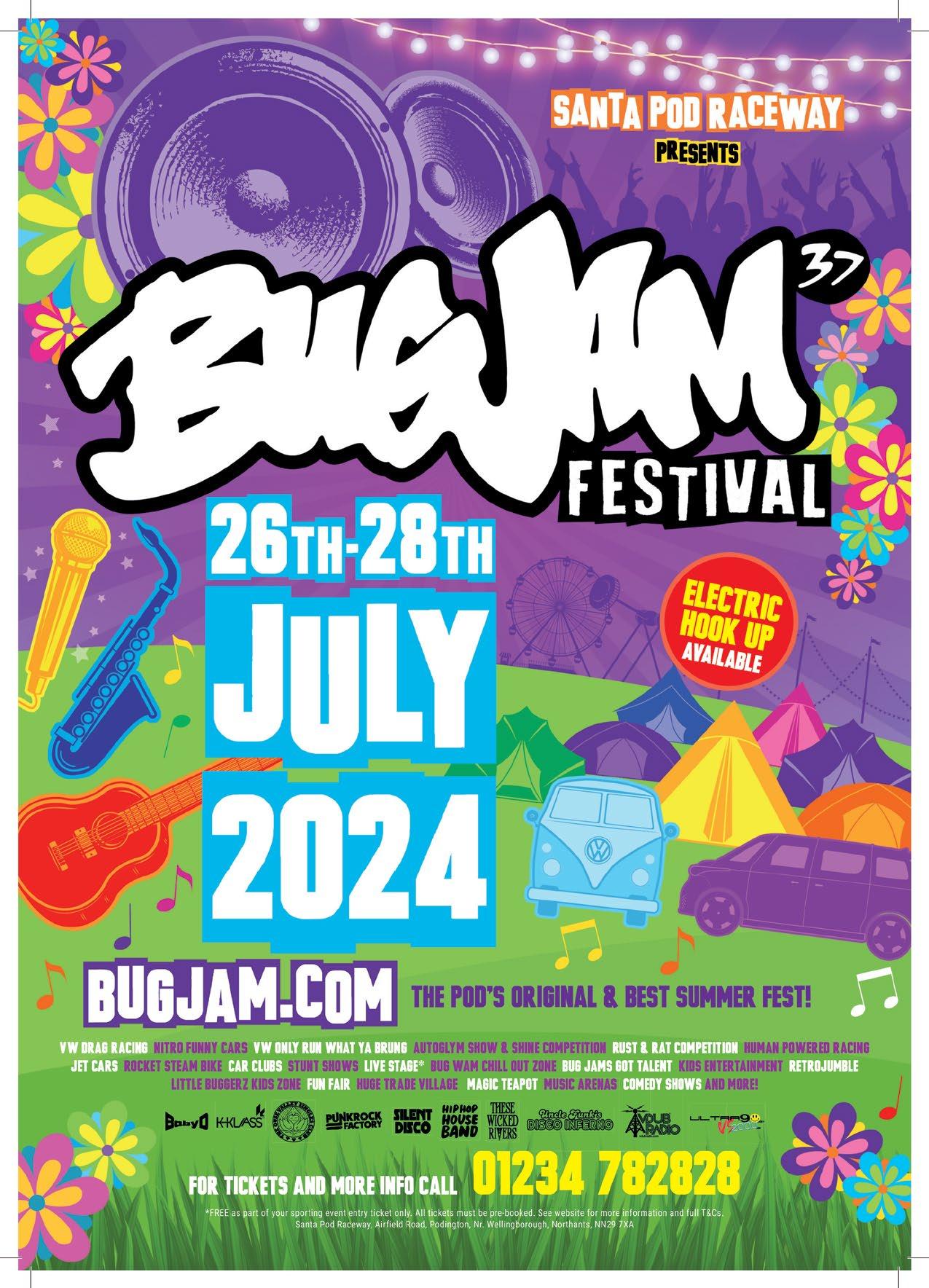


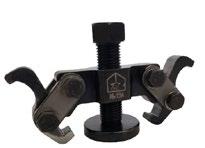
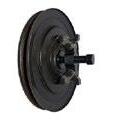





Fact 19 – We know of at least four people who have Hayburner tattoos.
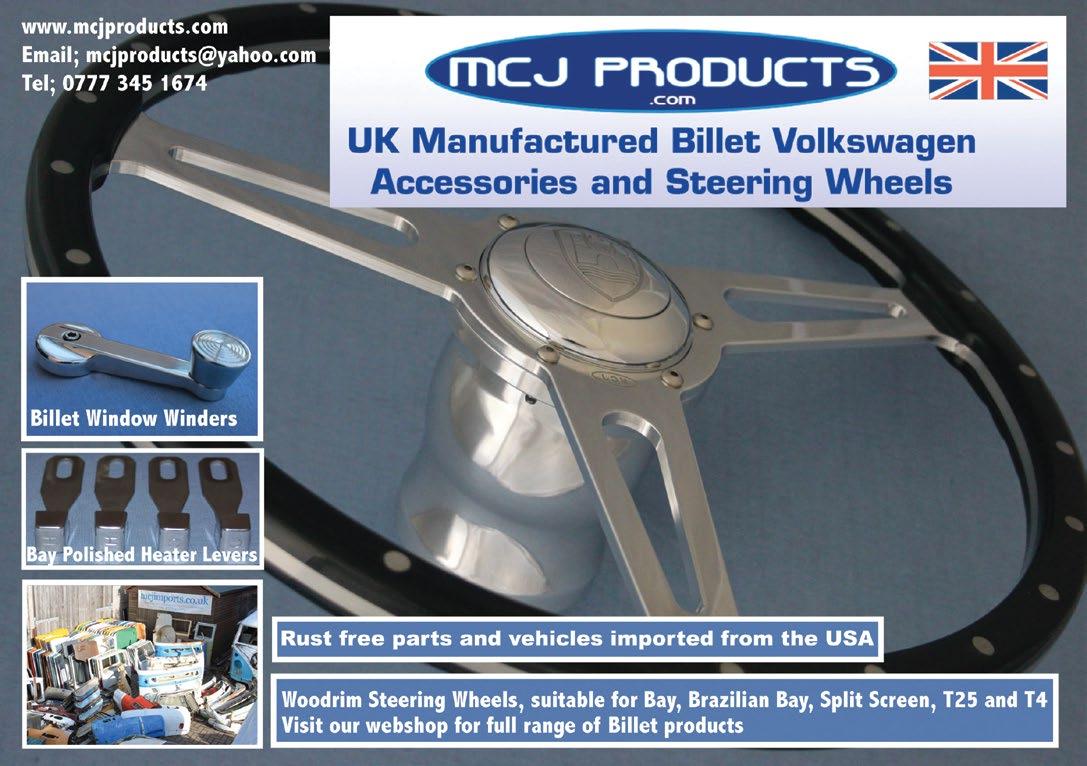
Email for more info on products and shippingFritzcustomProducts@outlook.com 6306 Axle Bearing
based in the USA!
Puller
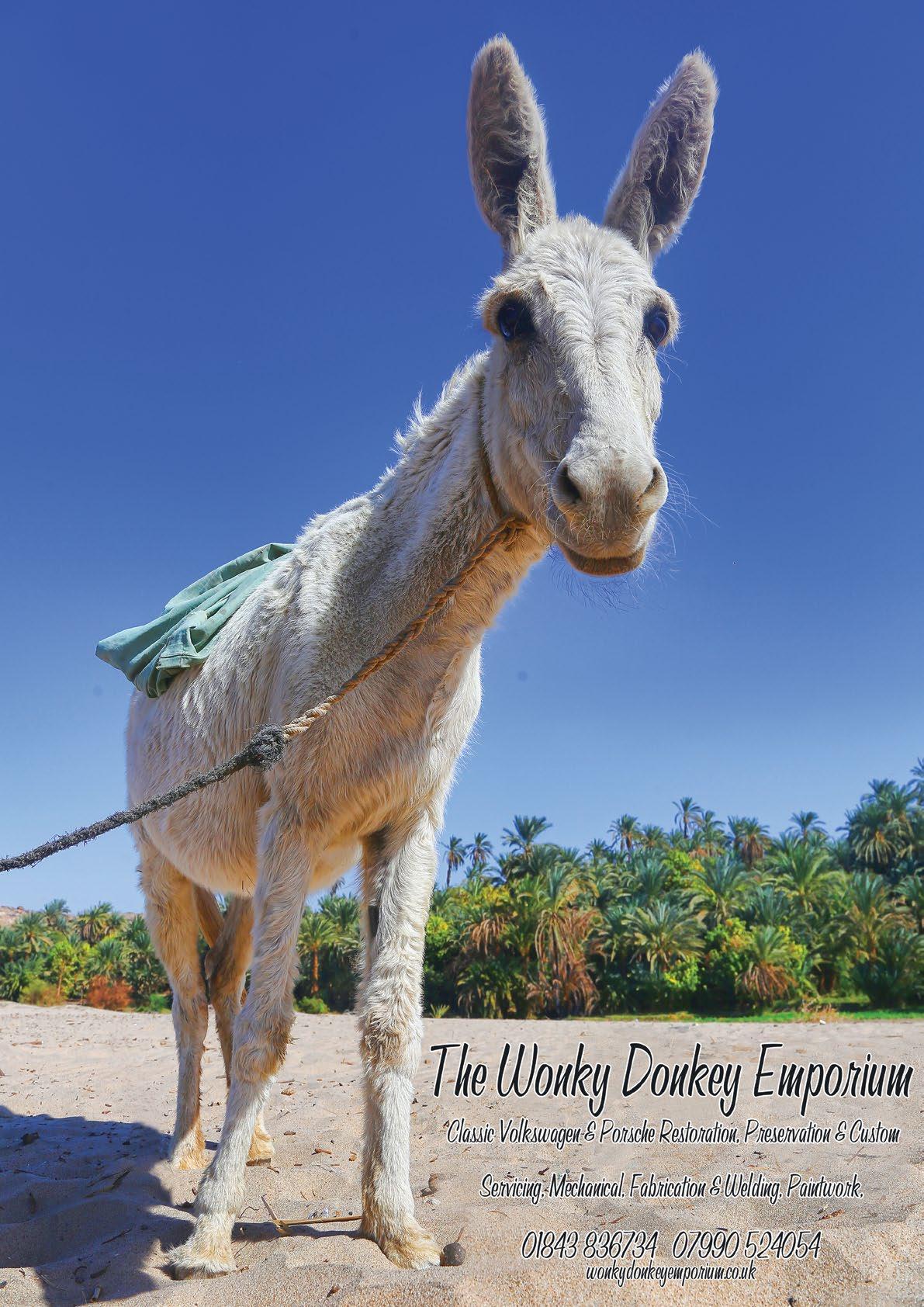
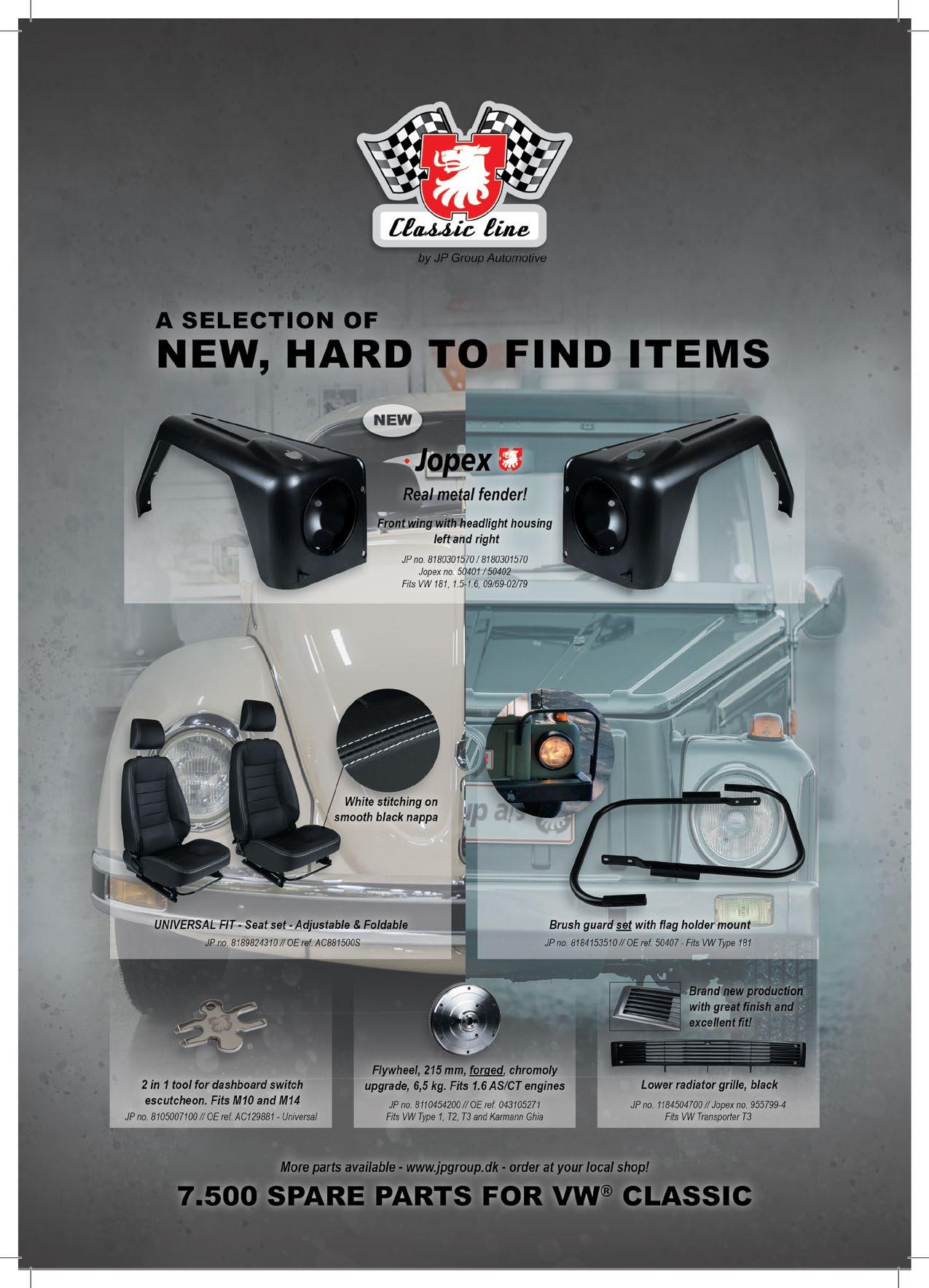

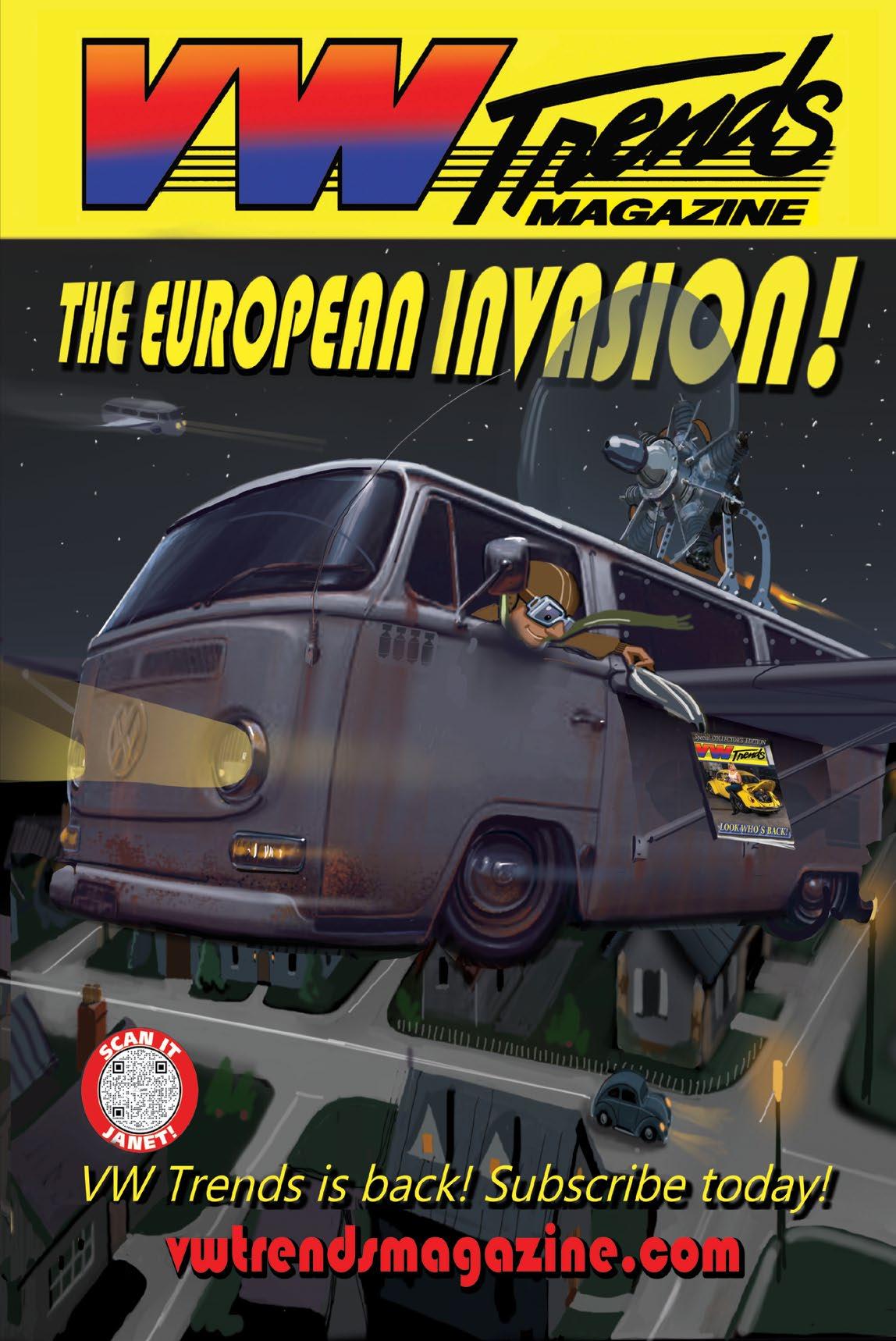
Fact 20 –Issue 2 of Hayburner Magazine was for some unknown re ason classed as the “rare” issue. We still have no idea why, as we had the exact same amount printed as every other issue, but at one point we witnes sed copies of Issue 2 selling on eBay for £50!
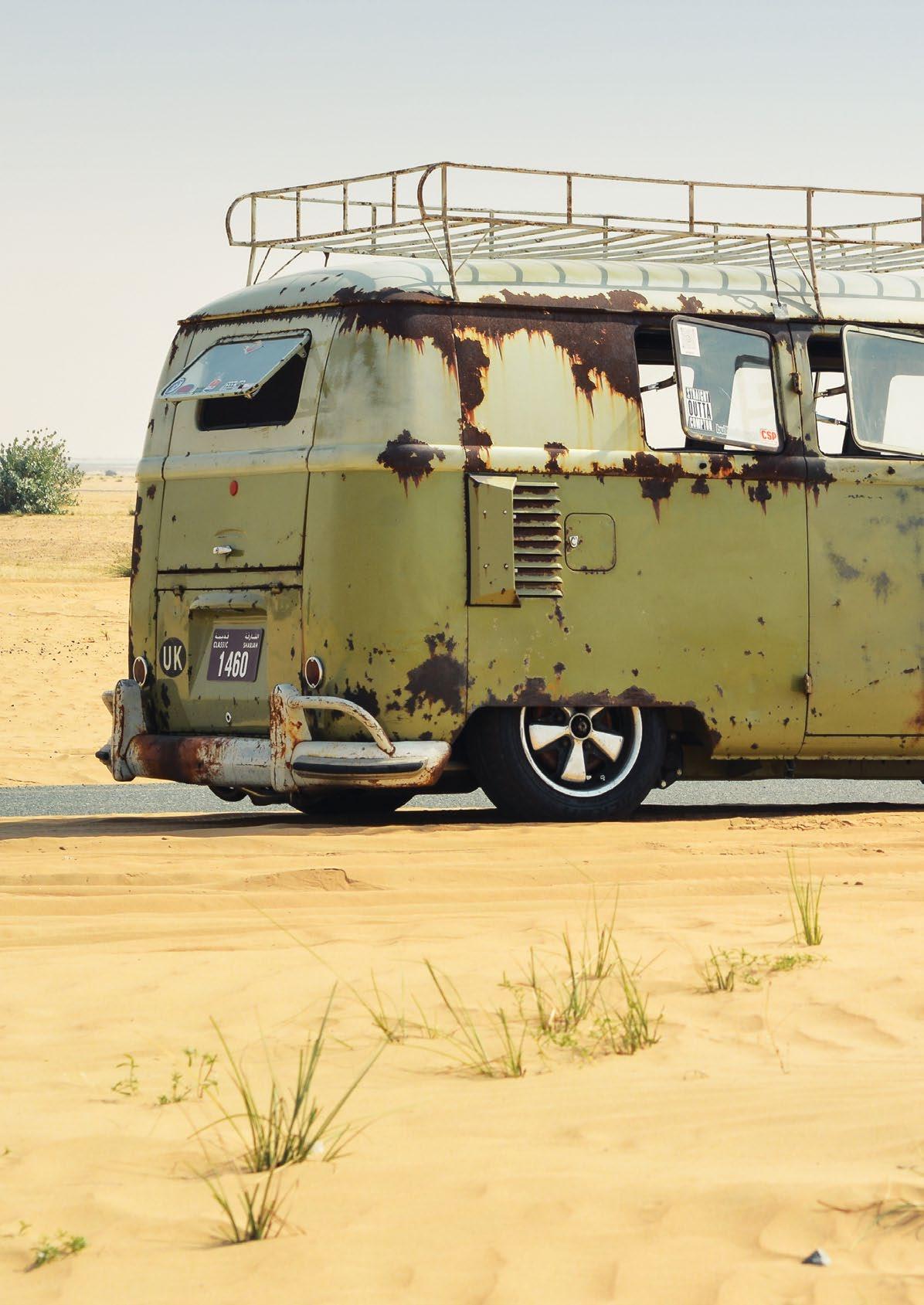
A SHIP OF THE DESERT
76
PHOTOS BY STEVE PARSONS WORDS BY JAMES PEENE
From Germany to Dubai via California and, er, Solihull, Leon Hughes’s patina’d ’59 has been on one amazing journey. And it’s not over yet …
What’s the first thing that pops into your head when you think of Dubai? Most likely pristine skyscrapers, scorching deserts, and Tik-Toks of a mega-rich populace hooning around in air-conditioned hypercars. Certainly not heavy patina VWs like this OG paint ’59 Mango Split. It’s without doubt a machine that would stand out in a crowd of McLarens, Bugattis and Ferraris, but then to be perfectly honest, even without the luxury of air-con, chilled steering
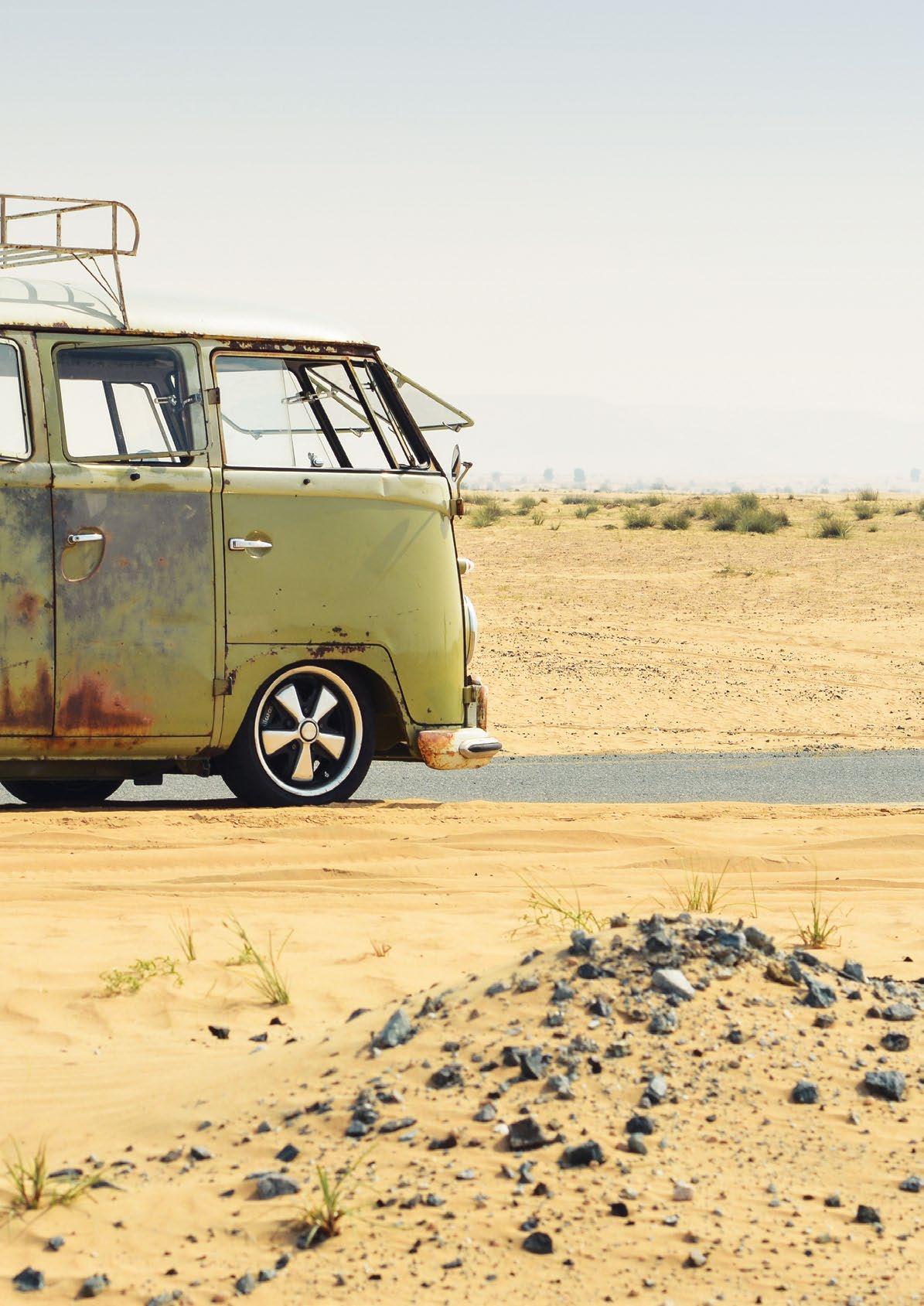
wheels and seats, we can think of few countries better suited to popping the safaris open and heading out to the beach or, in this case, desert to enjoy some sun.
But that’s just how it is for former Solihull, now Dubai, resident Leon Hughes, and why the story of his Type2 that started life in Germany, got shipped to the US and then to the UK before ending up in the UAE is a long and winding road.
Leon is the Design Director at Travy Works – a vehicle repair and restoration shop in Dubai –and his previous cars include a ’59 Beryl Green Beetle and a ’67 Samba. He says: “I’ve been working on cars for the thick end of 36 years, on many brands and many types, both new and historic. The Bus was bought blind over the internet in 2021 from a guy in the VW scene in Pomona, California. I found it whilst scrolling through thesamba.com when I was bored one evening.

“It was mostly complete with all its tags and a title, and the original, but seized engine. It was taken to Compton Warehouse before being pushed onto a container in Long Beach and three months later it arrived in Portsmouth.
“That’s when the spending began and I started sourcing all the best parts I could find and a huge pile grew in my shop. I set about deciding what I wanted, what I wanted it to do and how I wanted it to look.

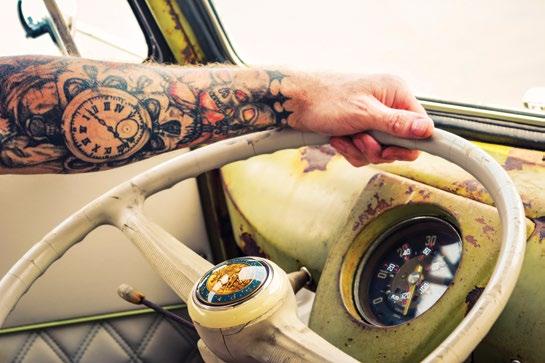
“There were a couple of Buses that I drew inspiration from and, in all honesty, it was actually built and finished in my head so that bit was easy. I just needed to make the time to make it happen.”
And it did need time and a lot of work. Leon says: “The aim was to create a stance as low as possible without going down the air-ride route, but I think that everything that could go wrong in fact did. Even with 37 years’ experience
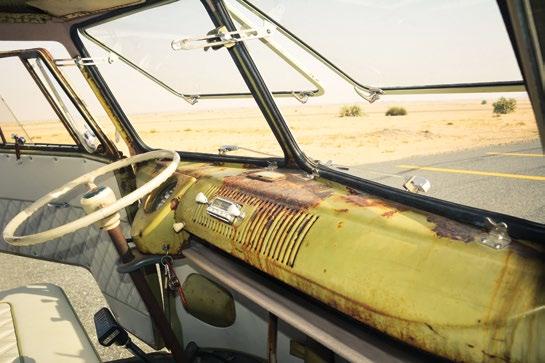
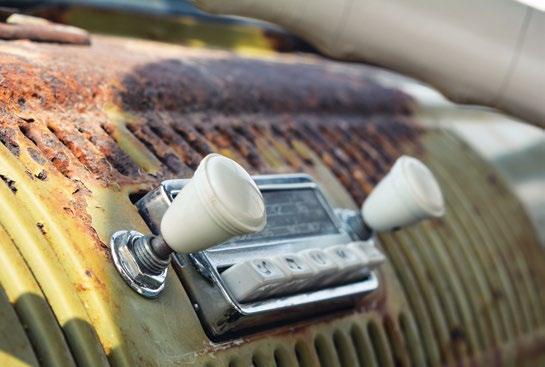
78
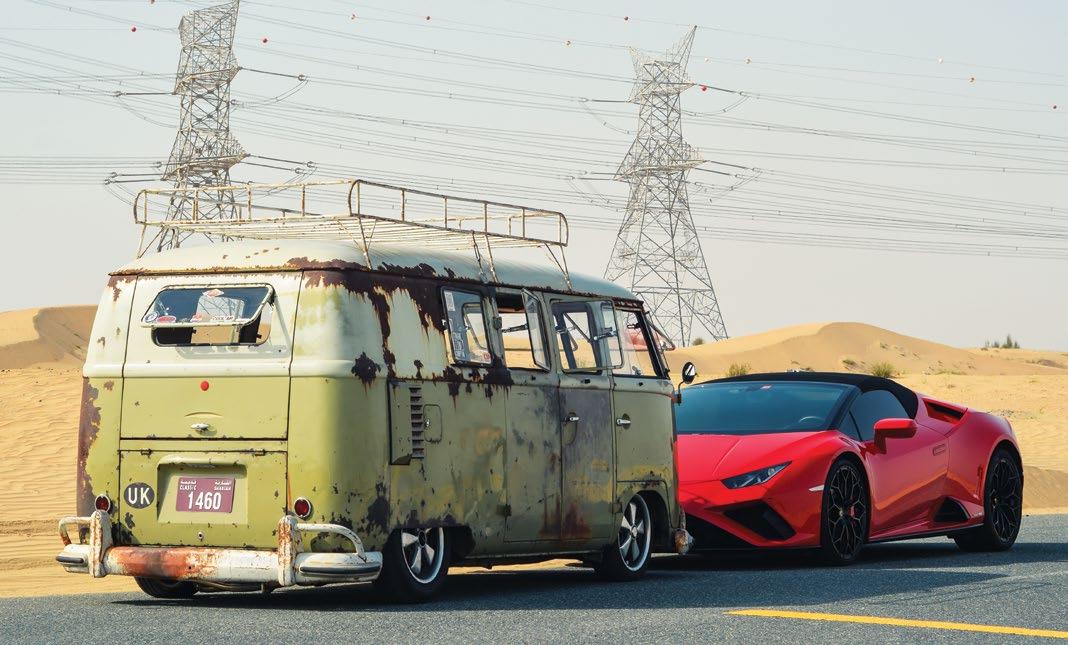
rebuilding vehicles.
“The majority of the front chassis was missing, from the tool chest all the way forward, so this was replaced but with the addition of a steering box raise kit from (shameless plug) Hayburner.
“All the cross members, I-beams, top hats, outriggers and jacking points were replaced with Autocraft engineering
and Klassicfab metal where available.
“At the back the gearbox cradle was either twisted, missing or both, so I went for a full Creative Engineering IRS setup. I modified the frame horns myself and cut, re-notched and strengthened them to achieve the stance I wanted and to allow plenty of free travel.
“Rich Homewood from N2 Engineering built the gearbox.

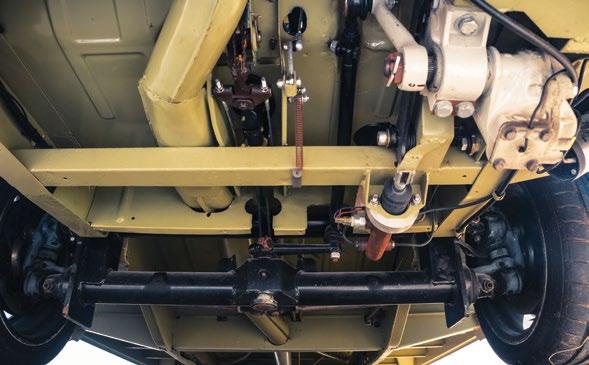
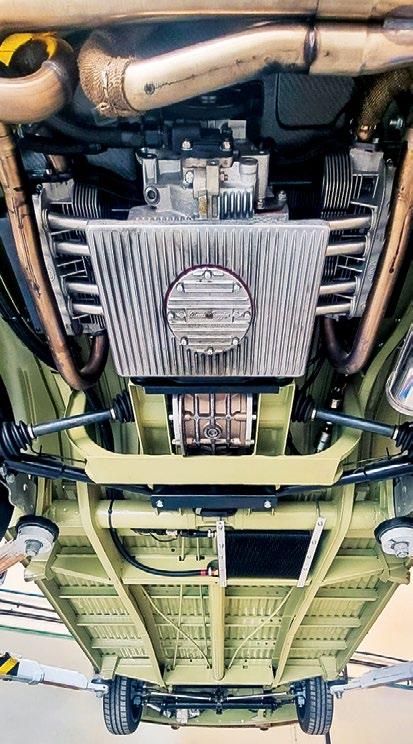
Over the years, people have mentioned magazine rivalr y. The reality is that Shin (Hot VW’s), Neils (Airmighty), Ivan /James (Volksworld) and Dan (VW Trends) have all contributed to Hayburner in some way over the years. These magazines/people were all around well before Hayburner but have acted respectfully to us, creating long-lasting professional working relationships.
Fact
22 –
It’s a Freeway Flyer with welded third and fourth gears, a Quafe limited slip diff and beefed-up clutch mechanicals. The casing has been painted in Lamborghini Bronze with exposed ribs and has been matte clear coated.
“Paul at T2D supplied the custom rear hubs and drums to marry to the 5x130 wheels, and the front end is running a Creative Engineering Weedeater 3.75-inch narrowed beam with flipped Transporterhaus dropped spindles.
“Fellows Speedshop built up the
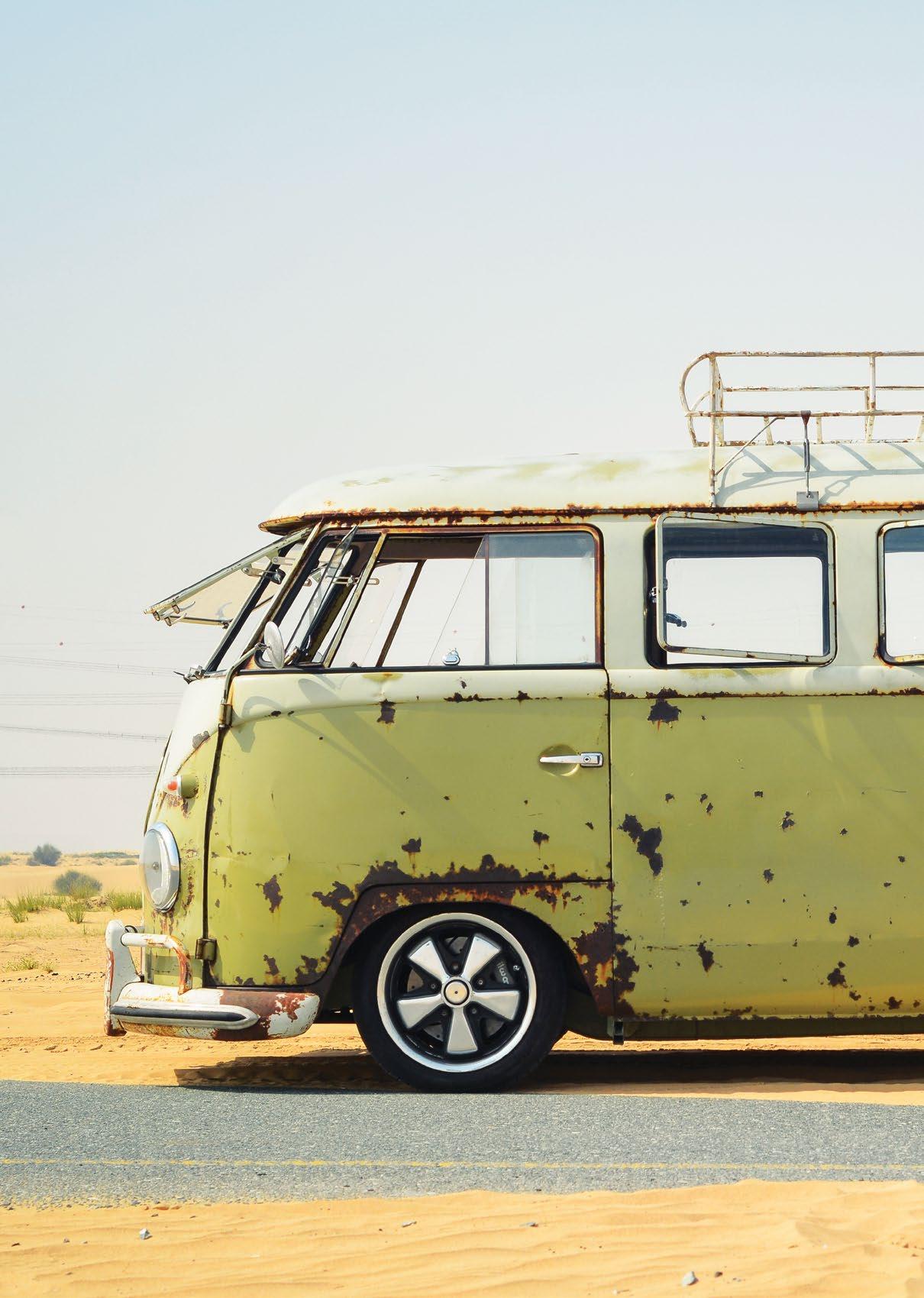
front beam and also supplied one of their vented and drilled disc brake conversions with Wilwood four-pot calipers and an ATE dual circuit cylinder, because when you have a whole lot of go you need a whole load of whoa.”
The “go” is courtesy of a 2276cc unit. Leon says: “Well, it’s a fast street motor, I guess, with an AS41 case, new barrels and pistons with total seal rings bolted to Empi GTV2 big valve heads, Engle FK Cam, twin 44 Webers and a CSP Porsche fan setup with some shiny carbon thrown
round it. Inside it has CB H Con rods, alloy pushrods and CB Performance rockers with a balanced and lightened crank. It also has a CB Flywheel and Mallory billet dizzy, which I’m planning to junk and to fit a 123 setup instead.
“It’s also running CSP black billet air cleaners holding K&N filters and CB billet rocker covers, CSP billet air breather box, hard fuel lines and black steel braids coupled to a remote oil filter. Oh, and a CSP Python exhaust, but I had to have a custom stainless silencer made here in Dubai as the original one hung too low and caught
80
on the floor.
“I also fitted a remote oil cooler with a switchable fan that I had to custom make a custom mounting for, so it was high enough.
“I reckon it’s got about 150-ish horse power but this isn’t really of interest to me. As long as I can overtake crap Dubai drivers and get up a hill, I’m a happy bunny. Fourth gear is long so the revs stay surprisingly low.”
Getting it to run right wasn’t plain sailing. Leon says: “I always wanted

to stay authentic and I could have gone for a Subaru conversion for a third of the money. It’s like anything you modify: the more you change the more unreliable it becomes. It’s a feature not a flaw. It hates slow traffic, but then again so do I.
“My mate Steve (who took these photos) and I decided it was time to open it up after the photoshoot, and we got over 100mph without really breaking a sweat.”
Talking of Steve, Mr Parsons A.K.A. The Patina Blender also had a hand
in the ’59’s bodywork. Leon reveals: “Besides the main chassis, it had the cab and cargo floor repaired, all the rear parcel shelf and the bottom of the bulkhead. All the usual stuff, really. I figured that if I was going be in that deep, I may as well kick the door in and do it properly.
“Thankfully the Bus was unmolested and never welded when I got it. It was almost complete and basically rotten all the way round for about eight inches. But the lack of filler meant I had a solid Bus and not one ounce of filler went into it. Any joins were Tig


welded and lead loaded and primed in body colour with some carefully matched cellulose puffed back in.
“Lloyd at Deluxe Metalwork fabricated some custom front tubs that incorporate the original VW pattern.
“I’m a panel beater and painter by trade and whilst people said I was crazy, I just knew how I wanted it to look. I didn’t want a painted Bus. I wanted something different. Anyway, it has been painted, by Mother Nature and the grace of God for 65 years.
“I painstakingly paint matched the


Mango Green and Seagull Paint to create an aged washed-out finish and Steve created the final look on the metal that just couldn’t be saved. He did something even I couldn’t achieve and humoured me for over a week of days and late nights trying to get it finished, and he managed it literally the night before it was pushed into a container and shipped to Dubai. I just plied him with tea as he pulled the rabbit out of the hat. He says he wings it, but I think he’s a genius.
“The interior is pretty minimalistic. Less is more and it would be too hot to camp in it out here anyway, so I
went for a day/driver interior.
“Everything was custom built by Stu and VHS Trimming. I have to admit they’re not my choice of colours, but then Stu made an amazing job of it.
“In the front, there’s a custom height front bench seat made by me but filled and trimmed by Stu in pleather. He also did the kick panels, door cards, inner rear cards, rear bench and drinks tray. That he got all the piping to match all the way round along with the diamond quilting is a nice touch. The uppers are wool along with the under-dash tray, but there’s
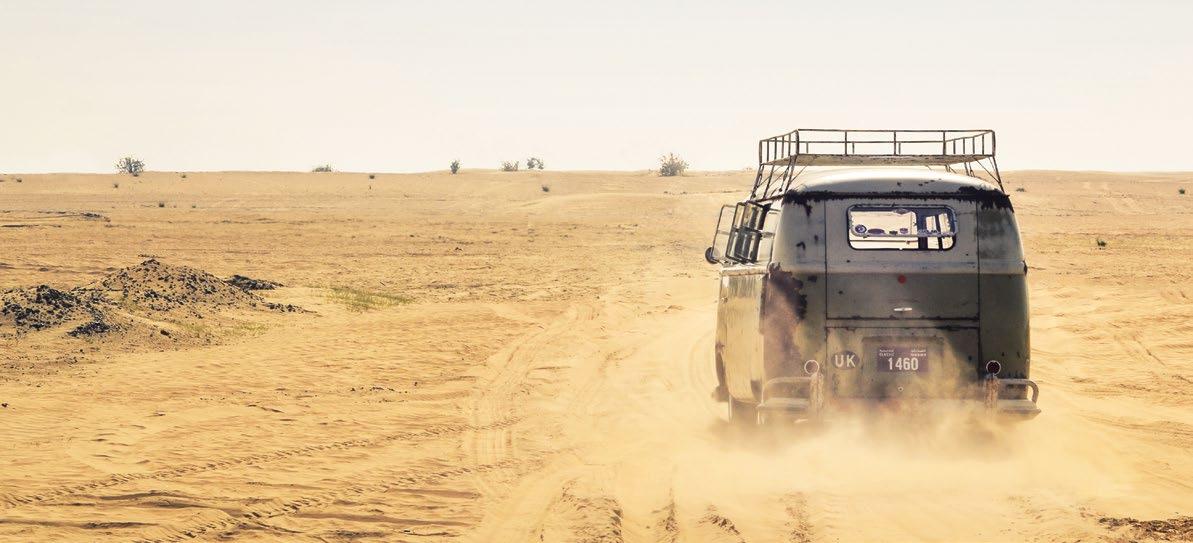
82
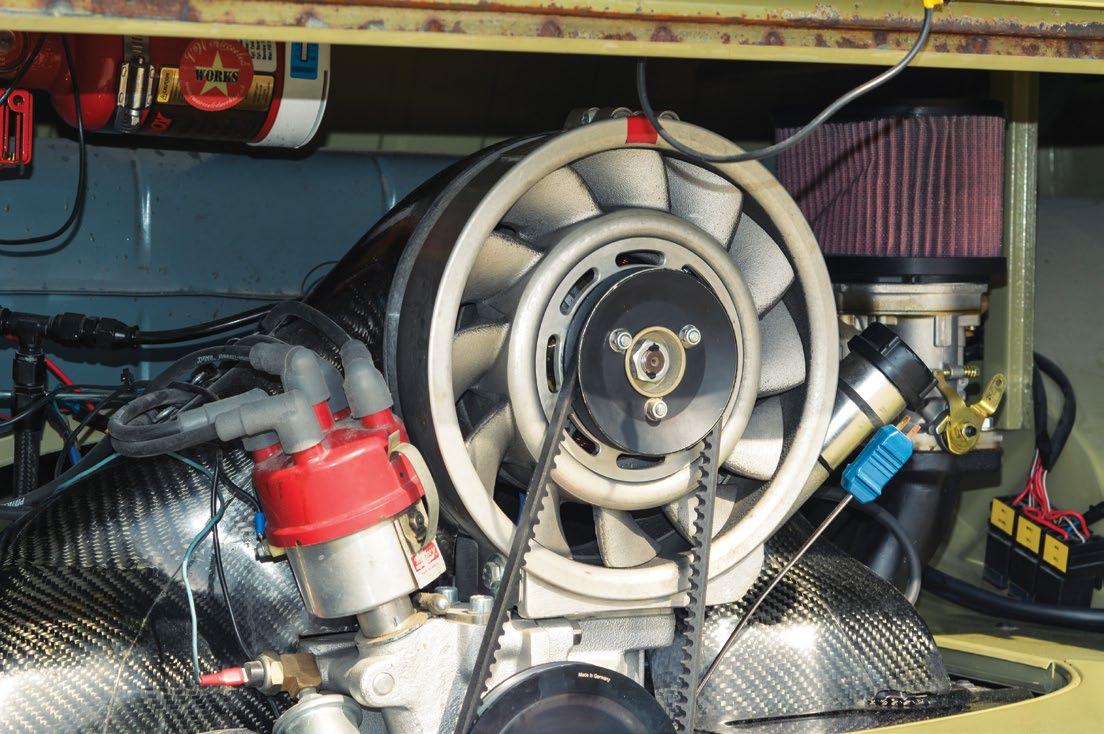
no headlining, just a rusty tin top.
“There are also a couple of raffia mats from Ikea in the back and a coffee sack in the cab from Rugs for Bugs.”
The cogs are stirred by a custom Gene Berg shifter and there’s a Smiths clock and temperature and
oil pressure gauges mounted in the overhead air box, plus a Smiths 52mm tacho mounted on the column.
“The Bus, like all my other builds, was built to a desire and never a budget. It was my intention to build my own and I could have easily bought some other running Bus fudged many times
over by various so-called restoration bodyshops, but that just wasn’t for me. If I did it, I knew it was right, filler free and exactly how I wanted it, whether people like it or not. My dime, my choice.”

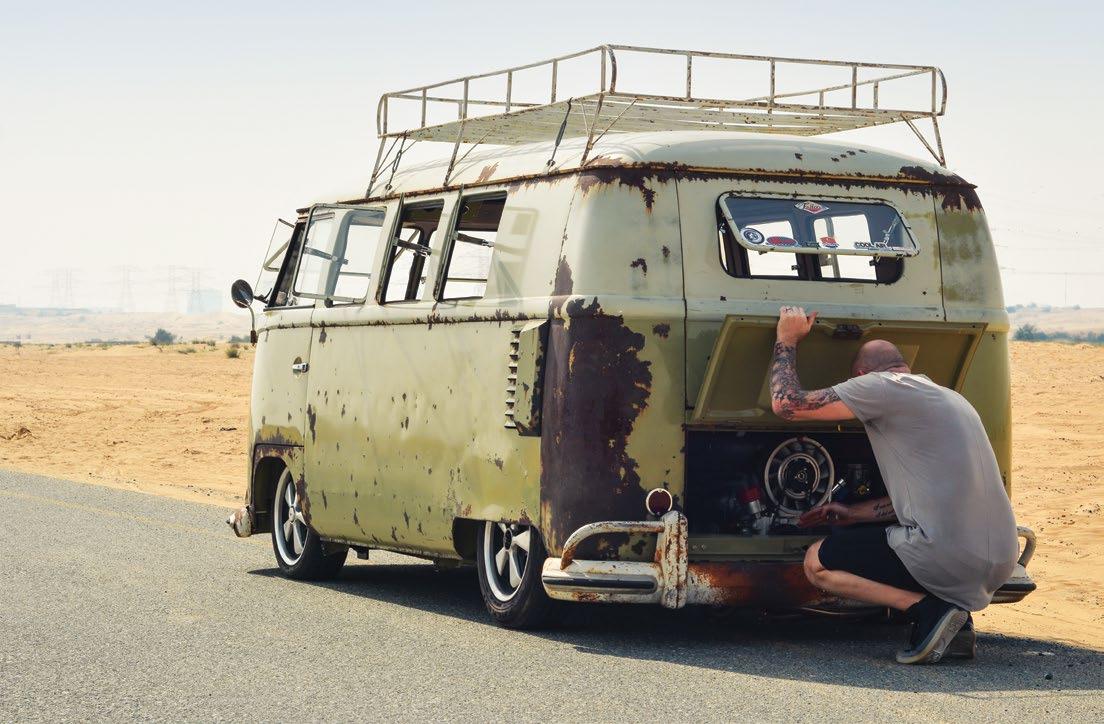
Fact 23 –Although
rat-look
shiny/restored/custom cars
we can never shake off the “Hayburner only fe atures
cars” stigma, you might be surprised to know th at the
we have featured outnumber patina cars two to one.
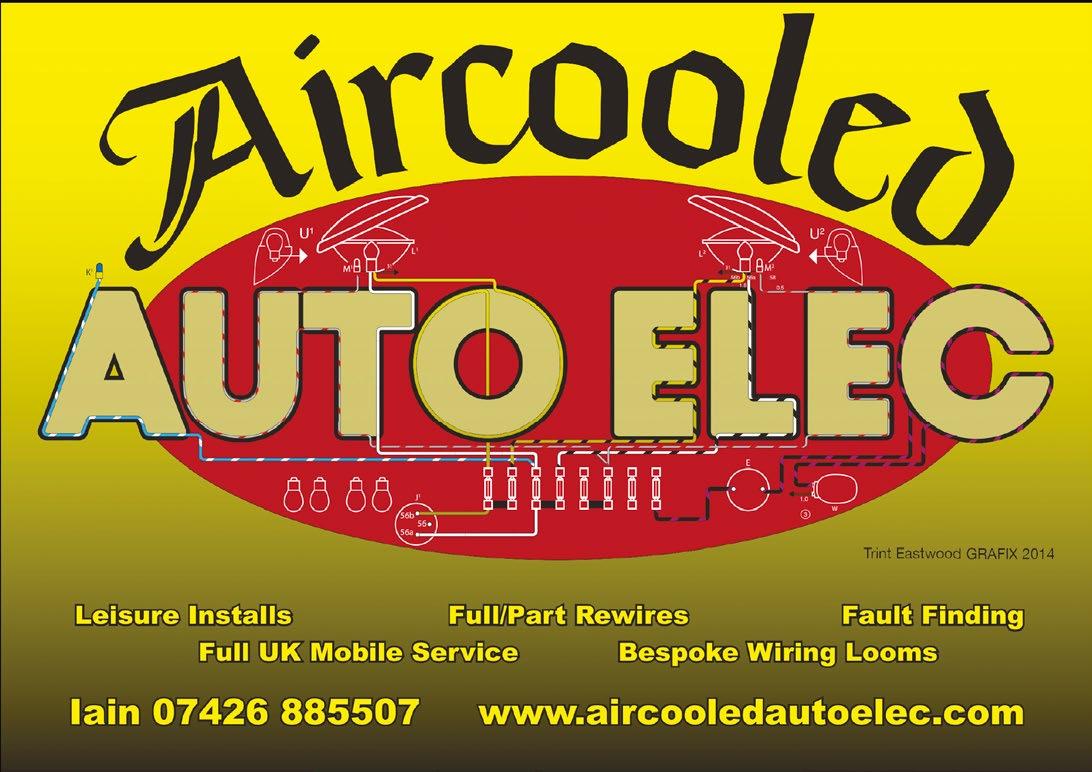
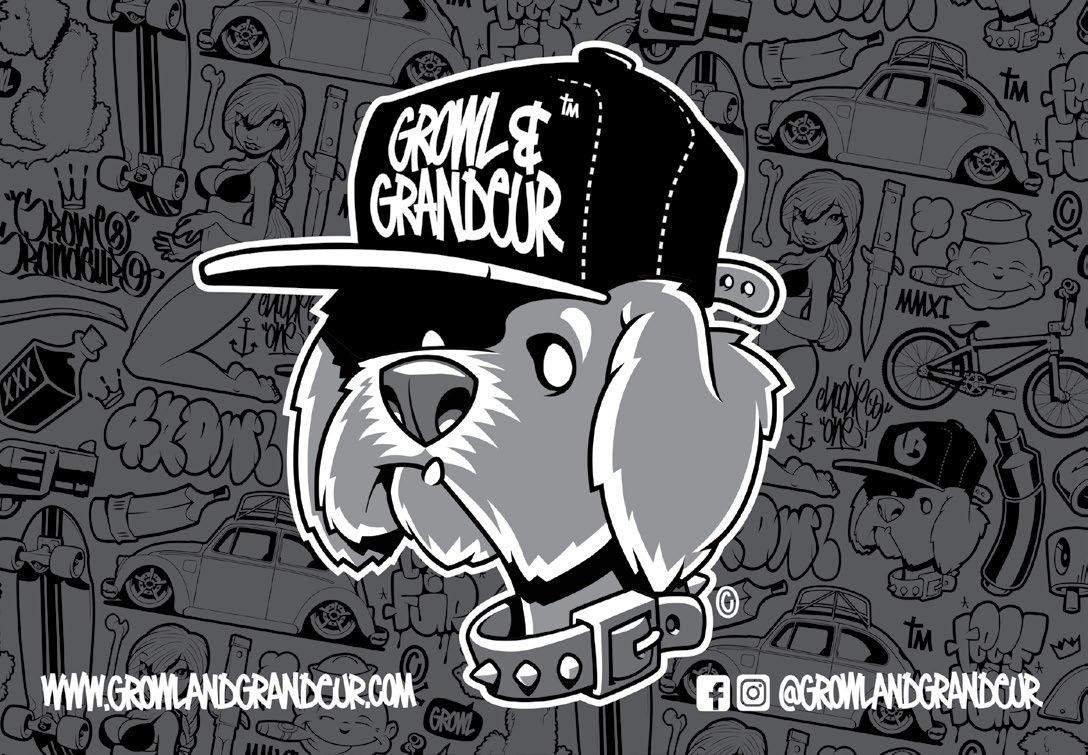 Fact 21 – The piece of plywood we splattered with paint for the cover of Issue 22 sold in a charity auction for over £600!
Fact 21 – The piece of plywood we splattered with paint for the cover of Issue 22 sold in a charity auction for over £600!
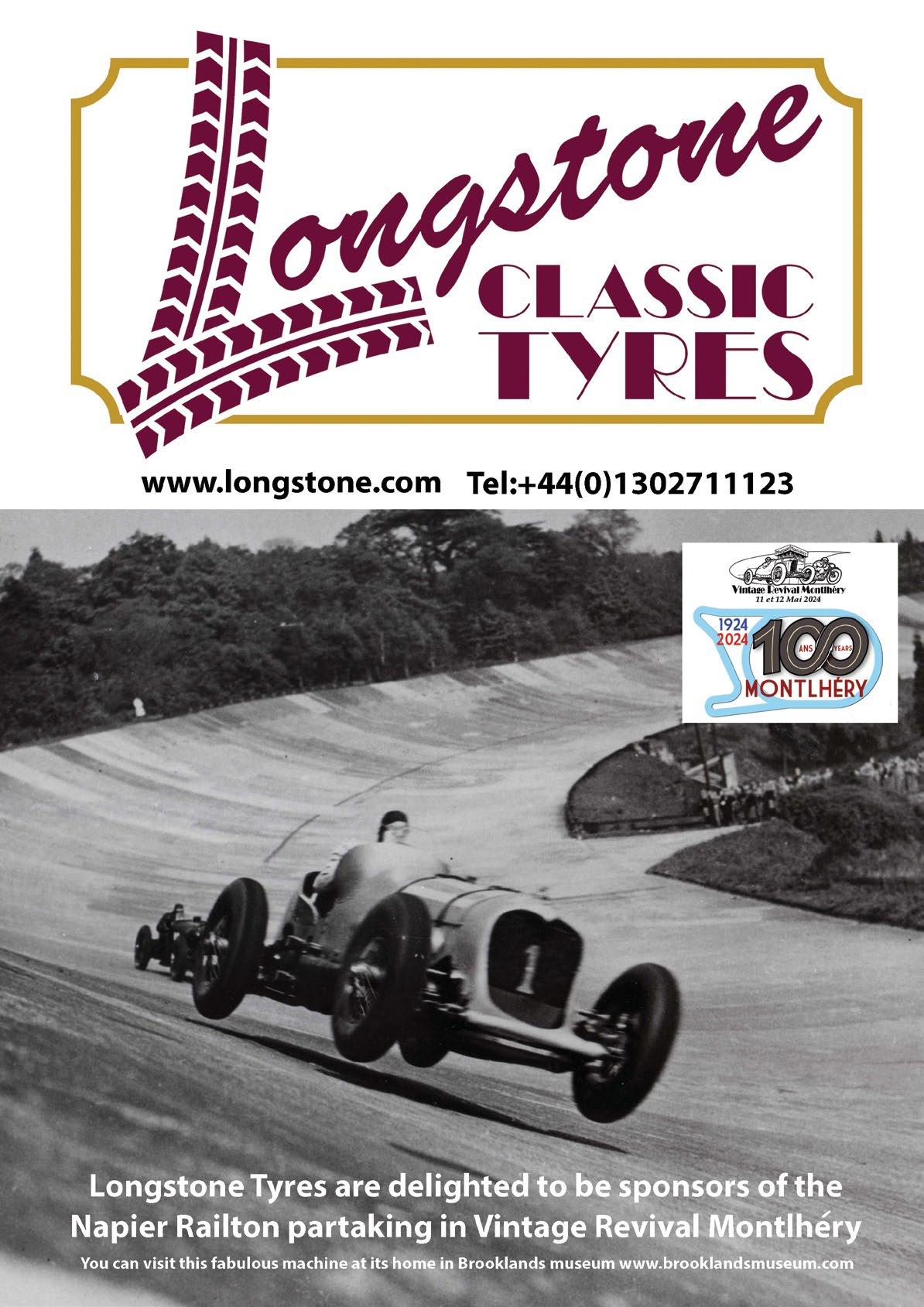



Fact 24 – In the early days of the magazine we would do what we referred to as “guerrilla trading”. This is where we would drive into shows such as BugJam where we couldn’t afford a trade stand, open up the van with our stock on display, and attempt to sell as many T-shirts, hats and stickers as possible before getting shut down by event staff.


90

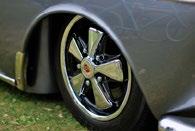
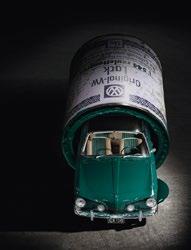

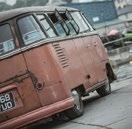








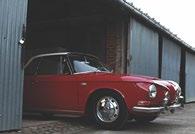


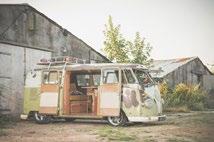


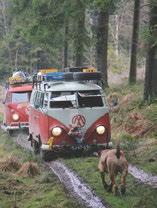
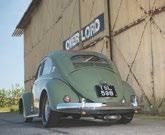
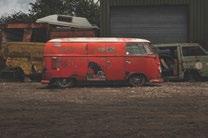
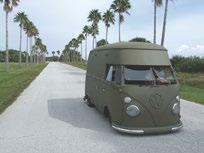
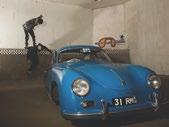
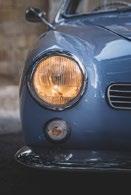


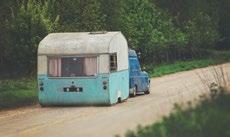


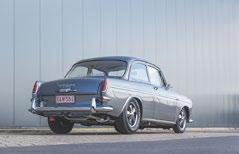
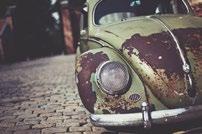

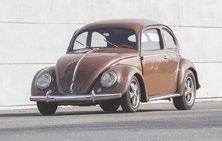
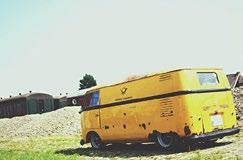


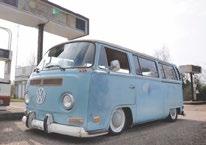


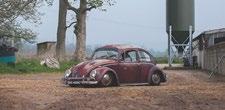
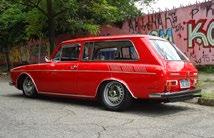
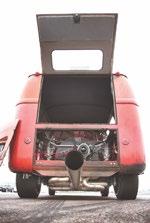
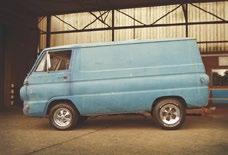
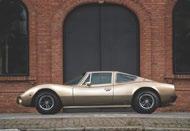
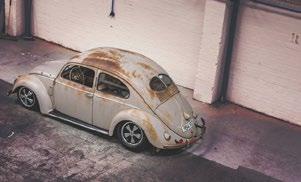

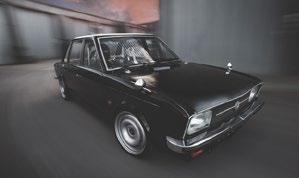

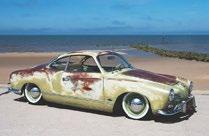


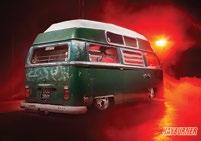


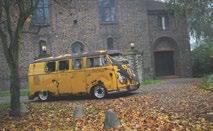

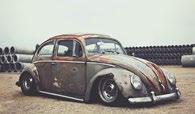
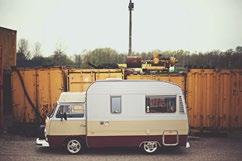
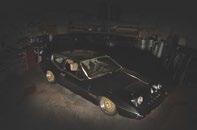
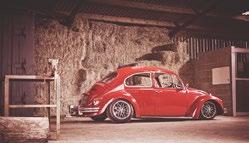
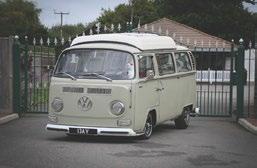


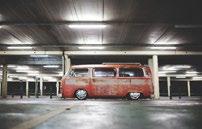

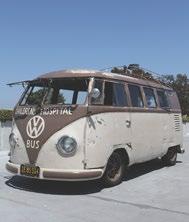




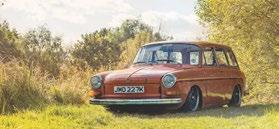

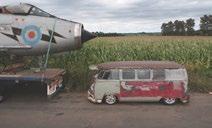


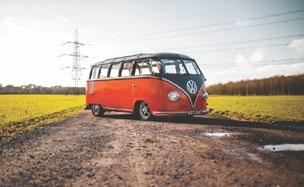
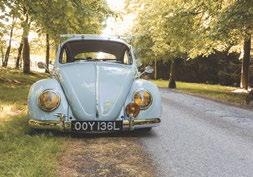
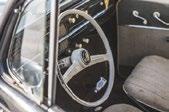
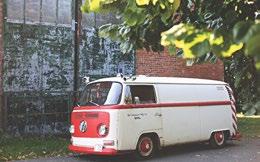
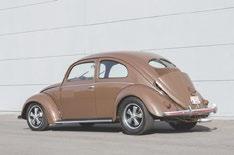

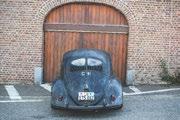
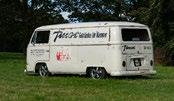
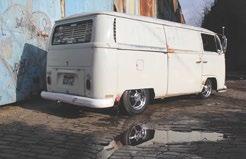

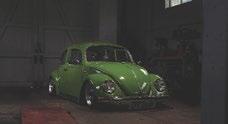
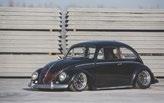






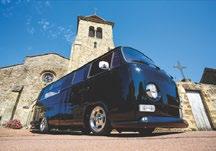

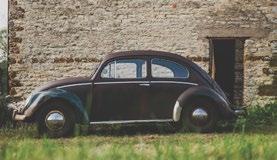





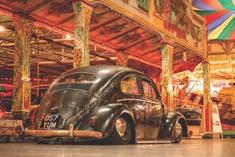



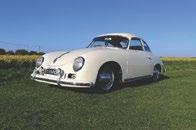
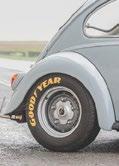





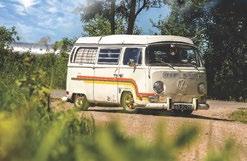

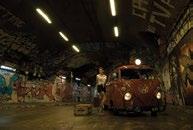







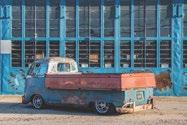
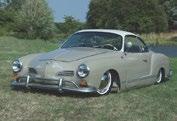






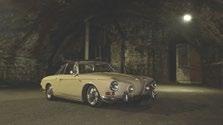
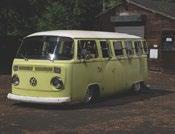
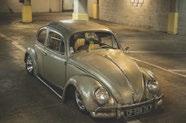
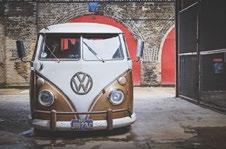
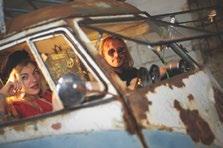


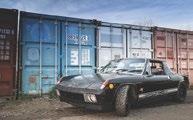
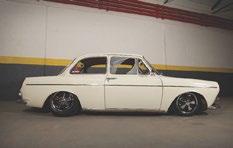
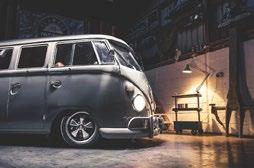

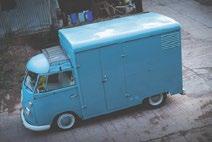
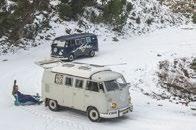
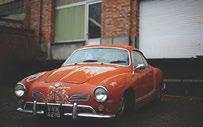
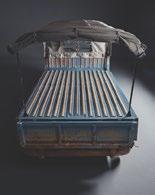
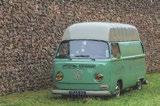
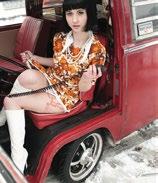

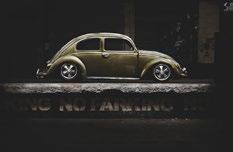
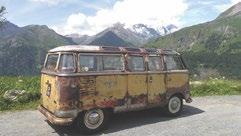
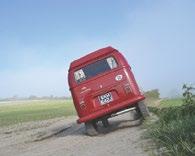
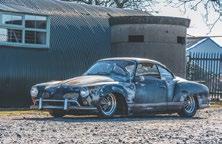
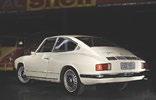
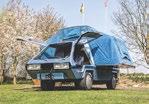

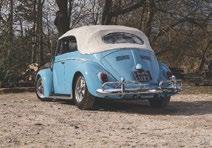
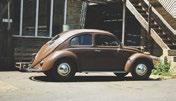
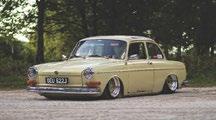


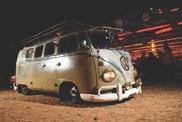

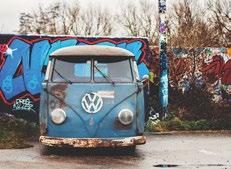
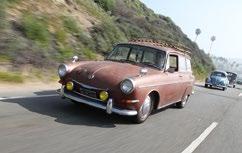



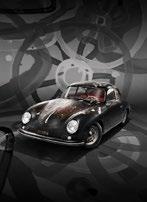
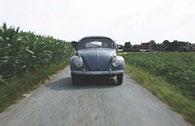
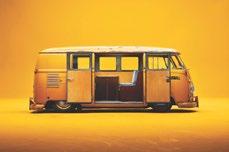





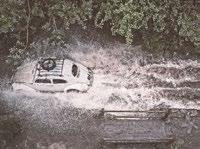
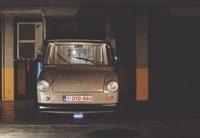


Hayburner Magazine now has over 200,000 organic socia l media followers. One reel on our Instagram account was viewed over 2.3 million times. The weekend it went “viral”, we had no change to the traffic on our w ebshop. We see this as testament to what a load of bullshit “li kes and views” really are.
Fact 26 –



–We have featured more of Ben Laughton’s vehicles than anyone else’s since the beginning of the magazine. We have bee n accused of favouritism as he’s a close personal friend, but the real reason is that he ju st builds so many great cars.
Fact 29


Fact 25 – In the first couple of years of trading, Hayburner stickers were free as well as the magazines. Unfortunately, someone helped themselves to the entire pile of stickers more than once to sell on eBay, and ruined that for everyone.
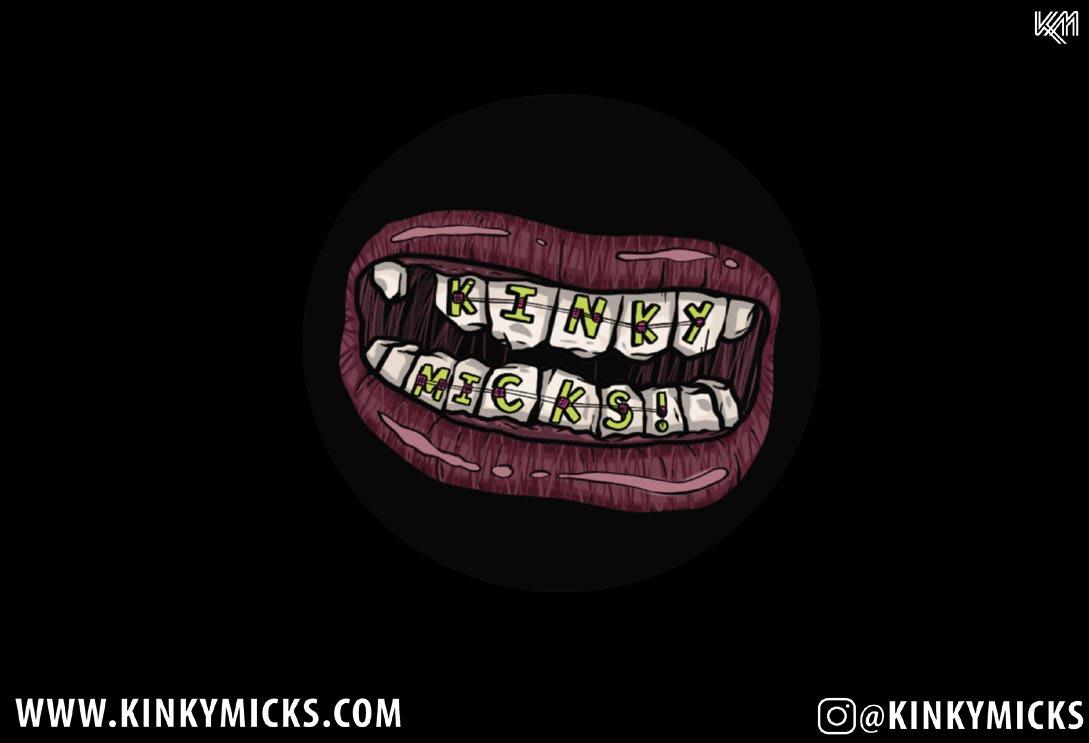

CAL LOOK EXPLAINED
WORDS BY DAN MORRISSEY
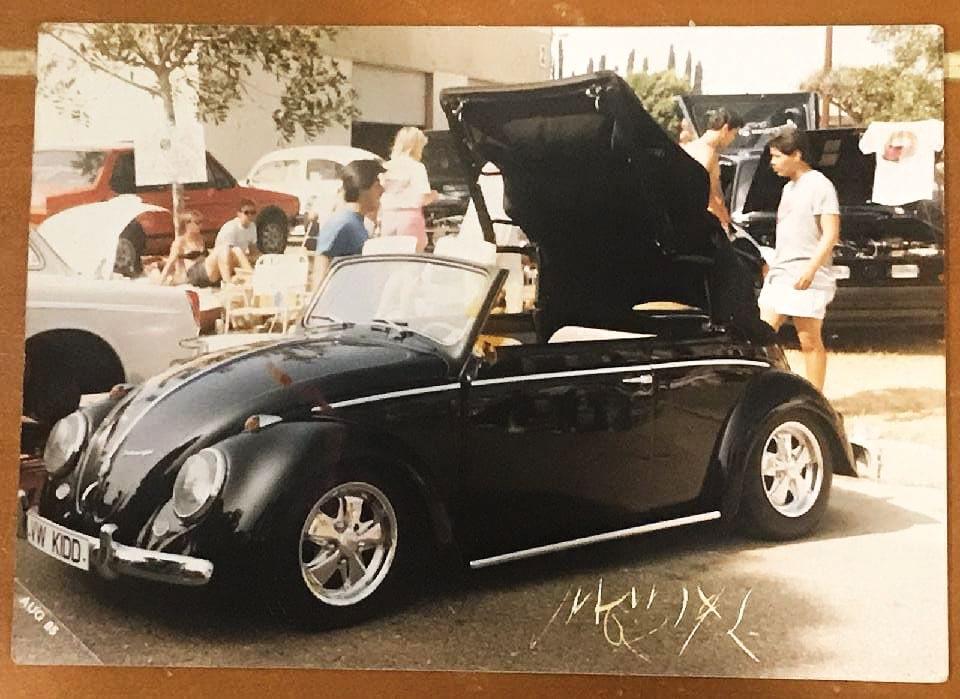
Here we go. An article that I’ve wanted to write for a while now but really wanted to do justice to. It required a lot of research to get right and is a topic that the lovers of this particular style are very passionate about and I wanted to make sure I did it right for those guys. There was a lot to unpack here and a lot of conflicting sources, so here goes. What is Cal Look?
Most people who have been on the scene for a while will have heard the term “Cal Look”. You’ll have seen Cal Look cars, and you might even have been inspired by them or made your own. But what makes a Cal Look car? No trim, T-bars, a bit of rake and some BRMs, right? Wrong.
To understand why that’s wrong, we need to take a deeper dive into the origins of the term Cal Look. As you might have guessed already, the “Cal” part stands for California – Southern California, to be precise. In the 1970s VWs became increasingly popular amongst the younger crowd in California. They were cheap to buy and to run, and were less popular than domestic cars which made them easier to come by. Naturally these cars started finding their way into the hands of young people. However, these people still wanted to modify their cars. They were still part of the car culture but with a different type of car, and a budding VW car culture began to grow. Specifically, there were two similar but subtly different takes in two different areas of SoCal. In LA there was a lot of lowrider influence
– lowering cars all round, polishing the chrome work and adding more bling in the way of period accessories. White wall tyres made their way over from the lowrider and hotrod scenes to the VWs, as well as Porsche factory wheels like the Fuchs, but again, polished.
These guys grew up with Chicano styles and lowriders, in predominantly Latino neighbourhoods. But the lowrider subculture was starting to get a lot of negative attention from the law and was associated, rightly or wrongly, with gang culture. A genuine fan of lowrider styles would earn himself some unnecessary grief from the cops, so these young LA guys gravitated away from lowriders but kept that same Chicano influence and took it to VWs. The LA VW scene was about looks, shiny paint, shiny chrome and low stances, but importantly about originality. They would hang out and go to downtown LA hotspots for the party and disco scenes and for car cruises, and their style blended in perfectly with the style cues of other LA lowrider cultures. This sect of Cali cars had several unofficial names, such as LA style, Chicano style and Vintage style, as well as some more derogatory terms with racial slurs for the Latino community followed by Bug, showing just how important the LA Latino influence was for this style. Cal Style was the term that stayed around. The first car with the Cal Style tag was credited to Rene Ruelas with his ’67 Karmann Ghia built in 1979.
112
It’s a low-down, straight car and it really kick-started the style on a larger scale to the rest of California, then the whole country, and eventually to the whole world. Other early pioneers were Jaime Lopez and Bob Scott, clubs like the Dukes Lowrider and VW Syndicate, and the Chacon brothers Eddie-boy and Adam who started the Bugs Buddies who were really early pioneers and one of the most influential clubs in LA.
All of these guys were bringing over a Latino flair from LA of loving original touches of bling and lowering down all round as low as they could at the time. You could take one of their cars from the early 80s and drop it in the show field at Skeg Vegas and it would fit in seamlessly, such was their influence. For my personal taste, I love what those guys did and it’s exactly up my street. From researching this article I’ve seen loads of cool pictures and threads on forums and I almost think this could turn into an article of its own. These days Cal Style is more often referred to as RestoCal. Personally, I see them as different styles. But we’ll get to that later.
So, as I said earlier, there were two different sub-cultures and the second one comes from a little bit further south, down in Orange County, California in the 1960s. There were definitely still the influences of the lowrider and Latino styles that influenced the LA car scene, but there was something that was far more popular down there than in LA: muscle cars and street racing. Street racing was a far larger influence on all car cultures down there; even the hotrod scene was influenced by racing. Stripped down looks became more popular. Things like no trim became the norm – stripped back looks and function over form.

Then came the influences of names that you’d recognise even today. The European Motor Products Inc. was set up by a man named Joe Vittone. In the 1950s, Joe had one of the first VW dealerships in California, in Anaheim. It quickly became a popular spot and Joe saw an opportunity to sell parts to people who had VWs, including early Okrasa parts
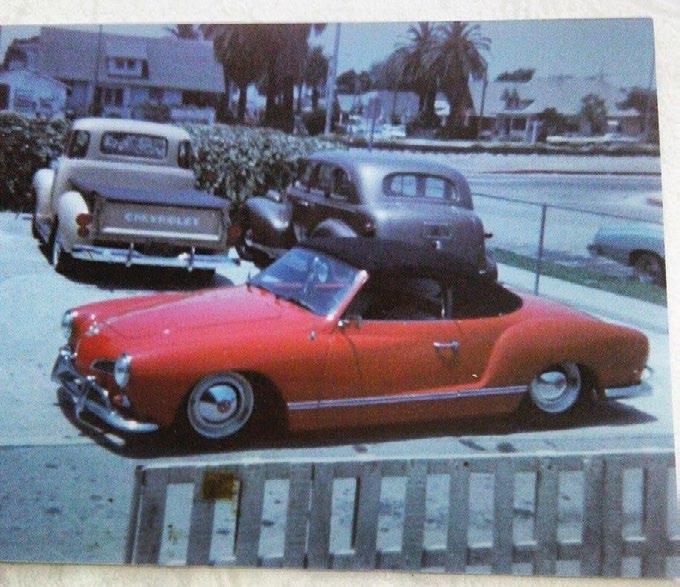
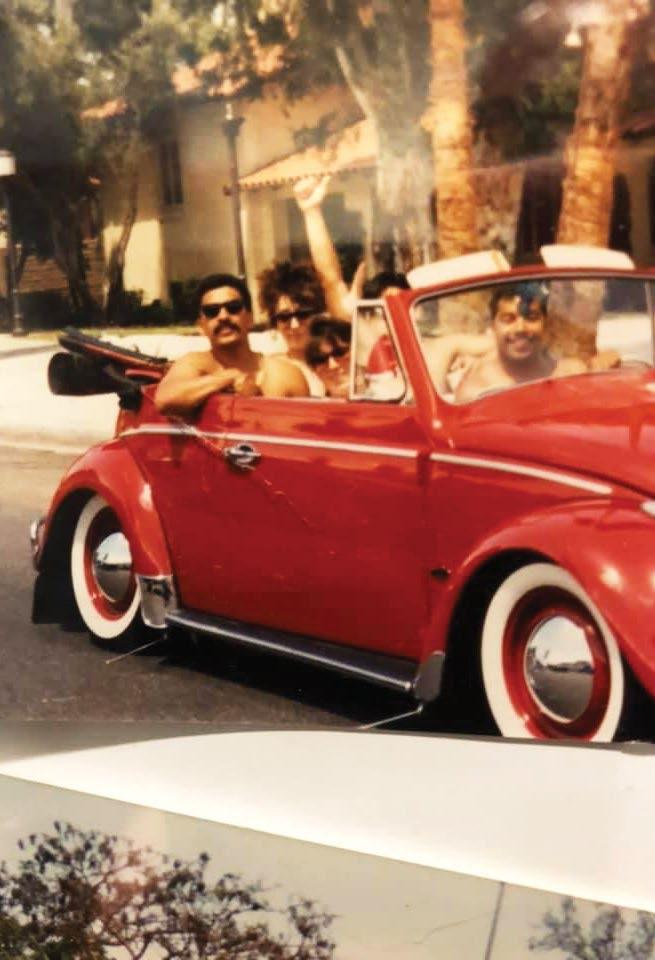
Fact 30 –In Issue 18 Ned and Vic gave away their entire CD col lection, putting them into subscribers’ magazines (over 1000 CD s) just for the hell of it.
and Judson superchargers. This area of his business became very popular and Joe made it a separate business from the dealership, choosing a new name, a name you may have guessed, an acronym, EMPI. Companies like EMPI and Gene Berg became hugely popular and started making parts aimed at increasing the performance of the Beetle, with EMPI making wheels like EMPI 5s and 8s, and teaming up with English companies BRM and Speedwell to produce the iconic BRM Speedwell wheels that would become a Cal Look staple. Factory Porsche Gasburners became really popular, and centrelines too, all to give it a race look.
Stance was really important too. Unlike their LA counterparts, slamming a car wasn’t something the Cal Look guys were interested in; nose down was their style. And even the stance was aimed at
performance, not just style: no bumpers to save weight, competition-style mirrors, engine bay stand-offs for better airflow, side-exit larger exhausts and, of course, more power, baby. Engine mods like larger pistons, stroker engines, fast cams and IDA carbs were the go-to ingredients for engine spiciness. The Cal Style scene was about looks but the Cal Look scene was about performance. Inevitably, the performance


street racer style also had a certain look attached to it and at first glance this is what you noticed. That look started to become a thing on its own. One of the early pioneering groups of this style was a club in Anaheim, California called Der Kleiner Panzers. Its German name loosely translates as the little tanks, though it’s not grammatically correct in German. It was a nod to the feared German tank, the Panzer. This club started in the early 60s as a group of young guys with Beetles, but it wasn’t until the late 60s–early 70s that the club really started getting the influence of street and drag racing and were bitten by the speed bug. The club grew from a few guys meeting up, to a fully-fledged club of pretty diehard enthusiasts and of course their modified fast Bugs. The racing influence really took off in the club in 1969 with new members like Dave Dolan and Ron Fleming and several others who were actively drag racing.
This was at a time when cars like Inch Pincher of EMPI fame, Iguana, Deano Dinosaurs, Underdog and Tar Babe were hugely popular and pushing the envelope as to how fast a Beetle could run a quarter mile. Underdog and Tar Babe also just so happened to be owned and run by two influential DKP members, Ron Fleming and Greg Aronson. So you can see how racing and performance started to catch on like wildfire during this time. The DKP would meet on a Sunday night at the Pickwick Hotel, where they would rent a room. Friday nights were for cruising and Saturdays were for watching the racing at the Orange County Raceway. Of course, with these young guys and their love of performance and speed, unofficial burnout contests would happen on the regular club nights, and a display of trophies that the club members had won was also always on display right next to the club Top Ten list of the fastest cars on the drag strip. This became a list that everyone aspired to be on.
By the early 1970s most of these cars were running big motors and twin 48IDAs. Power was definitely at the forefront, but it was by no means the only aspect of these Cal Look cars. The club were meticulous in their selection and acceptance policies. They had strict rules on what was and was not Cal Look, and the entire membership would vote on a new entrant, judging if that car fitted the bill or not. 75% of the club had to agree – a rule that is still in place today. In reality it was never as split as 75%, though. The members either universally agreed or disagreed. There was not really a grey area when it came to Cal Look. A straight and well-presented fast car was very important. You couldn’t just slap a big motor in any old Bug and away you go. The accepted wheels list was small, the allowed body modification was even smaller, and the cars had to be one colour and of a good standard. It was so
114

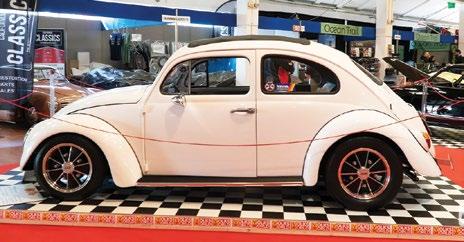

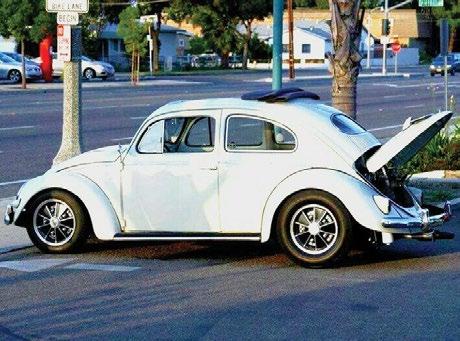
strict on that topic that existing club members would take club decals out of their cars if they were in an accident until the repairs had taken place, because scratches and dents did not represent their values. Members would even be asked to cover over their club stickers if their paint was looking a bit shabby.
Ron Fleming became one of the best known people in the SoCal scene, being a well-known drag racer, a VW parts business owner, and the MC at DKP shows including being the face of OC Bug In (yup, Bug In in Chimay is named after this show). Such was Ron’s influence that when the DKP fizzled down for the first time by ’73, and a guy by the name of Roger Grego wanted to resurrect the club, it was Ron that he went to for his blessing to do so. Incidentally, it was also Ron and the DKP guys that had made Roger like VWs in the first place. Roger’s friend had a Bug and they went cruising one night in Anaheim and saw Ron, Doug Gordon and some other DKP members and got talking to them. Doug jumped into his car and smashed out a meaty burnout before taking off to race a Chevy Chevelle down the street. Roger was impressed by the cool guys in their awesome, powerful Bugs and knew he wanted one.
When the third iteration of the DKP came about in the 90s, it was once again Mr Fleming that the guys went to for permission and to ensure that their plans and standards would be just as high as the DKP members before them. It’s safe to say that Ron Fleming is regarded as something of a SoCal VW legend, and he is often referred to as the Godfather of Cal Look.
So that’s how it started, but where is it at now?
Cal Look is still alive and well. Go to any show and you will see them. Some of them were built way back and some are still being built now. There are still loads of clubs going on too. The DKP over in the States are still going, albeit on a third iteration but with the exact same values. There is the Aircooled Assassins, The Cal Look Custodians and The Cal Look Cartel here in the UK and the DKG and DAS in Belgium, DFL in Germany to name just a few. It has also spawned loads of offshoots over the years. I’ve found American Style, OG Cal, Euro-Cal, German Look, Pre Cal and many more, plus Cal Style is often referred to as Resto-Cal now. I disagree with that, personally, and think that they are two different styles. But then I also don’t think that a lot of Cal Look cars now have the same look as the original OC cars that started the style. But times change. At one point, IDAs were a must for the DKP guys, but that isn’t mandatory any more. De-trimming was also essential, but original trim is allowed now. Cal Style cars were sleek without too much stuff going on and Resto-Cal loves a roof rack. I’ve seen famous modern Cal Look cars that are lowered a bit at the back, something that used to be a no go. Things change and evolve. But at the root of it, what still makes a Cal Look car today? Well, for the DKP they have a set of rules on their website to meet their high club standards. These are as follows: However, they also acknowledge that their cars are in the SPIRIT of the original California cars.
So where does the UK fit into all this? Well, like everywhere else, we too have Cal Look cars. There is a core contingent of fans and a pretty diehard following. But it all gets a little complicated. Cal Look came to the UK in the
Fact 32 –Our copy editor is Ned’s mum and he would be truly lo st without her.



80s. Now, for those of us too young to remember the scene back then, the 80s and 90s were big on custom cars. Think bold colours, wheels from whatever was available, suicide doors and smoothing everything. Picture back to ’89 and you’ll get the idea of what people were doing. That wasn’t just here, either. Over in the States drag racing styles like roof chops and pastel colours were making their way off the strip and onto Cal Lookers. And it was at this point that Cal Look started becoming a thing here, which was a far cry from traditional Cal Look, but was also what the Cal Look of the day was about. Inevitably, some of those styling cues from the 80/90s UK custom crowd bled into the 80/90s Cal Look, and the beginnings of Cal Look in the UK looked very different from what we’ve outlined above.
But then in the 90’s a man named Ivan McCutcheon took the wheel of Volksworld, a publication still around today. Volksworld was a very influential magazine in those days, and with Ivan as the editor they started to feature more Cal Look cars. Ivan was himself a Cal Look fan and was building Cal Look cars, however with an important twist. Ivan, and a few others around the world, were getting into traditional Cal Look cars, much truer to the original cars of the early 70s and earlier. Naturally, Ivan started to feature this style of Cal Look in the magazines and it then started reaching a much larger audience in their readership. With that, traditional Cal Look started to gain traction in the UK. Fast forward 30 years and that’s left us with the folks who believe that the traditional Cal Look car of the early 70s and before (like the early DKG stuff) is Cal Look, which is an opinion shared with the likes of the modern DKG and the various European clubs. But it has also left us with the guys that have Cal Look with some of those more custom edges. For instance, coloured coded headlight rings, Cal Look? Well, to the custom-leaning guys, yes, but to the traditional guys, no. Now both can point to a certain period in the California Cal Look history and say, “Well, they were doing it, so it must be correct”, and they’d both have a valid point. So I guess, to sum it up for the UK scene, Cal Look is quite a varied spectrum depending on which point in the rich 60-year history of Cal Look most appeals to them. Of course we can’t talk about UK Cal-Look without mentioning Keith Seume. Keith actually started Volksworld and Ivan McCutcheon took over from him, Keith quiet literally wrote the book on UK Cal Look, the first one being in 1995 called California Look VW. In the UK this book is considered to be the Cal-Look Bible. Keith also wrote a history of Cal-Look book in 2008. Because of his work in the UK with keeping Cal-Look going Keith was actually made a member of the DKP over in California.
I was lucky enough to talk to Martin Greaves, one of the guys from the UK Cal Look Register, a Cal Look page on Facebook based here in the UK, and when I asked him about their rules, he said that they use them more as guidelines and that he wouldn’t turn anyone away that has or is building their car in the spirit of Cal Look, even if it doesn’t quite tick all the boxes. They feel that getting people involved and community is more important, but he did also say that they are more on the traditional side of things.
Now quite often when researching the topic, I ran into the “rules” of the style listed in the Cal Look edition of
116
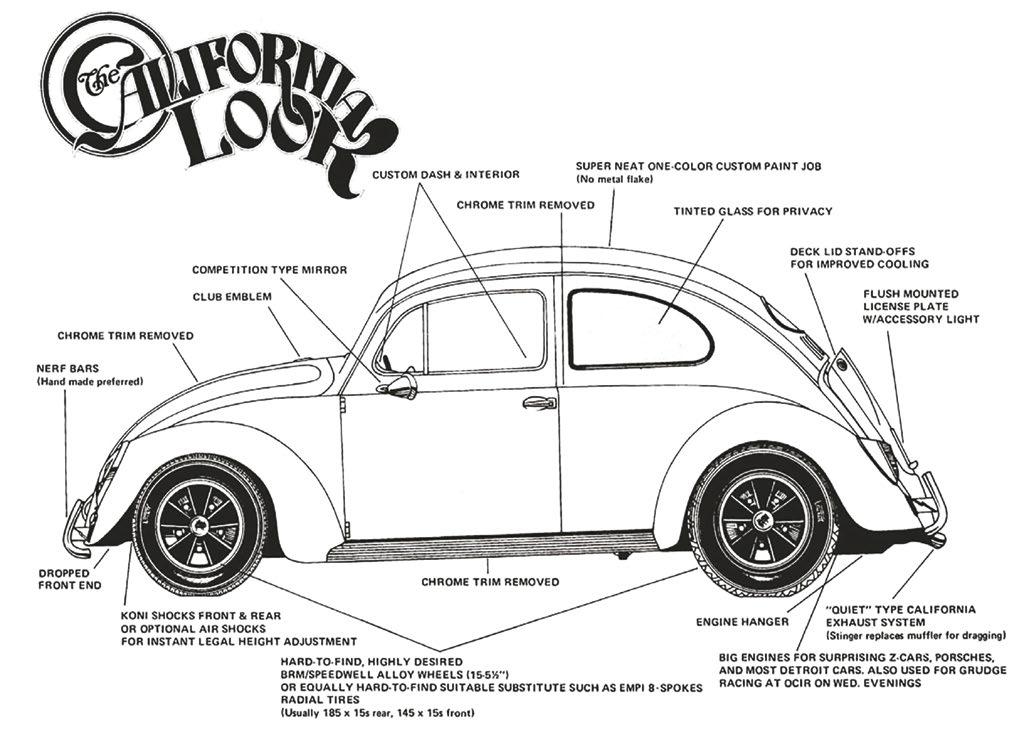
the February 1975 edition of Hot VWs and a picture that was in it. This Picture:
Now this picture is what most people would say is the foundation of what a Cal Looker is. Those are the rules that people still follow today. Except one of the tenets in that picture is that the car has been dechromed, something that the DKP today in their rules says that you don’t have to do. And I’ve seen some early examples of 70s and 80s California cars where their cars definitely still had chrome on them. Also, something to note in that picture from ’75 is the standard quarter light window. I was always led to believe that swapping that out for a one piece window was a very Cal
Looker thing. But maybe not?
One thing that you can definitely say about Cal Look, whether it’s your style or not, is that it was highly influential. I’d be so bold as to say that the two original California styles definitely inspired a large part of the VW scene. You could take an 80s Cal Style or Look car and put it in any show today and it wouldn’t be out of place, but more than that you can see how a lightly modified restored minter would be inspired by Cal Style, or even a slammed patina car. Yeah, it doesn’t have shiny paint, but the original idea of slam it down on cool wheels and cruise is still there. Then, of course, Cal Look. There are still people
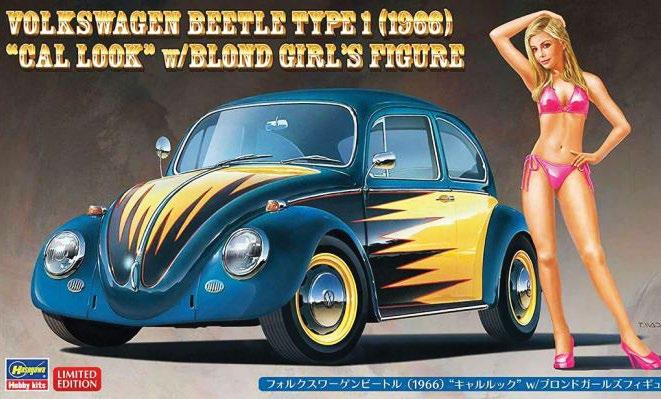
building strict Cal Look cars, but also I’m seeing more and more awesome early cars coming out of places like Belgium that are raked, have flawless paint jobs, big phat go fast engines and performance accessories. That’s Cal Look, no? I’d say it’s true to the original ethos of Cal Look even if it isn’t ticking all the boxes on the 1975 poster. In fact, if you google Cal Look Beetle you get a bunch of things coming back like that.
There are many real-life examples of that too, but I don’t want to offend anyone so I won’t show real examples. Now I, and probably you too now that you’ve made it this far, know that this is not a Cal Look paint job, right? So what is that then? Well, now you are getting into the 90s custom and back to 89 realms again and the diehard Cal Look guys will tell you that is not them, and that is a can of worms for another time! So we know where Cal Look started and we know what isn’t Cal Look and we know what is being called Cal Look today, so what do you think? Is Cal Look the same as it should be? If we could bring those guys to our time and let them build cars with what we have at our disposal today, then do you think they would build the same cars? I’ll leave that to you.
Special thanks to Robert ‘VWKidd’ for his insights into Cal Style and his pictures of early LA and to Martin Greaves for his help on UK Cal Look.

Fact 33 –In the first year of the magazine, a company that shan ’t be named reduced Vic to tears over the phone, telling her wh at a ridiculous idea a free magazine was and how we were heading for a fall. The same compa ny called regarding advertising three years later and were told they weren’t and never would be welcome here.


Fact 27 – The main Hayburner logo has never changed and was designed by Ned in the first ten minutes he ever used Photoshop.
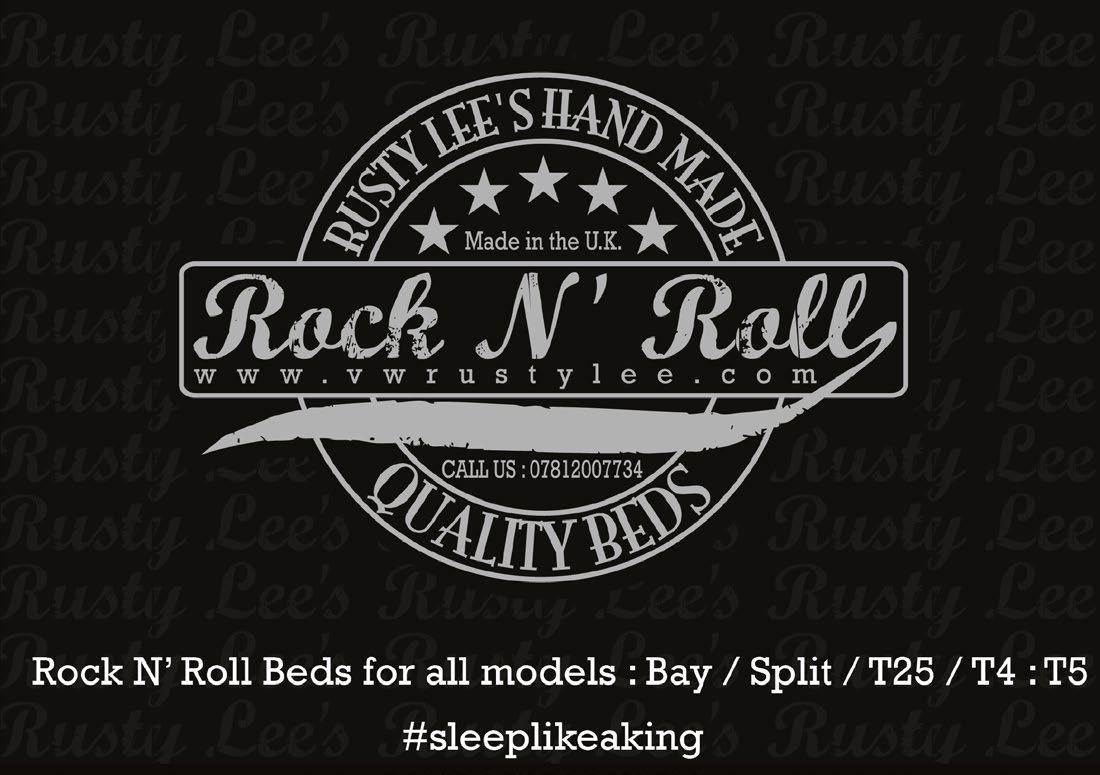

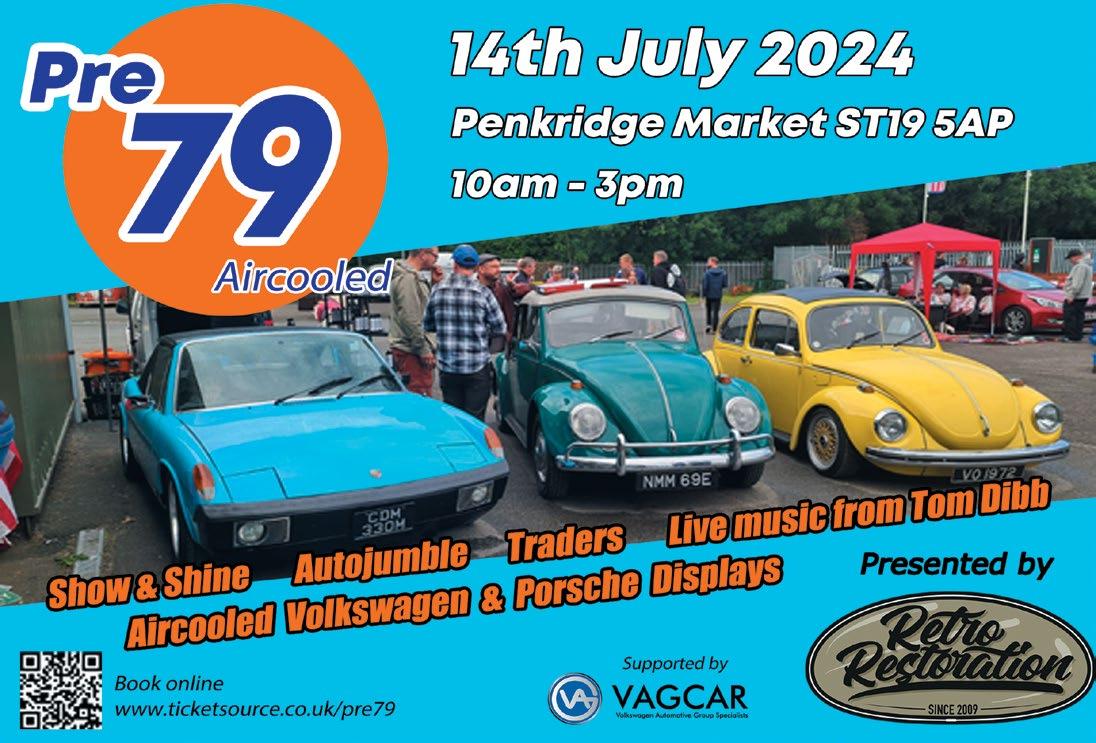
Fact 28 – Our best-selling product ever is our take on the Feu Orange air freshener (the only reason being the Classic Ford boys seem to like them too). They are also our most complained-about product as they smell nothing like the real thing.
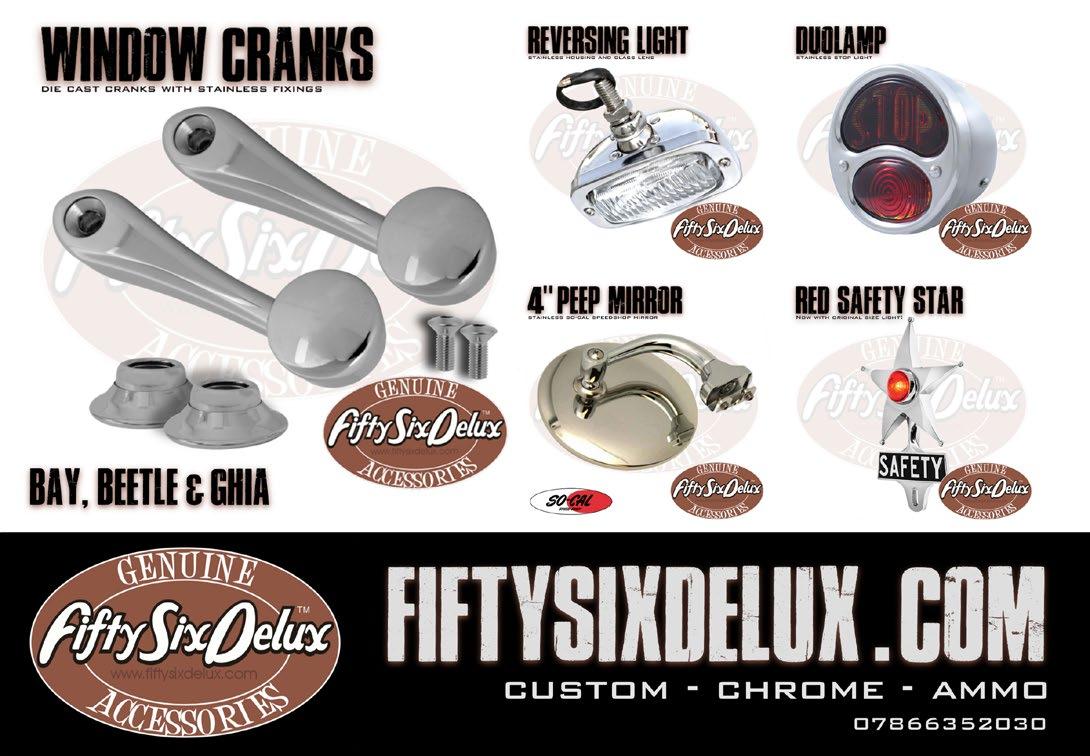

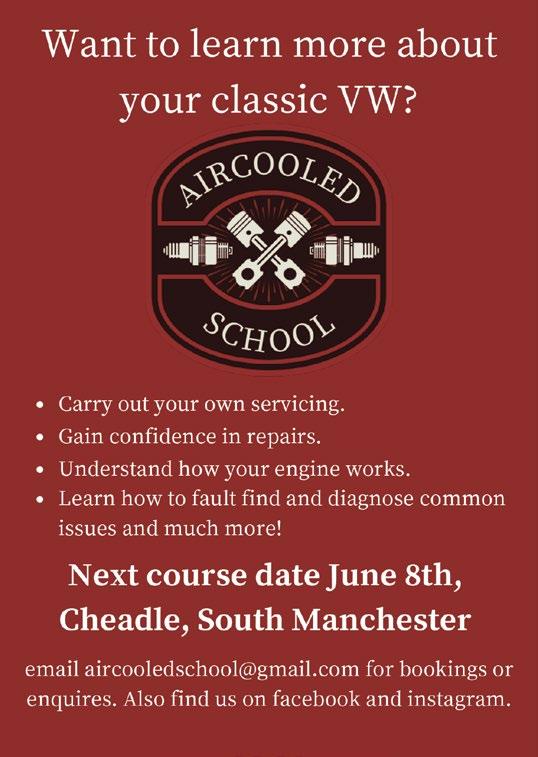

31 – Over a ten-year period we gave away over 430,000

92
Fact
Hayburner magazines for free to the worldwide VW community.
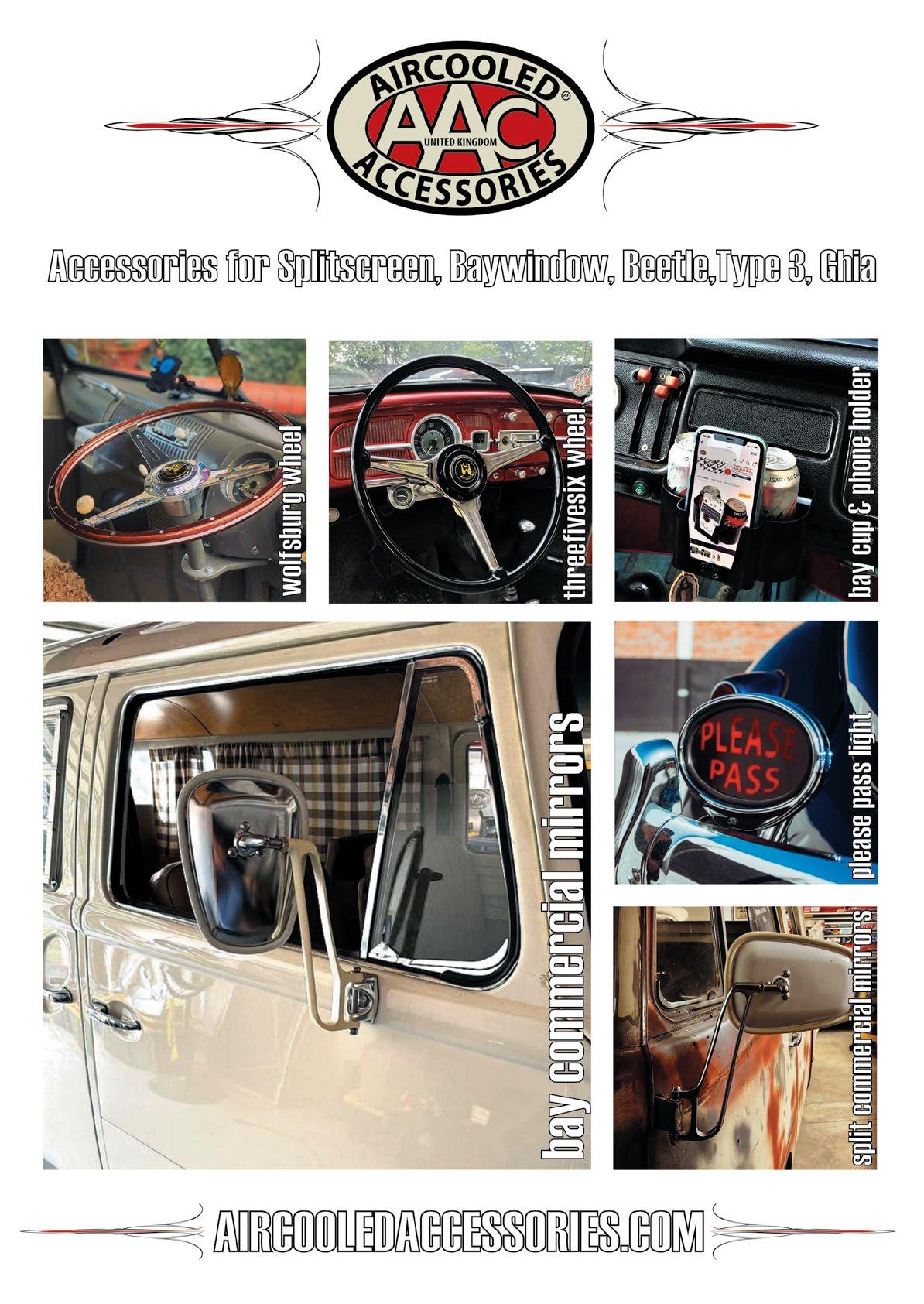
WAR CHILD
PHOTOS BY CURTIS WALSH
 WORDS BY JAMES PEENE
WORDS BY JAMES PEENE
1126
Marty Heyman’s Type 82E rolled off the production line in 1943, making it not only a rare survivor from the darkest days of history, but the grandfather of all that was to come.
The Beetle was born in the 1930s, with the shape now familiar to millions
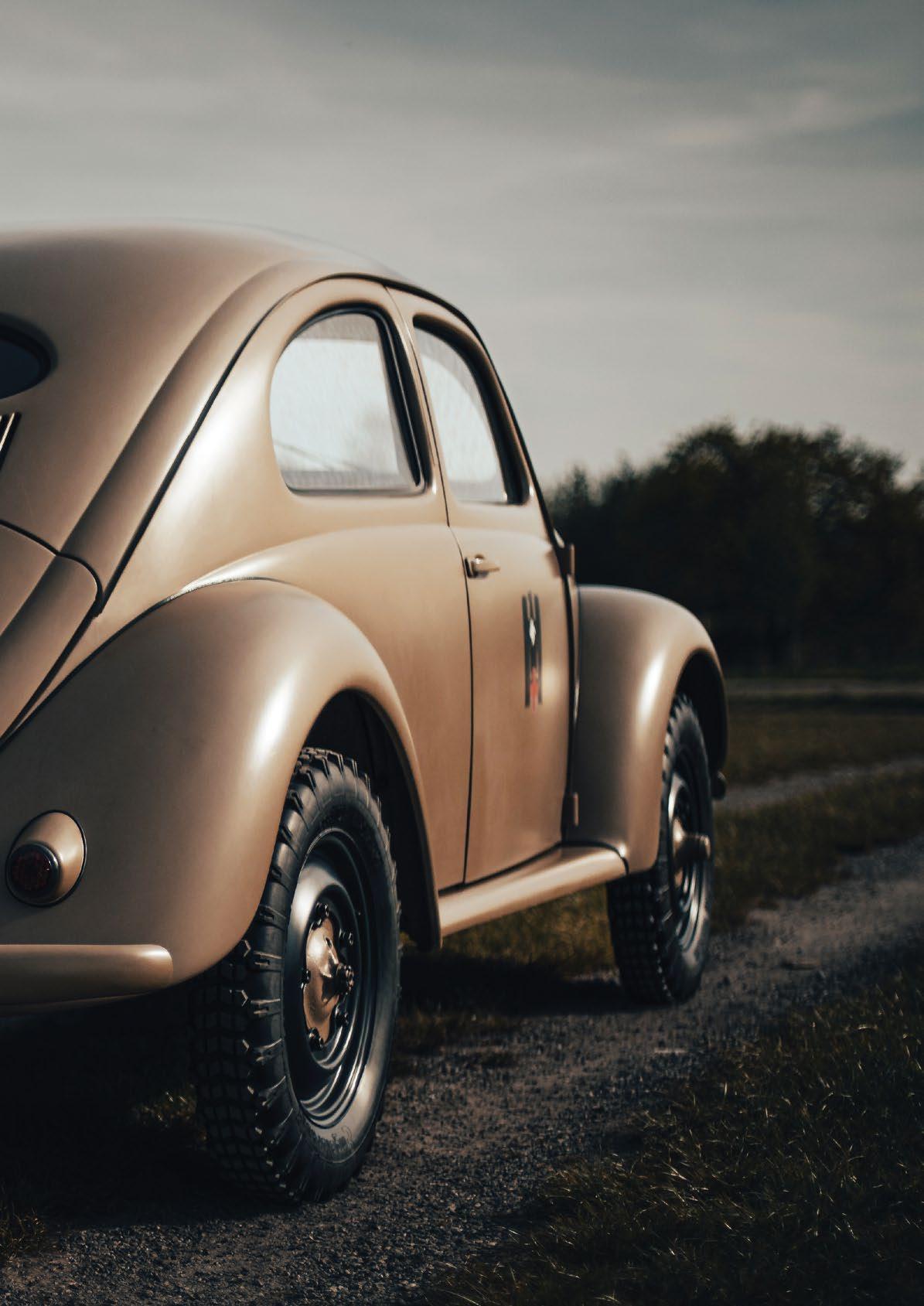
emerging in 1938, but it had a long way to go before it became the car we all know and love today.
World War II almost put an end to proceedings, not least when the factory began producing military vehicles like the Type 82 Kübelwagen and Type 166 Schwimmwagen and was almost bombed out of existence for its efforts.
The first “proper” Beetle was the VW38, of which 44 were built. As we all know, the National Socialist Government created a savings scheme to allow the average German family to save up and own their own People’s Car, although to paraphrase the Lady of the Woods, Galadriel, in her opening prologue in Lord of the Rings, “But they were, all of them, deceived” and not a single KdF Wagen – Kraft durch Freude/Strength Through Joy car – was delivered to a member of the public before war broke out.
Even so, KdF Wagens continued to be produced in limited numbers at the KdF-Stadt in Fallersleben (what was later to become Wolfsburg), and it’s believed that somewhere in the region of 1200

KdF Wagens were built between 1941 and 1944.
Of those, figures suggest some 630 were built on a regular chassis and given the designation Type 60, and a further 568 were produced with the Type 82 Kübelwagen (two-wheel drive) chassis and the body of the Type 60. This combination was known as the Geländekäfer (Terrain Vehicle) due to the additional ground clearance and improved off-road capabilities it offered the German military. Originally given the
designation Type 92/SS (with interior attachments for firearms), from April 1943 this was changed to the Type 82E.
The car you see before you now is precisely that – a very rare Type 82E that was built in 1943 and delivered to the Deutsches Rotes Kreuz (German Red Cross) in Potsdam, Germany. Its current custodian is former British Army Commando Marty Heyman, who worked in bomb disposal but now works in IT and has a passion for WWII German military vehicles. He says: “I
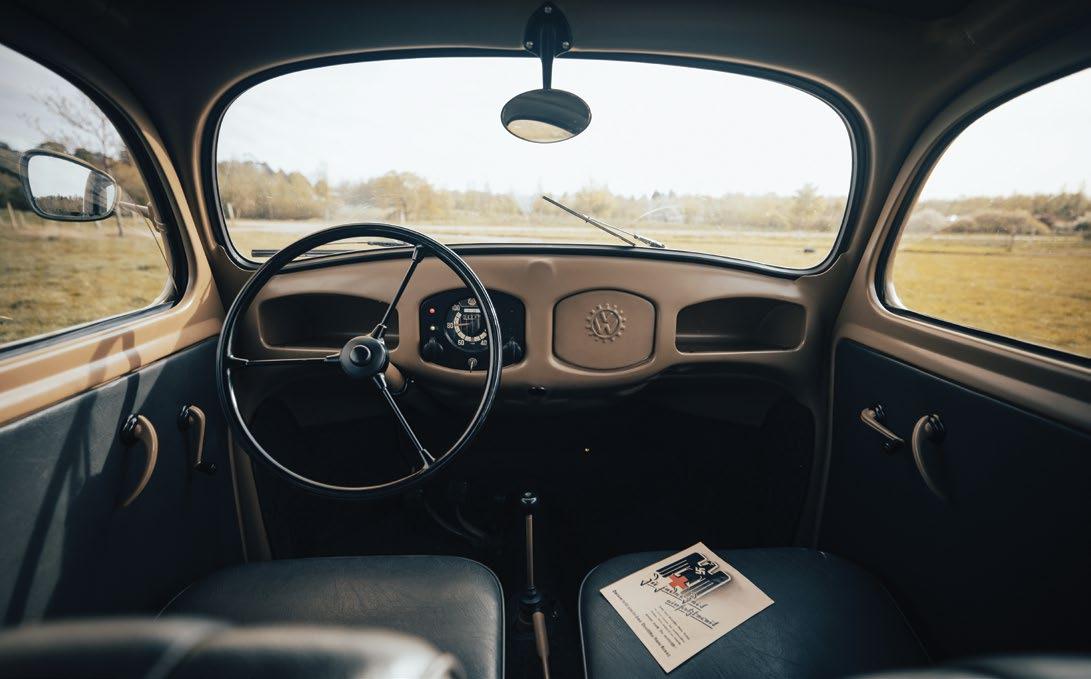
128

actually collect World War II German vehicles, and currently own 17, including a Kübelwagen, a Schwimmwagen, a rocket launcher and a Kettenkrad and, looking at the WWII German vehicle market, I could see that, being a Beetle, a Type 82E also fits into another genre, whereas the other vehicles I own, not so much. With things like Half-Tracks, for example, you can buy them, but you have to really be into them and want that specific vehicle. They’re just as expensive to buy, but more difficult to move around as you need a low loader.
Whereas a lot more people want a VW because they’re easier but also have that crossover appeal which harks back to the time where the hobby began. It’s where it all started. It pre-dates the Type1.
“I bought this car from a Polish guy called Jacek Krajewski. He’s the man behind World War II VW (ww2vw.com), which carries out restorations and manufactures parts for KdF-era and post-war Volkswagens. He found it Eastern Europe, which is a great place
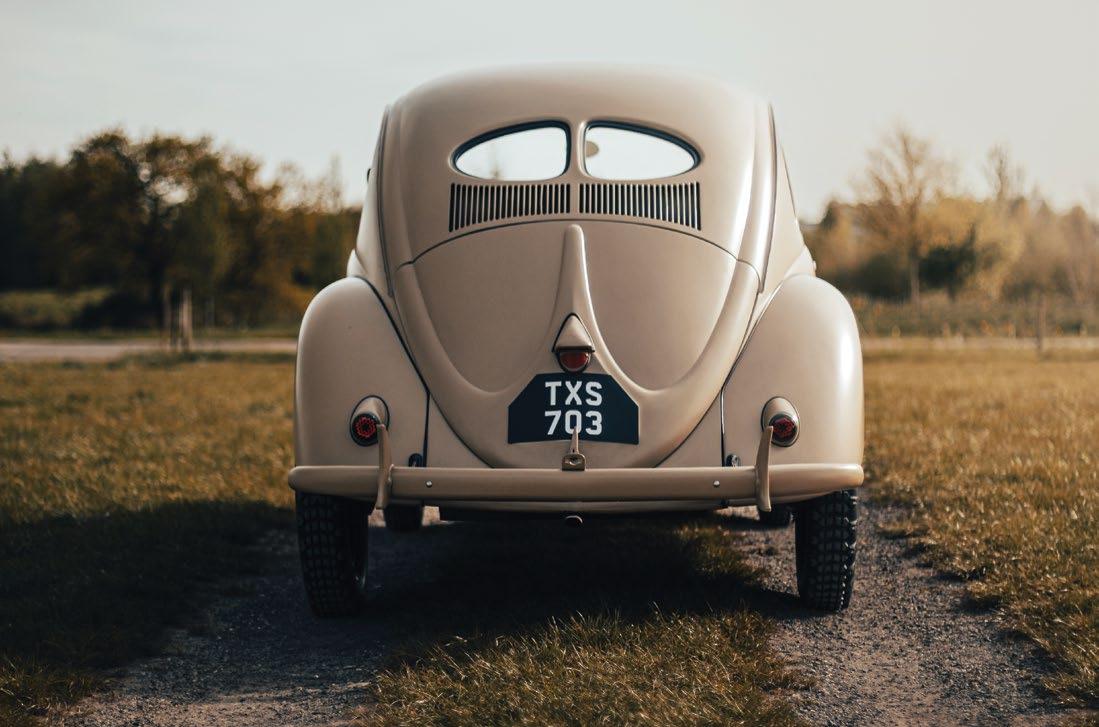
Fact 36 –Tuesday at Hayburner HQ is known as Sushi Tuesday, the reason being everyone has sushi for lunch. Ned and Nell even wear sushi-themed socks for the occasion.
to find cars like this because after the war when the Berlin Wall went up, people didn’t throw anything away. And, under Communism you weren’t allowed to own these things, so you didn’t tell anyone about it. Nor did they have a Capitalist market where you could sell it, like for example the French did with cars and equipment that were left behind after the war. So, when the Wall came down, you had a plethora of material suddenly available, a lot of which is unmolested and is also great for reference.
“I spoke to Jacek at a military fair and told him that I’d always been interested in obtaining a wartime KdF Wagen and
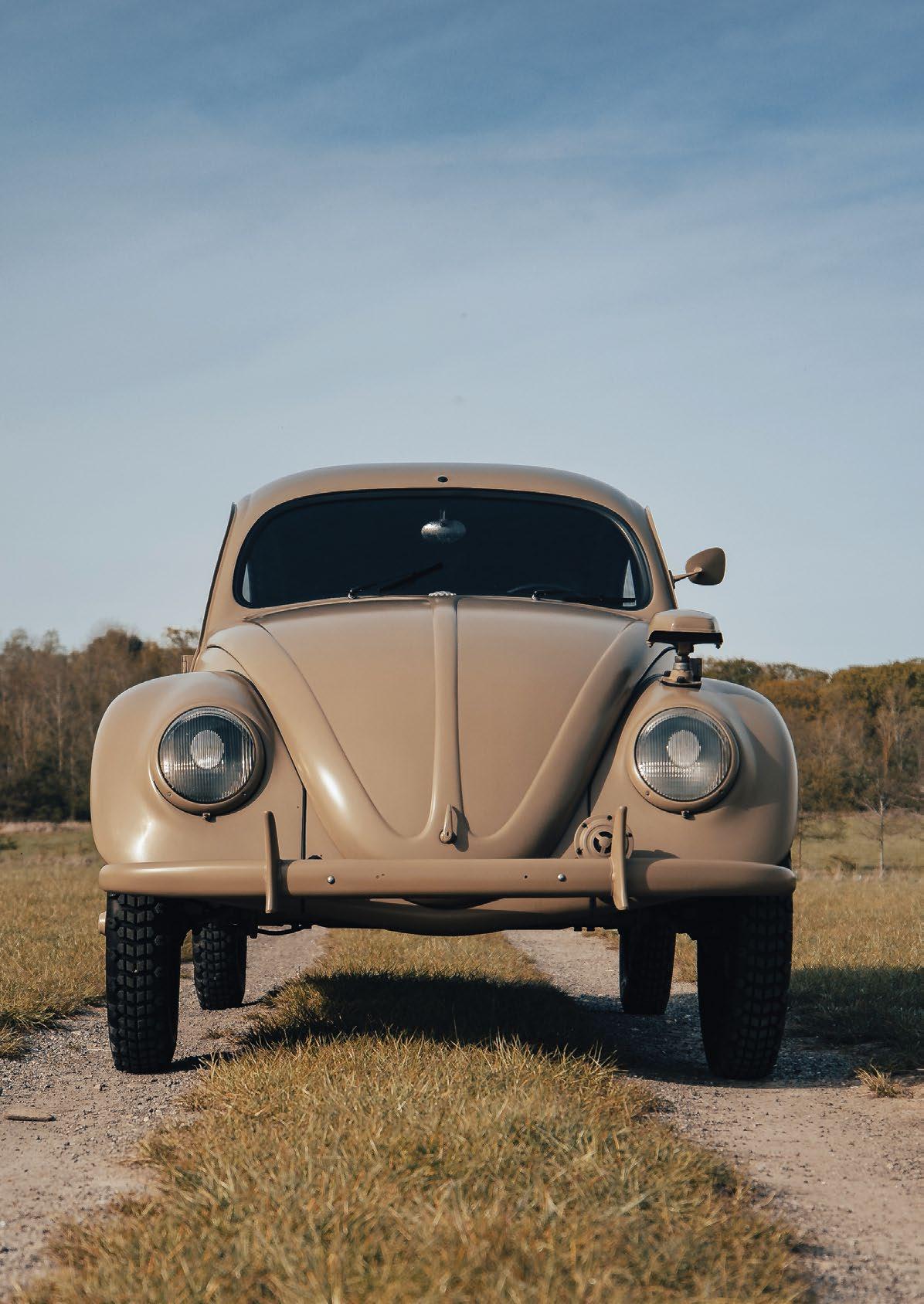
he said he had a vehicle that was listed for sale.
“I took a novel approach to buying it, as rather than trying to knock him down on price, which most people do when they’re trying to negotiate, I offered to pay him more than he was asking for it. I did that because I recognised he had something of value and vehicles like this only appreciate anyway. It’s just a matter of time, and the longer you own it, the greater the value becomes in that sense. It’s a short-term thing, where for a little while you’re in a negative equity perspective, but eventually it will flip and you’ll be in positive equity, which is
where I am now.
“I’ve also got two sons who were encouraging me and, rather than putting money in the bank, which wouldn’t accumulate much interest, I decided I would be better putting it into a vehicle, as the one thing you leave behind are memories. So, rather than investing in stocks and shares, I thought let’s go play with some really cool vehicles from the war and have some fun creating memories and experiences.
“This is an original Kraft durch Freude (KdF) Käfer (Beetle) Type 82E and is one of approximately 20 known surviving
130
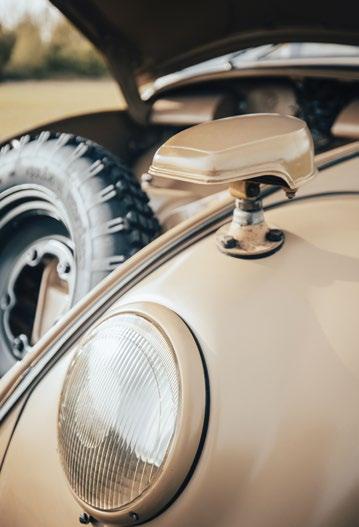
in the world from World War II. It’s also one of the oldest VWs in the UK, having been built on 7 May 1943. Cars like this don’t come on the open market very often and I refer to it as like in Meet the Fockers, where you have to be in that circle of trust. Nine times out of ten, you’ll know someone who wants something and you’ll put them into contact with someone else you know in that circle who has it. Which is how I came to buy my Kübelwagen,

Schwimmwagen and the Kettenkrad.”
The big question with any Split Window Beetle, KdF-era or not, is how original is it? We asked and Martyn replied: “The engine isn’t the original as it currently has a Type 60 motor from 1944, but I have just found an original Type 82E engine for it. It’s still running 6-volt electrics and has cable rather than hydraulic brakes, but from my perspective updating it would take away
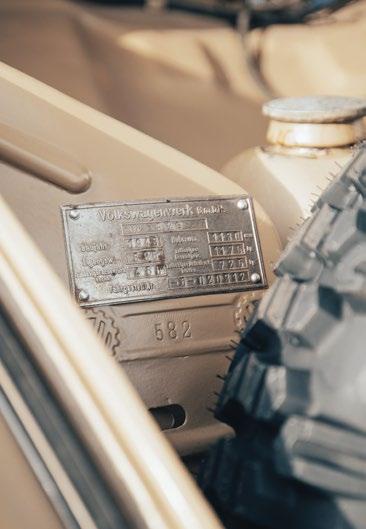
from the originality and, in reality, cars like this are not really driven much on the road. I might pootle around town a bit, but I don’t do any great distance in it. On today’s roads, it’s just too dangerous.
“What I know of the car that isn’t original consists of the doors and bonnet (which came from another car, so is still original but not to this car, although I’ve now found this car’s original bonnet in Poland

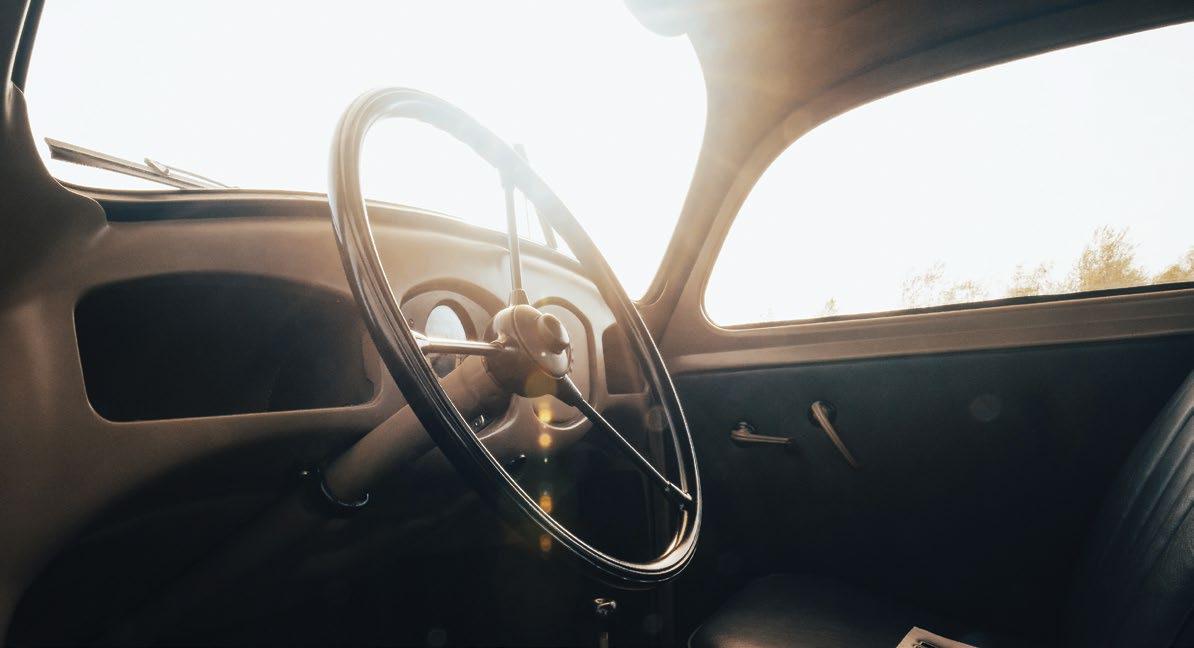
and that’s going to be restored and put back on).
“This was actually the first car that Jacek bought when he went looking after the Berlin Wall came down. He found it in Latvia and then he met with Christian Grundmann who restored it. That was about 30 years ago now, and the Grundmanns took the car, but when he then found a Type 38 in Lithuania, Christian traded the Type 82E for that and that’s where I got it from.
“Since then, I’ve done some small pieces to it. Such as, because of the German TUV it had some semaphores fitted, but being a military version, it wouldn’t have come with those originally as you wouldn’t want them banging around when you’re in the field, so I took it to a local company who welded them up and colourmatched the paint.
“The paint colour is RAL 7028 Dunkelgelb. When you watch war films, all the earlier German vehicles were painted in a grey colour (RAL 7021 Dunkelgrau), but after the German forces
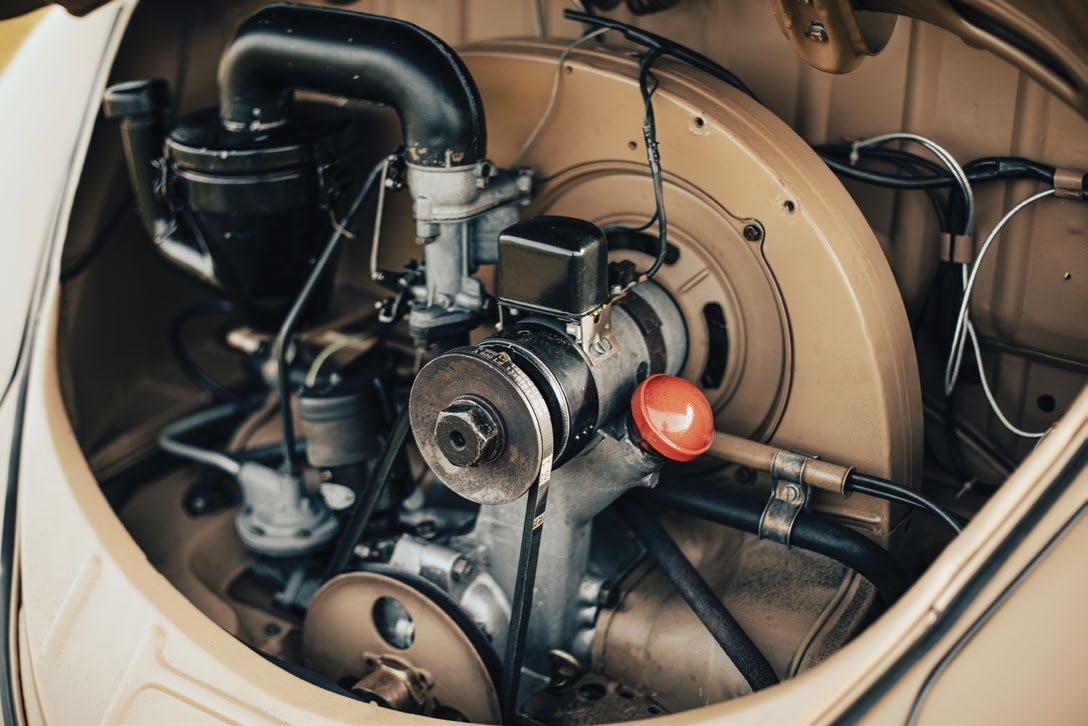
132

lost their air superiority in the Ukraine, as of 1 March 1943, there was a directive stating that all vehicles must be painted in Dunkelgelb to enable them to match in with the wheat fields and grass. Anything grey stood out for miles from the air and it was a real turkey shoot.
“However, there were lots of parts already painted in Dunkelgrau kicking around the factories waiting to be used up. They weren’t going to waste materials by repainting parts, so they were just fitted anyway and you ended up with a mismatch of colours, which is why my car has a Dunkelgelb body but Dunkelgrau wheels.
“At the moment it has incorrect seats. I think they’re from a 1947, so like gold to someone else but not relevant to me. Jacek now recreates fantastic pattern copies, so at some point it will be going to back to him for those, the doors and original bonnet fitting.”
It’s also got a cool German Military blackout night lighting system that was designed by Nova-Technik GmbH of Munich in collaboration with the German Army. Us regular VW types will know it by its more recognisable NOTEK abbreviation.
Marty says: “Although not all the components were always fitted to every vehicle, the NOTEK light system consisted of four basic parts: a front blackout headlight (Tarnschein-werfer), a rear interval judging indicator light, a rear running light, and a switch inside the vehicle which operated all the lights.
“The Tarnschein-werfer was generally mounted on the left front side of the vehicle between 32 inches (81cm) and 48 inches (122cm) above the ground. The light from the bulb was reflected from a pressed steel chrome-plated mirror which extended around the rear wall of the lamp housing. The mirror directed the light through a heavy glass diffusion lens so that it was projected down and forward. The forward part of the Tarnschein-werfer body served as a hood to prevent the light beam from being seen from above.
“The resulting beam of light was very soft and flat-topped, projecting forward 30–40 metres (98–131ft) and extending to about 25 metres (82ft) in width. It was very diffused at the edges and was very difficult to see from the sides.”
What’s not difficult to see is the appeal of this car. It ticks all the boxes as it’s got WWII history, it’s a super rare survivor and it shows where the Beetle came from. Here endeth the lesson.
Fact 37 –Actor Morgan Freeman is a Hayburner subscriber.

Fact 34 – Before he became King of the UK, Prince Charles once visited the Leyland Trading Estate for a charity event. He personally bought a T-shirt from Hayburner HQ for Princess Anne, thinking it had equestrian relevance.
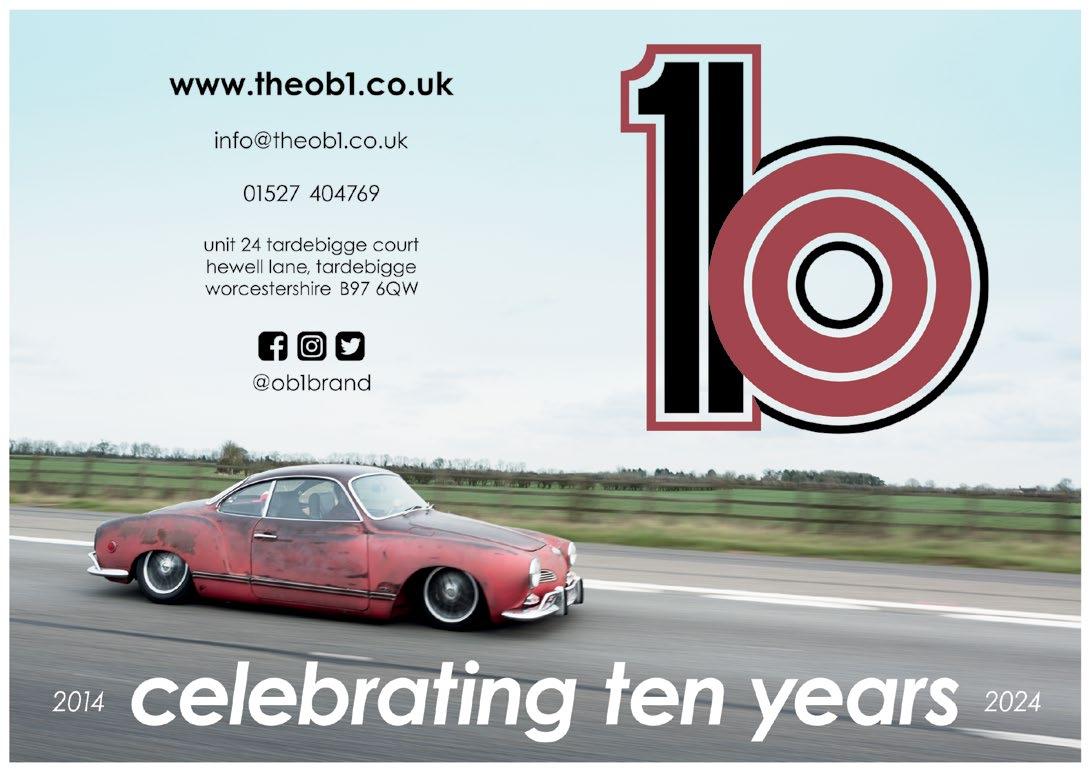

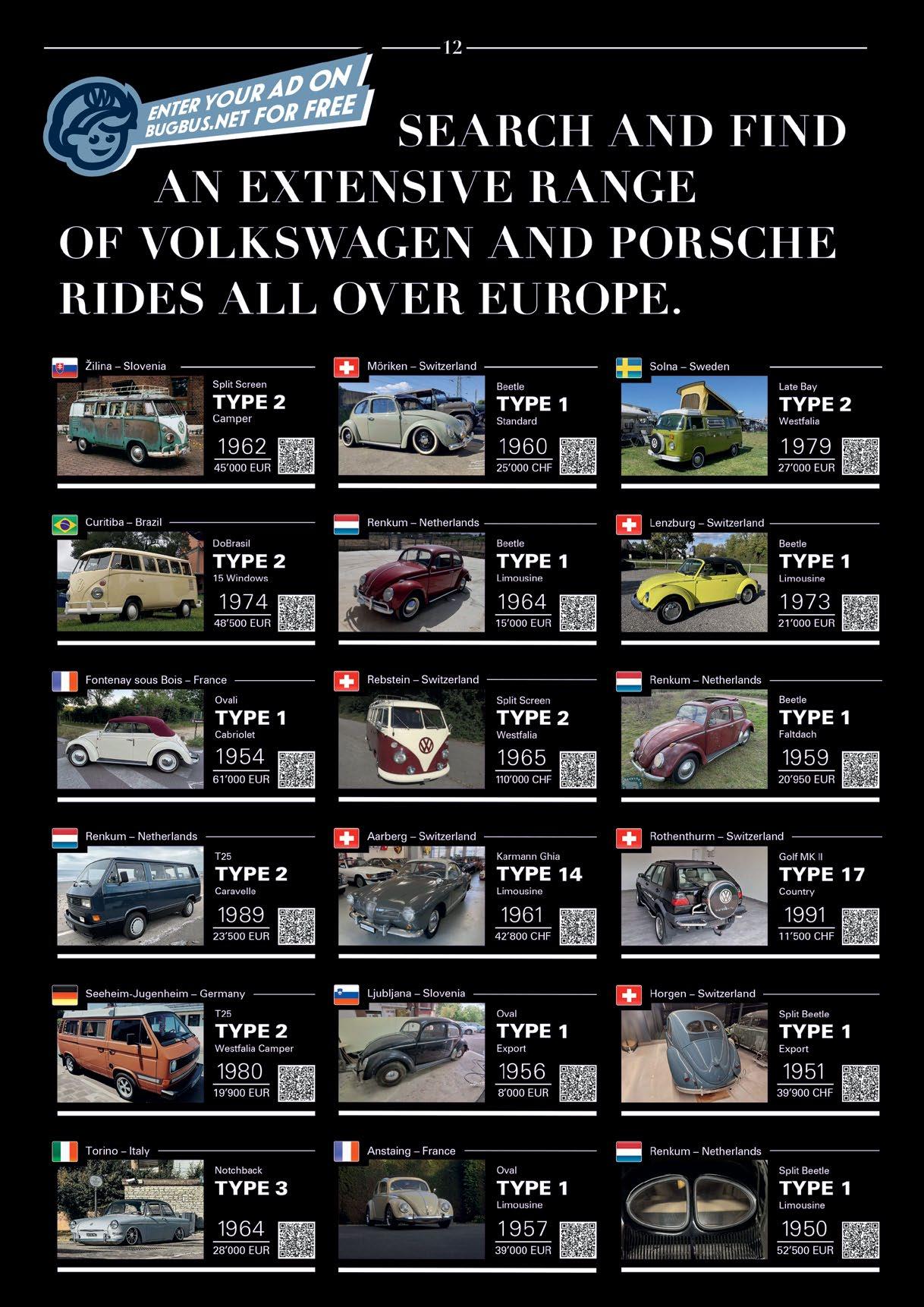




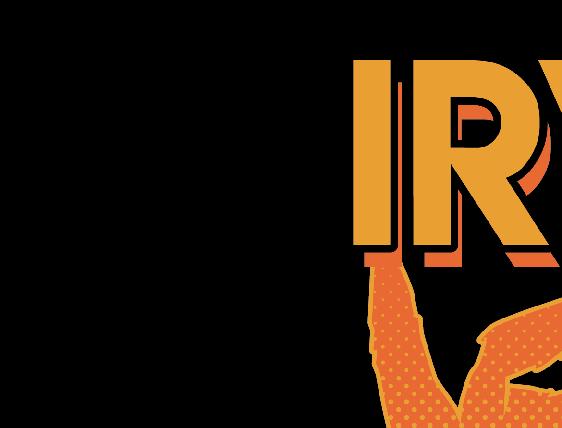








Fact 35 – Our original business plan didn’t contain merchandise, parts, insurance, print or competitions. It was a pretty terrible plan, as for the first ten years the actual magazine didn’t even generate the minimum wage for one person.


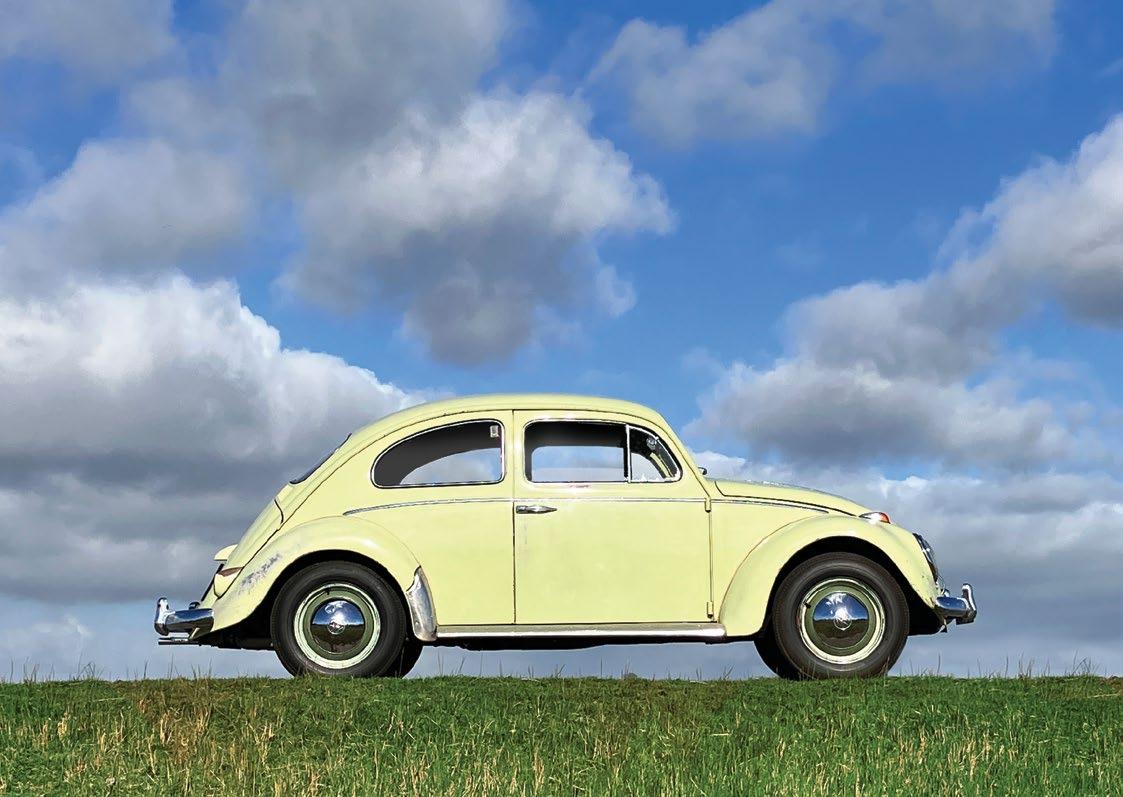





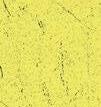


























114 S.G.S AIRCOOLED Aircooled & Watercooled Classic VW Specialist Unit 3 Woodmans Farm Curdridge Lane Curdridge Hampshire SO32 2BH *Servicing *Repairs *Welding *MOT *Restoration Work *Lowering *All Vehicles *Bosch Diagnosis *Vehicle Recovery www.sgsaircooled.co.uk info@sgsaircooled.co.uk 07814 687725 01489 896488 We still work on all makes of vehicles, new & old. Fact 38 – During car competitions, everyone in the office has to guess the number of tickets we are going to sell. The closest to that number gets to choose where we all go out to eat lunch the next day.

TO BELGIUM AND BACK
PHOTOS BY KENNETH ANNO WORDS BY VIC FAUX
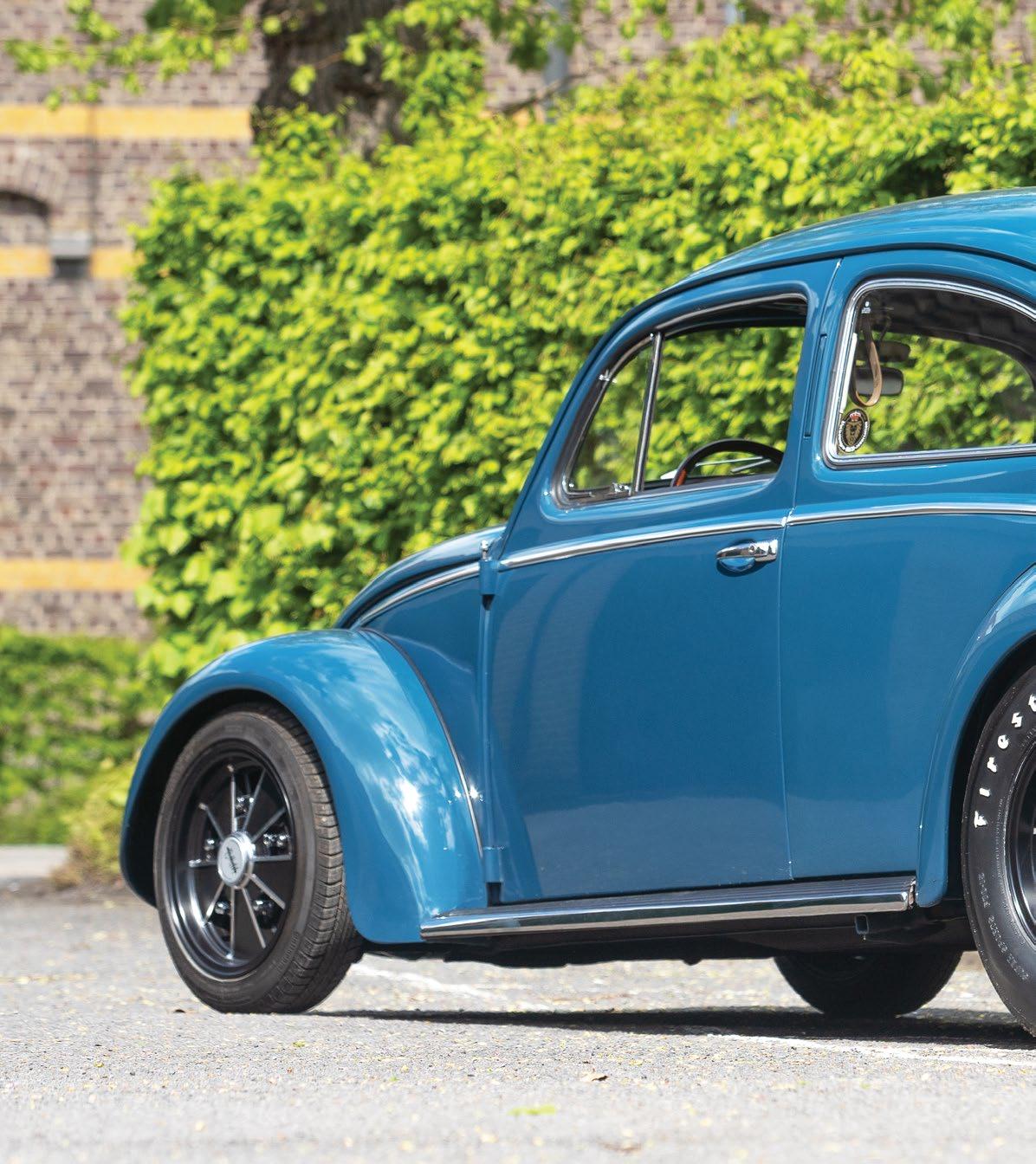
140
Let me introduce Kenneth Anno, a young-at-heart 43-year-old father, photographer and valued member of the Hangarz, Belgium’s esteemed VW club located in the small town of Nazareth. You’ll know that Kenneth is a cool and collected character if you have ever had the chance to meet him and, you may not know, he is actually a valued member of the Hayburner team. Having been one of our best photographers for over 10 years and with his knack for capturing the perfect shot, it’s no wonder his love for cars shines through on the upcoming pages of Issue 50. The unveiling of his latest project – a
stunning ’56 Oval, lovingly restored to its former glory by himself and his brother and close friend Melvin – was a moment I couldn’t resist. As an avid Oval enthusiast myself, seizing the opportunity to write this article was a no-brainer. And let me tell you, this Beetle is something truly special. With a mix of oldschool charm and a dash of modern flair, this car is more than just a set of wheels – it’s a tribute to the skill and dedication of its creator and his talented brother who has helped him every step of the way to reach Kenneth’s high standards.
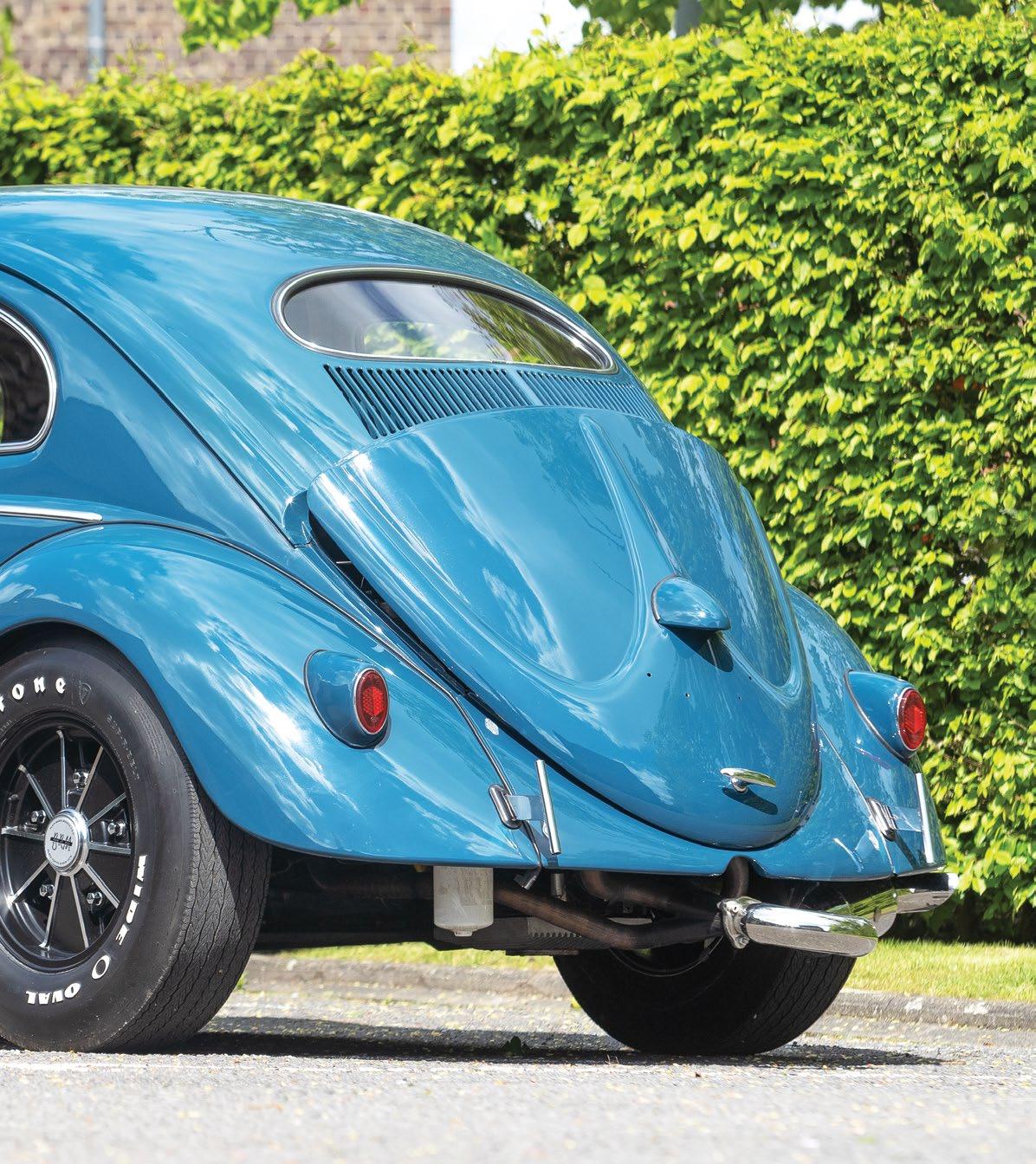

Kenneth initially purchased the Oval from a guy in Italy, but it is originally a Belgian car. The Italian owner bought it from a Belgian guy who lived only 5 miles away from where Kenneth lives, so in a way the Oval has come home. It’s weird how the world works sometimes as they didn’t discover that until they had the car and were looking through the history paperwork and found the original Belgian addresses

right on their doorstep! The only way to fund the Oval was to swap an existing car they owned, and at the time it was the legendary Lime Juice Drag Bug. That must have been a hard swap, for sure.
Among a lot of tricks, one of the ticks on the brothers’ list is always the engine. So with their vision they swiftly settled on enlisting the expertise

142
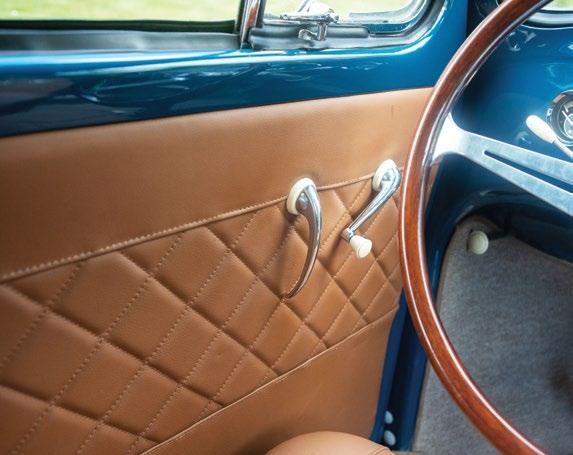
of speed-pro Ian Clark in the UK, who was to work alongside the folks at Steve’s VW Shop, known for their fine-tuning finesse. Together, they re-built the beefy 1915cc engine that was used to roar down the drag strip in the Lime Juice Bug. Now boasting 200hp and a laundry list of upgrades like 69mm crank, titanium valves, 48 IDA with 42 Venturis carburettor setup and FK59 cam, this motor means serious business. But for Kenneth and his brother it’s not just about performance – it’s about style, too. They’ve got
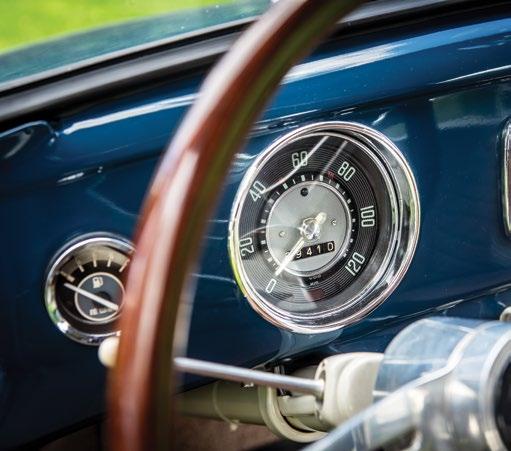
Cal-look culture coursing through their veins, evident in every detail of this Bug, from the sleek BRM wheels to the shiny A1 muffler.
When Paul Knight invited them to showcase their masterpiece at the Volksworld show earlier this year, they jumped at the chance to take things up a notch. With the emergency help of Sidney Masurelle, who repainted the engine in glossy black to give it that extra “je ne sais quoi” level we now expect
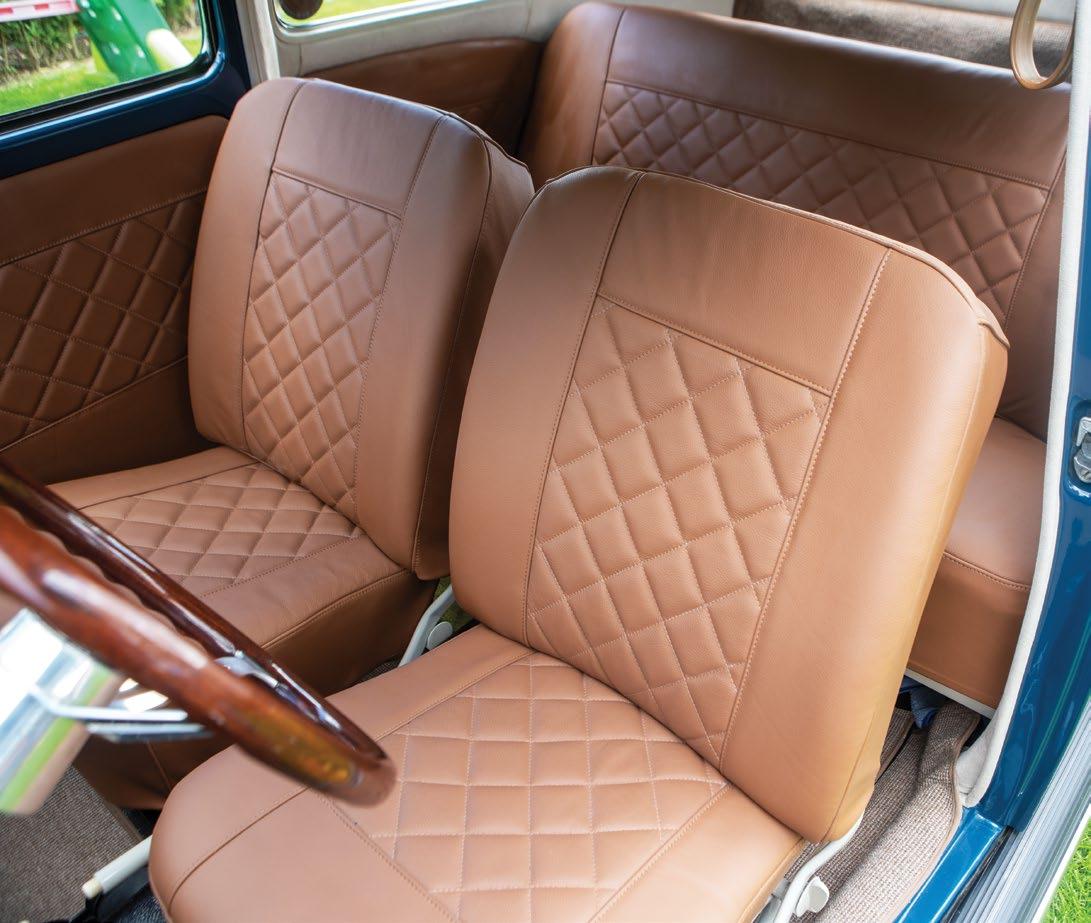
Fact 40 –
and
have advertised in every single issue of the magazine. Nice
you for your loyalty!
Paruzzi, Airmighty, Skeg Vegas, FiftySixDelux, Mad Matz, Aircooled Accessories
Rapid Rodent Racing
work, guys and thank
from the Anno brothers, the car was nearly ready to leave the Belgian shores. And the family input does not stop at the pair of siblings. Kenneth’s talented girlfriend Valerie from the trimming studio Atelier Dutoict designed and made the full plush interior decked out in chestnut leather we see on these pages. The Beetle got a fresh coat of paint

in a dazzling L436 Indigo Blue, finished off with handmade beige boucle carpets.
But they didn’t stop there. Safety and style go hand in hand, with features like the Simpson seatbelts, an Empi steering wheel, and a custom Gene Berg shifter proudly sporting the
144
letters “DNH”. And let’s not forget those Monster Autometer gauges and blacked-out BRM wheels, courtesy of Fabrice Goephert, adding a touch of class to the whole build. Of course, it’s not just about looking good – the ’56 is equipped with CSP brakes to keep things in check as it glides down the road. And with thoughtful touches like pop-out
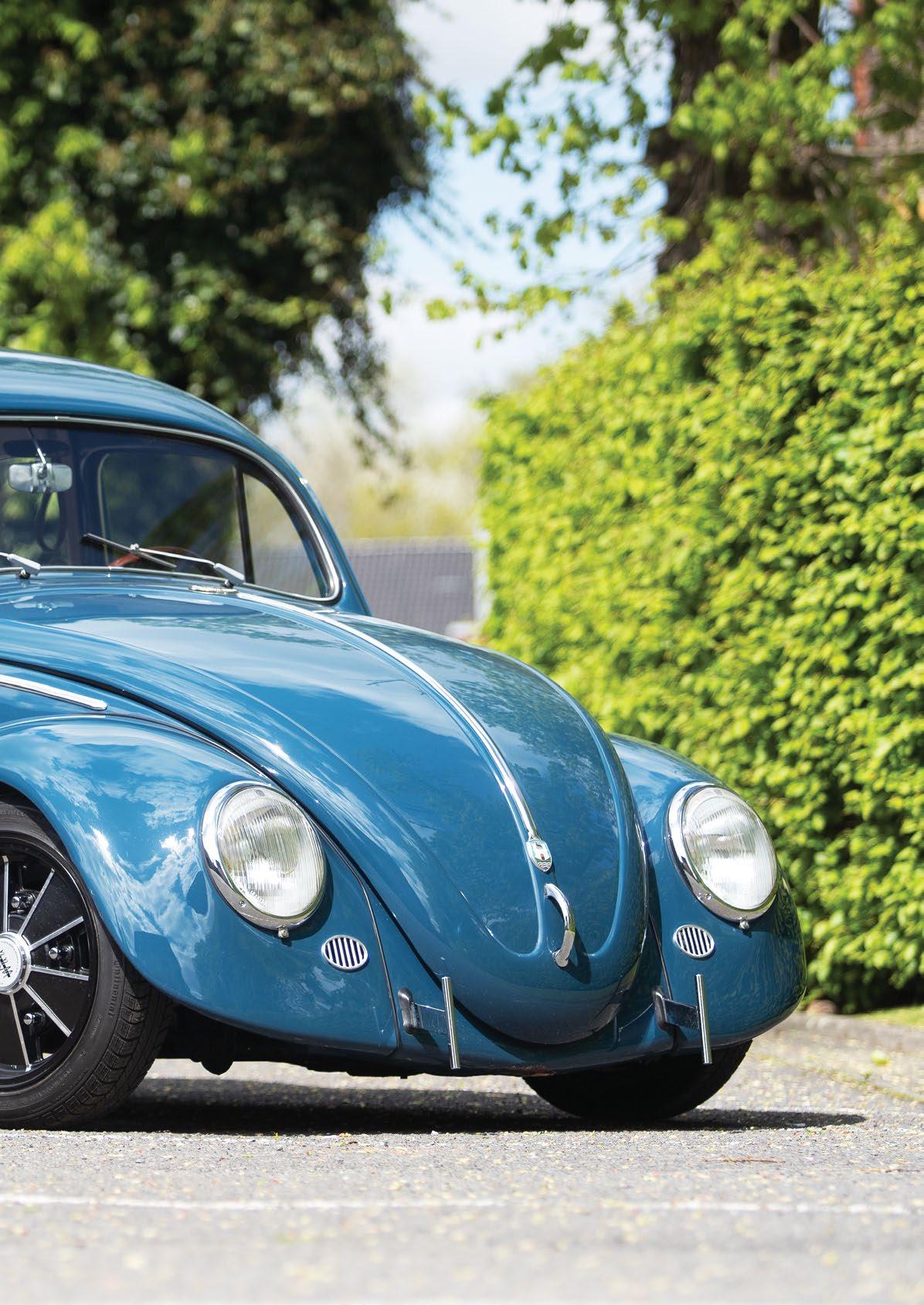
windows and a removable decklid, every aspect of this ride has been carefully considered.
The brothers started getting into VWs in the late 1990s, which progressed into buying their first VW in 1998, a ’73 Beetle. After having that for a while, they sold it and bought a ’61. Being
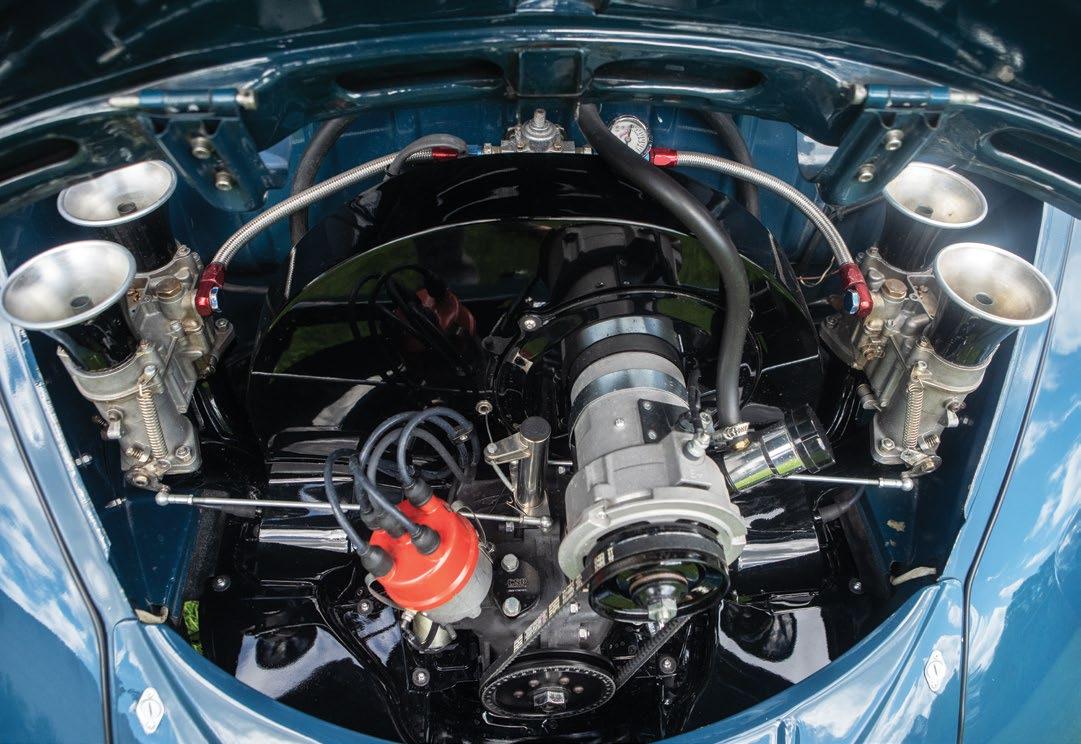
heavily into the Cal look style since they both were young and wanting to get an early car to Cal look, it was a clear choice that their first car became his Yellow Cal looker which Kenneth still owns today. Other cars they’ve owned include a very nice ’59 Lowlight Ghia and of course my and Ned’s old Split – the old lady, Miss Canada Dry. I have a lot of connection with this bus (we drove it on our honeymoon and it was our first ever Split!) but it could not have gone to a better home and we love how Kenneth has restored it to its full potential.
The Oval really did look the part in Esher Hall in March,
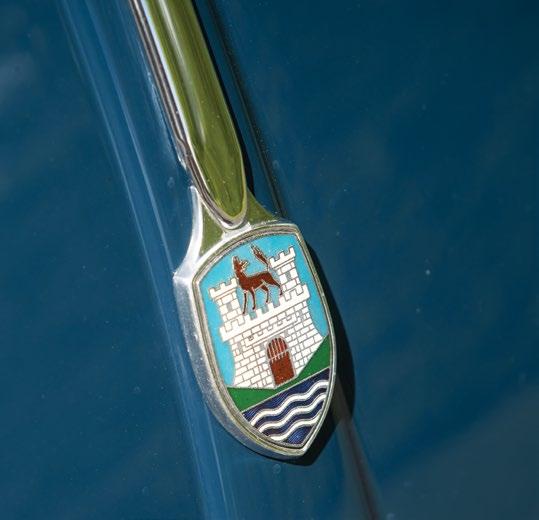
and we are so glad they made all that extra effort and then, of course, the long trip for us all to see the car in the flesh in the UK.
In a world of mass-produced mediocrity, the Annos’ 50s Oval is a breath of fresh air – a timeless masterpiece that’s sure to turn heads and capture hearts wherever it goes.
Kenneth would like to thank his girlfriend Valerie, everyone in Hangarz, and his kids Renèe and Raymond.

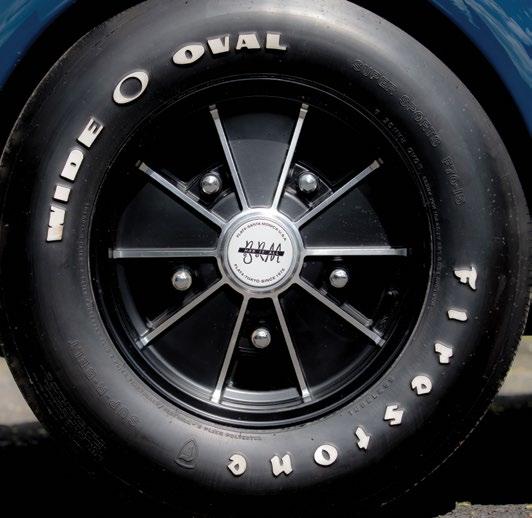

Fact 41 –Official Volkswagen once attempted to sue us. 146

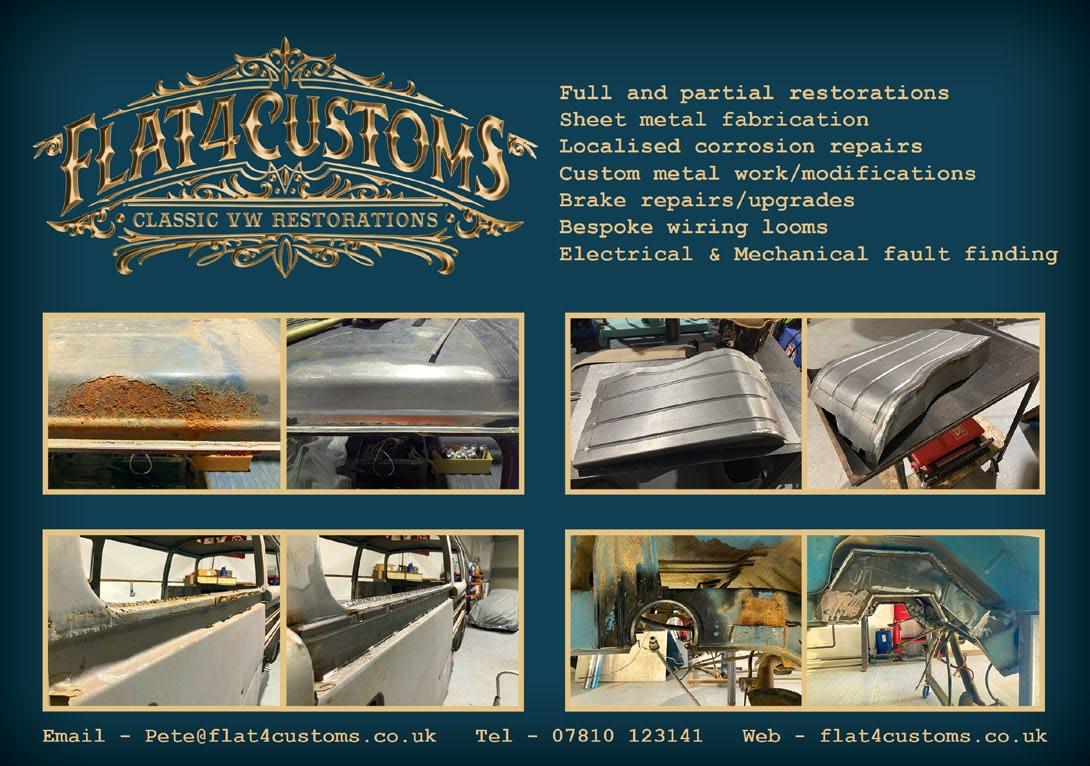

116
Fact 39 - Hayburner magazine has subscribers in 39 different parts of the world.
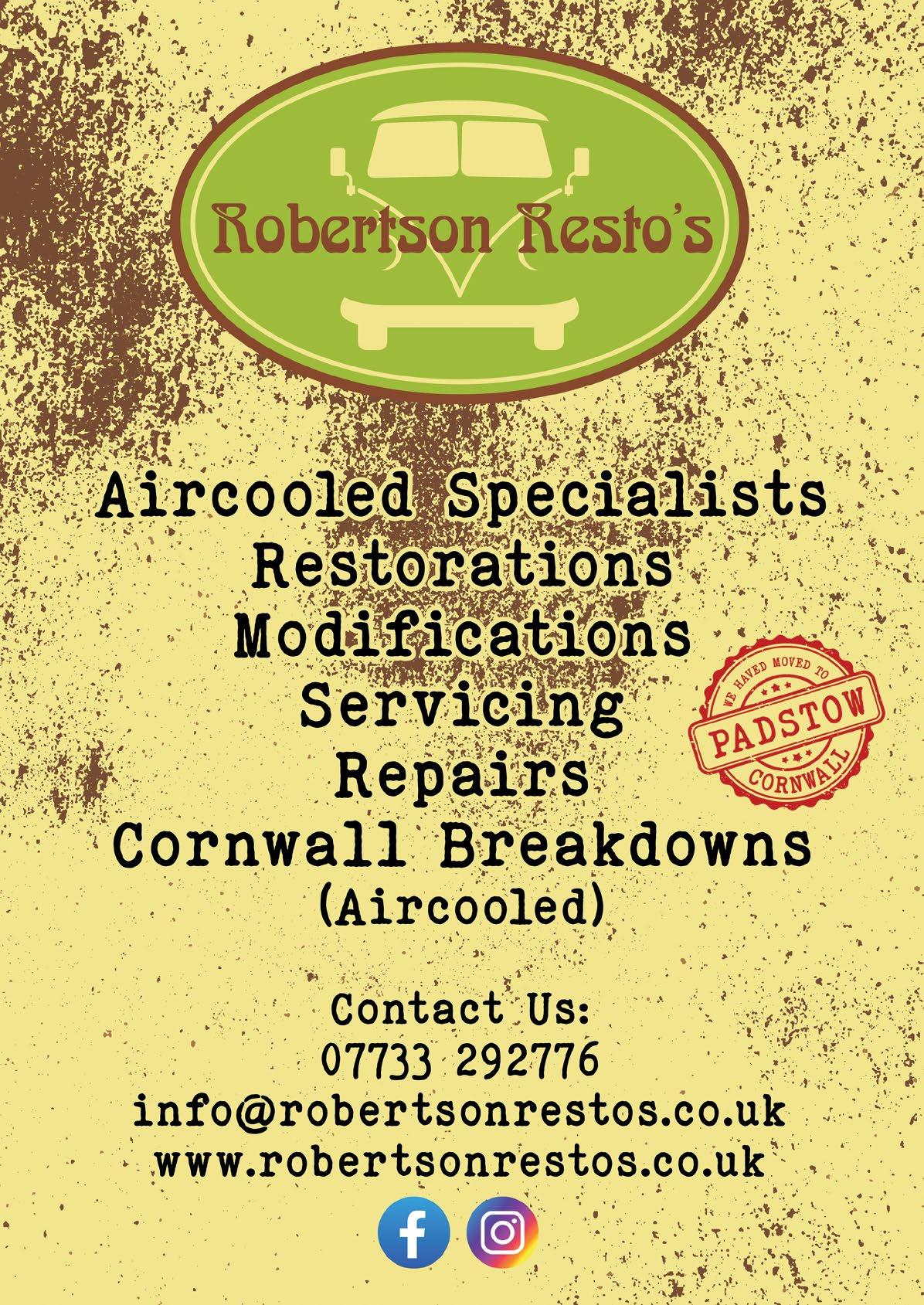


99 PROBLEMS BUT MY BUS AIN’T ONE
WORDS BY CHEZ WILLIAMS

Fifty whole issues of the mighty Hayburner – how utterly wonderful. I have just been looking through my past articles, at all the things that I have written about over the years, and it’s been a great walk down memory lane. Time really does seem to have flown past. I remember the night I met Ned and Vic sat around a fire at a party. I offered Ned work at Rapid Rodent Racing that same night. He wanted work and I needed help; it was perfect timing and was the start of some very fun times. I think Ned was the first person I ever employed and it made a massive difference in the workshop. It can be hard to motivate yourself when it’s just you, but someone else being there who you vibe with and can bounce things off each other makes a massive difference. We would fire up Spotify on the computer and make up playlists to keep us entertained. I still have a “Ned Playlist” and one called “Workshop Rainy Day” and they always make me smile. Over the years I have employed quite a few people and the interview technique has always stayed the same. I open Spotify and ask them to put on some music while I make the tea. This has been a tried and tested way of finding the right employees. It’s not so much about which tracks they
choose, but more about whether they are prepared to put anything on in the first place.
Ned and I started doing “How to” writeups in the workshop to begin with, and after some time we realised that there are only so many you can do. That seemed to slowly develop into my rambling on about whatever was on my mind or was going on in my workshop. It was a great opportunity that I have always been very grateful for – from going to shows and venturing into Europe for things like European Bug-In and Le Bug Show in Spa to Hessisch and Ben Pon. When I look back, I have a stack of fond memories. The occasional breakdown and blown-up engine never seem much of a problem when you are with a good crew of people who have your back. The Hayburner stall at shows has always been a great place to congregate and meet new people. It’s a bit like the meeting point at Glastonbury festival: there will always be a friendly face that you know, chatting away and loving life.
The workshop has been nice and busy recently. All the usual vehicles are coming out of winter hibernation. Getting things
running well ready for the season to start has always been one of my favourite things to do, and I’m lucky to have customers who come back year on year. There has been the usual amount of carburettor cleaning and servicing mixed with a few engine builds and a bit of welding here and there to keep us out of trouble. My right-hand man Loz Carter has had a bit of time off over the last few weeks as Loz and Taylor have a new arrival – a little boy named Kai who is all healthy and looks as cute as a button. Congratulations, my friends, and how lovely to see another generation appear in the world. This has meant I have had to get used to being on my own in the workshop for a bit. It has reminded me of what it’s like not to have my amigo there and that my body is getting old and decrepit. Another new arrival in the workshop is a beautiful 1970 Bug which belongs to Sean Lang. Sean is a new customer and as always I asked him the story of his car. There is almost always a story with an old Volkswagen.
Sean has been interested in Bugs and campers ever since he can remember, but he never actually owned a Bug or a camper until he reached his thirties. Just by chance
150
one day (around the year 2000), he was chatting about getting a Bug to a mate who then revealed that his dad had a Beetle in his garage which he never used. Sean presumed it was either rotten (hence not on the road) or that it was his dad’s pride and joy and that he wouldn’t wish to part with it. A while later he chanced his arm and asked his mate if his dad wanted to part with the Beetle, without even actually going to look at it. A few days went by and his mate said his dad would sell it and did he want to come take a look. Sean bit his arm off and went round like a shot. It was in good condition for its age and had never been welded or modified. On chatting to his mate’s dad, he learned that the Bug had been bought by him brand new from a VW dealer in 1970, until he decided to buy another car around the beginning of the 80s and just parked the Bug in his home garage, where it remained until Sean bought it.
Sean was only the second owner of the 1970 Beetle with less than 73k on the clock. Now we all love a slammed Bug, and Sean went about lowering it front and rear. It sits well but there is a problem. Twentyodd years ago, the roads were in a very
different state from how they are today. Driving a slammed Bug then meant the odd scrape here and there, but that was to be expected. As the years went on and the roads got worse, Sean found he was using his beloved Bug less and less because there were more big potholes which were damaging the underside of his car. Sean has not driven the Bug much over the last few years, really only to the MOT and back. It only has 76k on it now, so that’s about 3000 miles in 24 years. It’s time for this to change and for Sean to get more use out of his beloved car.
I’m not really happy saying this, but that Bug needs to come up a bit. It needs to be driven and loved again and that will involve some adjustments. Sean has purchased an adjustable beam which we are going to fit, and once we have levelled out the back and done a few other jobs, I really hope it will be at a height that can cope with our poorly maintained roads and mental potholes which plague the lives of all drivers at the moment. We still want it to look cool and sit well. Sean is also going to ditch the EMPI 8 spokes and go back to solid steels in white and body-coloured L32 paint. It feels a bit odd raising something
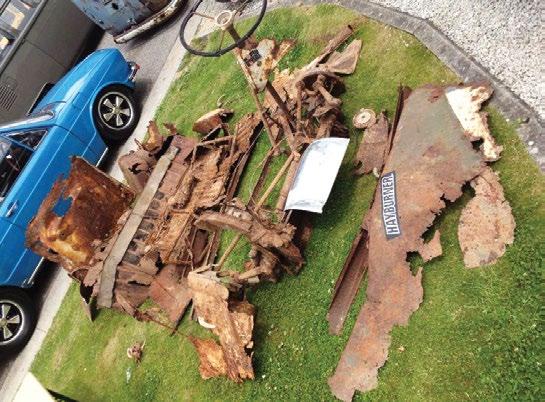
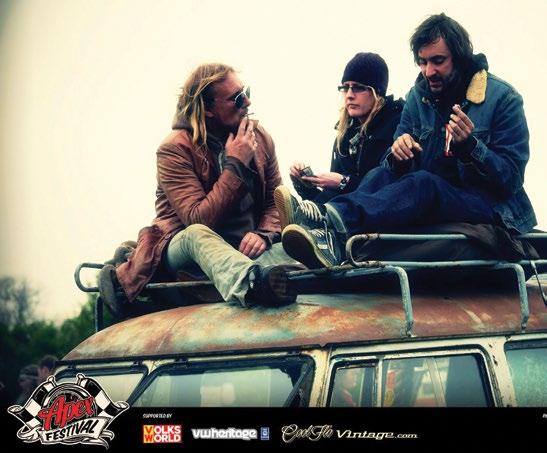
up instead of sitting it on the ground, but I can see why he is doing it and I bet once it is done he will get far more use and smiles in return. It’s that age-old story of what do you want from your car. I can see that Sean misses driving the Bug and this should make it a more usable and sustainable vehicle that hopefully he can jump into to pop to the shops or wherever he wants to go.
Finally, when I was talking to Sean he mentioned that he has promised to give the Bug to his daughter (age 15), who has already driven her on private land. She seems pretty keen on inheriting the Bug and I’m hoping she can continue the family legacy. I’m glad people are still leaving their beloved cars to their children and keeping the whole ecosystem of old cars alive. It makes me smile to think that there is another generation coming along who appreciate the special qualities of an old Volkswagen.
So, to sum up, I would like to say here’s to Hayburner and all 50 issues that have spanned time and many stories, and to the future, my friends. May it be glorious and happy.

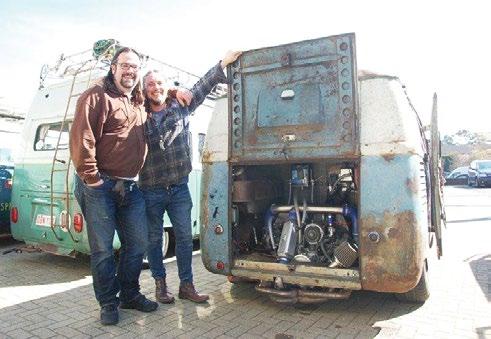
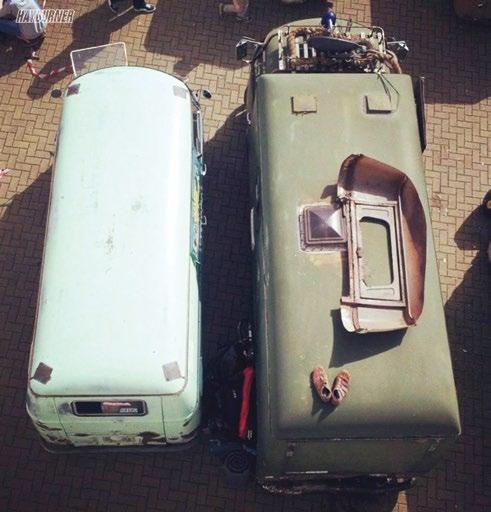
Fact 43 –Instead of buying a pair of Safari windows for Canada Dry, the money was spent from company profits to have a gold leaf logo on the cover of Issue 10. Vic had been secretly saving and bought them for Ned’s Chri stmas present anyway.
Restoring aircooled VWs since 2001
Servicing, inspections and MOT’s
Lowering and mechanical upgrades
Modification and fabrication
Auto electrics, split charge systems and 240 volt hook-ups
For all air-cooled VW’s and transporter generations
Vehicle valuations
Call for FREE friendly advice



 Fact 42 – A drunken Volkswagen enthusiast once threatened to knock Ned out at a show because he felt that we didn’t feature enough cars from “Up North”.
Fact 42 – A drunken Volkswagen enthusiast once threatened to knock Ned out at a show because he felt that we didn’t feature enough cars from “Up North”.





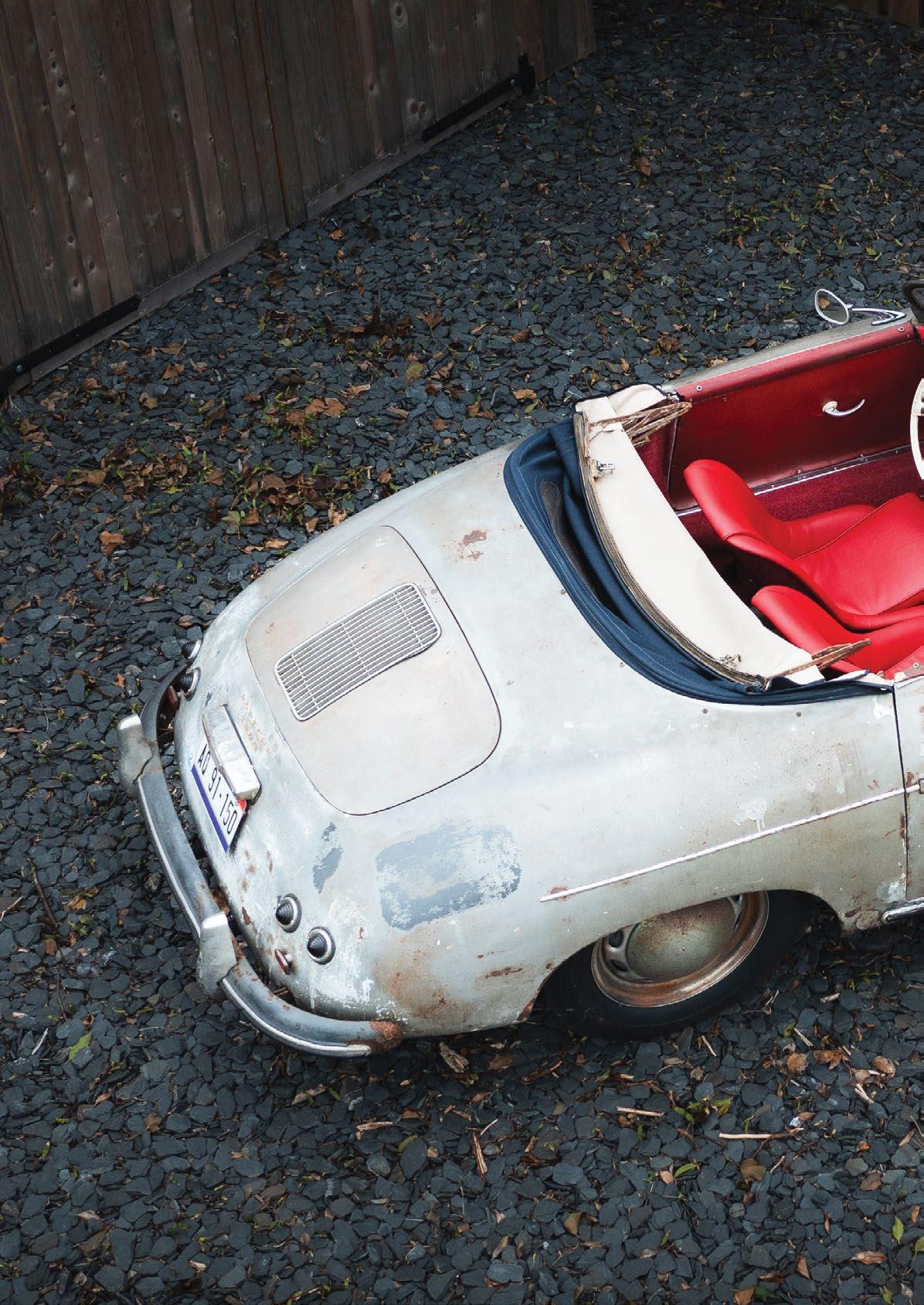
SPEEDSTER
PHOTOS BY KENNY BLOCK WORDS BY NED FAUX
156
I always wanted Issue 50 to be special, and that meant finding special vehicles. There are a handful of cars that have really shouted at me that have turned up this year, but one in particular stopped me in my tracks. That car is Irv’s Speedster. I think a 356 is on the vast majority of any air-cooled VW/ Porsche enthusiasts’ dream car lists, and sadly in recent years they’ve become further and further out of reach. But we’re not talking about any old 356 here. This is a bloody 1955 Speedster! Now for those of you who aren’t aware, this is the Rolls Royce of air-cooled Porsche.
In 1950 Max Hoffman was the sole importer of Porsche 356 in the USA and business was

booming. The US market was currently flooded with British open-topped two-seater sports cars and Hoffman suggested to Ferry Porsche that he could double their sales if he designed a model to directly compete with them.
His suggestion was along the lines of the small Jaguar XK120 but to be available at a more competitive price, so actually cheaper than the current Porsche 356 range. In October 1950 Erwin Komeda drew up plans for the new car and a prototype was produced by Sauter. This was unveiled to Max Hoffman in 1951 who named it the America Roadster – Porsche designated it the Type 540. Racing the car showed it to be far too heavy and Ferry decided to make an aluminium
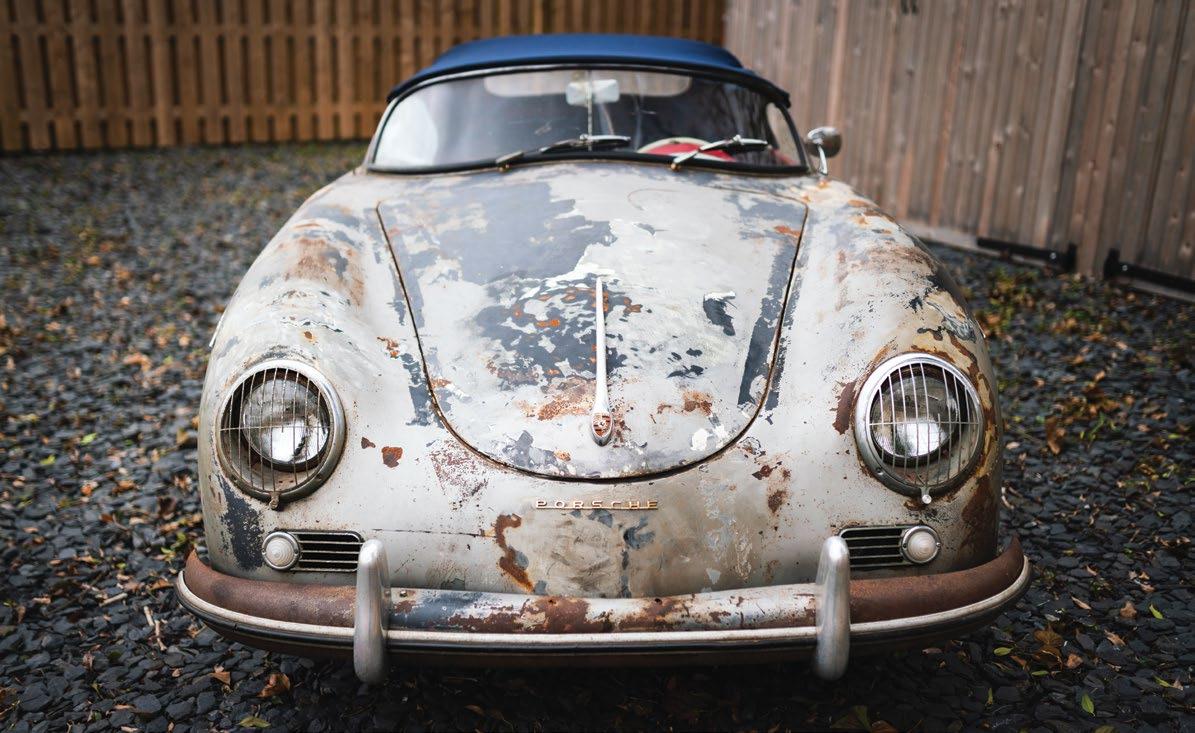

version which meant it could not be incorporated into the Stuttgart 356 production line but was contracted to coachbuilder Heuer-Glaser.
The America Roadster turned out to be a total commercial failure. The cost of production was higher than planned and Glaser lost money on each one, leading to their bankruptcy. Even when sold in the USA below cost at $4600, the Roadster was far too expensive compared to the British competition. Only 17 American Roadsters were made, but even though the project was a failure, sales of the 356 model in the
USA were accounting for a third of all Porsche’s 356 production by 1954 and they knew a solution to the low-weight affordable car problem needed to be found.
Hoffman’s original requirement for a hand-built aluminium car just wasn’t financially viable, so it had to be a modified version of the 356 Cabriolet and built on the same production line. If they removed trim and weather protection they could save weight and cost. Porsche’s Albert Prinzling and Hoffman hatched a plan and the Speedster
158
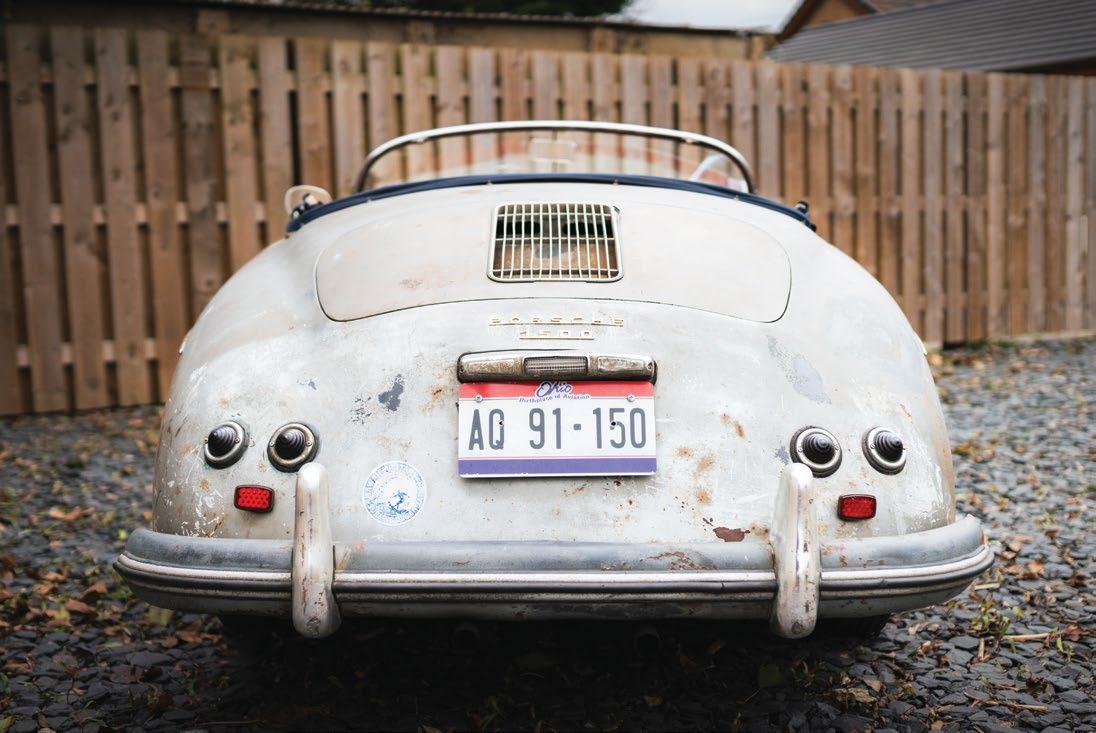
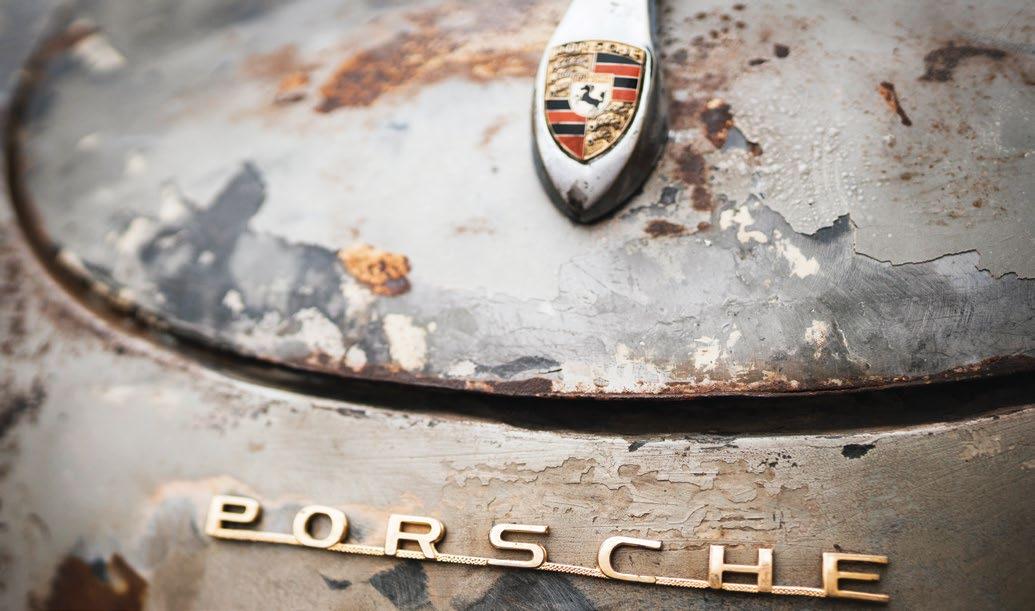
concept was born. The car was to have a low, slanted windscreen which could easily be removed for racing, bucket seats, folding top, and side curtains instead of wind-up windows. Strangely, the car kept the same Type 540 designation as the America Roadster but was designed at Reutter for minimum production costs. The no-frills cockpit had just a speedometer and temperature gauge. Heater and tachometer were optional extras and the base price was $3000!
The first Speedster was sat in Hoffman’s Park
Avenue showroom in New York by the end of 1954.
It’s odd the way the budget version often eventually becomes the most sought-after, and I believe the reasons to be rarity and style. I’ve seen Standard model Oval Beetles selling for far more than their Deluxe model brothers. This is because people like the simple look, and also because fewer of them were sold and fewer survived, being the cheap throwaway version. The same goes for the Speedster. Out of around
44 –Hayburner USA was very nearly a thing, but we only ev er had 250 copies printed and the venture never really got off t he ground. It took another nine years for Hayburner to get into shops in America.
Fact
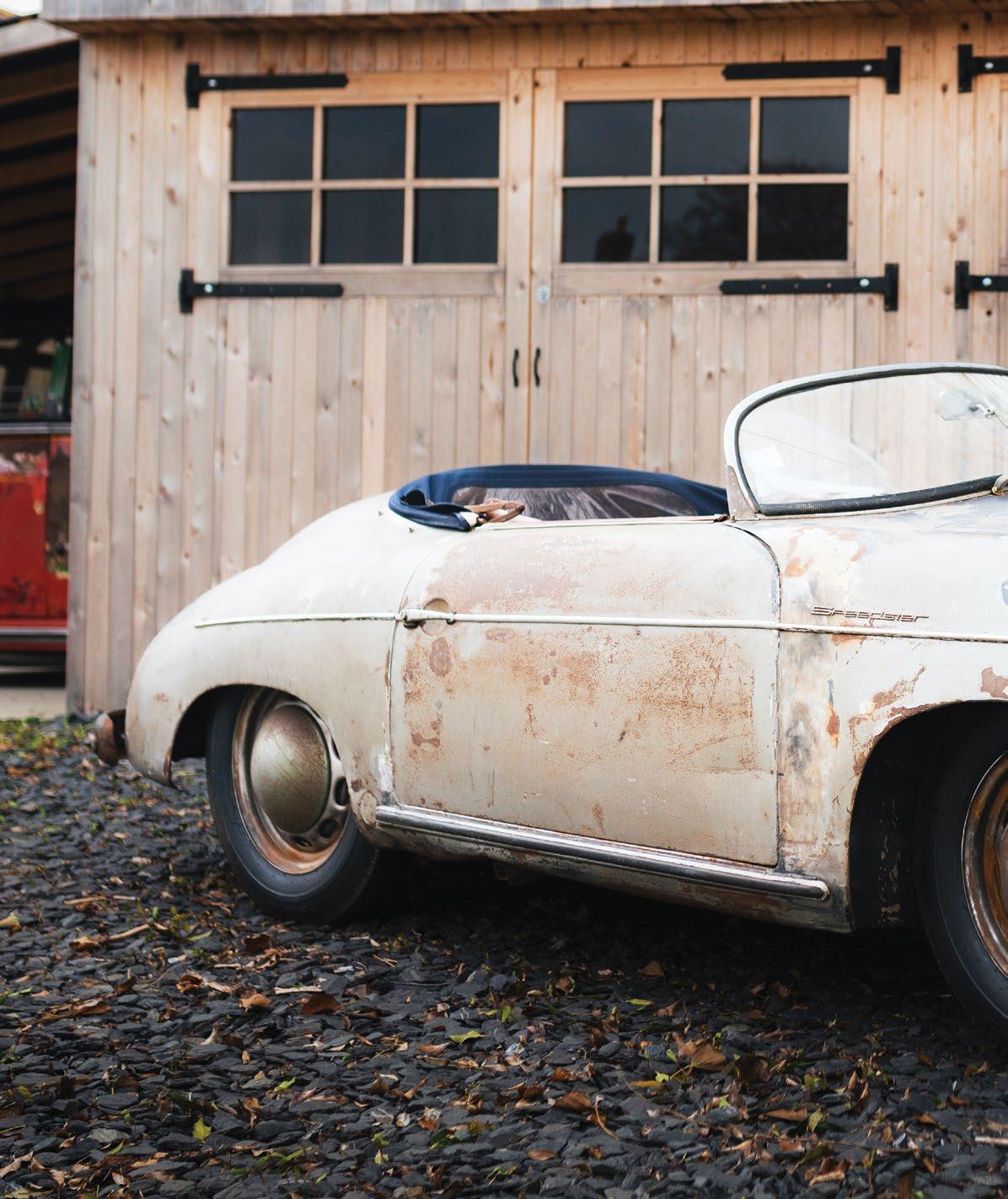
78,000 Porsche 356s built, only 3676 were made before the “convertible D” model came along in 1958. Only 3676! That’s a tiny production run in the scheme of things, and with their sexy looks and drivability it’s no wonder they have become one of the most soughtafter air-cooled models of all time.
This car belongs to Paul Irving. If you’ve been living
on the moon you might not know about Irv’s Resto Shop, based in the Lake District, UK. Irv works alongside his skilful staff and three sons and has put out more exciting builds in the last few years than any other company I know. Along with Irving’s success, a fine collection of VW/Porsche has followed. Now it’s easy to become envious here, or even dream of owning such cars. But remember
160
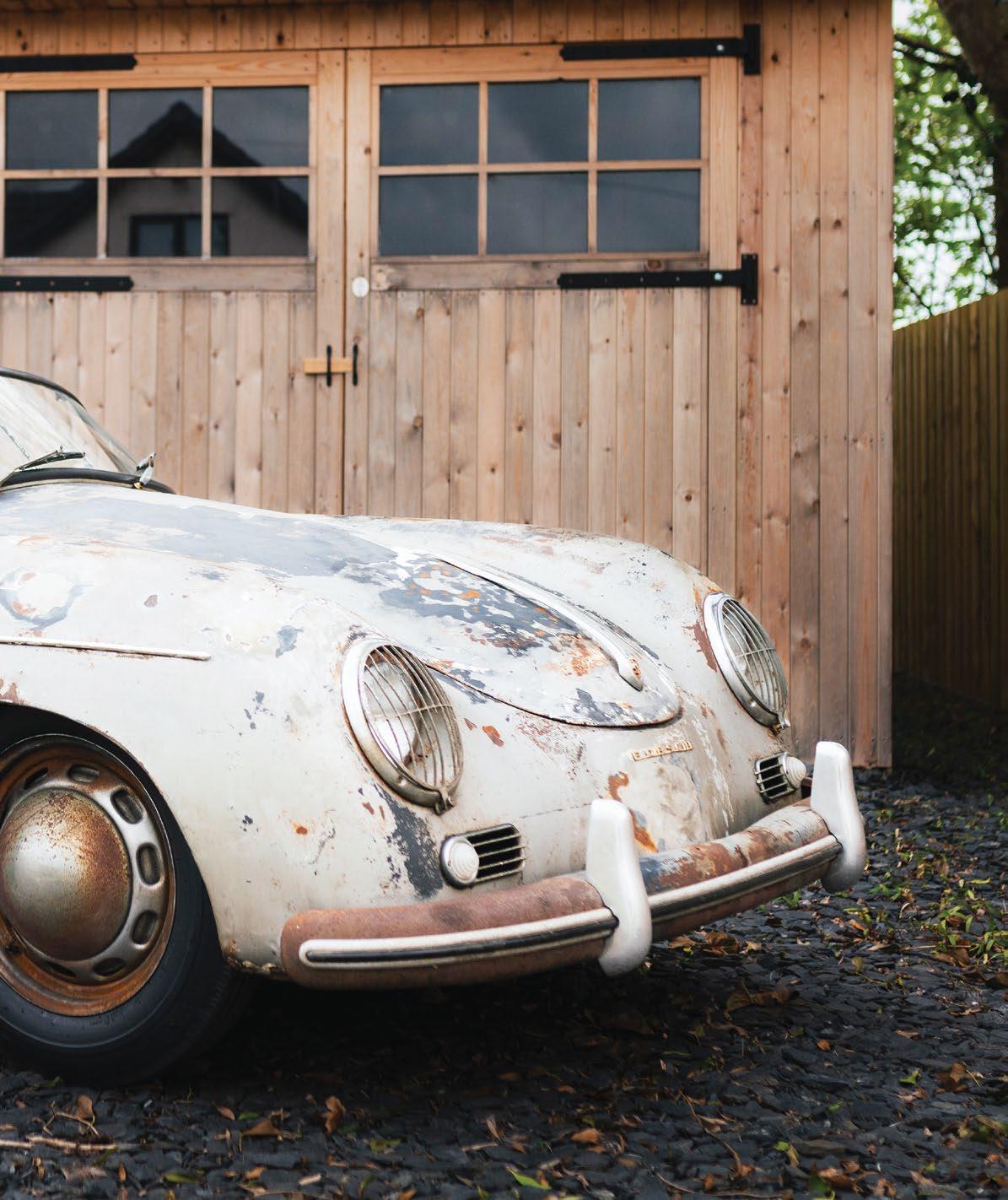
this, when I first met Irving he was a one-man-band welder. He was the one that made this business work and in my personal opinion he deserves everything he’s earned, and this includes his 356 Speedster. I won’t be crass and go into what it cost him. You only have to google to know that these cars fetch the same price as decent houses. I only mention it because this is a great example of where skill, hard work and determination
can get any of us.
The car in question is a 1955 Pre-A Speedster (chassis number less than 100 cars away from James Dean’s Speedster). The car was purchased brand new from a dealership in Ohio, USA. The original owner covered 60k miles in the car before pulling the motor in 1963 and began stripping it to retire
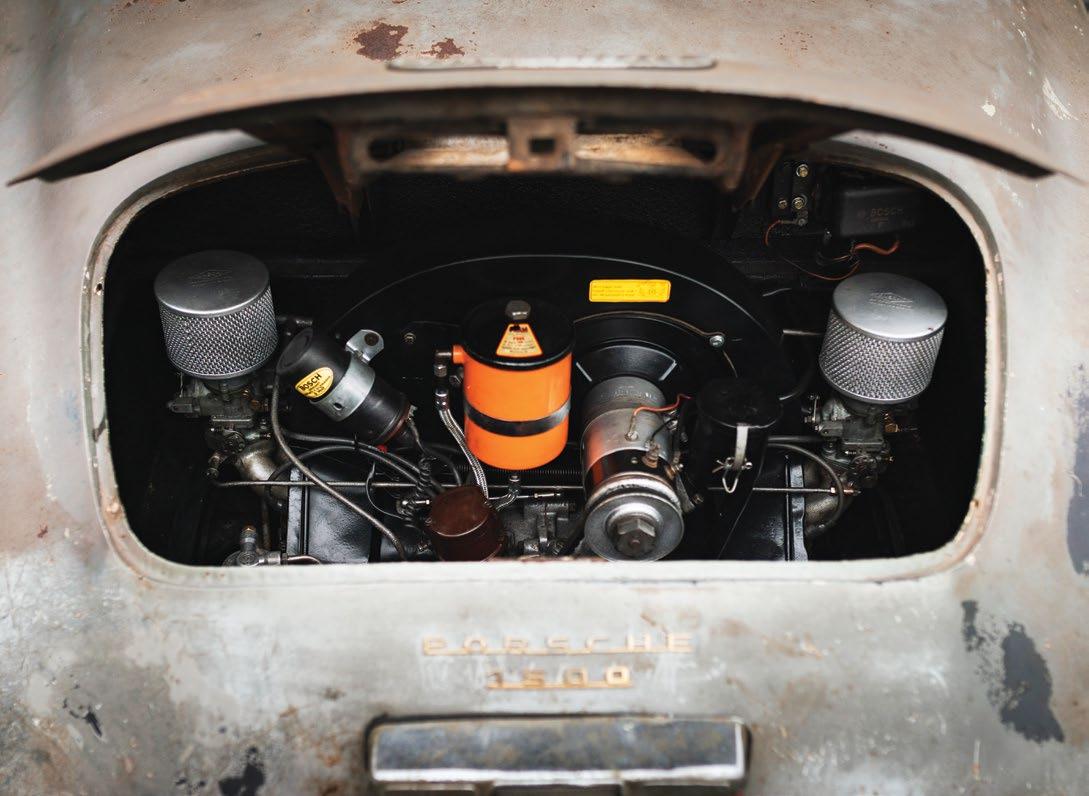
the car and just use it on the race track. This idea didn’t go down well with his wife and the car was never raced. Instead it sat in the same barn with the engine sitting by its side for 59 years. Well, I say the same barn. The barn structure had been torn apart by tornados at least twice and rebuilt around the Porsche. This was until it was discovered by the company European Collectables. They are notorious for hunting out early Porsche cars and the
lead on this one apparently came from Canada. The company were working on behalf of a Frenchman, attempting to locate an original Speedster for him. The Frenchman ended up with the car and had it subtly recommissioned with a few very small patches of welding to the floor, all suspension restored, gearbox rebuilt and also the original engine.
We don’t know why he decided to sell, but the car was first seen by
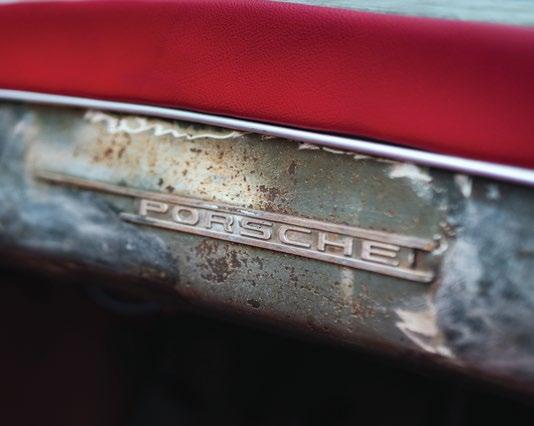
Irv as an advert on the theSamba. com which was very basic – just a photo and “offeres”. He contacted the seller and asked the price. He was told very bluntly that if he had to ask the price then he wasn’t in a position to buy it. Irv left the conversation not thinking much of the guy and walked away. However, cars like this don’t turn up often and it kept playing on his mind, until a couple of weeks later he got in touch again and this time managed to get a price. It

162
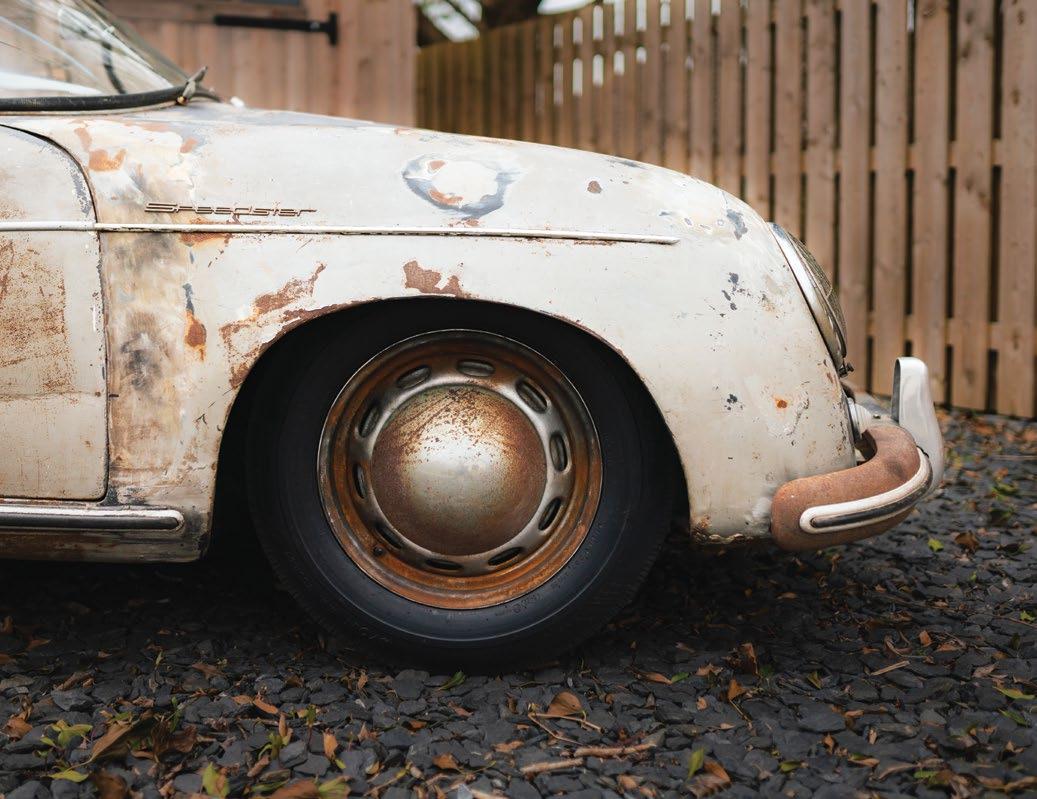
was something he could work with and he went on a desperate sellup including the 356 he already owned. The other condition of the deal was that Irv had to drive to Bordeaux in France and pick up the car himself. When he arrived, the seller started giving him the hard sell on a 1990 Speedster in his possession as he’d decided he didn’t really want to part with the 356. But Irv had come all that way for the ’55 and that’s exactly what he left with.
Once home, he could really take a good look at what he’d ended up with. The car is silver which wasn’t available direct from Porsche. Irv is not certain if it was a very early first paint that must have been to a very high standard or even a special order from the factory. Everything was matching numbers and all original to the car, down to every handle, switch and dial. The car is a dream to drive and he intends
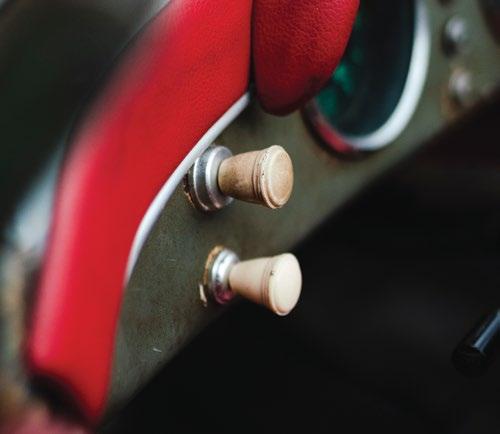
to leave it just as it is. I asked if it is a keeper and he replied “for now, anyway”. I know he has had some pretty tasty offers on it already, and living in Cumbria the right hard-top Pre-A could maybe tempt him, but for now it’s going to be something he attends shows in and enjoys on sunny Cumbrian days.

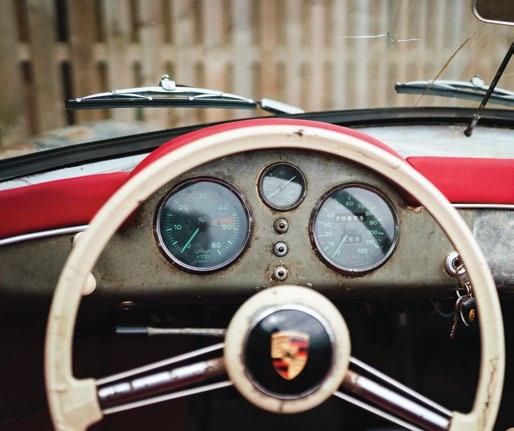
The entire design file for Hayburner Issue 7 was corru pted and lost three days before our print deadline. We all work ed day and night to piece the magazine back together and somehow managed to catch our slot at the printers.
Fact 45 –



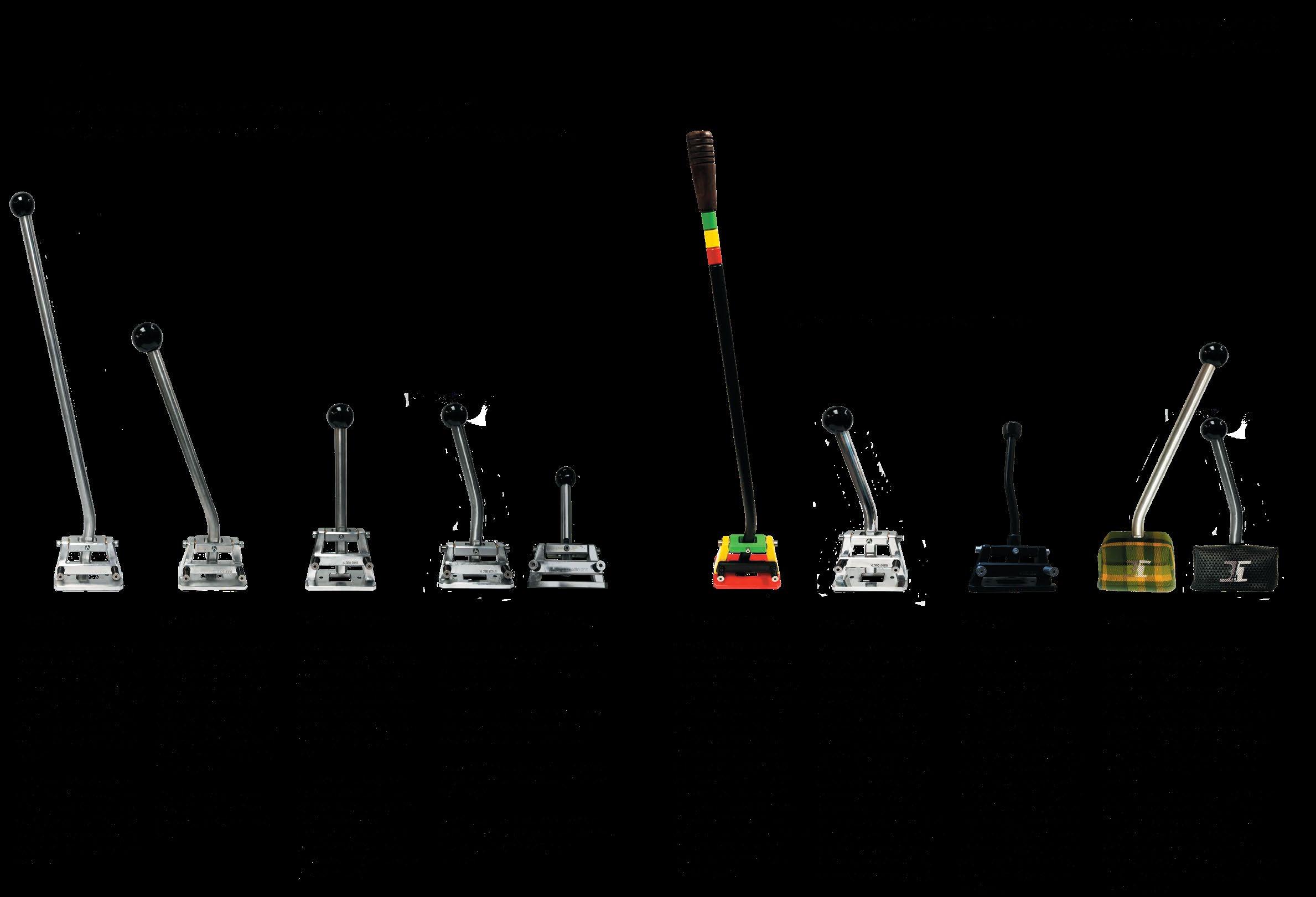

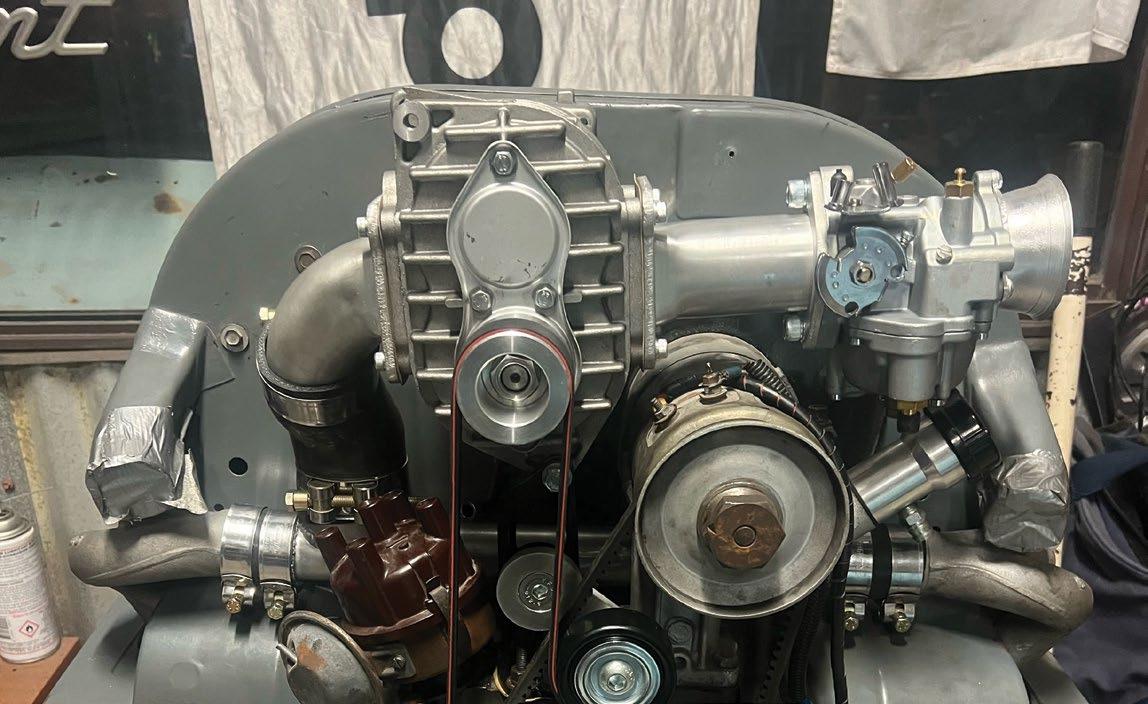
Fancy a Blowjob?
n Superchargers
n Superchargers
n Camshafts
n Camshafts
n Ignition systems
n Ignition systems
n EFI systems
n EFI systems
n Twin-spark kits
n Twin-spark kits
http://joeblow.me
http://joeblow.me
blowjobs@joeblow.me
blowjobs@joeblow.me
Supercharger kits for aircooled VWs
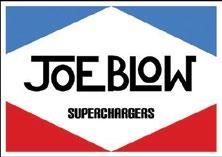
Fact 46 – A lone shirtless man once walked up to our trade stall and bought two bottle opener key rings. He then, without saying a word, attached one to each of his nipple rings, and walked away as if it was a normal thing to do.
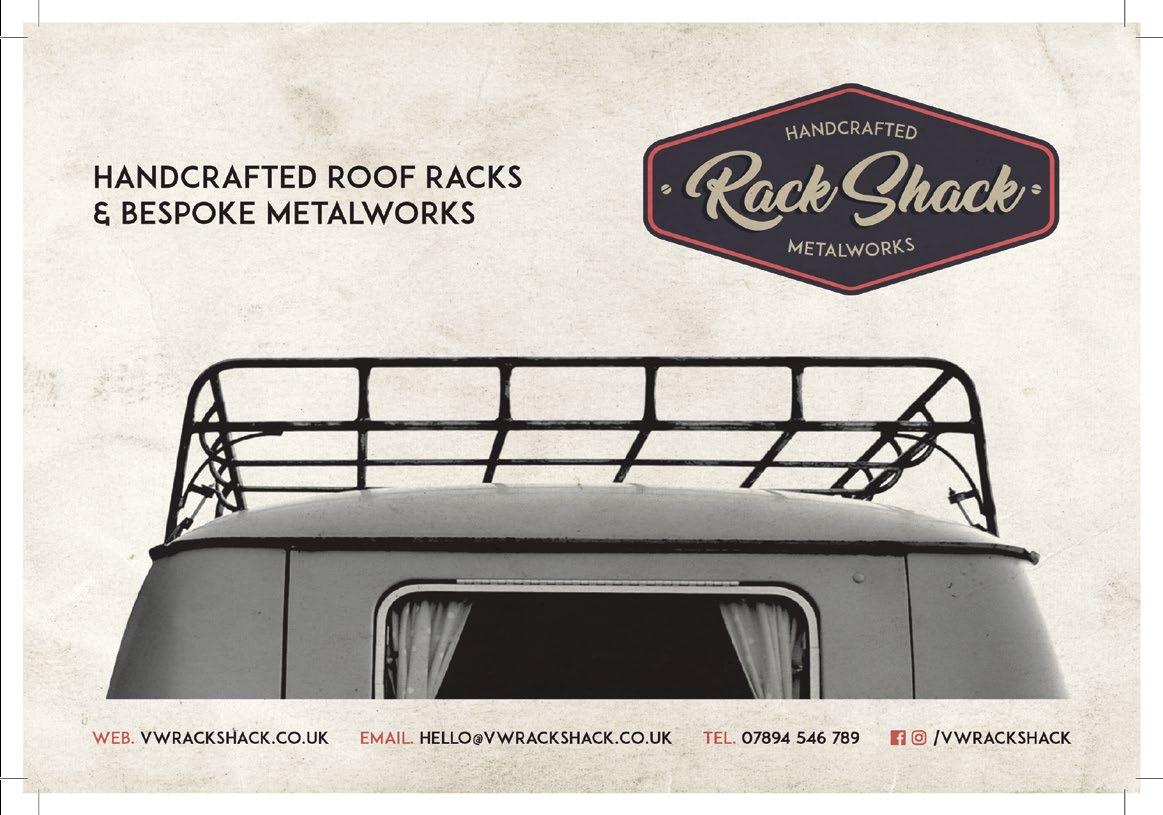
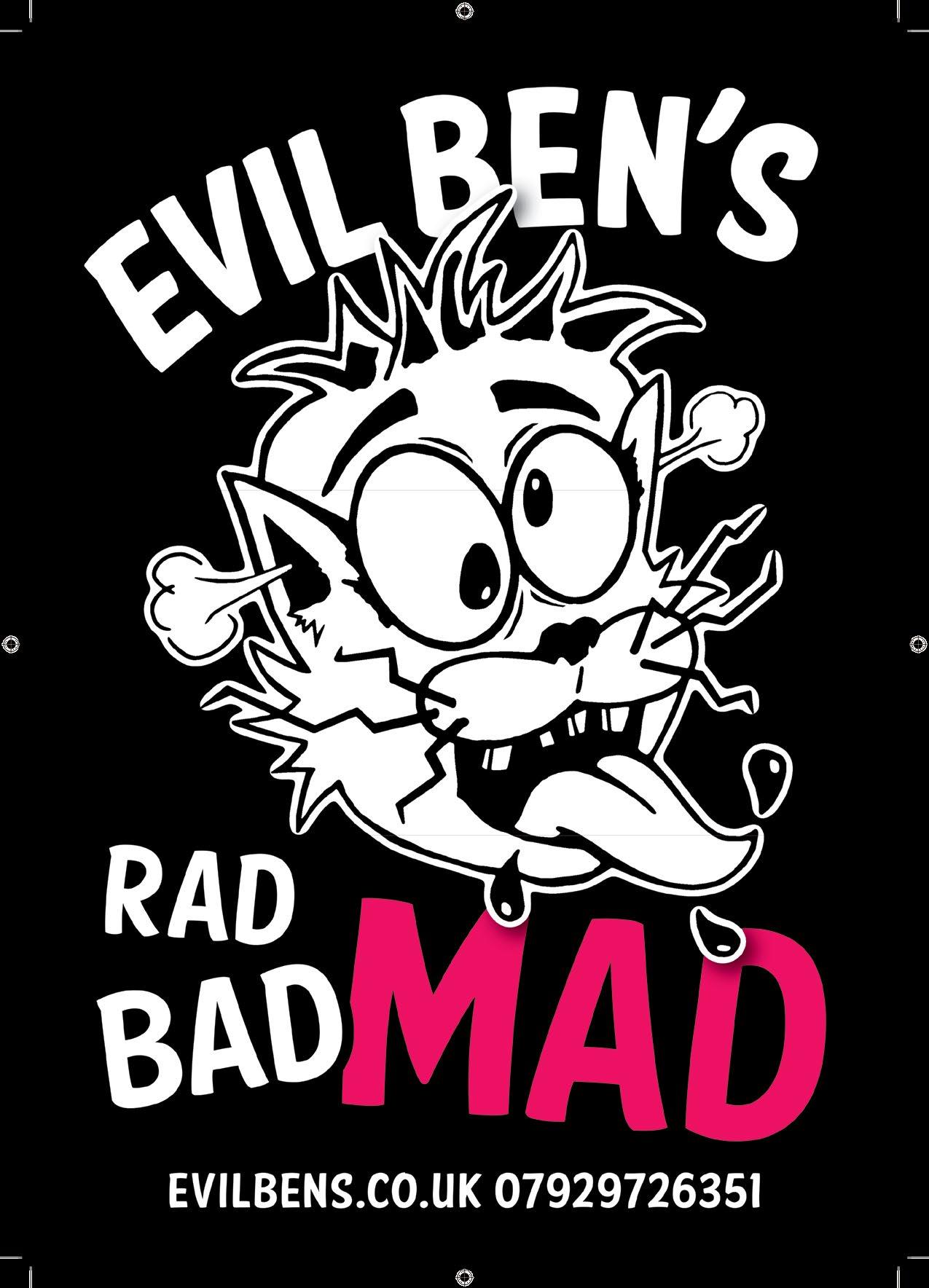

DURACLEAN
PHOTOS BY DAN DU CROS WORDS BY BEN LAUGHTON
Tuesday 28th October 2014, somewhere in the sunny Mojave Desert in Southern California, and this was all starting to feel like a bit of a bad idea. With a lot of research, a bit of luck and, just a minute ago, the help of a friendly neighbour pointing me in the right direction, I now found myself standing on what I believed to be Russ’s porch. Mo was sat in the hire car, texting our whereabouts to my brother back home in England, while the heat of the early evening sun rippled off the roof. “You can’t be too careful”, she’d suggested, “when door-knocking on private property in the USA”. To be fair to Mo, they carry guns over here and have the legal right to defend their property with force, and this guy had refused point blank to even consider dealing with me when approached by a helpful friend in the States.
“The only way you have a hope in hell of buying that roof is to turn up at his door with a roll of dollars in your pocket”, was Mark Lapriore’s fateful remark. As I stood there on the step, a car pulled in the driveway and an angry-looking man jumped out. “You’re on my property. What do you want?”, he asked bluntly. Hmmm, maybe Mark hadn’t expected me to jump on a plane and follow his advice. With hindsight, I’m pretty sure he was being flippant. “My name’s Ben and I’ve flown in from the UK”, I said. “I’m currently trying to collect the remaining parts of a Barndoor that I own – one that was cut up in the late 1980s. I think you have the roof?” I handed Russ (well, I was assuming it was Russ) the letter and photographs that I’d brought with me to post through the door if no one was in. “I was intending to leave this with you”, I said. “It kind of explains what I do and
170
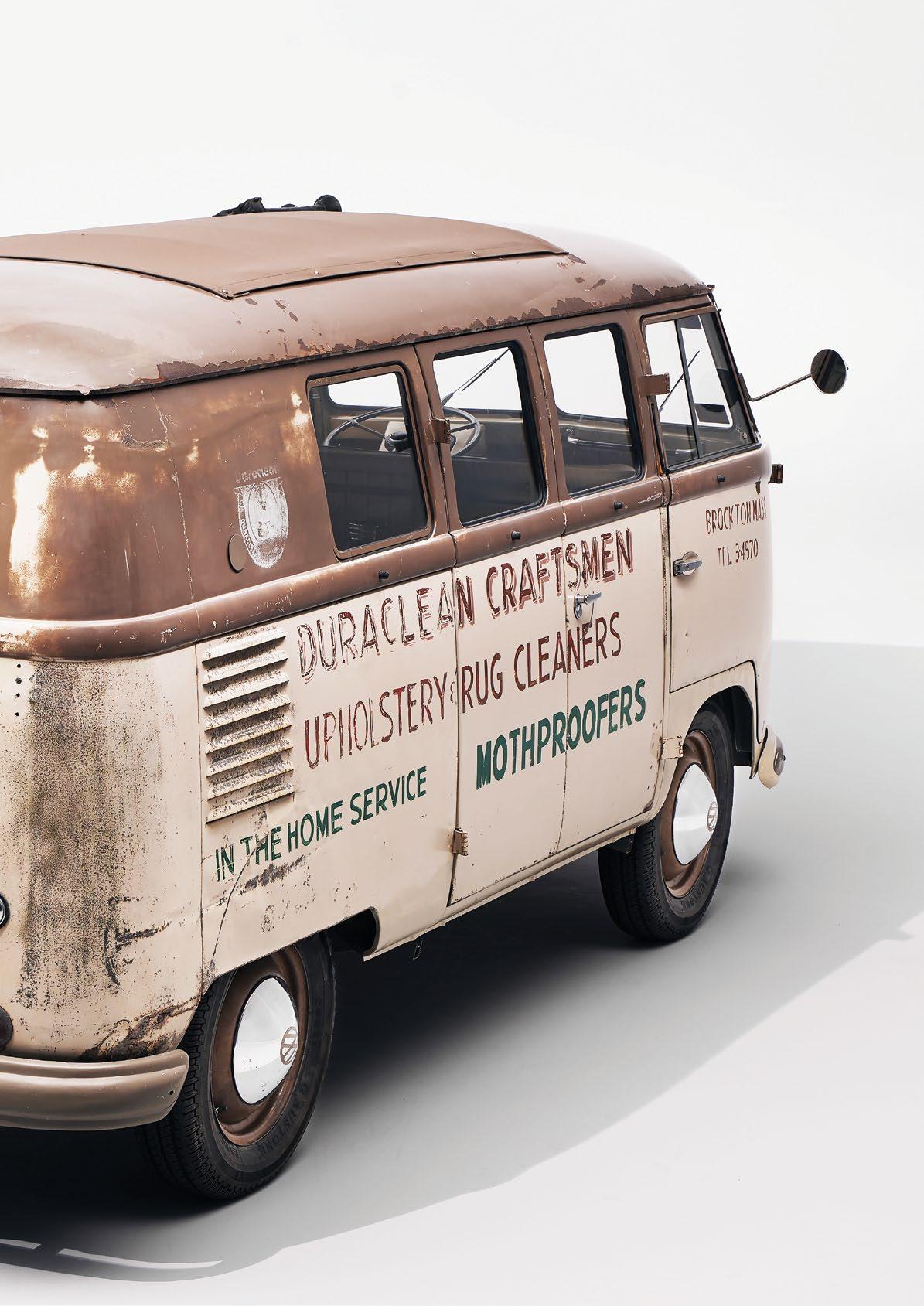
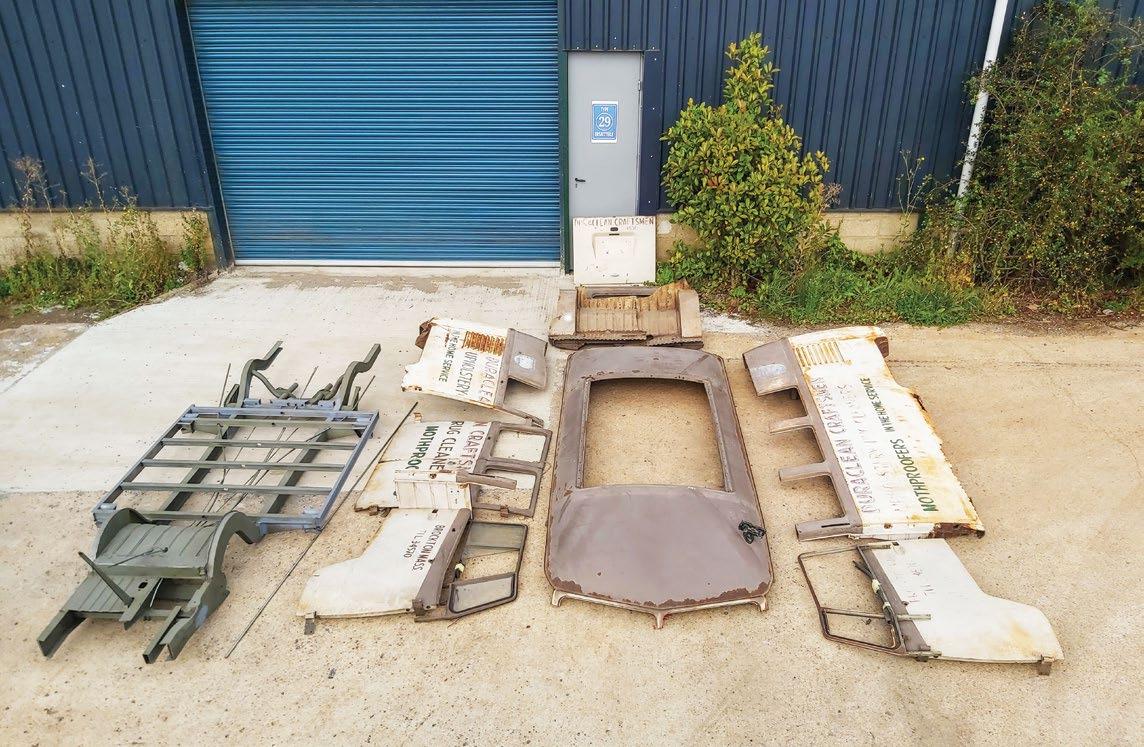
what my plans are for this project.” Russ (yeah, it definitely had to be Russ) scanned the letter and looked up at me with an emotionless face.
“Who’s in the car?”, he asked.
“It’s my wife, Mo”, I said.
“Right. Well. You’ve come a hell of a way, I guess … You guys want to come in for a drink?”
“Umm. Ok, thanks.”
If you don’t try, then you don’t get, right? And we’d made it this far …
I’d heard about the legendary 1955 Duraclean Sunroof Standard on the VW forums and in general Barndoor chatter over the years. Word was that a few guys in America had bought it from the original owner in the late eighties with just 50,000 miles on it from new. They’d driven it home across town, into the workshop, and cut it up with a Sawzall. No thought was given to the dissection of this, at the time, fairly worthless bus. The interior panels were saved for use in one of their Deluxes, and the rest of the bus was parted out. Gradually, lumps of bus changed hands several times and spread slowly further across the States, although one guy,
Jim, still owned the lion’s share of the bus and occasionally threatened to do something with it. August 2011, and Jim finally decided that bus values had risen a lot in the passing decades, that the rarity of an original paint Barndoor Standard was now widely recognised, and that a few people had started to put Barndoors like my old Basket Case ’51 and Quality Sound Deluxe back together. Maybe, he thought, it was time to offer the Duraclean remains up for sale. The parts were in great condition, having been off the road and stored since 1988, but there was an important detail that you couldn’t overlook. It was in pieces. Lots of pieces. The front panel was missing, the roof was missing, a cab door, the decklid … in fact maybe only half the bus was available when Jim placed his ad on thesamba. Some mocked, some joked, some discussed if a resurrection was even possible. I didn’t stop to think; I just pressed go.
Roll on a few months and the Duraclean remains were being craned off the low loader at my house in a big wooden crate. Oddly, I was pretty damn chuffed with my purchase. The metal work was in fantastic shape, and I now owned a large part of this amazing Barndoor. In reality, the only thing to be of much use at first was the packing crate, which became (and
still is) a handy shed in my garden. The parts were temporarily packed into our spare room (yep, you read that right), while I cracked on with other projects, but the legend of Duraclean ran deep in Barndoor circles and people were starting to get excited upon hearing that a resurrection was on the cards. Slowly I started to put feelers out to search for some of the missing pieces. Eric Henrikson kindly sold me the immaculate, original paint, sign-written engine lid that had been hanging in pride of place on the wall of his office, and Mark Merz sold me the missing passenger door and rear decklid hanger section. Eventually, the main culprit of the legendary eighties bus vandalism managed to get in contact with me too. Ed Gourley explained to me how he’d discovered an old June 1979 Vintage VW Club of America newsletter whilst sorting through some parts at his house, and
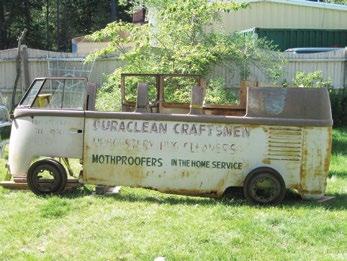
172
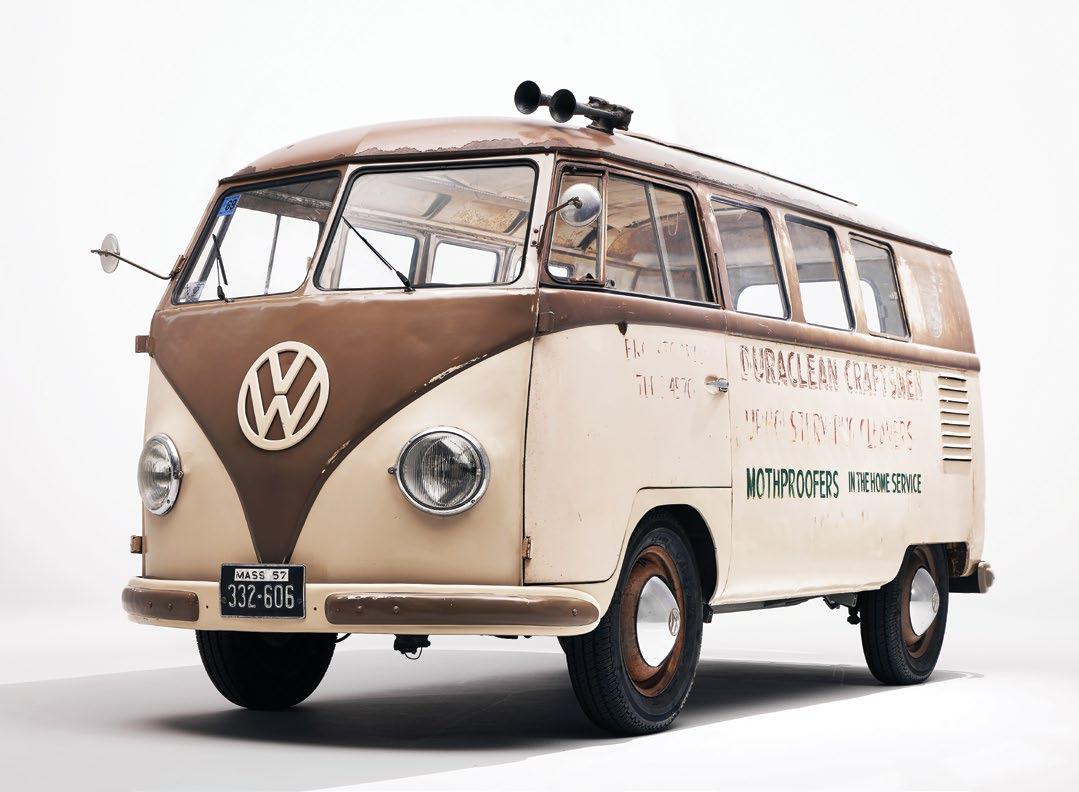
that it contained a short list of known Barndoors from across the globe. Realising that a Barndoor Standard had been based in his home town of Brockton, Massachusetts when the list was compiled, he contacted the owner, Eugene Douillette, and discovered that the bus was still parked in his garage. The owner had bought the bus new, and immediately had it sign-written to advertise his
cleaning business – a franchise of the Duraclean International company set up in 1930 and still in business today. He even gave Ed some cool photos of the bus from 1957, which had been sold by Ed years back but were now in my possession as a bonus of my engine lid purchase. Ed trailered the bus back home with his pals Jim Phillips and Tom Broulette, where they managed to fire her up. They then
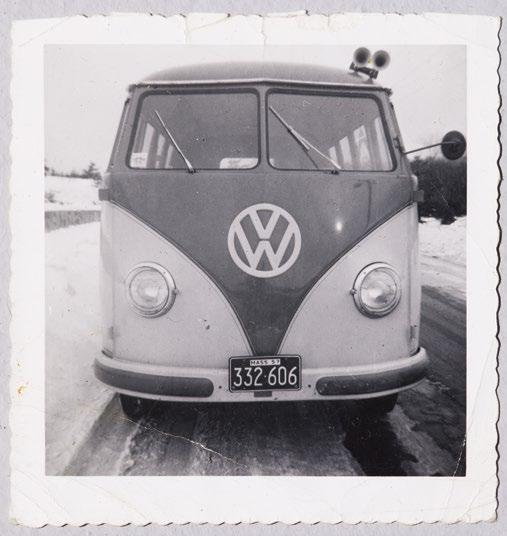
backed her into the workshop, crudely cut the poor thing up, divided up the spoils, and made their permanent mark on American Volkswagen bus history.
What was really nuts was how much of Duraclean had survived. When I’d bought the bus from Jim in 2011 it not only comprised some big chassis lumps, long side, short side, cargo
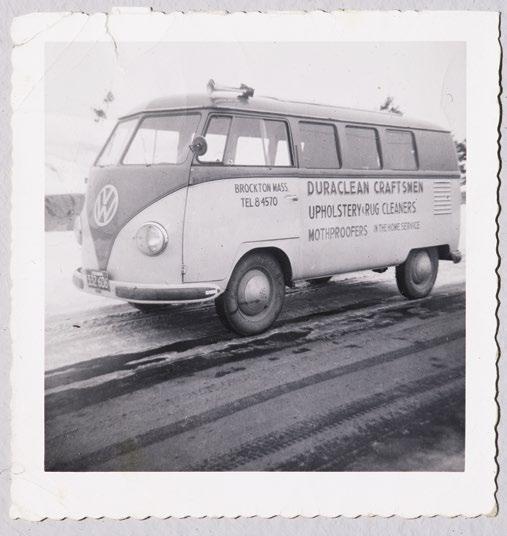
Fact 47
Shuvarda (his ’56
–We went over to perfect-bound magazine for Issue 10. The reason for the movie quote on the spine was only because we had absolutely no idea what to do with the space. However, there is a code in the spine (quotes 1 to 50) and Ned has promised if anyone manages to decipher it he will give them
Kombi).
doors, driver’s door and door top, but it also came with its original 16” wheels, its speedo, rear lights, most of the original SEKURIT glass, and more. The decklid from Eric had come with its original brake light, number plate light, handle, and even the original keys to the bus! Now Ed was offering up the original pedals, fuel tank, tyre shelf, and the complete, original sunroof mechanism. When they’d cut the thing up, he’d even found the original salesman’s business card down the back of the cab panels, and he still had that safely stored too. I was given leads on the front panel and roof, and the enthusiasm from over the pond to get this bus rebuilt was just crazy and
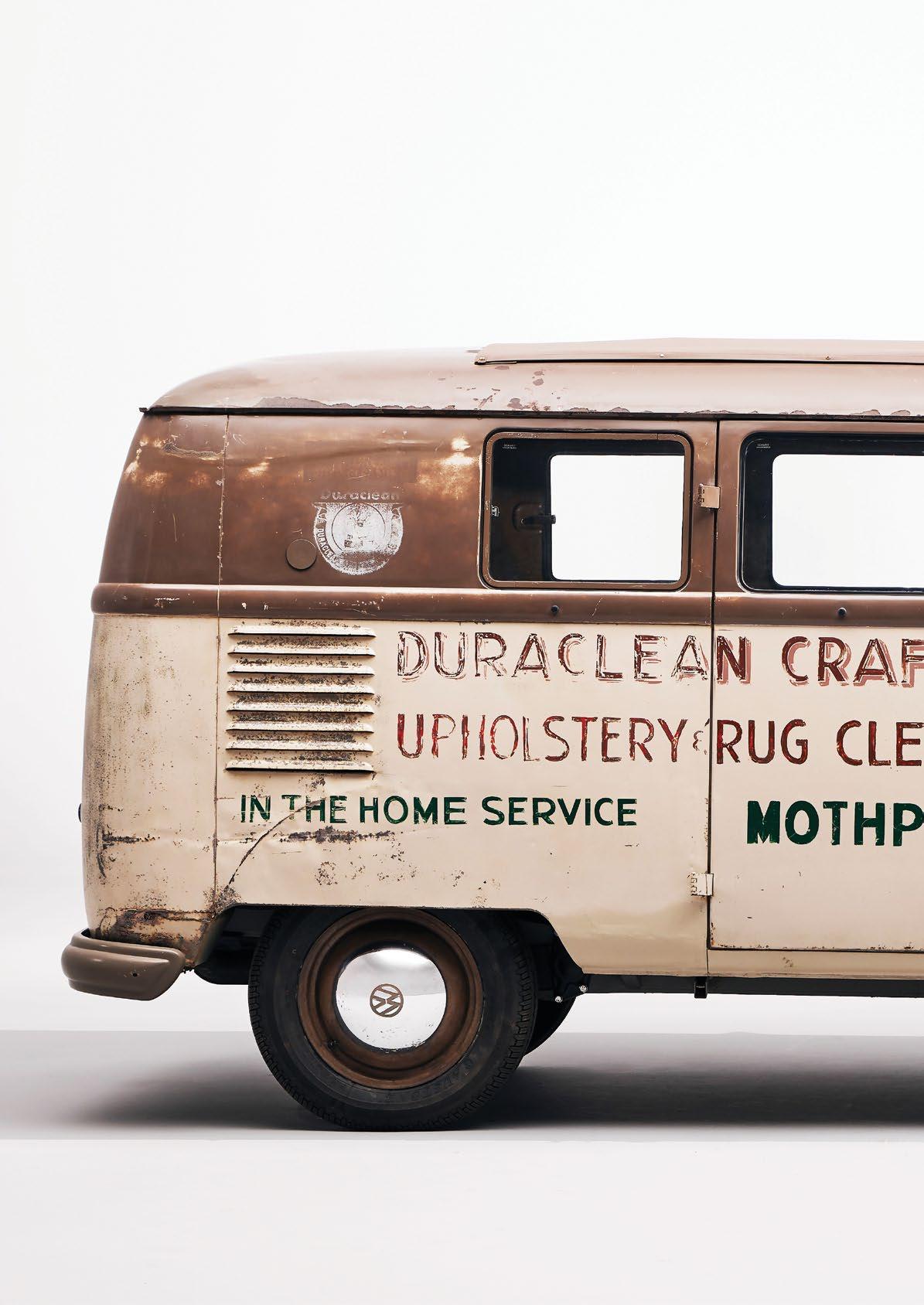
hugely inspiring. No parts had been used on other projects except for the interior panels (and I knew where they were). Even the seats and engine were sat untouched. My juices were flowing; a fire had been lit under me. This thing was my craziest project yet and I was loving it. That said, I wanted to collect the final pieces of the puzzle and make sure I had the funds to build and keep this bus. This was a dream Barndoor for a very enthusiastic original paint and sign-writing fan like me. I was happy to bide my time and to do it right.
174

Time ticked on by while Duraclean sat collecting dust in my unit (the spare room storage arrangements weren’t exactly ideal for the long term). I had a lead on the front panel, but it had long been stripped to bare metal and, figuring he knew the potential value to me of the part he was hoarding, the owner still wanted many of thousands of dollars for it. Instead, I sourced another late Barndoor front clip from my friend Kai Schilders in the Netherlands. It hurt me not to have the original panel, but it was always going to have to be repainted anyway, so better to spend hundreds of pounds rather than thousands of dollars, and it was still original 1955 Volkswagen
metal. The roof also seemed unobtainable. It had changed hands a few times and I’d traced it to a guy who used to be well known in VW circles but who’d got out of the scene over there. Reputedly very difficult to deal with, I’d not even managed to contact him. I had sourced a decent later sunroof roof panel from my friend Rick at Schofields (no BBT pressed roof panels available back then), but I’d never really made peace with the fact that the only remaining original paint panel for this bus still hadn’t been reunited with it. It was arguably the biggest and most important panel on such a rare beast. You can count the surviving

sunroof Standard Barndoors on one hand, and this one had both original paint and wicked sign-writing. Whilst it didn’t exactly keep me up at night (much!), it did certainly keep me from starting the build. While it was still out there, unused, the hunt definitely wasn’t over.
At this point I need to introduce my friend Mark Lapriore of thebusbarn, who is a bit of a name in the early VW scene for all the right reasons. Mark’s been saving and restoring these old vehicles for many years and his skills
are some of the best in the world. He once transported this very roof across America on top of his high roof Split, so when he first hit me up about it, he’d been very enthusiastic about trying to help me purchase it from Russ, the SoCal-based collector who currently had it stashed, untouched, in his collection. Sadly, Russ made it clear that he had no intention of letting go of the roof, and that one day he planned to graft it to a Barndoor Standard project that he owned. Neither of us could ever see this happening, given Russ’s penchant for collecting cars and
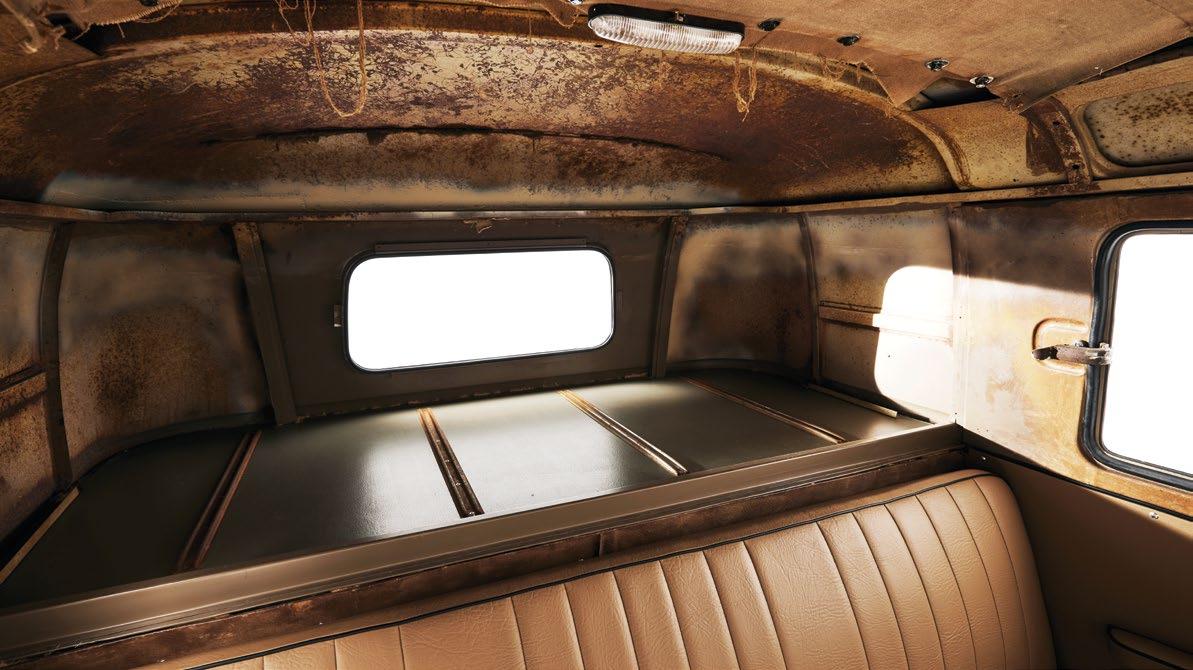
176
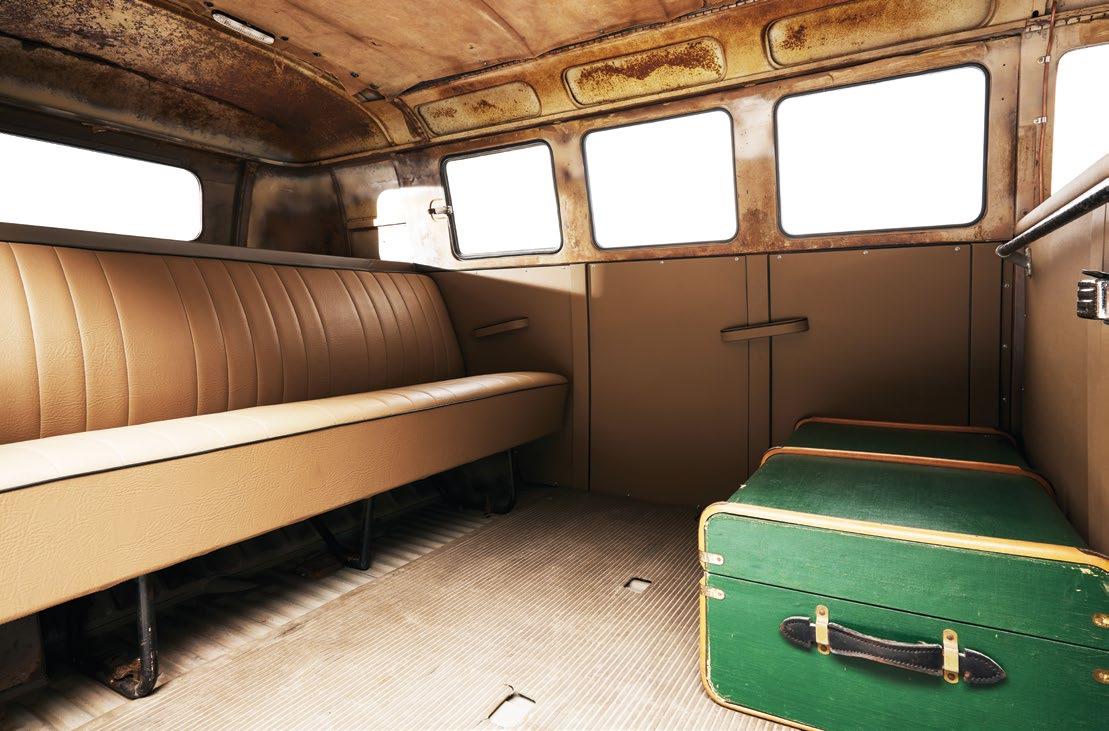
parts, but all you can do is try. Eventually Mark called time on his efforts and, being a good friend to the very private Russ, he explained that he couldn’t give me an address or contact number. He did, however, make that very frivolous statement about turning up on Russ’s doorstep with a pocket full of dollars and, well, Mo and I do love a holiday. … Russ turned out to be a particularly cool dude. He didn’t try to shoot us, and in fact we spent the entire evening with him and his family, chatting and being shown his amazing collection of “stuff”. It’s cool how hobbies like ours can thaw
the ice a little, and we spent the time talking like old friends. Mo and I even got invited to visit him at work the next day and ended up spending the most amazing afternoon with him, being shown around a very famous Hollywood landmark that most people wouldn’t even get close to. And, yes, he did agree to sell the roof to me. He wanted a lot of money for it, but he made it clear that I was the only person in the world who it was available to because of my crazy project. How could I say no? He also offered to hang on to it until I could arrange collection,

Fact 48 –At Christmas time, Hayburner Ltd donates 20% of the p rofits from our busiest weekend of the year to charity.
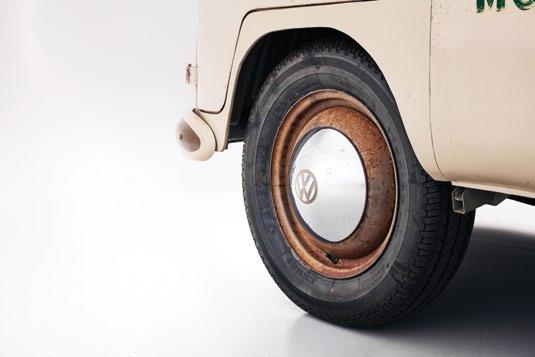


which meant I could get home, sell my other roof clip, and work out how to deal with getting my new purchase back to the UK.
There are many ways to ship big lumps of metal across the water from America, but Mo and I love California, are lucky enough to have been there many times, and figured why not head back out and do the deal in person? When we discussed the foolhardy roof story with Ned and Vic Hayburner and explained our plans to return and collect it, it turned out that they quite fancied coming along for the ride. And so it was in Autumn of 2015 that we all set off on the first of many brilliant SoCal holidays together. The first night was spent in the awesome company of VolksHeaven legends Wayne and Wendy at their totally nuts mountain home, and the next day we got up early (with Ned nursing a bad scorpion bite, and all of us nursing sore heads), and headed for Russ’s place where I’d arranged to meet a transport guy that Wayne had recommended. Jack met us with his trailer a few hours later, shockingly dressed
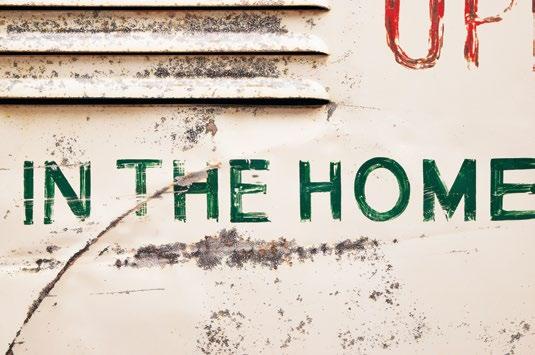


in nothing but leather work-boots and tight Daisy Dukes, and covered in grease. After wanting to load my precious new roof “paint-down” on his trailer (a definite no), and then admitting that he had no idea how to get to the Long Beach warehouse where my cheap Bay Window purchase had been dropped off by the seller a few days previously, we eventually left a stunned Russ (“Where the hell did you find this transport guy? I think he’s on crack”), in a cloud of tyre smoke and headed for LA. Roof loaded, we headed

178
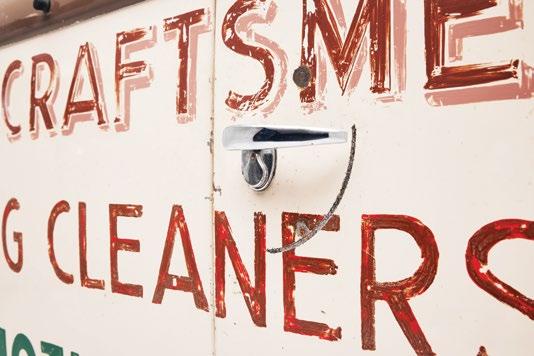
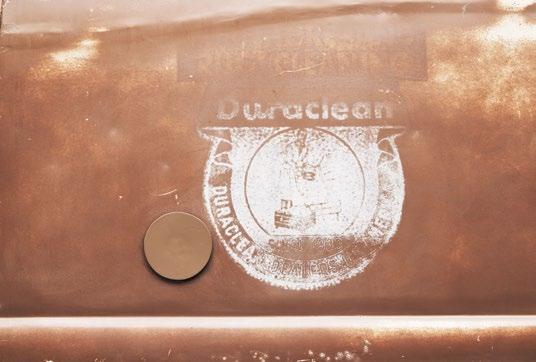
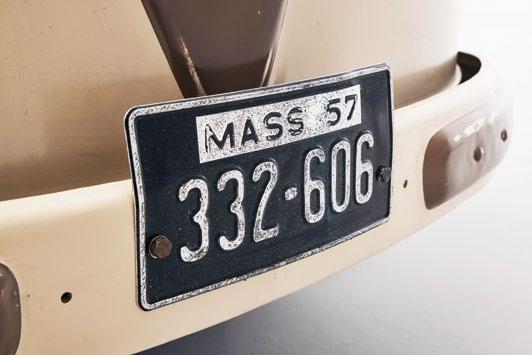
back to the “Crazy House” for a celebratory beer, and then continued to enjoy the sights and hospitality that California had to offer. We visited all the big VW shows, hung out with 10’ Doug and the gang, loaded my Bay Window to the roof with parts we bought along the way, met with Russ again for a brief tour of the desert in his 1917 Ford Model T (what a fun but stressful thing to drive across a busy American town in the middle of rush hour), and eventually headed home two weeks later with a suntan and a “roof-



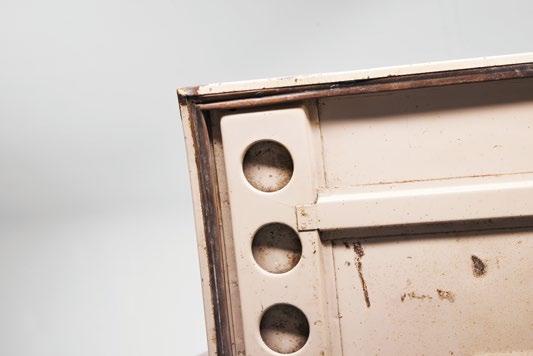
on-a-Bay-on-a-boat”.
After more time sat neglected in my unit while other things got built, early 2019 saw the very complete, very dry and very rust-free pile of metal parts eventually make its way to Type29 in Gloucestershire to be slung on a jig and reassembled into a bus again. Two years later, and by spring 2021 Mark had worked his magic and returned Duraclean to me, albeit in one piece by this time, whilst I waited for my good friends Ollie and Ben of Beetle Magic fame to make some space for it in the workshop. We cleared some other projects, and April 2023 was the eventual start of a year of welding, wiring, paint blending, mechanical work and so on, that saw Duraclean finally turn a wheel in March this year, some 36 years after it met its fate with a Sawzall in a garage somewhere in Massachusetts. So much effort has been put into this bus that I could write another entire article detailing the restoration, from my ever-enthusiastic dad assisting with the unpacking of that wooden crate all those years ago, to
my weeks of colour sanding and polishing the paintwork to remove four decades of neglect, my many late-night chats with Mark Rafferty in the States discussing the correct shade of beige-brown for a Barndoor Sunroof Standard sunroof cover, Ben’s amazing work saving the tatty old OG headlining when he did eventually refurbish the sunroof, Ollie’s painstaking paint blending on those sketchy weld lines where she’d been pieced back together, Simon Hitchman’s quality rebuilding of the beam, spindles and steering box, Fabrik Interiors’ lightning-fast two-week turnaround of the
interior panels to get the bus ready for the Hayburner photoshoot (sorry, Mike, I’ve owned Duraclean for 13 years and you get two weeks to pull an interior out the bag), but I think I’ve probably written enough for now and I’ve definitely run out of room. If you want to know more about Duraclean – how we built the running gear up, what engine and gearbox we used, how we added dual-circuit brakes to an OG Barndoor beam, how she’s still with me and Mo after several potential sales fell through a couple of years back before she was finished

180
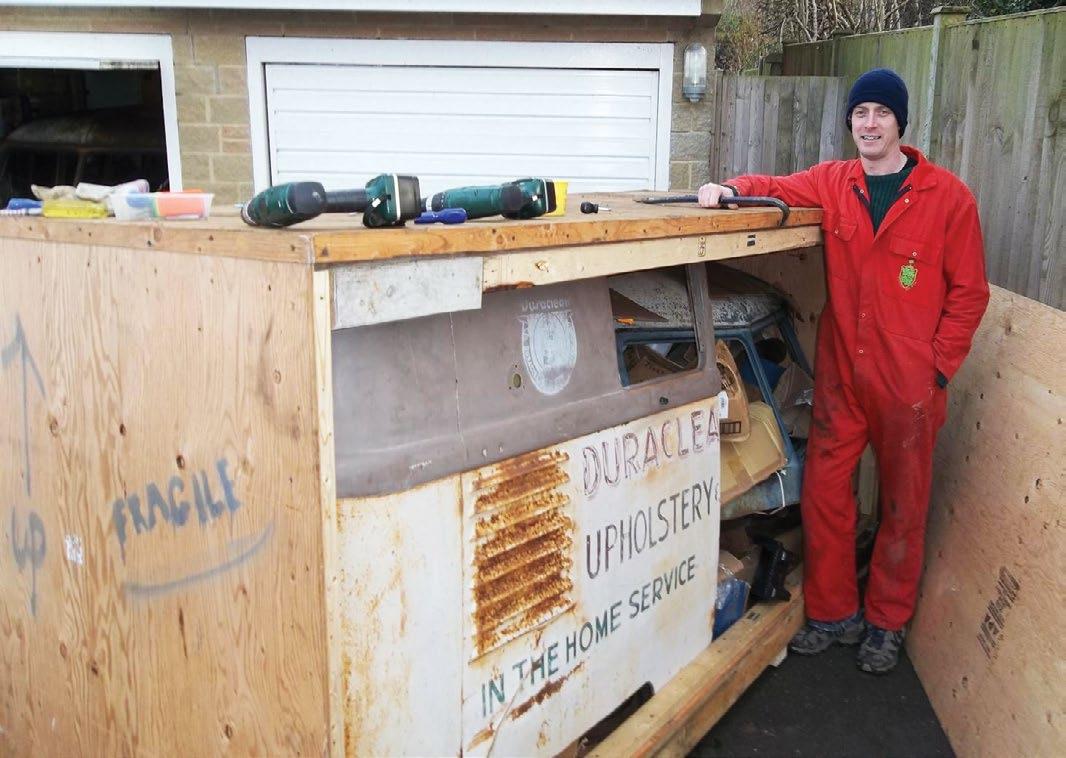
(I thank my lucky stars that they did), why the rear bumper was replaced with an all-brown one during the first year of her life, or why the hell Eugene fitted massive truck air horns to the roof – then you’ll have to come search me out for a chat. For now, this article’s written and this project is
finished. Duraclean has finally been saved, 36 years after being cut up and left for dead.
The legend is back.


Fact 49 –Vic doesn’t actually know what her job role at the ma gazine is. All we do know is that her work would normally take three people to complete –looking after around 8500 subscribers, website orders, advertisers and accounts, amongst everything else that it takes to keep this pl ace ticking over. Credit where credit’s due, Hayburner definitely wouldn’t be here without her.



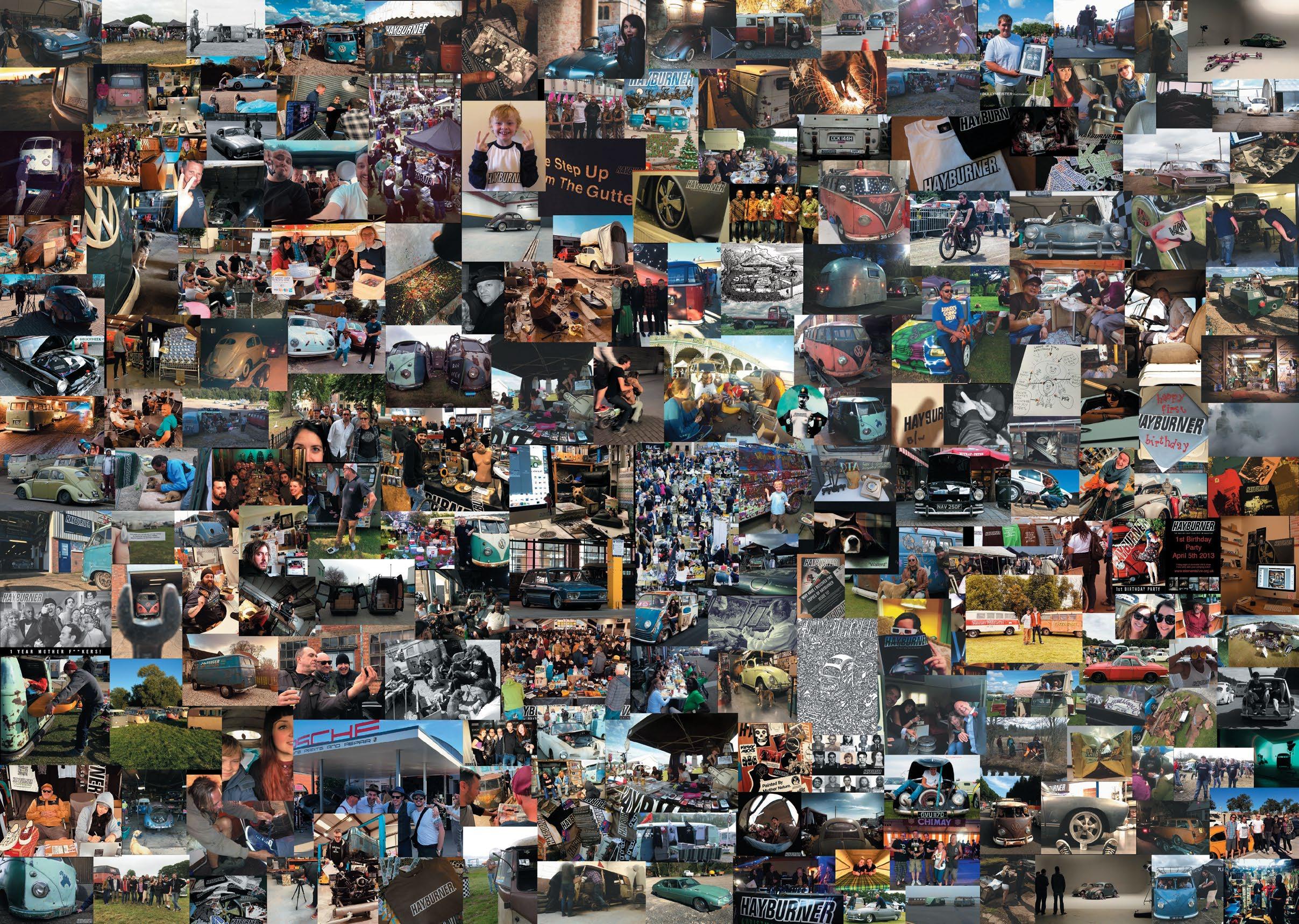

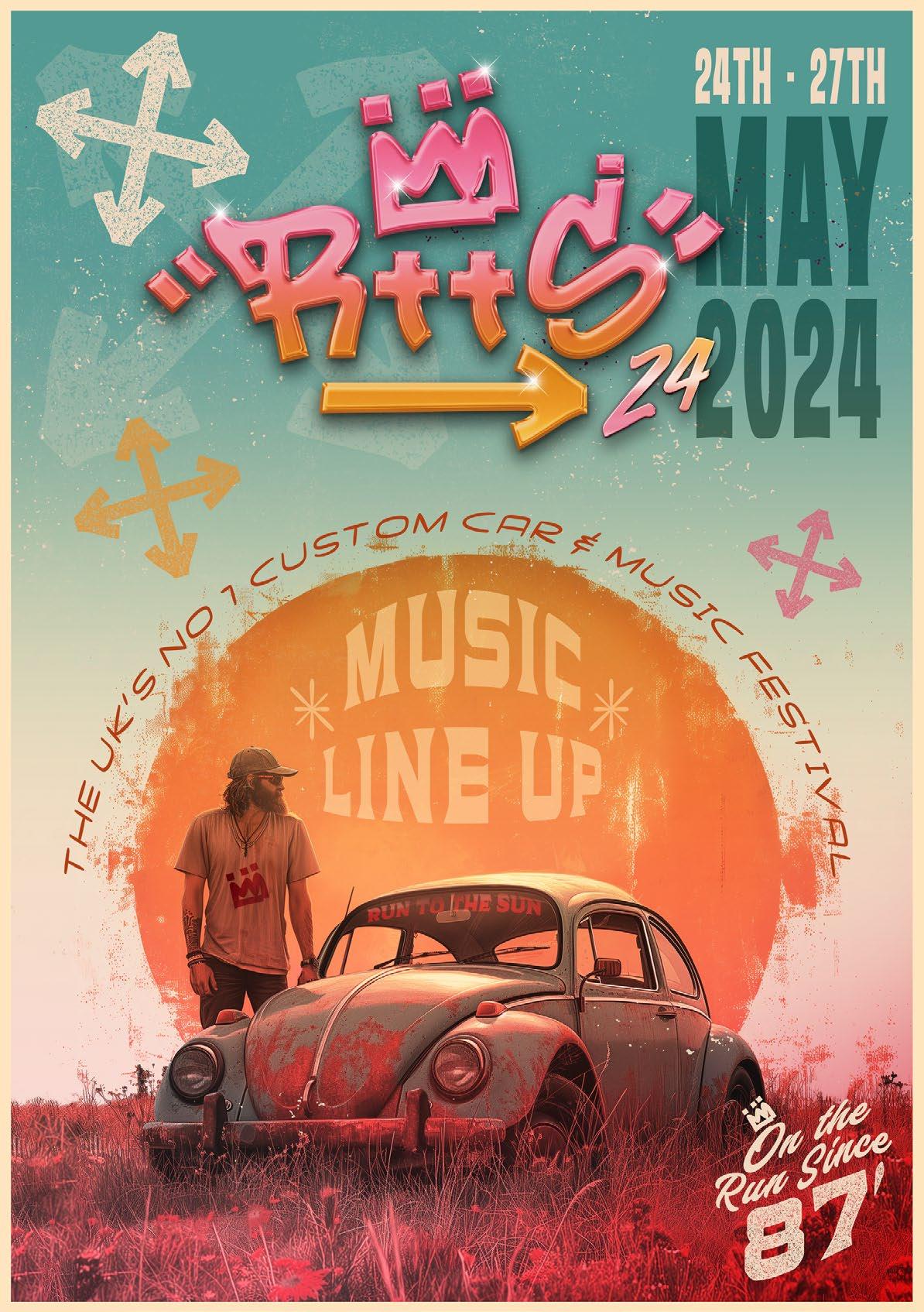
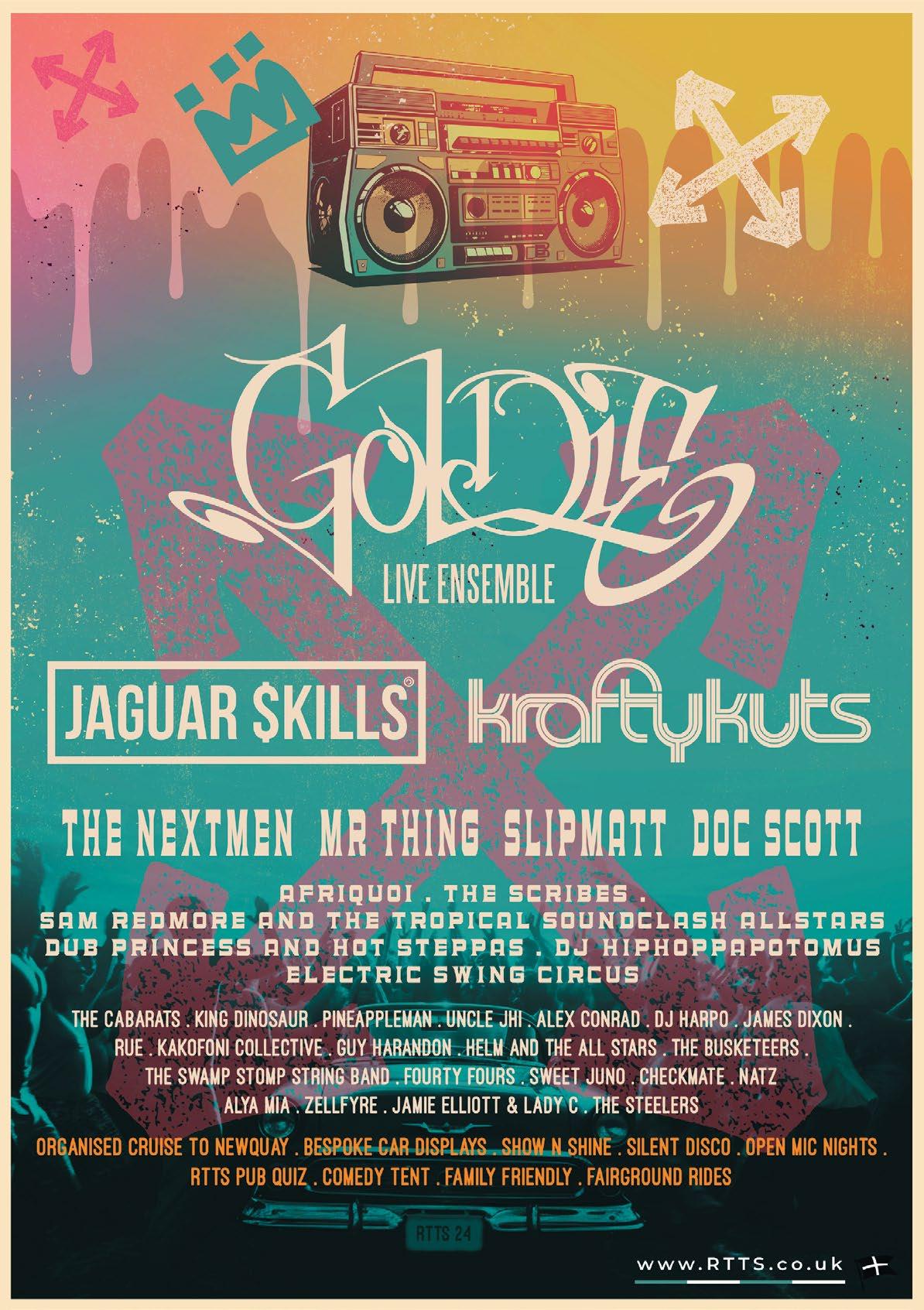

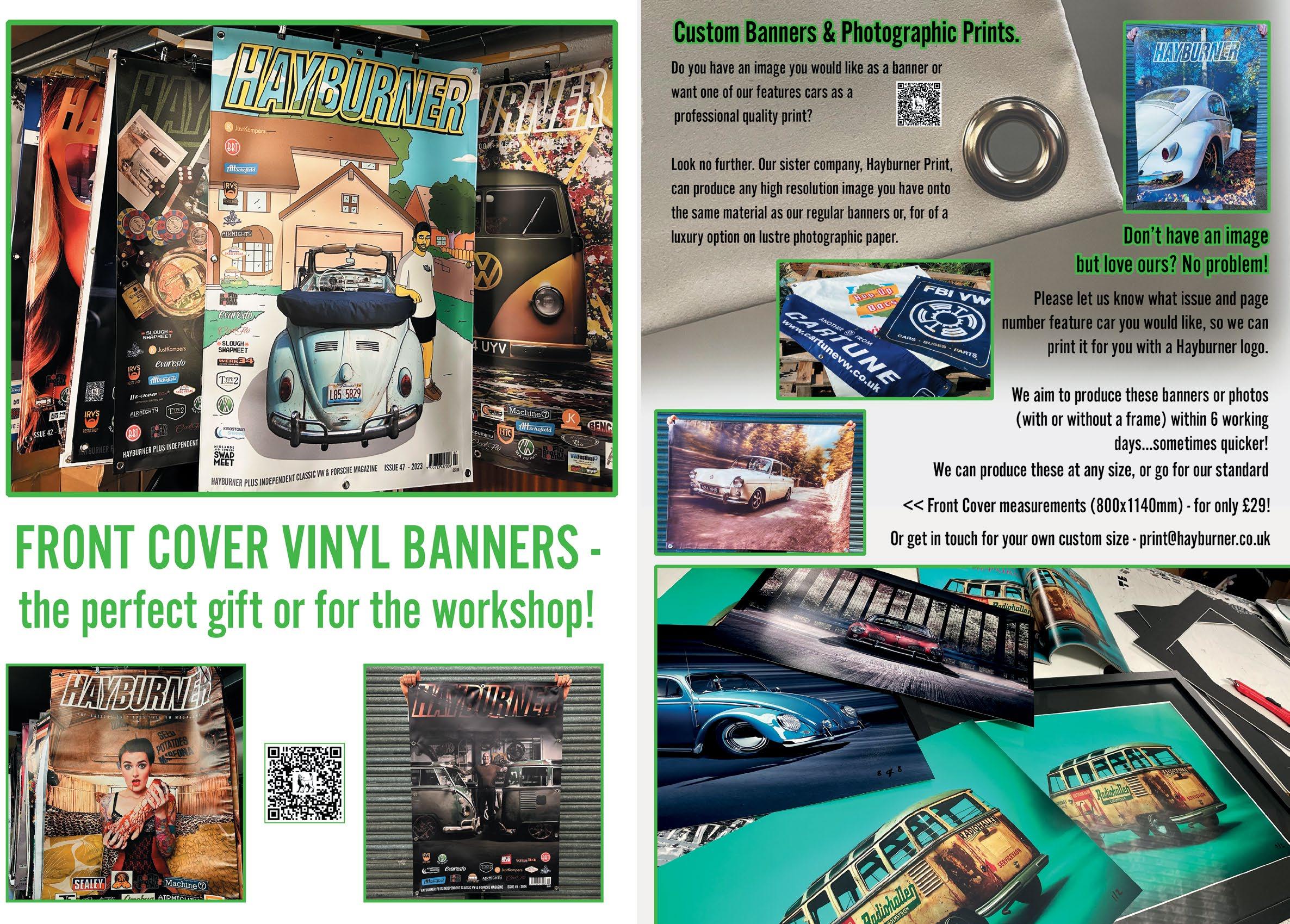

140

‘49 TIME
PHOTOS BY NED FAUX & SI MEDLICOTT WORDS BY NED FAUX
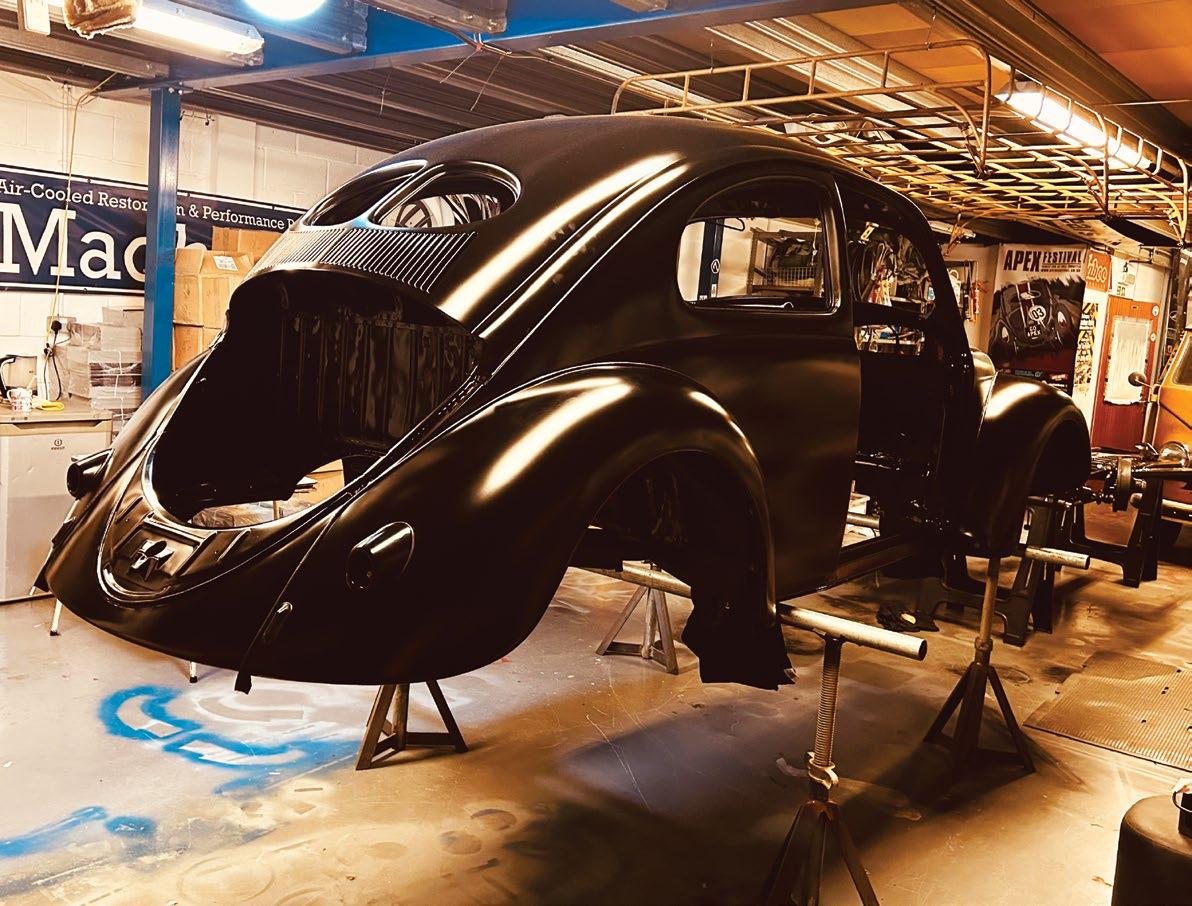
So we’ve made it to Issue 50! Who would have thought? I’m going to try my best not to get all sentimental, which isn’t easy with Vic going through libraries of old photographs from the early days for the photo pages. What I will say is that it’s been one hell of a ride! Well, one hell of a ride so far, I should say.
It’s interesting when you look how the magazine has evolved through the years and the way the entire VW community has changed. I also feel my own tastes and ways of doing things have changed, especially when it comes to the cars I drive and the way I go about building them. I’m not sure if this is something that comes with age, or the general standards of what is expected when it comes to restoration these days,
but in the last couple of cars I’ve built for myself I’ve definitely concentrated harder on drivability and safety rather than just style. I do worry that this old-man train of thought does suck the fun out of things a little, and I look back fondly at the days when we’d throw any old body on a Bug pan in a weekend and drag it to a show, but some pretty stupid shit went down in those days. Various accidents did happen behind the scenes and I do think we were lucky nobody ended up seriously hurt or in prison.
I think this is why I’ve gone so far with the ’49. The way I decided to go with it is nothing like I would have done ten years ago. For one thing, I wouldn’t have had the patience. It will never have the edge
190

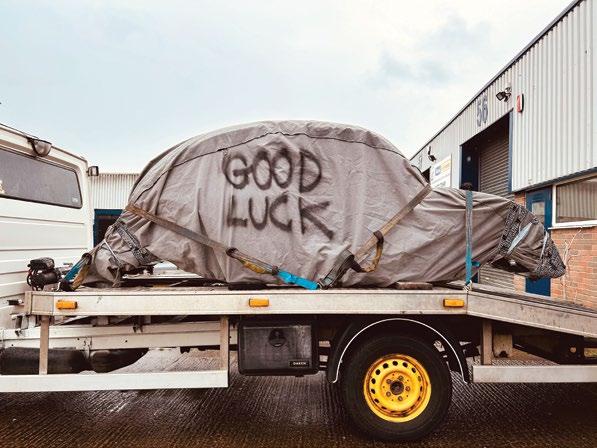
of a slammed or custom car but I love that I’m going to know every inch of it. When you consider there isn’t a single part that has not been worked on in some way and when you’ve done up every single nut and bolt yourself, it comes with a different sort of satisfaction that I never got from just doing the bare minimum to get a car running, lowering and fitting wheels.
Anyway, I’m rambling and I’ve got a lot to cover. The project’s come on in leaps and bounds since my last instalment, which surprises me because not only have I never been so busy with work but I’ve also (and I’m not ashamed to admit it) never struggled so much with my mental health. I’m trying to remember exactly where I left off last issue. Normally I’d be in the office all weekend this close to print, but I’m currently working from my dining room on a Sunday afternoon, looking after a very needy sick Fox who won’t be happy unless he is on my lap. I say Fox but he’s not a real fox, just
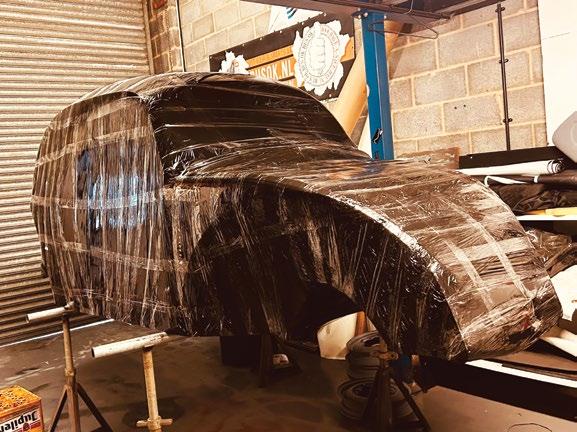
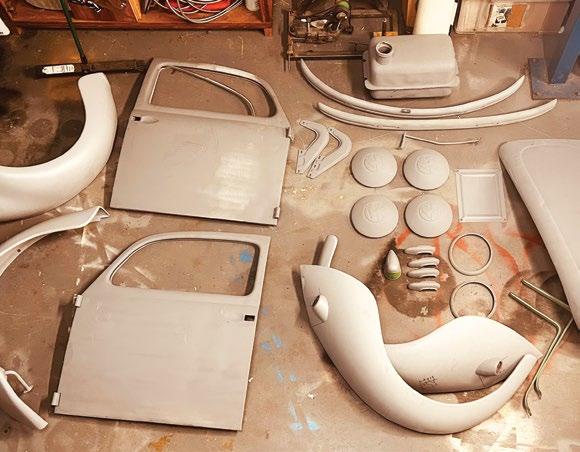
a mongrel that looks very much like and behaves like a fox. This is particularly annoying as I don’t have the last magazine to hand and I can’t remember where I got to. I’m going to say we were at the point where the Beetle’s shell had been moved to the back of the workshop ready to go to Stevo’s (Double H Restorations) for prep and paint.
I called my trusted friend Radu to do the delivery job. Stevo seemed particularly worried about the shell getting wet in transit, and as I couldn’t remember the last time it didn’t rain, I could see his point. You see, the body has to be 100% dry as the slightest bit of moisture in a seam can be a real issue. We really didn’t mess about and treated the shell to an entire roll of shrink wrap and a car cover. Loading wasn’t an issue as the shell weighs about the same as a fag packet. The car arrived unscathed and completely dry.
Since having the car back from welding, my plan had changed
slightly and I decided I wanted things to be a bit better than I had originally discussed with Irv before he began the metalwork. I had asked him to purposely leave patches of pitting and dents because I never wanted it to be a fully restored car. The more we looked at it, the better I wanted it to be, but at the same time I really didn’t want to end up with a show car I’d never be able to use. Stevo was fantastic when it came to these decisions. He would always ask, “Shall we straighten this?” or “Do you want me to get this dent out?”. By the end of the first couple of days he’d done work on the roof, doors, body and engine lid that weren’t ever planned for. I’m glad we did so now. Although it’s far better than I ever dreamed, it still looks usable, with dents here and there, ripples and subtle signs that the car’s had work done over time but is still presentable. It’s a difficult thing to do, explaining to such a talented painter that the last thing you want is for it to look too good.
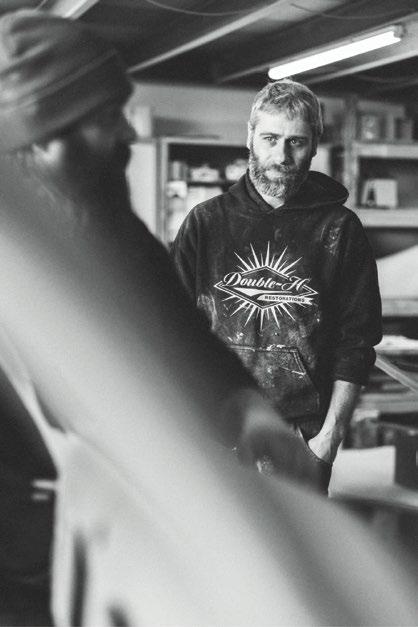

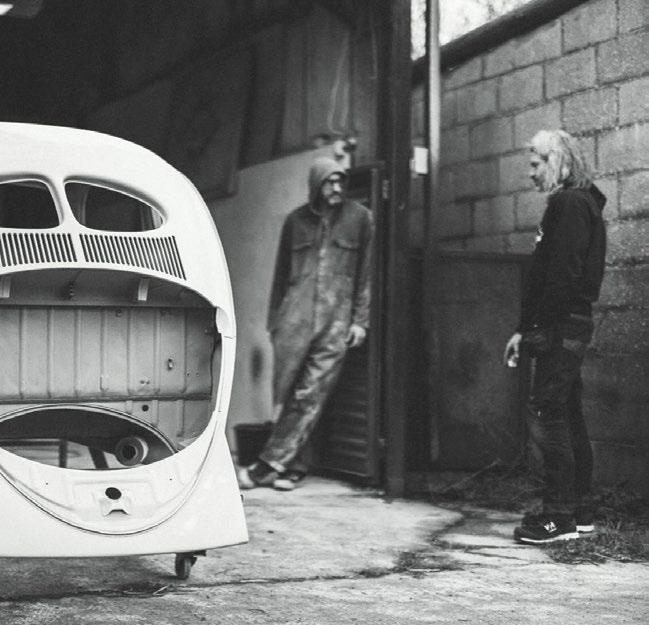
The original idea was for me to take a full week off and spend it at Double H to do the donkey work and keep the costs to a minimum. Stevo had put me on a very generous rate anyway, but I’d be lying if I said money wasn’t becoming a bit of an issue with this build, having spent my initial budget for the entire build months ago. I don’t know what I was thinking when I said I could just take a full week out, but Dan

and I managed to get out of the office for a few sporadic days to muck in and push things forward. I learnt an important lesson while prepping the car, and that is that I absolutely hate prep work! I can’t believe anyone would do it for fun! I have a new-found respect for painters. When you see those satisfying videos of people laying paint on, it really isn’t the reality of the process.
After what seemed like an eternity taking off the “Wizard Fiddler” guide coat (a joke regarding a comment I’d made on Facebook), it was time to paint. I’d decided on a satin black. Now I don’t have the birth certificate for this car and from bits of paint I found it looks to me like it was Pearl Grey originally. I guess it could be primer I found, but I think deep down it was grey. There will be some who think I’ve done the
192
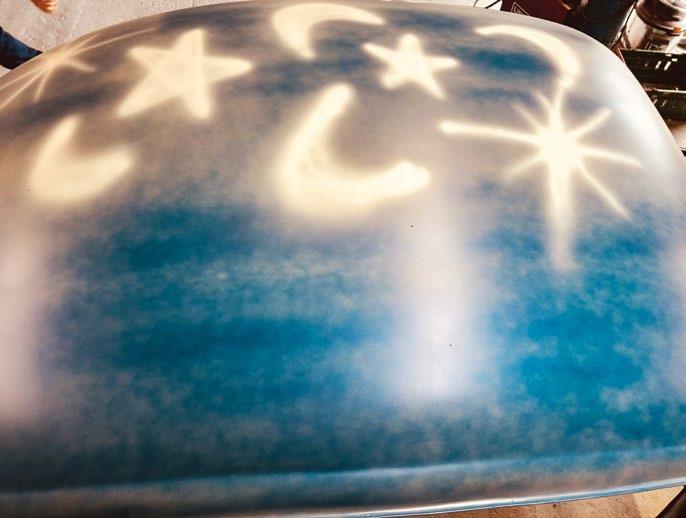
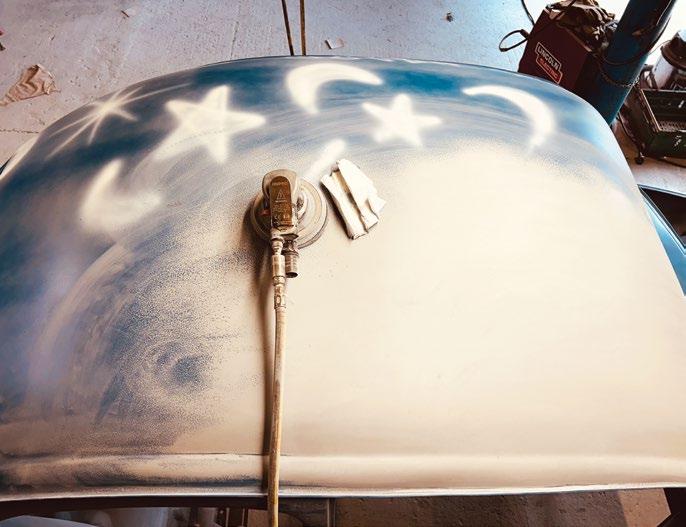
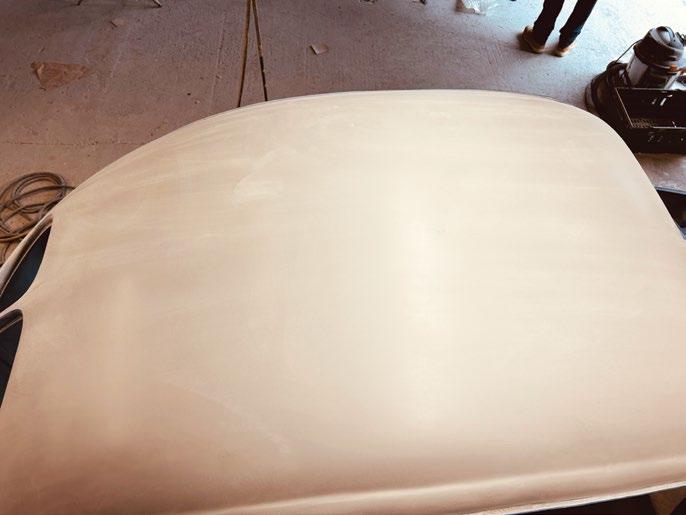
wrong thing going with black but I really couldn’t care less. They should have bought it and painted it grey if they feel that strongly. My other slightly controversial decision was to paint the bumpers and hub caps. Being a standard export model, these would have been chrome. Unfortunately I don’t have a pair of original chrome bumpers and overrides, so I blasted and painted the set I have and I think I will hunt a chrome set out over time when funds allow.
Once the car was painted, Stevo sent me some photographs and asked me to come and take a look to see if I was happy with everything. Unfortunately, since I last saw him I had probably experienced the worst mental health periods of my life and hadn’t actually been anywhere socially since the Volksworld show. He was so understanding, dealt with everything himself and had the car transported back to me. I really can’t rate Double H Restorations’ work highly enough. Not only did he open his doors to us to come and help, but he also kept me informed in every way throughout the process. The bill didn’t knock me off my feet either.
Once the car was back, Dan and Matt were kind enough to come in on their day off to help me move it into position. It looked amazing, better than I ever dreamed. We placed it on stands in the same position as before and there it sat untouched for a couple of weeks. During this rough patch I have made it into work every day

50 –Whilst cutting out one of our low-brow foam fingers, N ell managed to ironically cut off her middle finger. She is a particularly good sport and laughs when we introduce her as “Stumpy”.
Fact
because the show must go on, but getting on with the ’49 was the last thing on my mind. That was until a few days ago. I’ve been receiving a bit of professional help for my mind and was feeling much better. I was in the office and it hit me like a ton of bricks – what was I doing? I’ve got the car of my dreams sitting there in fresh paint! I then took it upon myself to do one little job every day, however small. It gave me a sense of achievement. I built up my pope’s nose and made a lens I didn’t have, painted my number plate blank on the deck lid pressing, fitted all the wings with the correct cloth wing beading and even riveted the original VIN plate back on.
I think this brings us pretty much up to date. I’m currently looking forward to getting this magazine out and progressing with this project. The summer is just around the corner and I believe that’s just what’s needed for everyone.
It means the world to me that the magazine is still growing after 50

issues and, as always, I want to say a huge thank you to everyone who has ever subscribed, advertised, supported, contributed, put a sticker on their car or represented us with a T-shirt. We are lucky to have you. As long as you enjoy reading, we will keep writing it.
Thank you all for being a part of it.
P.S I should probably add, if you would like to see how this build is getting on in more detail we have been filming most of it and episodes are available on YouTube be sure to check out Hayburner TV



194























































































































 Fact 7 – 95% of the time, Dan will come in to the office at some point on a Friday even though it’s his day off.
Fact 7 – 95% of the time, Dan will come in to the office at some point on a Friday even though it’s his day off.

































































































 Fact 18 – Out of everyone who works for the magazine, Vic drives air-cooled VWs the most, daily driving her
’67 Beetle from April to October, rain or shine.
Fact 18 – Out of everyone who works for the magazine, Vic drives air-cooled VWs the most, daily driving her
’67 Beetle from April to October, rain or shine.



































 Fact 21 – The piece of plywood we splattered with paint for the cover of Issue 22 sold in a charity auction for over £600!
Fact 21 – The piece of plywood we splattered with paint for the cover of Issue 22 sold in a charity auction for over £600!






































































































































































































 WORDS BY JAMES PEENE
WORDS BY JAMES PEENE
























































































 Fact 42 – A drunken Volkswagen enthusiast once threatened to knock Ned out at a show because he felt that we didn’t feature enough cars from “Up North”.
Fact 42 – A drunken Volkswagen enthusiast once threatened to knock Ned out at a show because he felt that we didn’t feature enough cars from “Up North”.











































































